- Destinations

20 Best Things to Do in Mt Fuji Area: Mt Fuji Bucket List
Best Things to Do around Mount Fuji
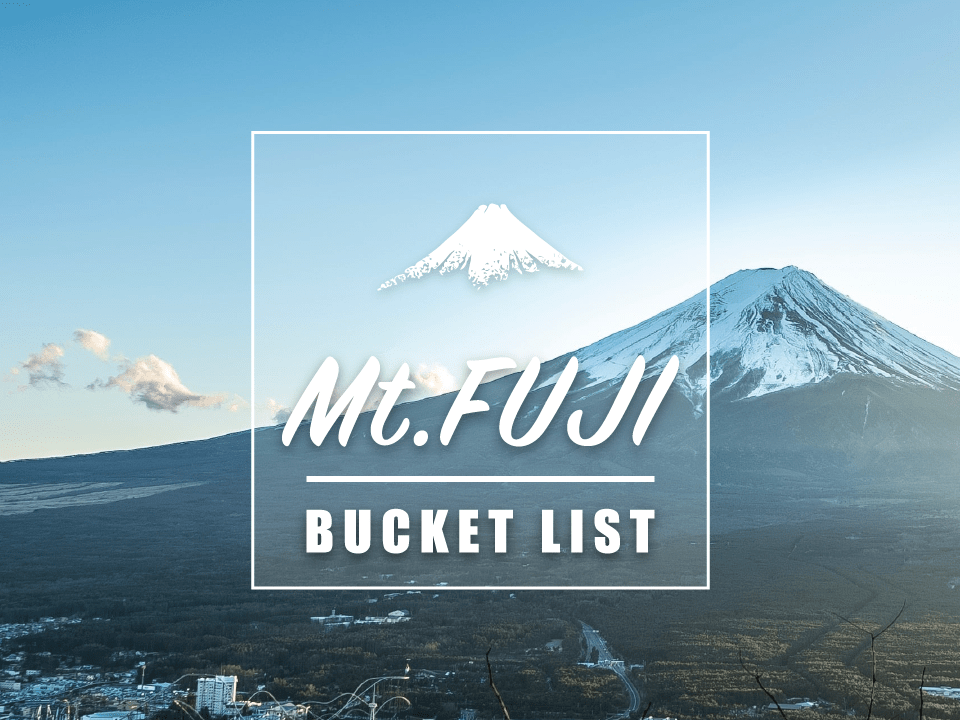
Mt Fuji (富士山) is the tallest mountain in Japan with the peak at 3,776 meters. It’s one of the most iconic and famous landmarks in the country, which has been designated to the UNESCO World Heritage Site list.
Mt Fuji is about 100 km away from Tokyo, located on the border between Shizuoka and Yamanashi prefectures. The mountain can be gazed from neighbour cities including Tokyo, Yokohama and Hakone when it’s good weather. Mt Fuji and the surrounding area is a popular destination for a day-trip from Tokyo through the year as there are numbers of tourist attractions around Mt Fuji, offering visitors unforgettable experiences with the stunning scenery.
If you are wondering where to visit and what to do near Mt Fuji, check out the Mt Fuji Bucket List introducing the best things to do around Mt Fuji including Mt Fuji climbing, Lake Kawaguchi, Chureito Pagoda and many more!
*Please note that this article contains affiliate links.
1. Climbing
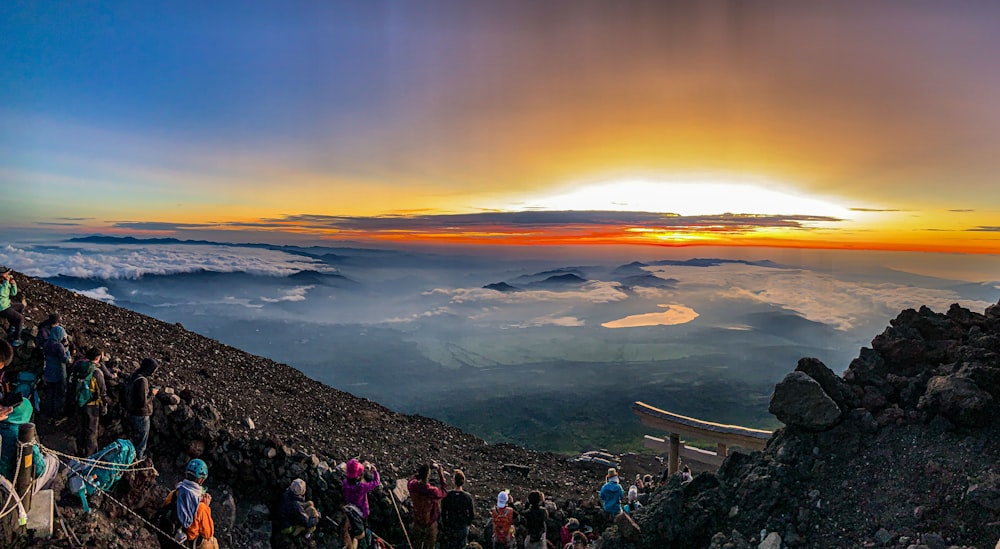
The official climbing season of Mt Fuji is only during summer (from July to September), and thousands of people visit there during the season. Various trails are available and climbing takes around 4–8 hours one way. Check out the link below for more details about Mt Fuji climbing!

2. Fuji Subaru Line 5th Station
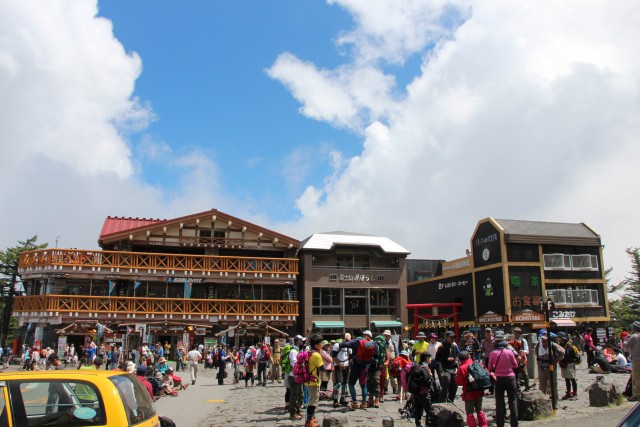
Fuji Subaru Line 5th Station (富士スバルライン五合目) is the entrance to Yoshida trail and the most popular base for Mt Fuji climbing. It’s easy to access from touristy areas around, and there are some long distance bus from Tokyo available, too. At the station, there are numbers of shops, restaurants and resting points where climbers can prepare for the hike or rest afterwards.
Map: http://bit.ly/2SaMsRK
Recommended tour: Mt. Fuji & Hakone 1-Day Trip
3. Fuji Five Lakes
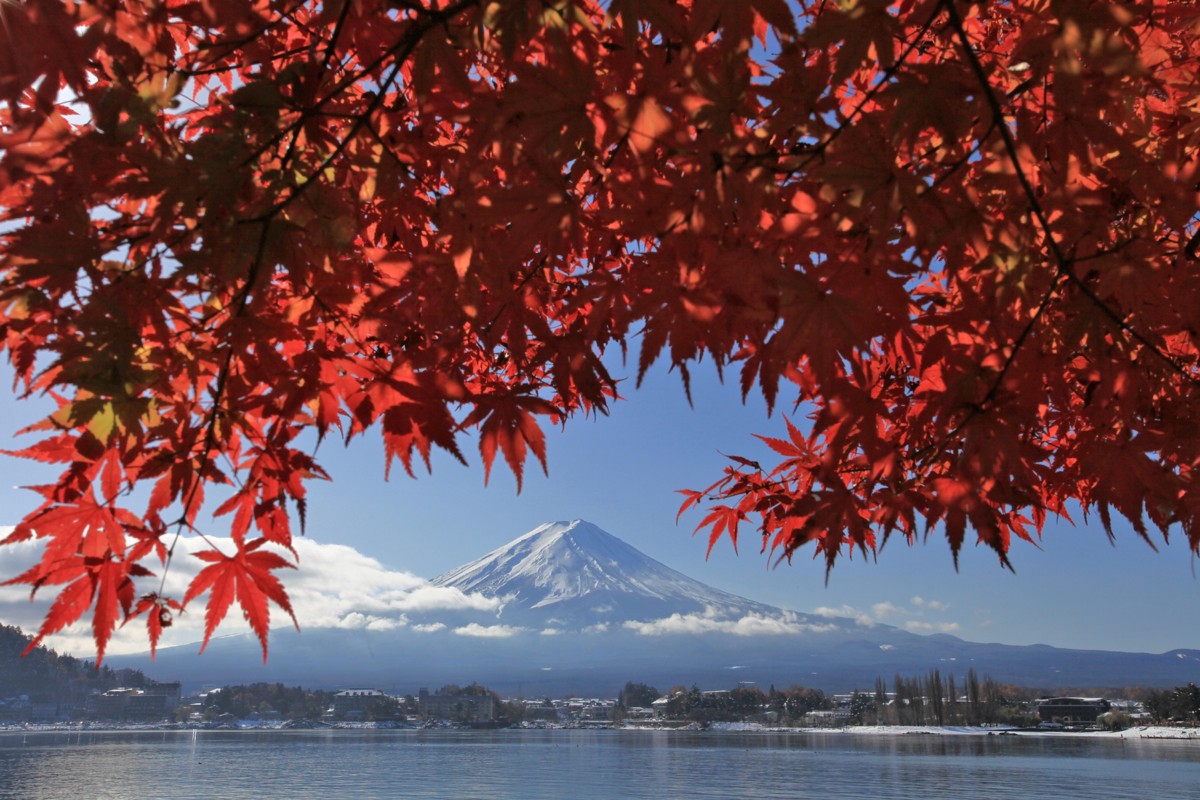
Fuji Five Lakes or Fuji Goko (富士五湖) is 5 lakes and resorts areas at the foot of Mt Fuji. The Fuji Five Lakes consists of Lake Kawaguchiko (河口湖), Yamanakako (山中湖), Lake Saiko (西湖), Lake Motosuko (本栖湖) and Lake Shoji (精進湖) , and they are popular tourist destination for all year round for sightseeing, hiking, camping, fishing, cruising, museums, and more.
Each lake displays a stunning view of the lake itself and Mt Fuji on its background. Lake Kawaguchiko is the most touristy lake among five, and the easiest to access by public transportation (to Kawaguchiko Station).
4. Chureito Pagoda
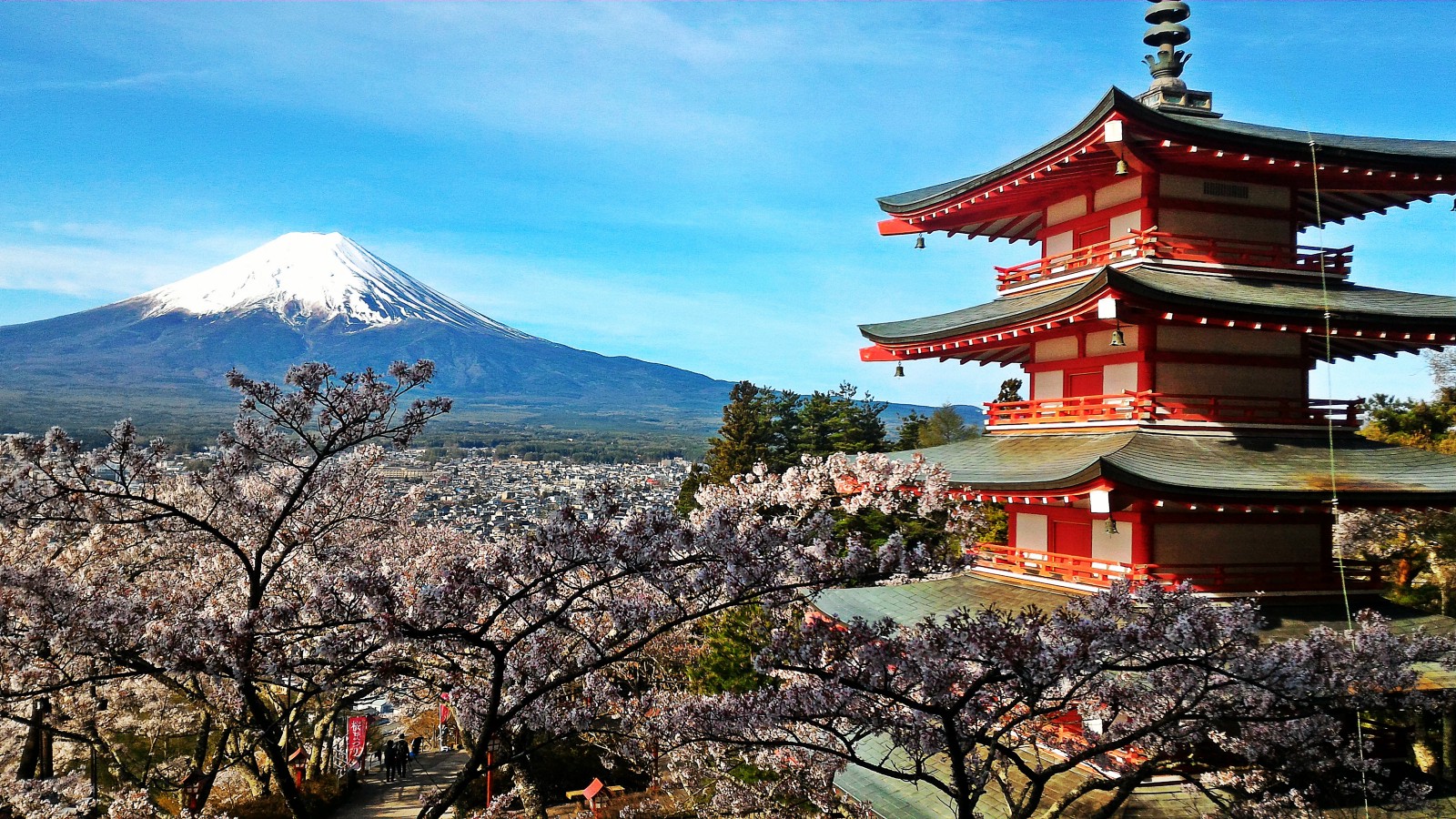
Chureito Pagoda (忠霊塔) is a part of the Arakurayama Sengen Shrine in Fujiyoshida City, Yamanashi Prefecture. It’s one of the most popular photo spots around Mt Fuji as you can capture the picturesque view of Mt Fuji and the beautiful five storied red pagoda. The place gets even more popular during the cherry blossom season for the dramatic view of Mt Fuji, the pagoda and pink cherry blossoms.
Do you want to visit Chureito Pagoda and other attractions around Mt Fuji in one day? Then it’s highly recommended to join a day trip so you can save time and explore around Mt Fuji with a limited time! “ Mt. Fuji Day Trip from Tokyo Bus Tour ” by Japan Wonder Travel is a full-day tour that you can enjoy breathtaking views of Mt Fuji from several different spots including Chureito Pagoda. With a smooth and comfortable bus ride, you will be able to see and visit the best highlights of Mt Fuji in one day. Please check the full details of the tour from the link below!
▶ Mt. Fuji Day Trip from Tokyo Bus Tour
5. Mt. Kachi Kachi Ropeway
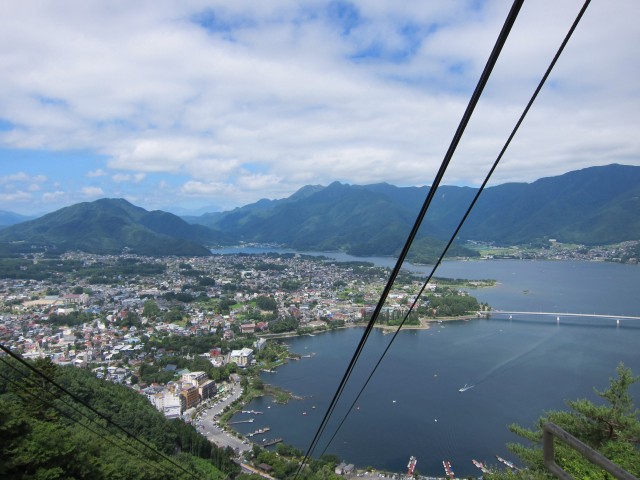
Mt. Kachi Kachi Ropeway (カチカチロープウェイ) is located next to Lake Kawaguchiko, and it runs to the summit of Mt Tenjo. From the top, an amazing view of Mt Fuji, Lake Kawaguchiko and the surrounding area can be seen.
Map: http://bit.ly/2PQr8US
6. Yamanakako Hanano Miyako Koen
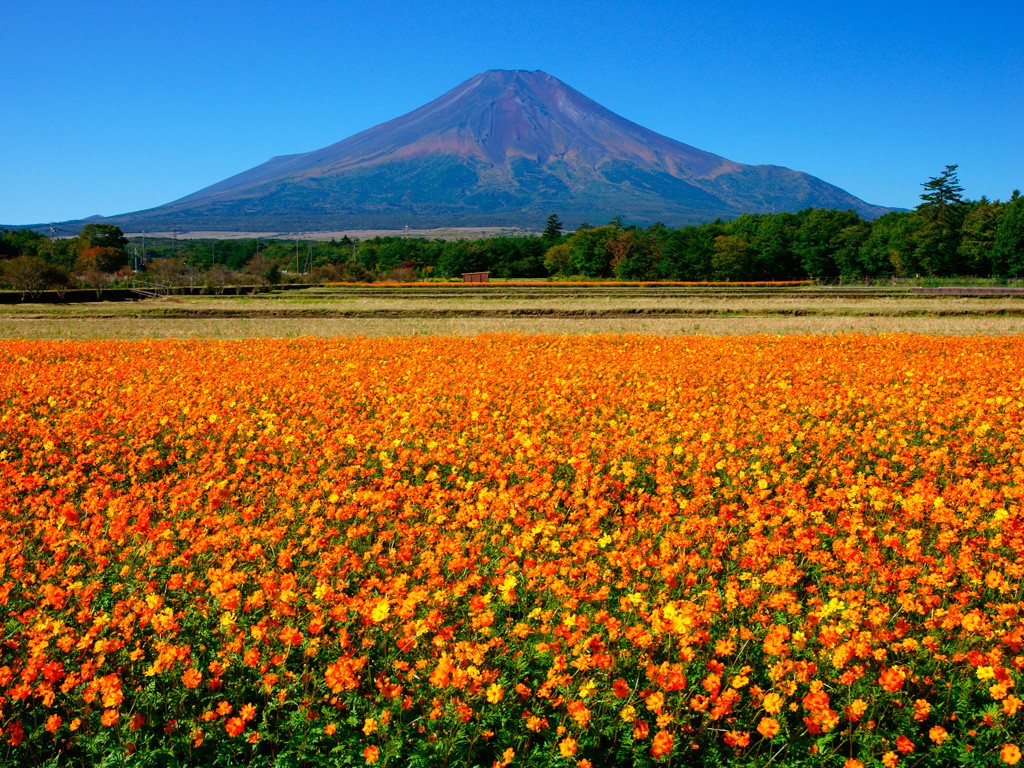
Yamanakako Hanano Miyako Koen (山中湖 花の都公園) is located next to Lake Yamanaka (or Yamanakako 山中湖), which is the largest of the Fuji Five Lakes. The vast park displays various kinds of seasonal flower from spring to autumn with the astonishing view of Mt Fuji on the background such as sunflower, tulips, cosmos and more.
7. Oshino Hakkai
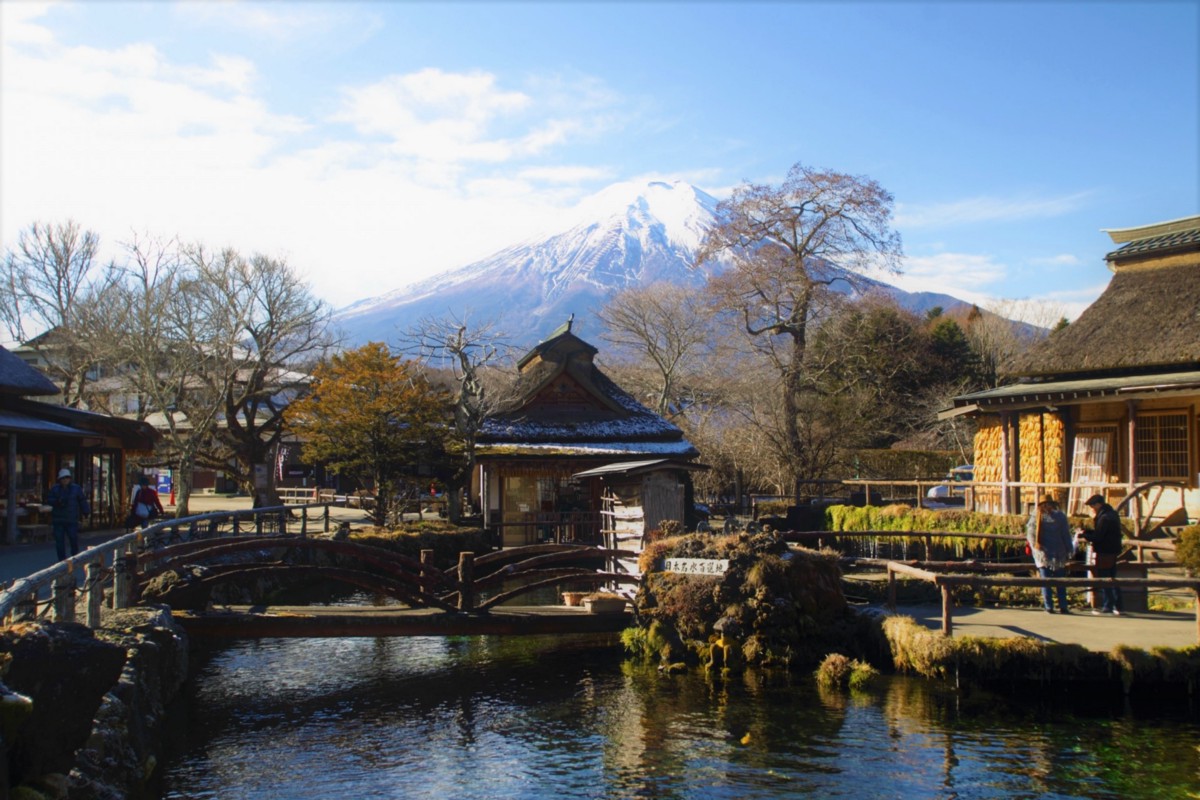
Oshino Hakkai (忍野八海) is a traditional Japanese village set near the Fuji Five Lake area. The village consist of 8 ponds that are formed from the spring water from the snow melt of Mt Fuji.
Recommended tour ▶ Mt Fuji Classic Route Day Tour from Tokyo
8. Fuji Q Highland
Fuji Q Highland (富士急ハイランド) is one of the most popular amusement parks in Japan. The park holds several world’s record breaking rides including roller coasters, swings and more. It’s located at the base of Mt Fuji and the rides can be enjoyed with the stunning view of the mountain. Along with the thrilling rides, there are numbers of kids-friendly attractions and rides which whole family and generation can have fun!
▶ Buy Fuji-Q Highland Instant E-Tickets
9. Lake Tanuki
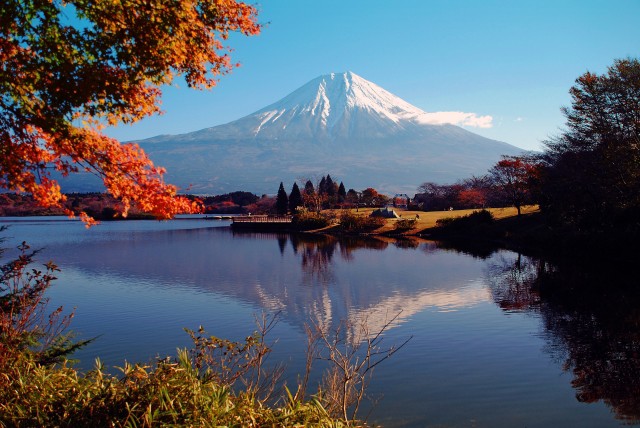
Lake Tanuki (田貫湖) is another stunning lake located near Mt Fuji. Lake Tanuki is in Shizuoka Prefecture, on the west of Mt Fuji. There are several hotels, campgrounds, outdoor activities available. Lake Tanuki is less touristy than the Fuji Five Lakes, yet offers the superb view of Mt Fuji.
Map: http://bit.ly/2BvfXbl
10. Fujiyoshida Sengen Shrine
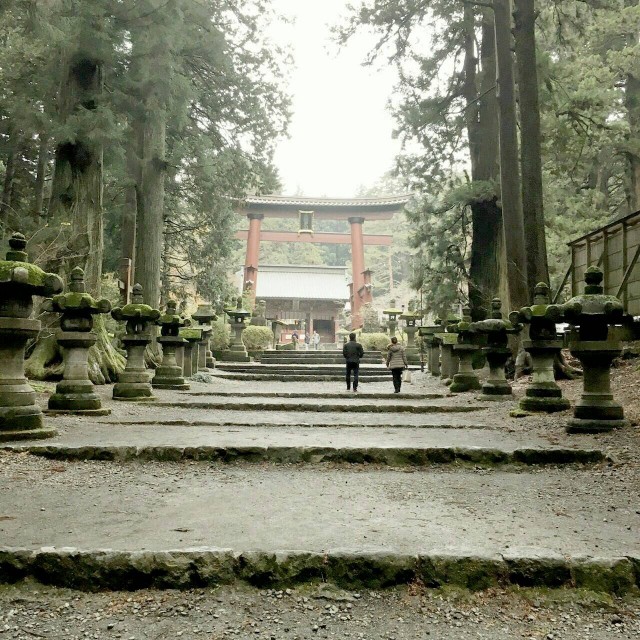
Fujiyoshida Sengen Shrine or officially called Kitaguchi Hongu Fuji Sengen Jinja (北口本宮冨士浅間神社) is a Shinto shrine located the north side of Mt Fuji between Lake Kawaguchi and Lake Yamanaka. The picturesque shrine is surrounded by rich nature.
Map: http://bit.ly/2QdKVgD
11. Narusawa Ice Cave

Narusawa Ice Cave (鳴沢氷穴) is a 153m lave cave located in the Aokigahara Forest. Visitors can walk through inside the cave, and there are ice pillars and ice wall that can be seen all year round.
Map: http://bit.ly/2DKotop
12. Tea Plantation
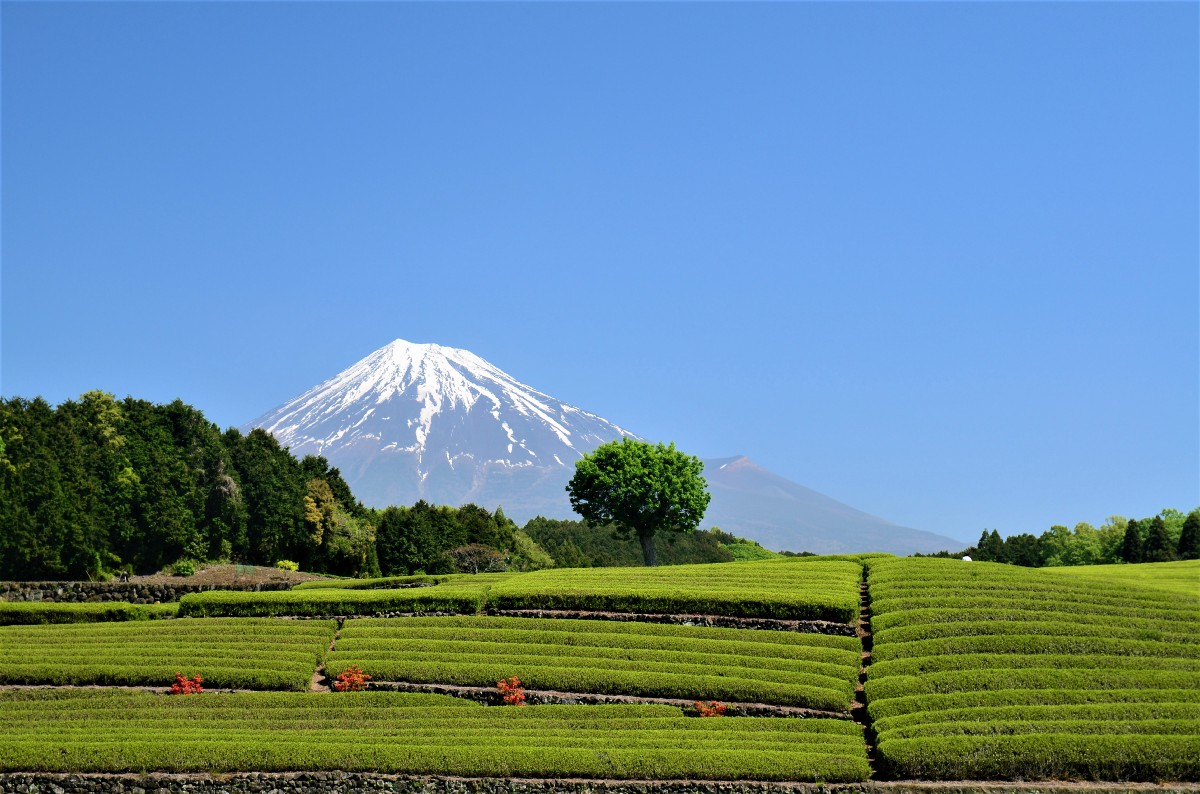
One of the most beautiful scenery in Japan is the fresh green tea plantation with the Mt Fuji on its background. In Imamiya City , Shizuoka Prefecture, there are several tea farms displays the stunning landscape during the season. May is the best month to visit the tea plantations before tea picking starts and Mt Fuji still displays the remaining snow on its summit.
13. Gotemba Premium Outlets
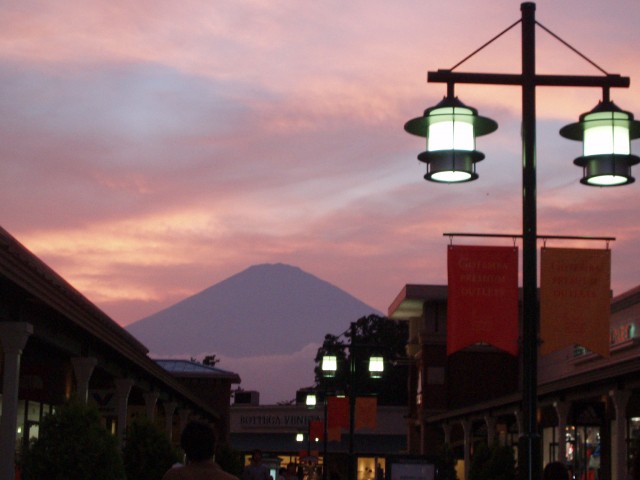
Gotemba Premium Outlets (御殿場プレミアムアウトレット) are one of the biggest outlet shopping malls in Japan, located Gotemba City at the base of Mt Fuji. There are over 200 stores, cafes and restaurants at the site, offering variety of products such as fashion, electronics, variety goods, foods and more with discounted price.
Map: http://bit.ly/2DKjYug
Recommended tour: Mt. Fuji, Premium Outlets or Onsen One Day Tour from Tokyo
14. Fuji Safari Park
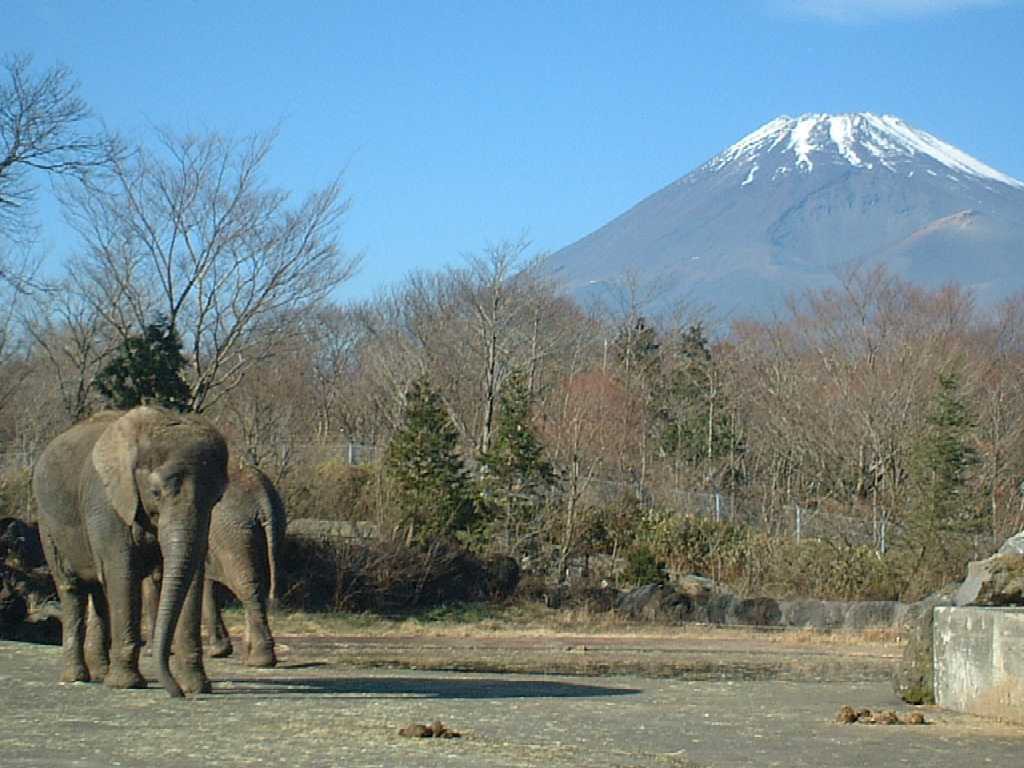
Fuji Safari Park (富士サファリパーク) is a large wildlife park near Mt Fuji. Visitors can take a safari tour through the park seeing freely roaming animals such as lions, elephants, tigers, rhinoceroses, giraffes and more by park buses or their own cars. From spring to autumn, night safari tour is also available.
Map: http://bit.ly/2SbBZW7

When you are around Mt Fuji, don’t miss a chance to have the most amazing Onsen experience! One of the most extraordinary ways to enjoy the hot spring Onsen bath is soaking up the body with the view of Mt Fuji! In Lake Kawaguchi area, there are several Onsen resorts that offers the stunning Mt Fuji viewing hot spring baths and guest rooms.
Book Online: Hot Springs at Lake Kawaguchi with a View of Mt.Fuji!
16. Photography

Mt Fuji is arguably the most popular thing to photograph in Japan, there are numbers of spectacular photo spots. If you are an eager photographer, check out the links below, introducing some of hidden places to photograph Mt Fuji.
Related article: Best View of Mt.Fuji: 20 Best Places to See Mt. Fuji
17. Cherry Blossom Viewing
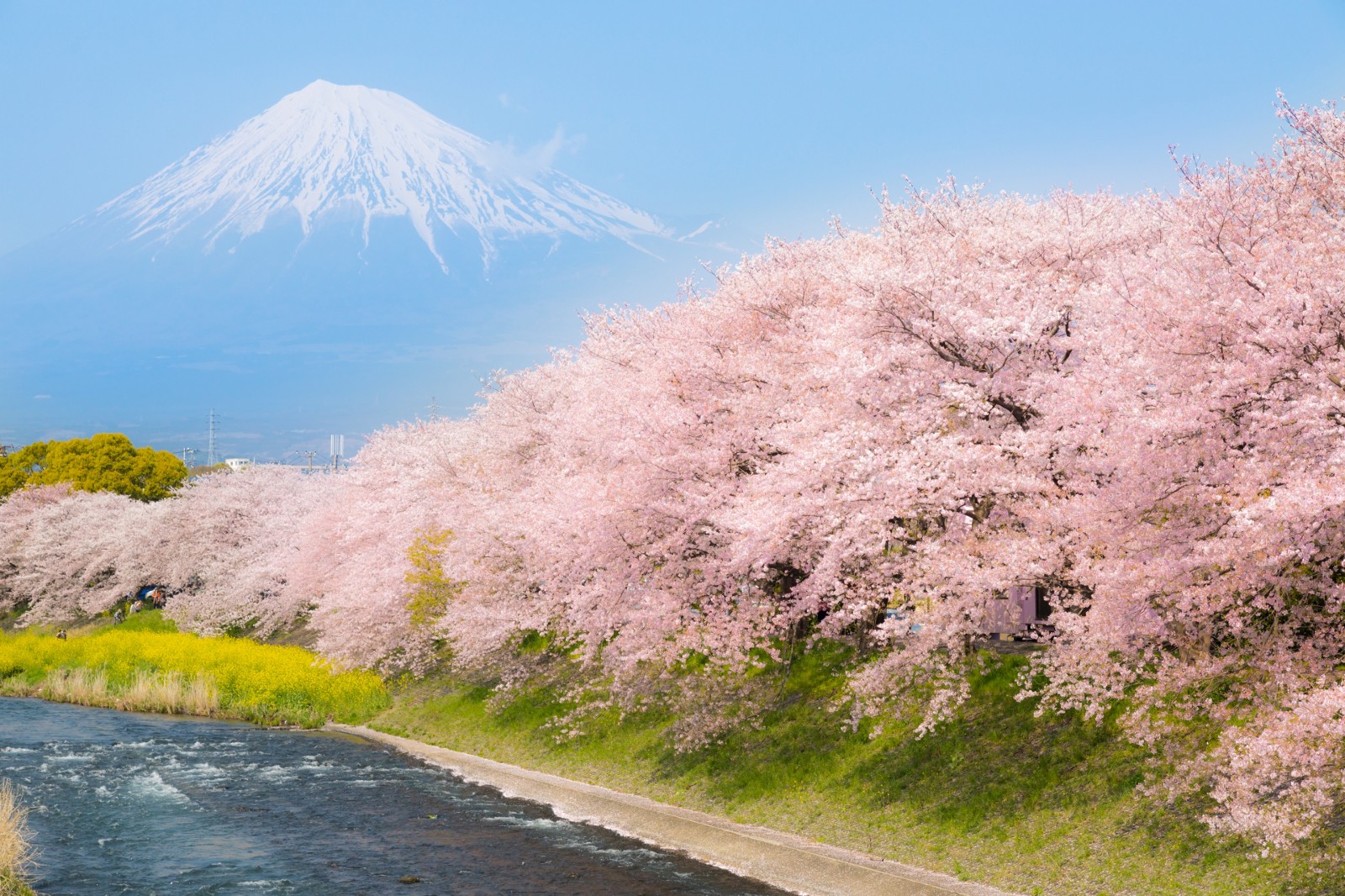
Around Mt Fuji is one of the most popular areas in Japan for cherry blossom viewings . Besides regular cherry blossoms, pink moss (Shibazakura) is also very popular spring flower during season. The famous flower festival, Fuji Shibazakura Festival is held at the base of Mt Fuji every year.
18. Skiing/Snowboarding
There are several ski resorts located around Mt Fuji, offering the great quality powder snow with the magnificent view of Mt Fuji! The ski resorts in Mt Fuji can be easily visited for a day trip from Tokyo.
Related article: 3 Best Ski Resorts near Mount Fuji
19. Eat Hoto Noodles
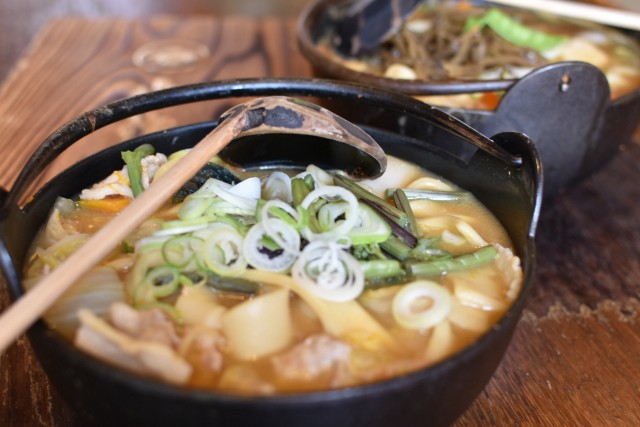
20. Shopping
Along with your visit to Mt Fuji area, don’t forget to buy some special souvenirs from local. Mt Fuji themed products and food are only available within this area!
More info: What to Buy at Mt Fuji
▽Check more Bucket Lists in other popular areas in Japan!▽
▶️30 Best Things to Do in Japan ▶︎Top Things to Do in Tokyo ▶︎Top Things to Do in Kyoto ▶︎Top Things to Do in Osaka ▶︎Top Things to Do in Hokkaido ▶︎Top Things to Do in Okinawa ▶︎Top Things to Do in Western Japan
How did you enjoy the list?? Here are additional information about Mt Fuji! Get the travel idea from my stories and plan your perfect trip to Mt Fuji!

▽Related Articles ▽
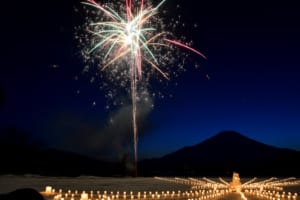
▼Editor’s Picks▼
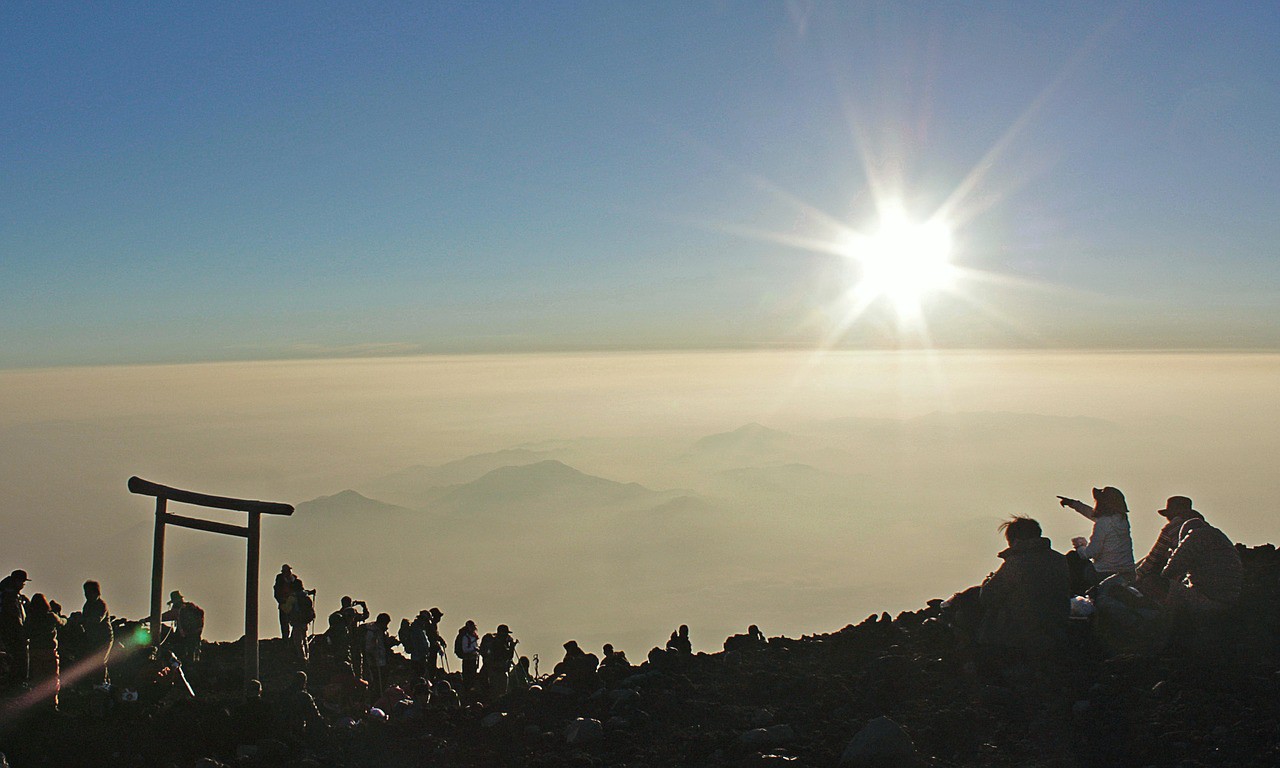
"The world is my oyster" A globetrotter 🌎 and hammock lover 🌞 who loves taking adventures to fuel wanderlust. Born and raised in Japan, I have lived and explored countries around the world. As a resident of Japan and based on my travel experience, I'd love to share my knowledge and tips for travelling Japan with my readers. I hope my story will help you plan your trip and have a great time in Japan 🌈
- Things to Do
12 Best Things To Do at Mount Fuji, Japan
Discover the epic scale of Mount Fuji, a towering 3765-meter-high volcano that’s iconic to Japan. The stunning snow-capped peak can be seen from near and far, complemented by candy-colored blossom trees in the spring and the vibrant foliage of the maple trees in the fall. Spend a few days in the region, going around the five main lakes to find the best viewpoints. Watch the sunrise, relax in the thermal waters of traditional Onsens, soar above the clouds by cable car, or find your inner zen at beautiful shrines with these top things to do around Mount Fuji!
Mount Fuji, Japan (Location)
Mount Fuji is located on Japan’s main and most populated island, Honshu. The Mount Fuji location is about 100 km west of Tokyo and is such a large volcano that it can be seen from all over Japan. On a clear day, you can even see it from some of the rooftops in Tokyo. For example, the Skytree or the Metropolitan Government Building.
Read: Best things to do in Tokyo, Japan
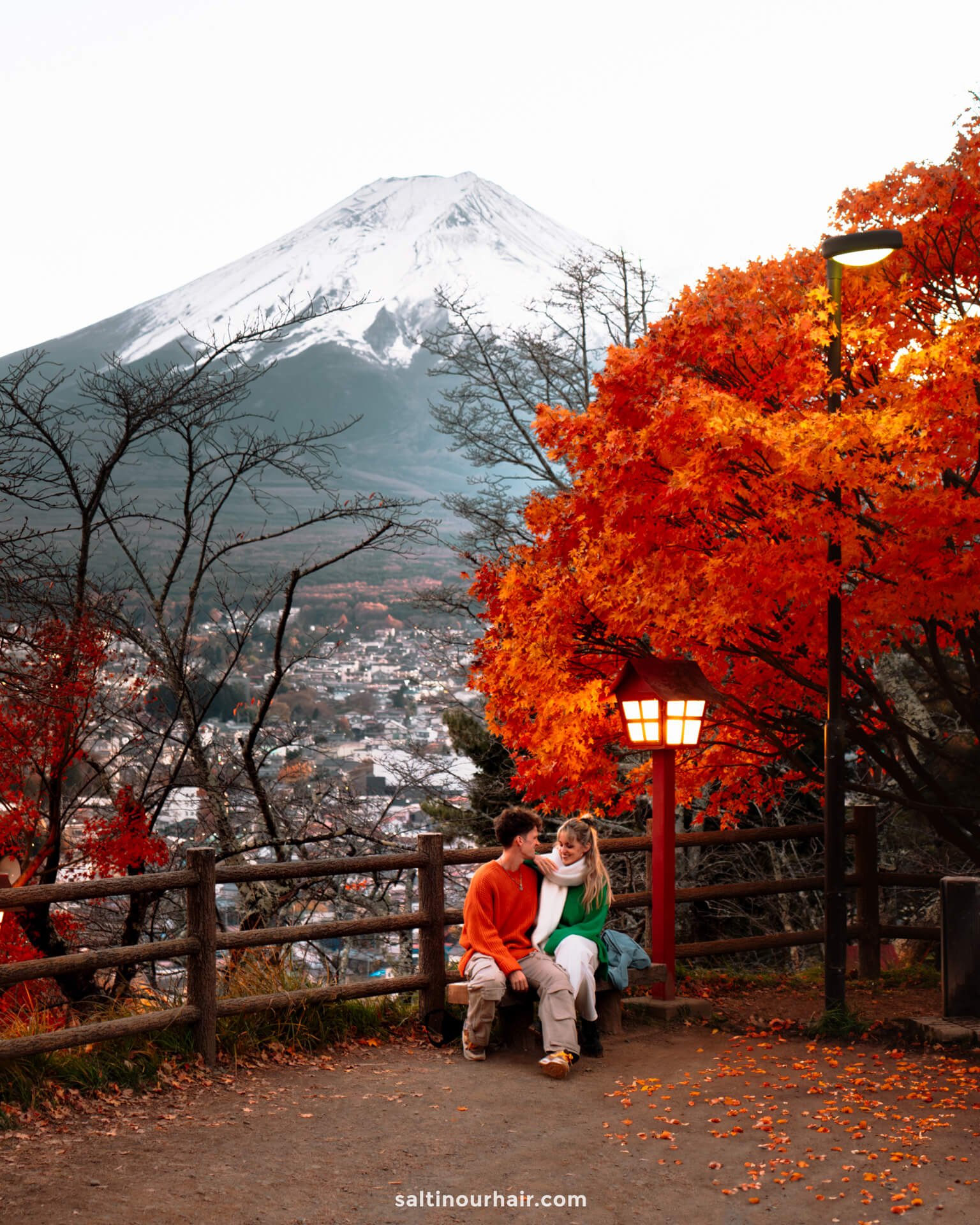
Although some people climb to the summit, most visit the five lakes at the base of the volcano:
- Kawaguchiko: The most popular and the easiest jumping-off point to discover all the things to do at Mount Fuji. This is also where the biggest village is: Shimoyoshida.
- Lake Yamanaka: The largest and the closest to Mount Fuji itself, offering some of the best views in the area.
- Lake Saiko: One of the lesser-developed lakes. Close to the open-air museum of Iyashi no Sato.
- Lake Motosu: The most remote and inaccessible. Featured on the 1000 yen Japanese bill!
- Lake Shōji: The smallest of the lakes and very tranquil because it’s less developed.
Did you know? Mount Fuji is an active volcano which last erupted in the 1700s.
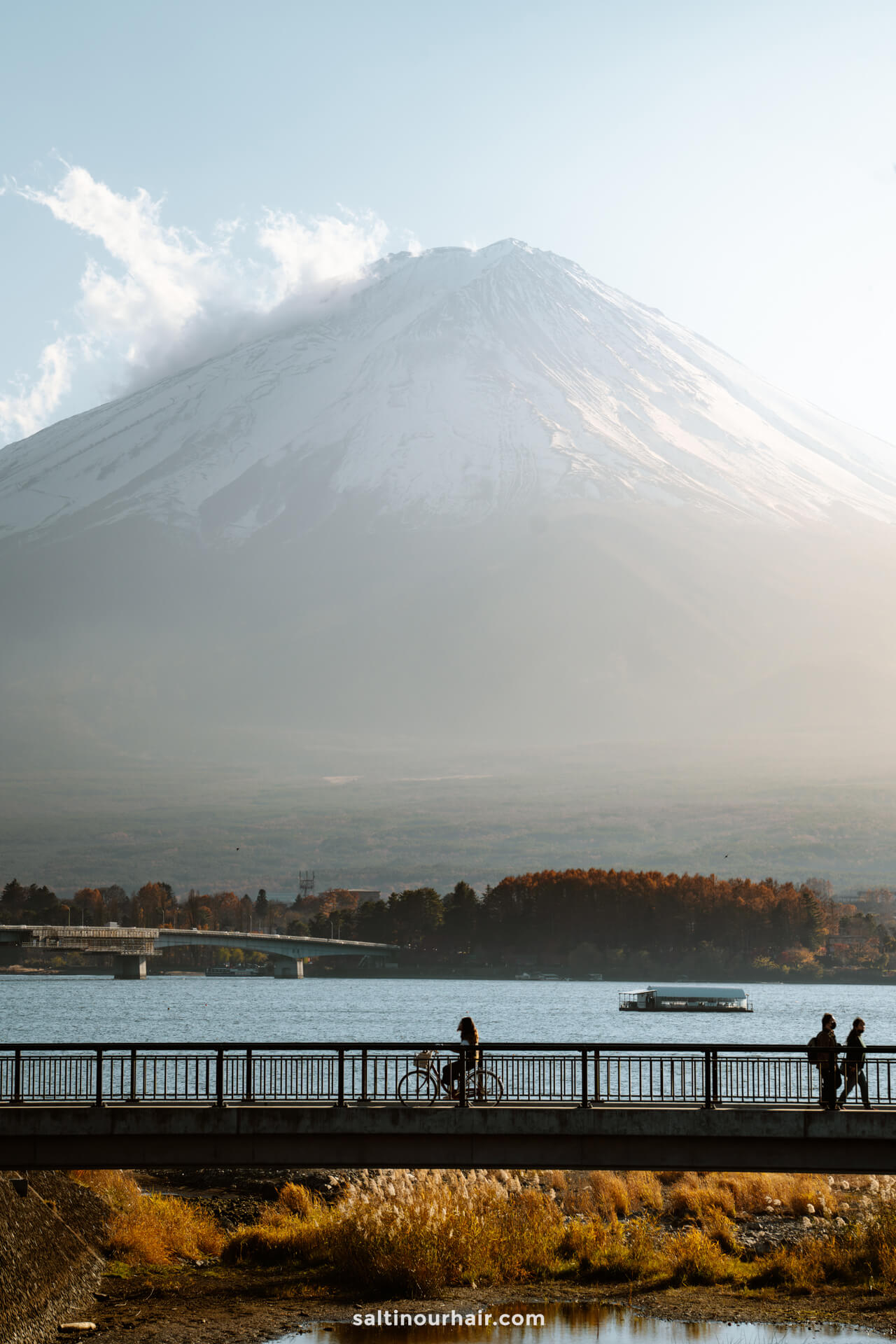
Things to do around Mount Fuji
Visiting the Mount Fuji area was our favorite thing to do in Japan — offering a perfect combination of nature, cute cafes, and relaxation. Watching the volcano appear from behind the clouds was one of our most memorable travel experiences to date!
Hotels in Mount Fuji 😴
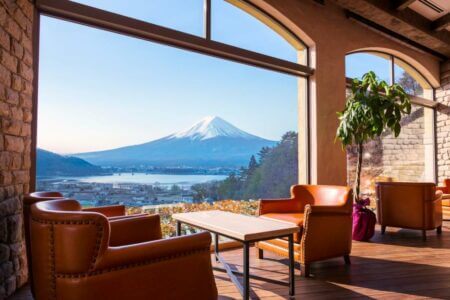
There are so many incredible things to do around Mount Fuji that we recommend spending a few days here, especially in fall when you’ll see the maple tree leaves emerge in fiery reds and yellows.
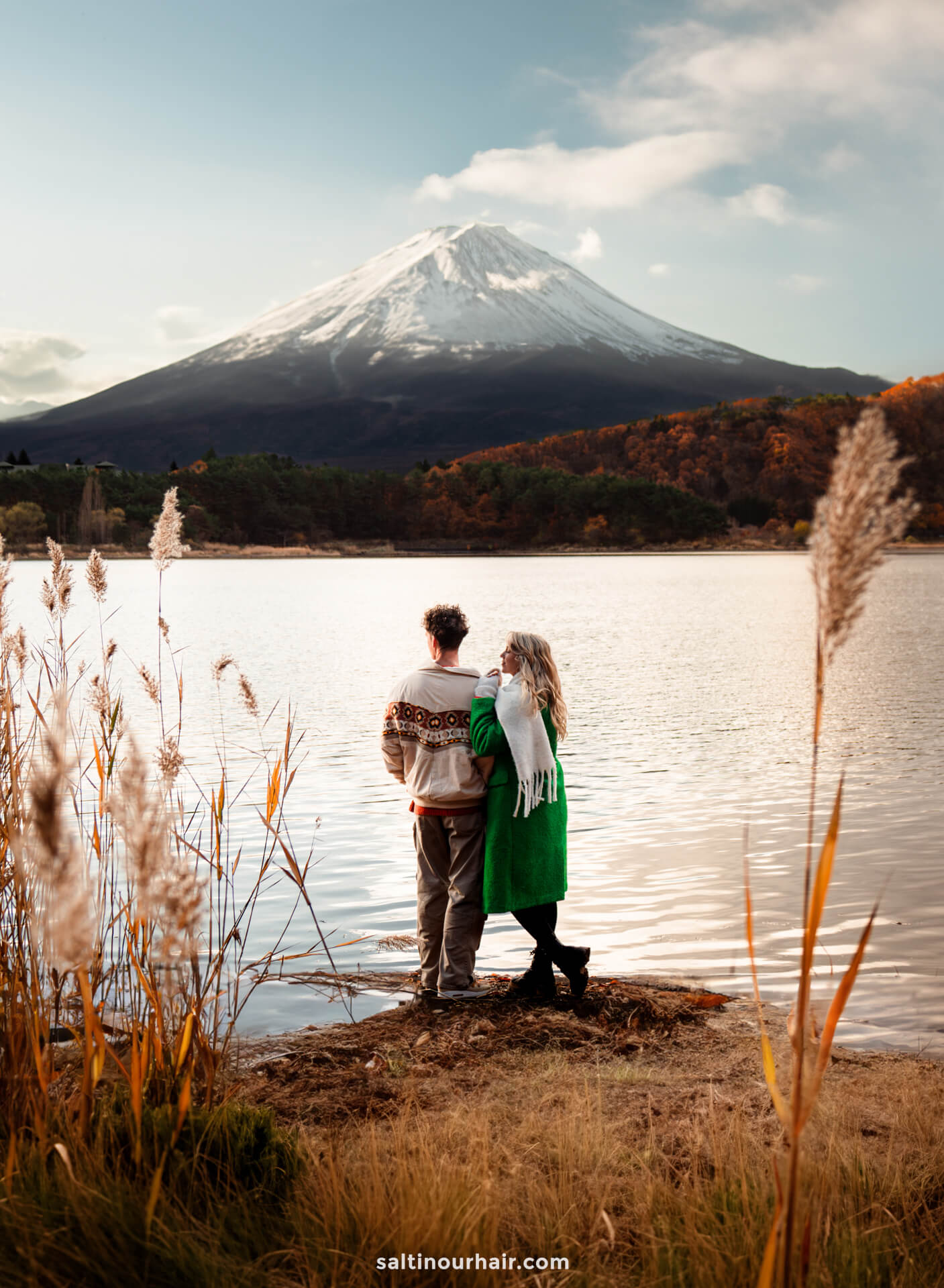
1. Chureito Pagoda
A great viewpoint of Mount Fuji is above the village at Arakura Fuji Sengen Jinja Shrine. This pretty red shrine sits on top of the hill, at the top of some steps that lead through charming woodland.
Find the best tours to Mount Fuji
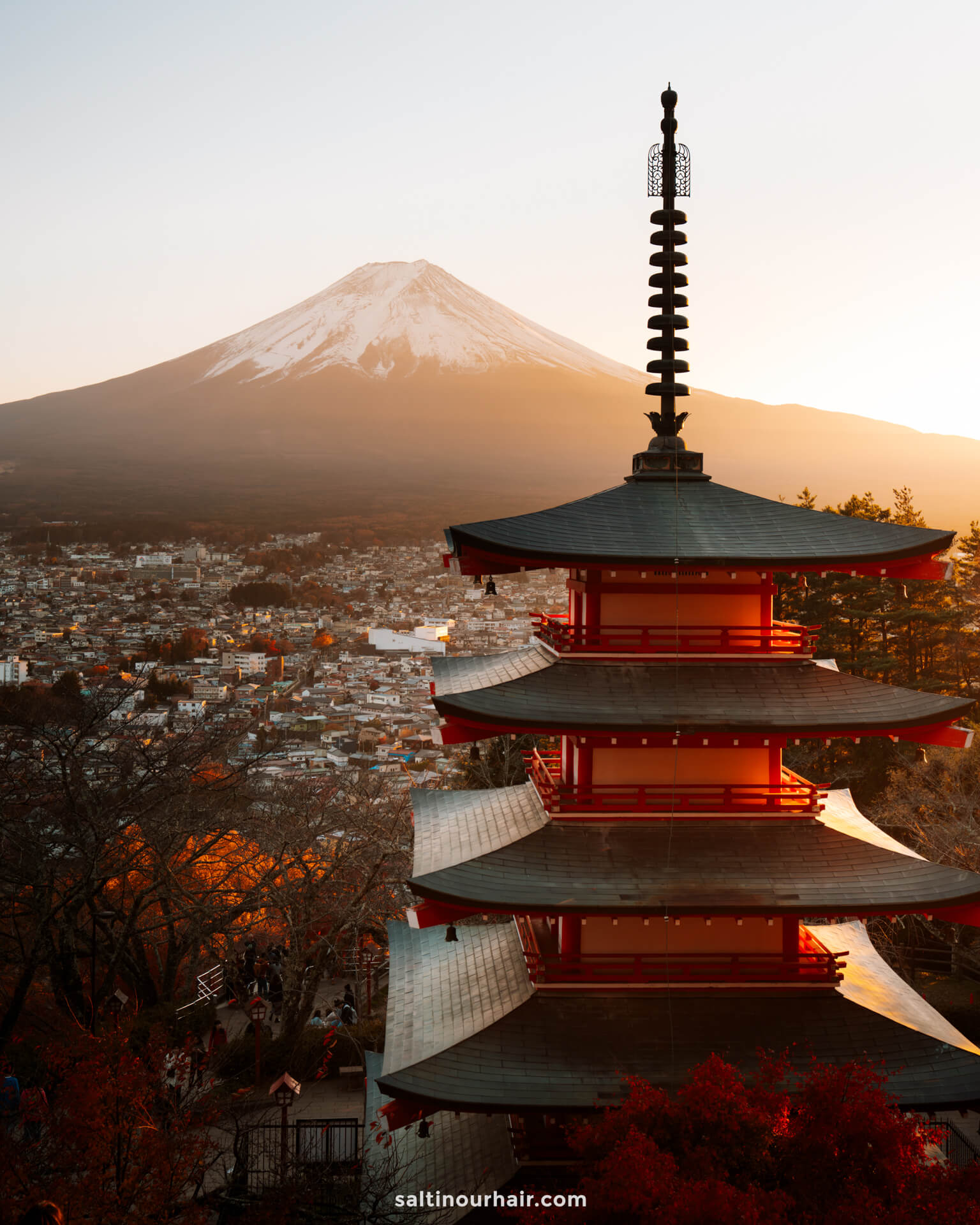
However, for something extraordinary, we recommend hiking a bit further to the stunning Chureito Pagoda, one of the most iconic spots in Japan! This five-story, bright-red pagoda, built in 1963 as a peace memorial, is the latest addition to the shrine. At sunrise or sunset, it is one of the most known photography spots in the country, if not in the world, filled with people trying to get a snap of the snow-capped peak of Mount Fuji.
Tip: If you want to visit with fewer people, we recommend visiting outside these two busy time slots.
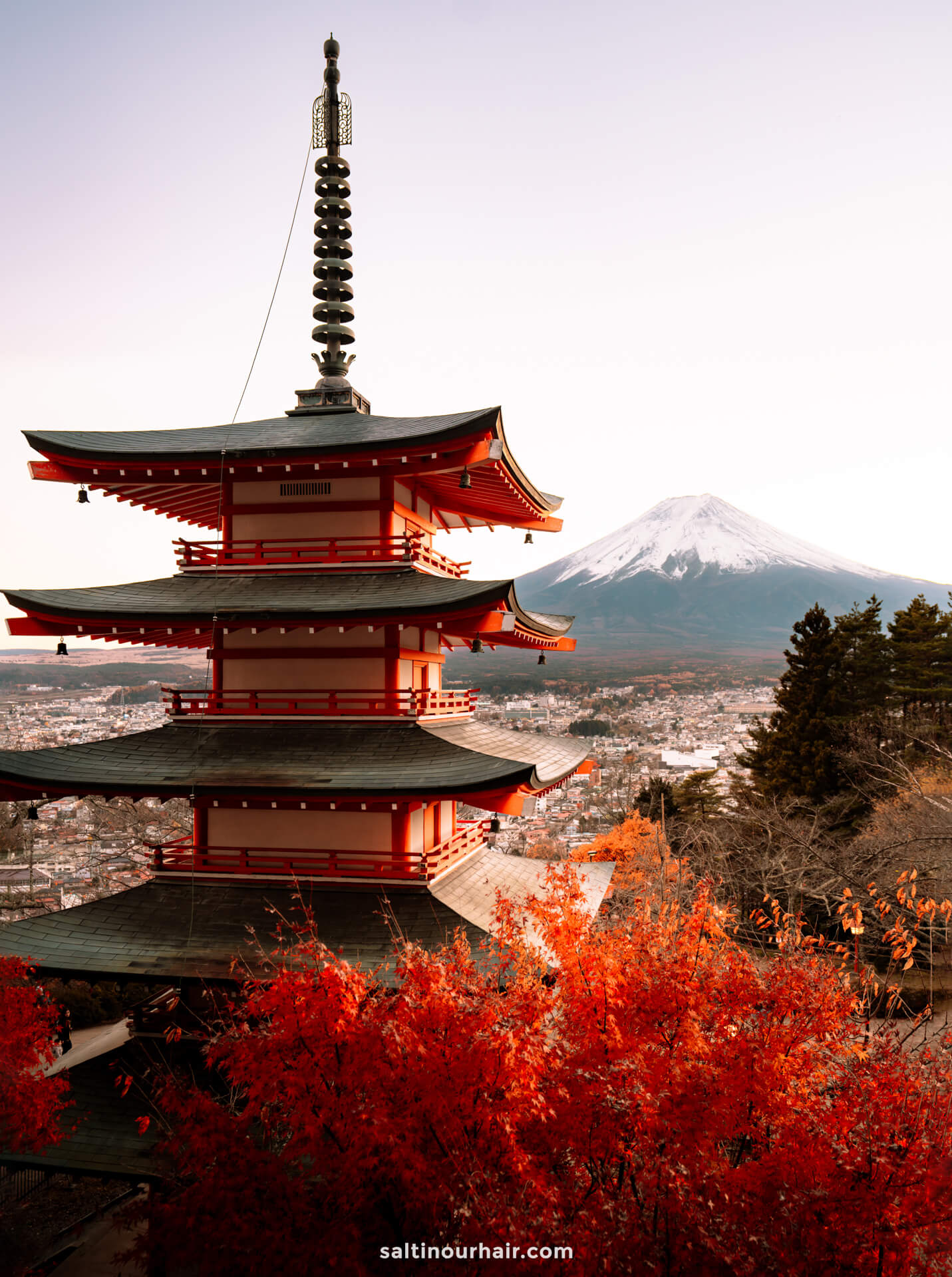
Getting to Chureito Pagoda
It’s approximately 20 minutes from the station to the first shrine. Hike 400 steps further up the hill (well worth it, we promise!), where you’ll find the famous Mount Fuji view. There’s a viewing platform that looks onto the red pagoda with the volcano in the background.
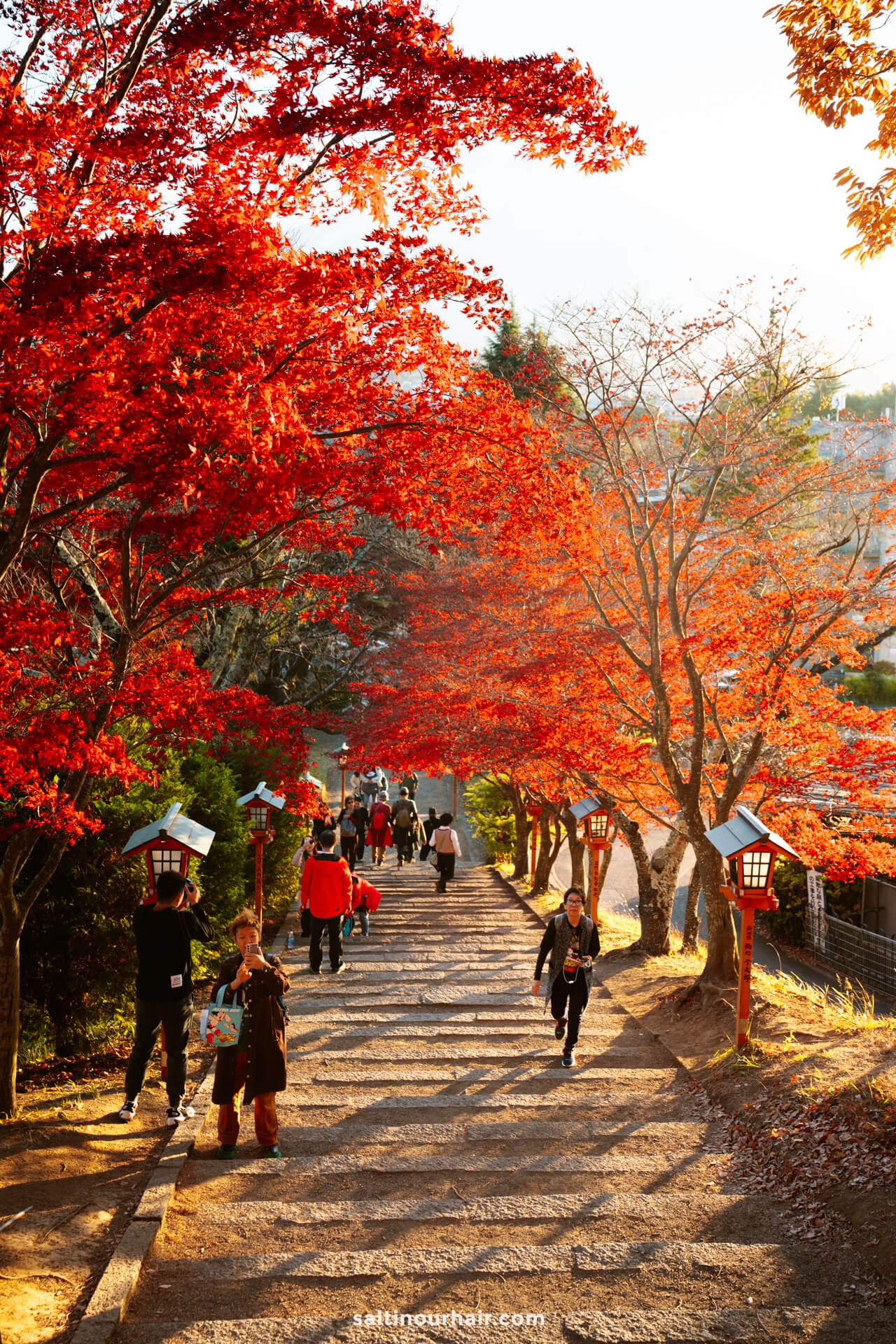
More than 650 cherry trees surround the pagoda, so in spring, this is an exceptional spot, creating a pink candy-colored view out over the city and Mt Fuji.
Tip: Chureito Pagoda is the most known spot in Fuij, and we think it’s well worth the hype — and the climb! However, if you don’t like crowds, there are plenty of other spots to see Mt Fuji, which you can find in this guide.
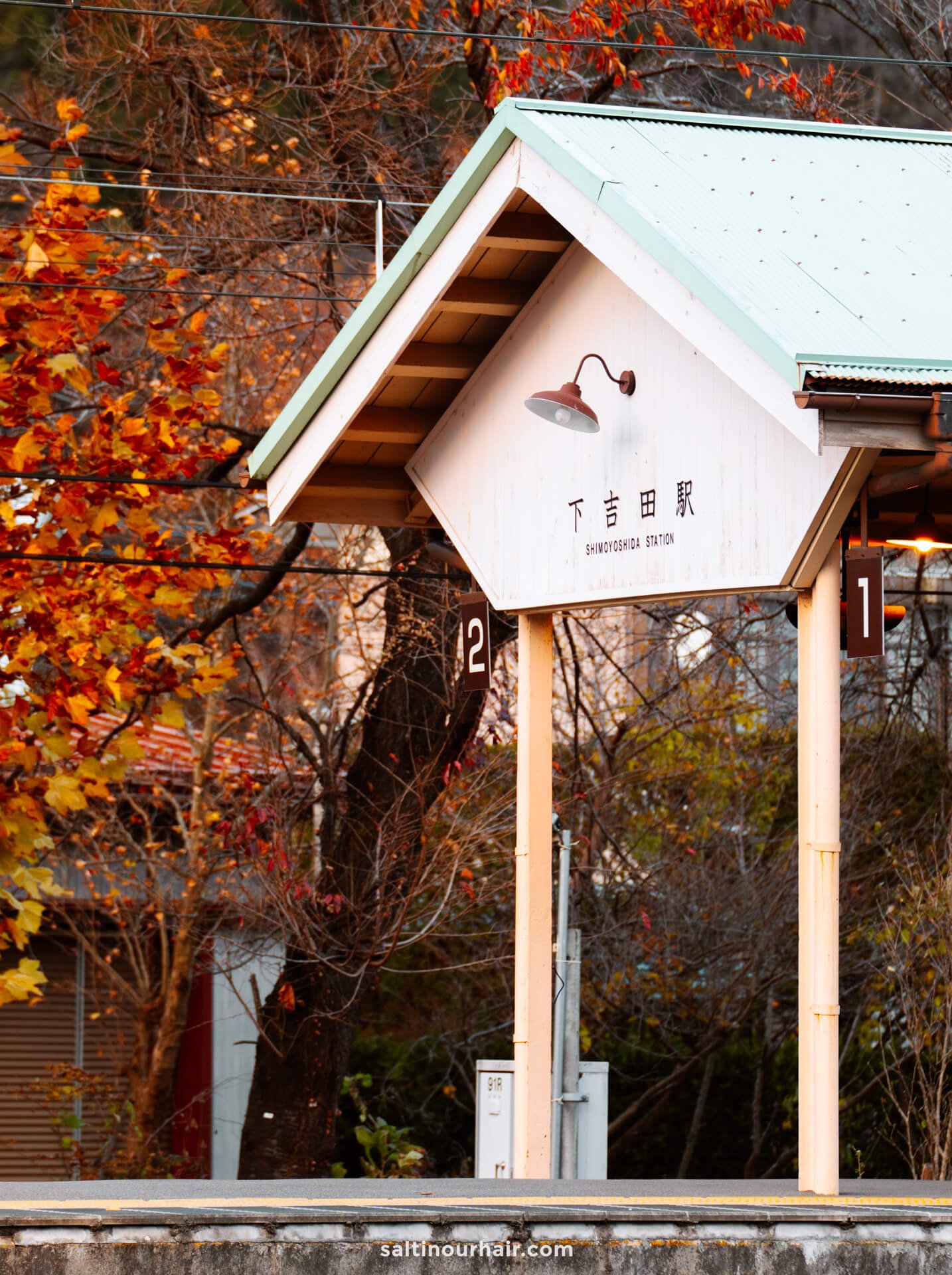
2. Shiraito Falls
On the western side of Mount Fuji, discover the imposing Shiraito Waterfall! This magical 150-meter-wide waterfall curtain — which reminded us a little bit of Tumpak Sewu in Java, Indonesia — is truly a spot you cannot miss in Japan.
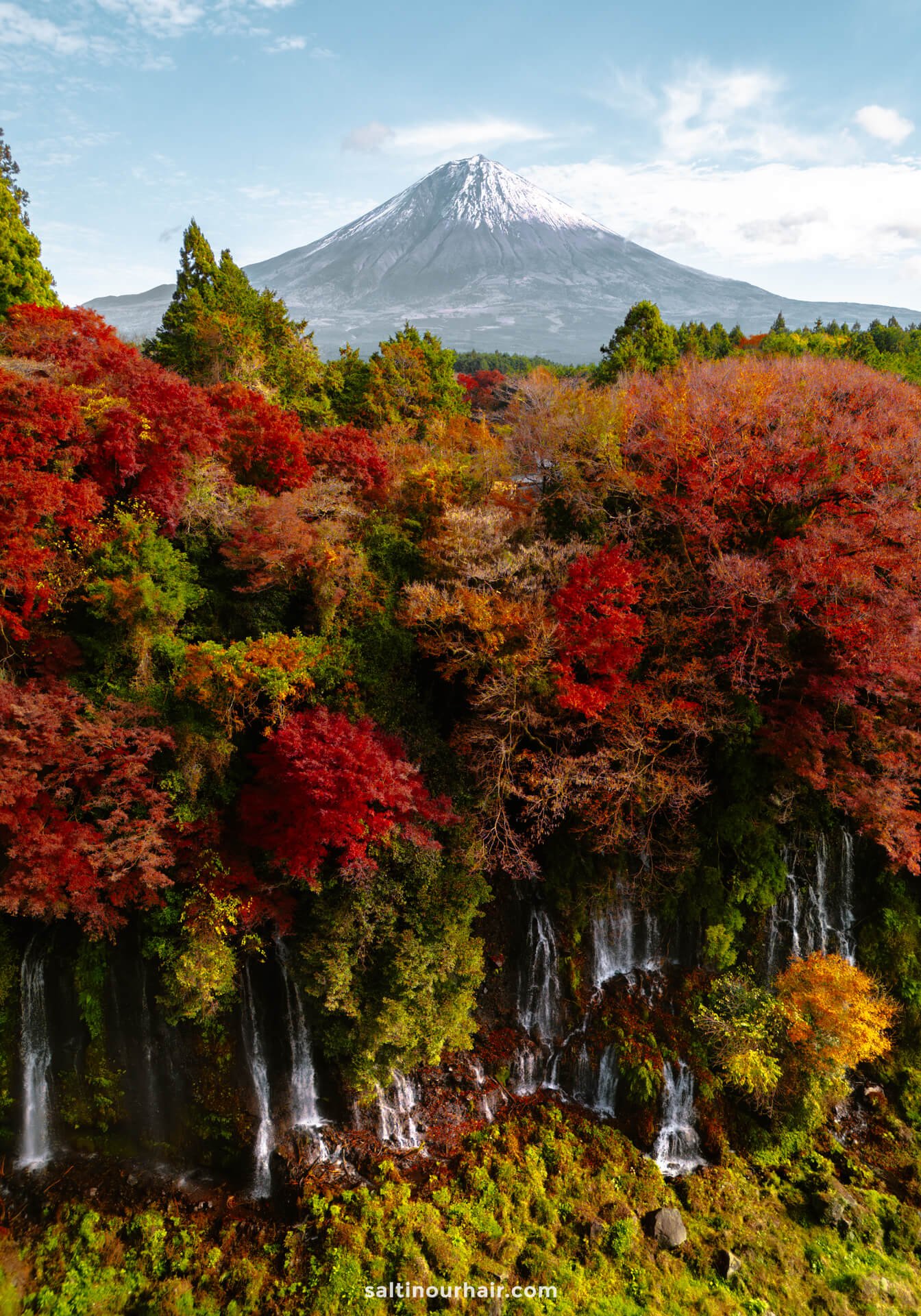
It’s also one of the best places to see Mount Fuji! On a clear day, from the viewing platform at the falls, there’s probably no greater view than this: a magical misty curtain of water flowing 20 meters down from the mountainside, set against a backdrop of the snow-peaked volcano.
See here the organised tours from Tokyo to Mt. Fuji .
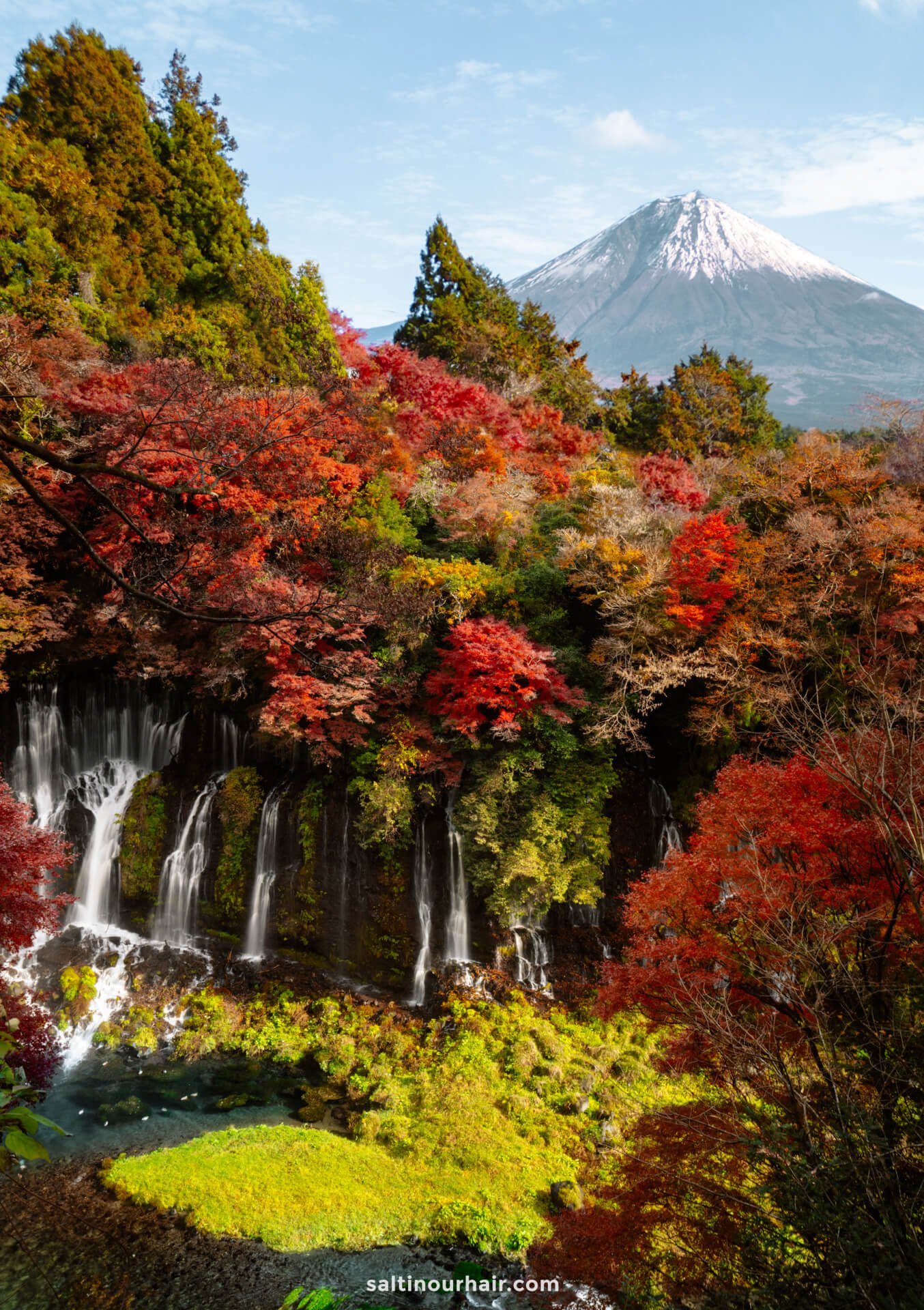
Your entire visit to the falls only takes 30-60 minutes, as it’s a short walk to the viewing platform. You can also follow the stairs down to the very foot of the falls, where you’ll find another viewing platform on the Takimi Bridge (please note that swimming is not allowed).
Entry Fee: At the time of writing, there is no entry fee for Shiraito waterfall; you only need to pay a small parking fee.
Getting There: Shiraito Waterfall is about a 60-minute drive from Kawaguchi Lake. There are multiple parking lots with different fees. Once you arrive at the roundabout, you will see parking and what looks like the main entrance. Pass this and park 250 meters further down (cheaper and closer to the viewing platform).
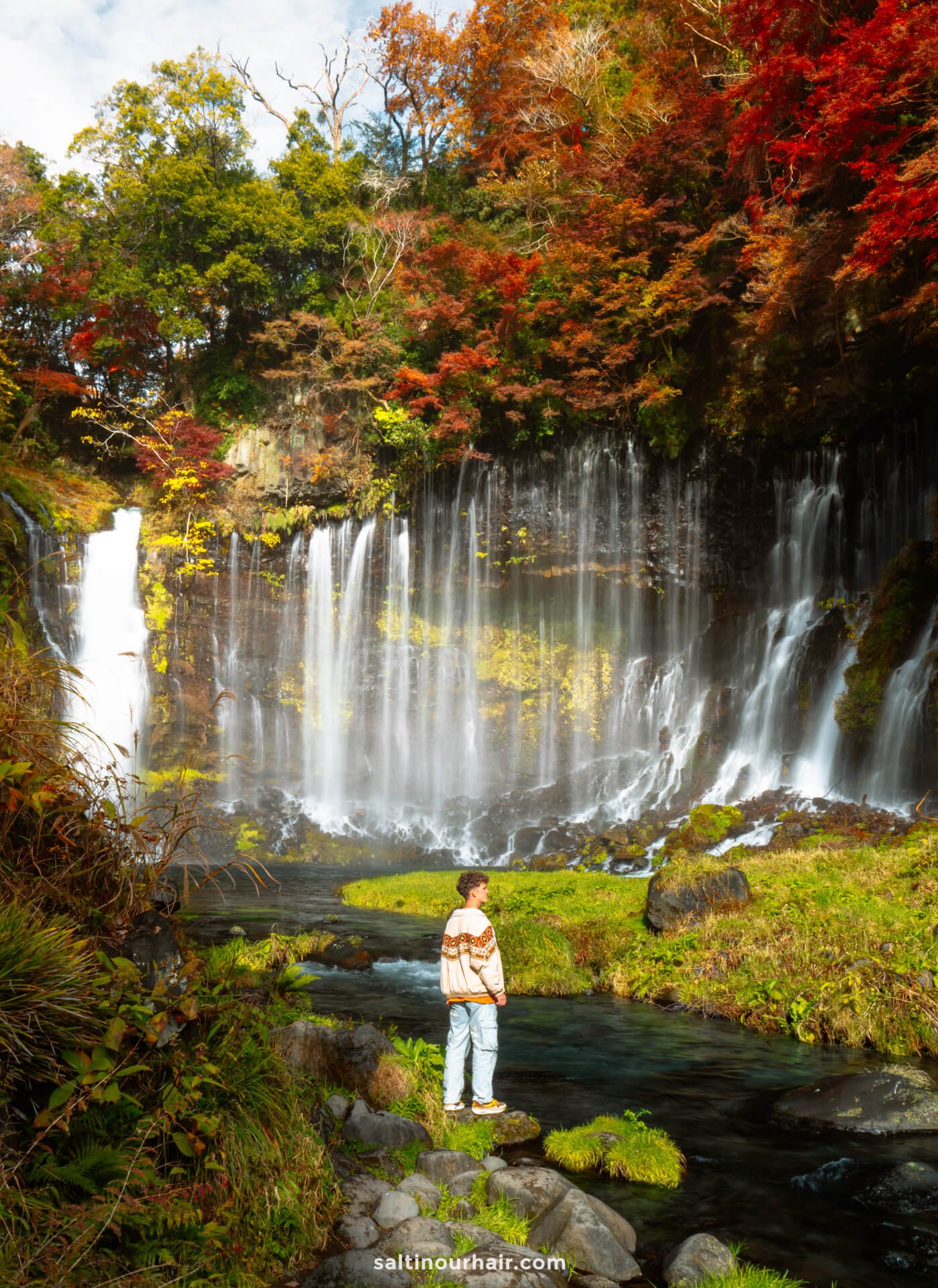
3. Lake Yamanaka
One of the best places to see Mount Fuji is the beautiful Lake Yamanaka, one of the five lakes that were formed hundreds of years ago due to a volcanic eruption. Of these five lakes, Lake Yamanaka is the largest and also one of the most popular, and it is home to many swans, making it extra special.
Also visit: Snow Monkeys Park, the hot spring oasis
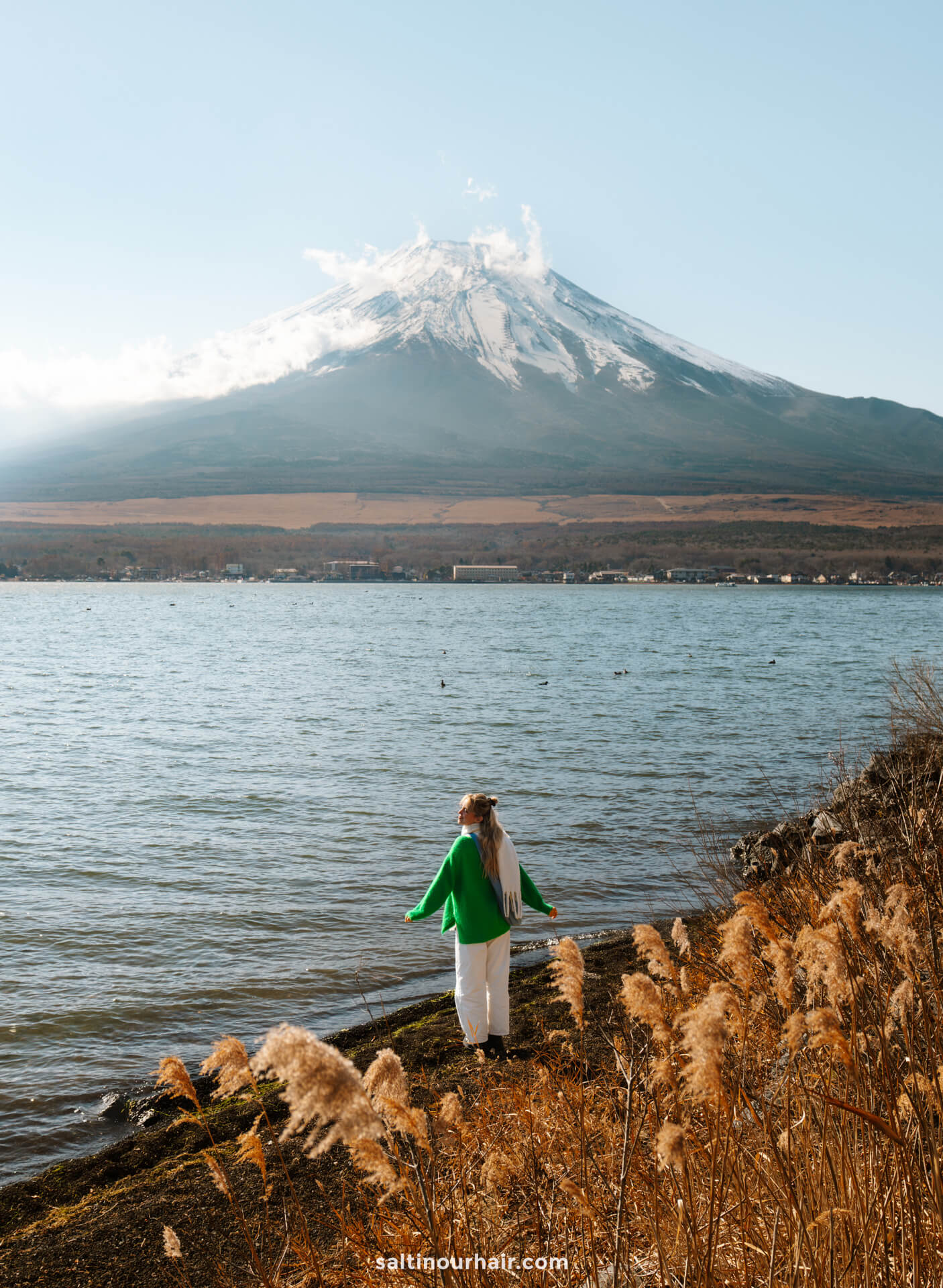
Getting around Lake Yamanaka is easy; rent a bike or car and follow the 14 km cycling route around the lake. It’s also possible to walk around many parts of the lake (the entire walk takes 3 hours). As you go, stop to take photos of the beautiful scenery or have a picnic on the shoreline.
Forgotten your picnic? There are also a few cafes on the lakeside that have fantastic views. We liked:
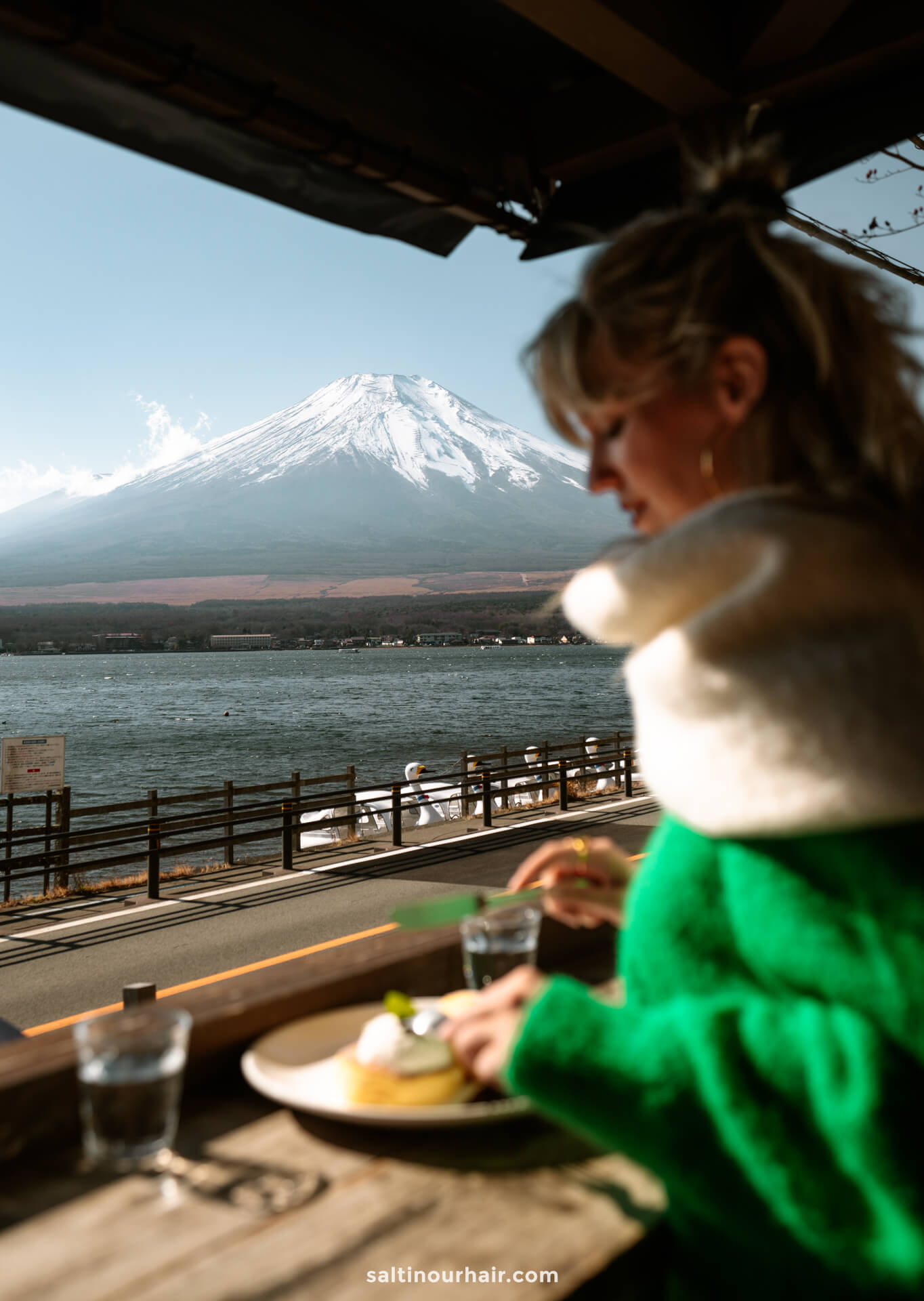
Tip: In our Japan Google Maps , we’ve pinned some spots where we saw the swans. However, if you just wander along the lake shoreline, we’re sure you’ll find them.

4. Lake Shōji
One of the smallest lakes around Mount Fuji but just as beautiful, Lake Shoji is a magical place to visit on your trip to the area. It’s a quieter and more unique spot to visit at sunrise when you can watch the early sun rays hit the volcano from the side.
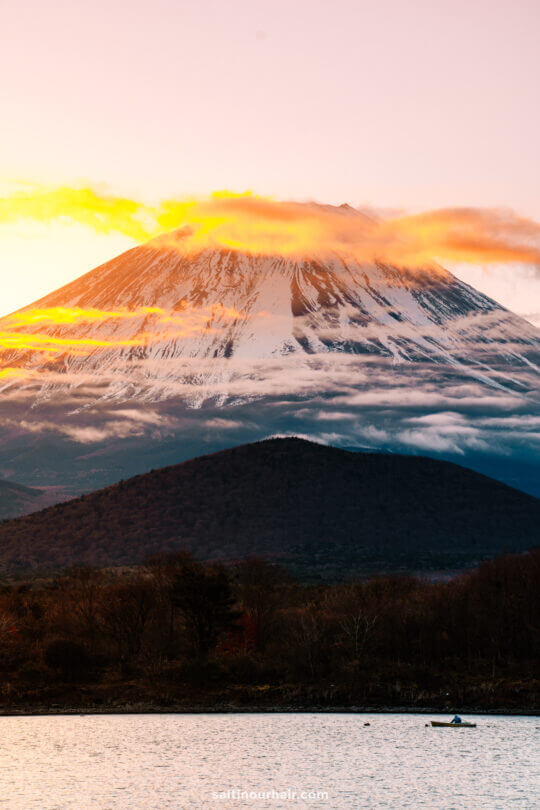
Head to Tatego-Hama Beach for the best photo angle. In the first light of the day, you’ll see the fishermen looking for their fresh morning catch. On a calm day, the lake looks just like a mirror, with a magical reflection of Mount Fuji and the sunrise colors. Don’t miss out on this top thing to do around Mount Fuji!
Here are all your hotel options in Mount Fuji.
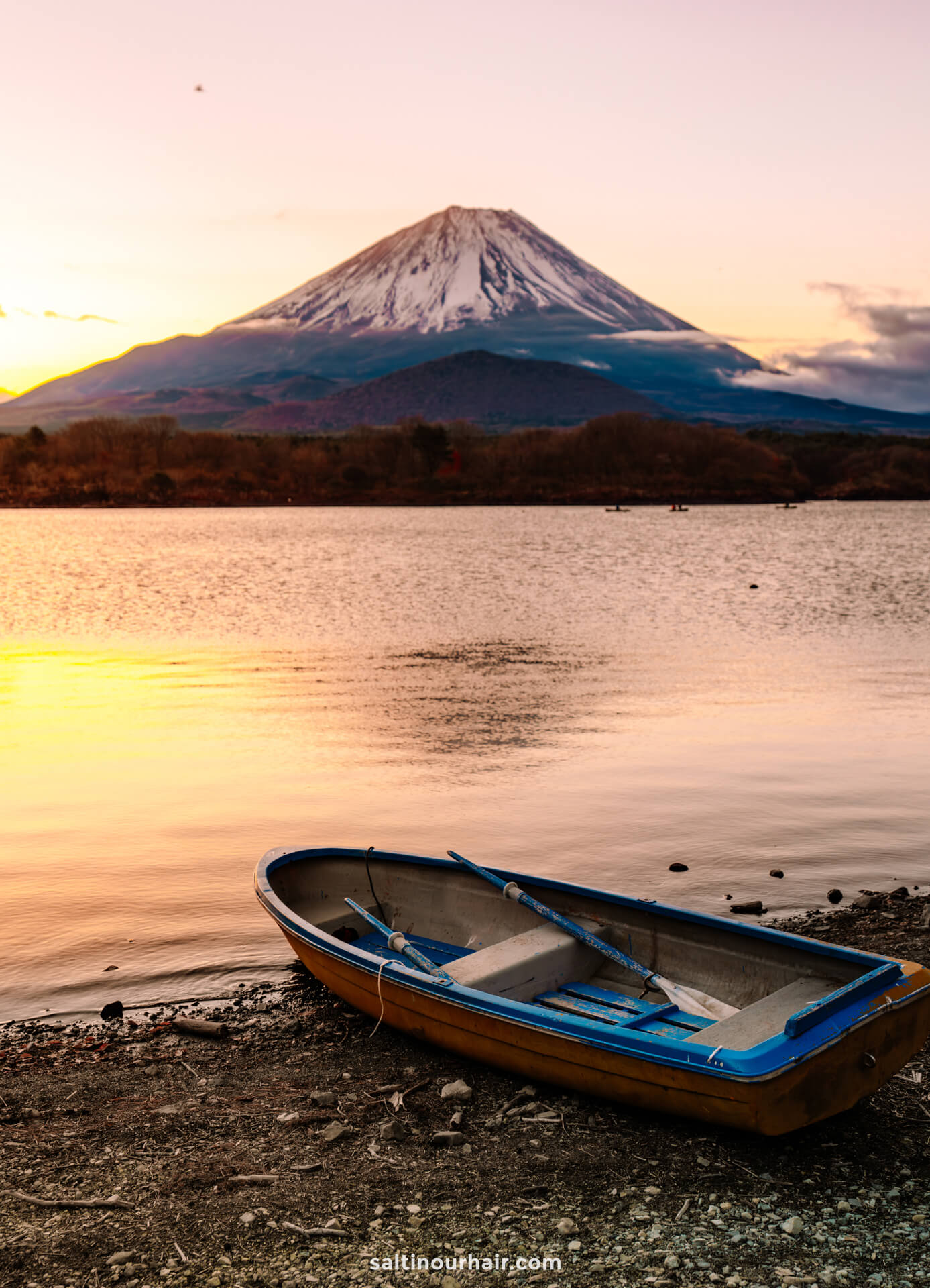
5. Shimoyoshida
Don’t miss the Japanese village of Shimoyoshida – one of the best things to do at Mount Fuji! It’s the main ‘city’ in the area and is mainly known as a jumping-off point to visit the most famous lake, Kawaguchiko. However, it’s well worth a visit in its own right!
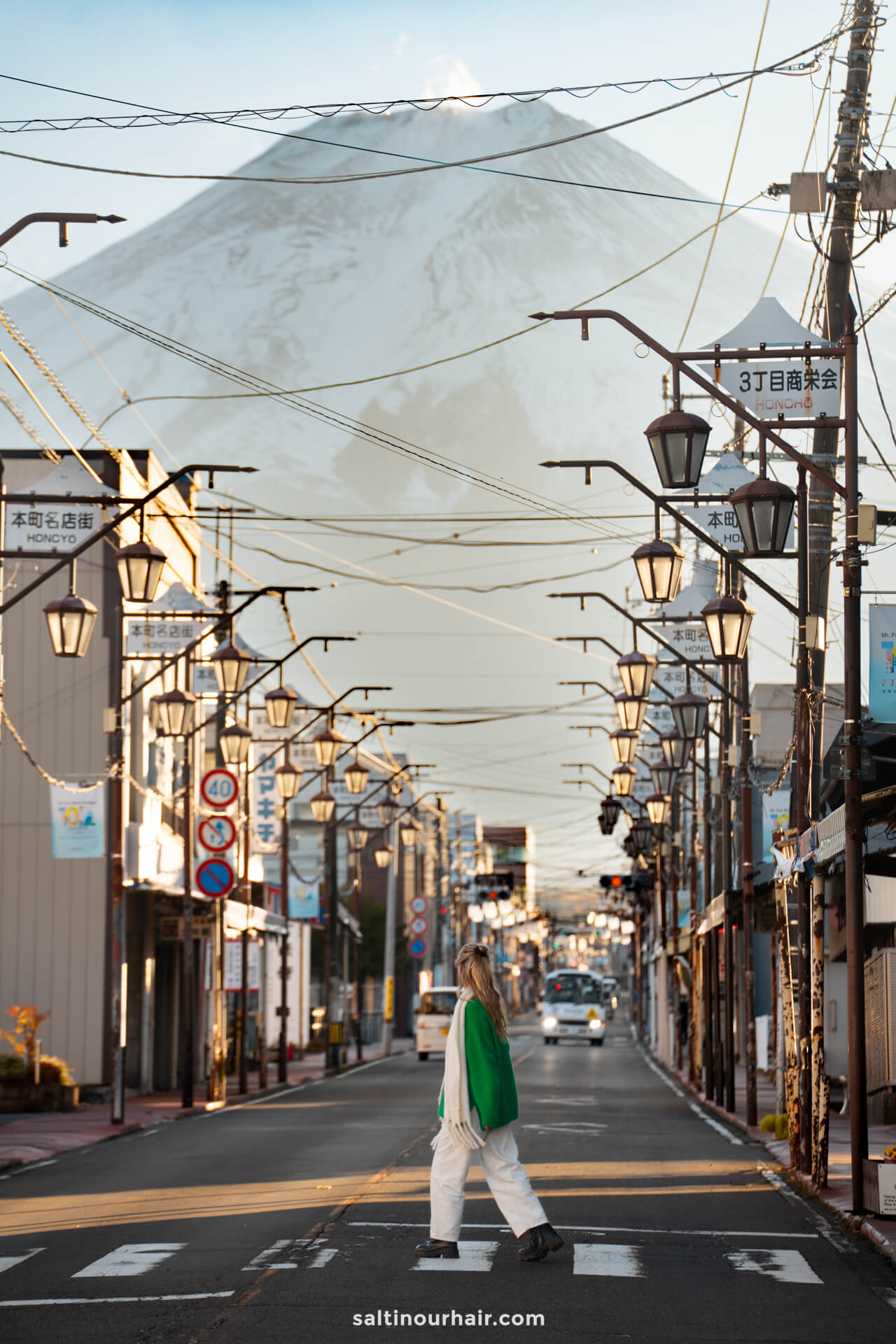
Head for the main shopping street, where you’ll find the iconic view of a bustling avenue filled with shops and Japanese character-filled signs and an incredible view of Mount Fuji at the end.
Food Tip: Check out some great restaurants and cafes in the village. We loved ‘FavCafe Fuji’ and had a surprisingly good Italian dinner at ‘Taverna La Cura’.

6. Stay in an Onsen Hotel
Onsens (hot springs) are part of Japanese culture with natural thermal baths heated by the volcano. We recommend staying in an Onsen hotel while on your trip to Mount Fuji. It’s the perfect way to relax after a busy day discovering all the top things to do around Mount Fuji. Here are some fantastic Onsen hotels in the area:
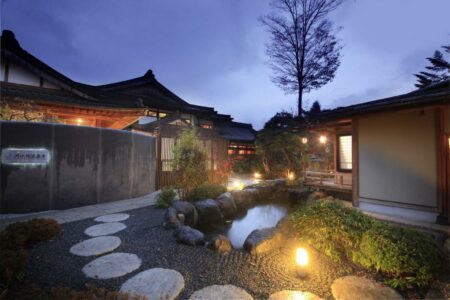
Hakone is an area 60km from Mount Fuji that’s famous for its beautiful woodland views of the volcano. There’s a lot to see, with most things centered around the vast Lake Ashi, from pirate ship cruises to cable car flights.
Tip: If you’re short on time, you don’t need to necessarily visit Hakone; you’ll get a perfectly good feel of Mount Fuji by visiting the Fuji Lakes.
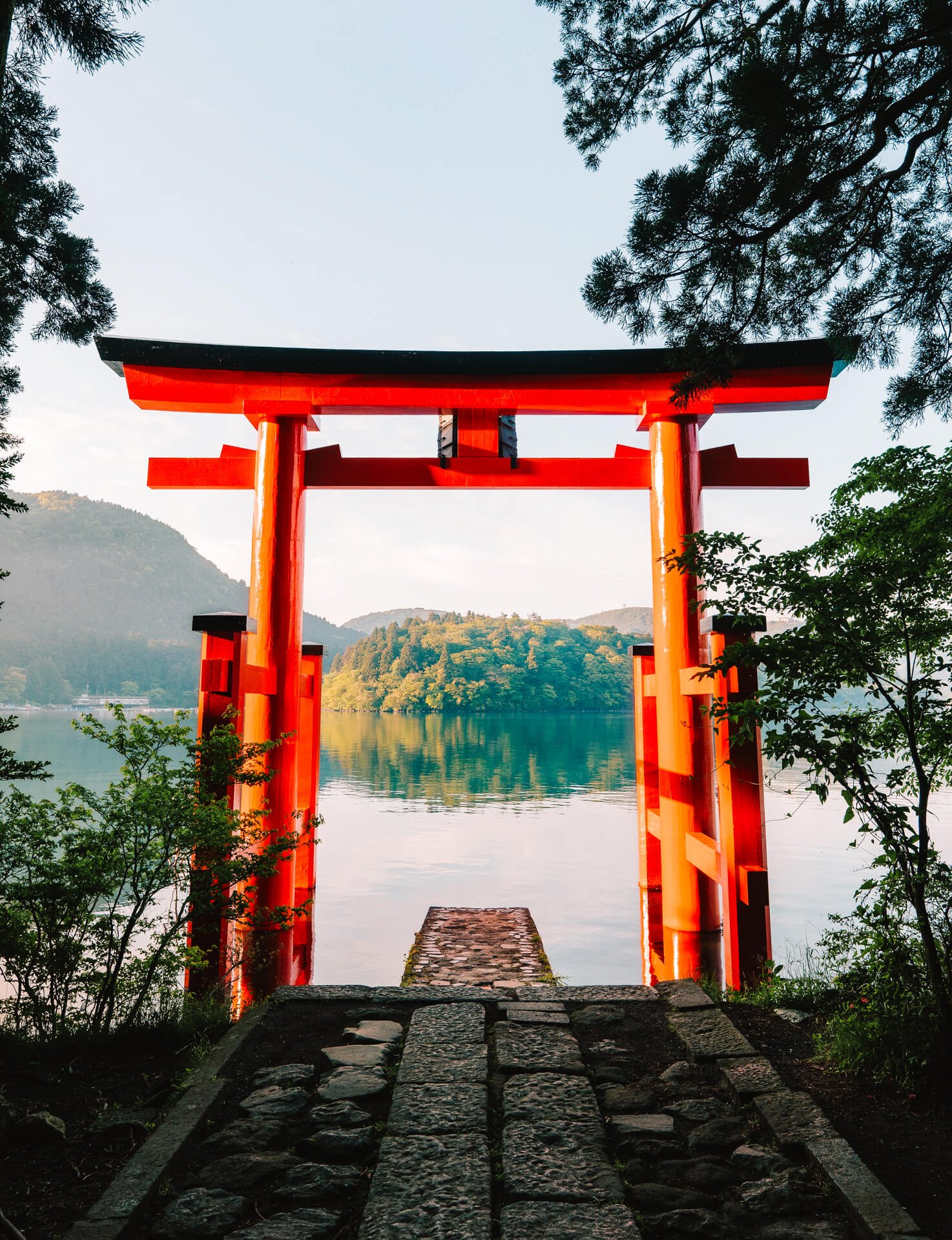
Hakone Shrine
The sacred Hakone Shrine is well-known in the area because of its beautiful setting, floating on the lake’s shoreline. The vibrant red Torii Gate is holy for many; legend has it that there was once a nine-headed dragon who lived in the waters of Lake Ashi and was later defeated by a monk. It then became a lucky spot for locals, frequented by Samurai who would pray for strength before battle.
To get there, you can either hike to this spot (along the shoreline) or see it from the pirate ship cruise.
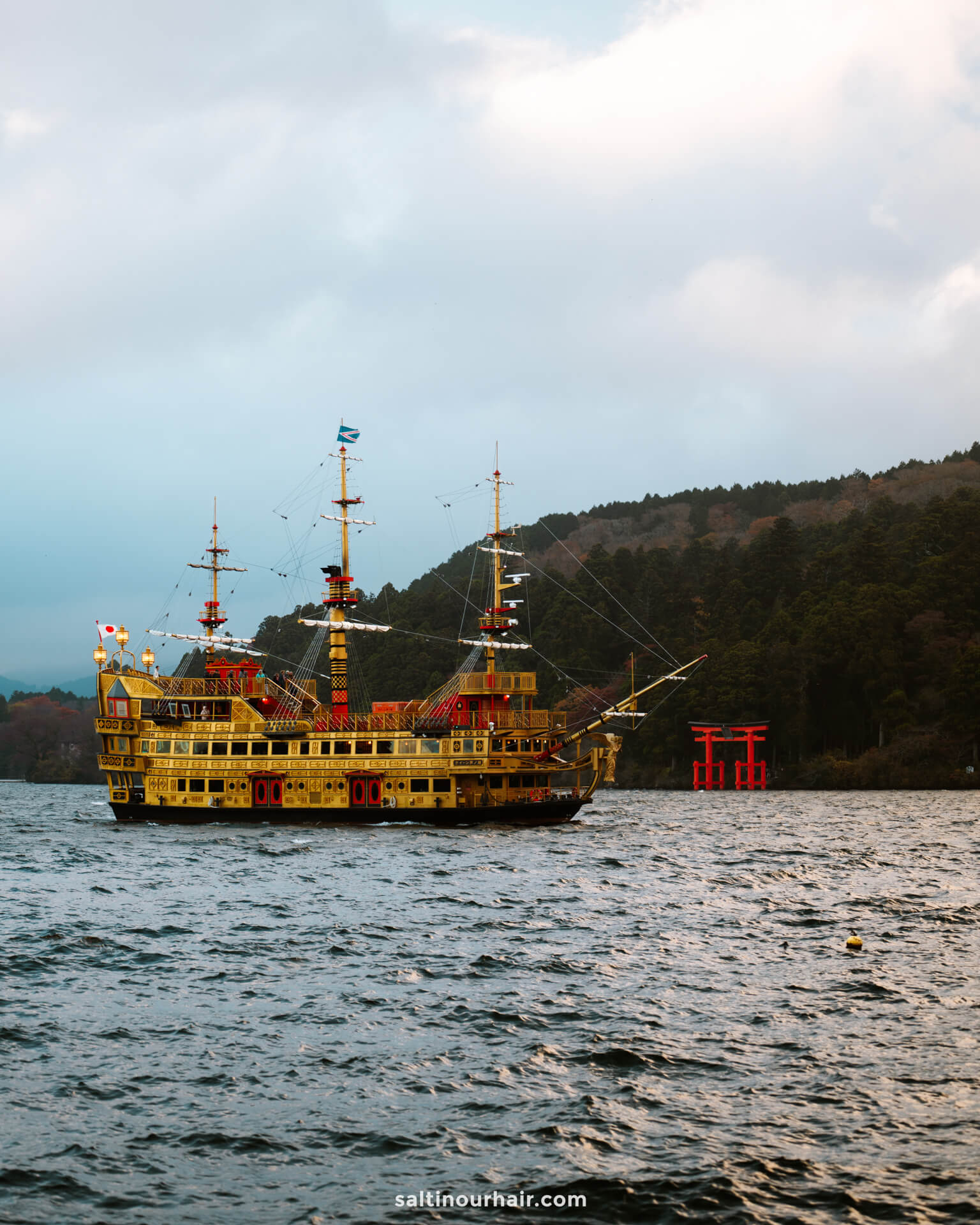
Tenzan Onsen
Onsens (hot springs) are an essential part of Japanese culture, with nearly 3000 nationwide. The resorts, built around natural hot springs, provide a tranquil place for people to relax. Generally, as per Onsen rules, patrons are naked and refrain from talking to provide the most peaceful environment possible.
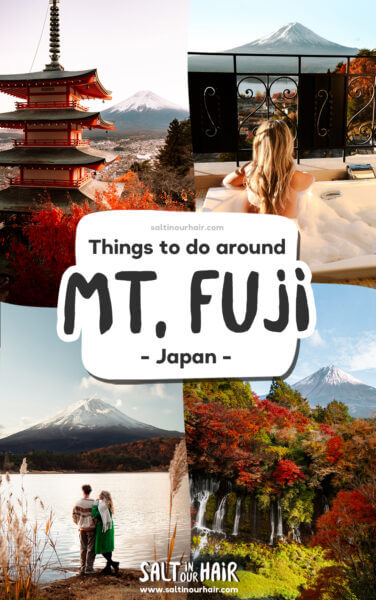
The Tenzan Onsen is a great place to visit in the Hakone area if you have time, particularly after days of hiking, to relax tired muscles.
Please note: In general, those with tattoos are not permitted to enter Onsens because of the long-running stigmatization in Japan. The Tenzan Onsen does allow people with tattoos, although reviews are mixed, so please bear that in mind before visiting.
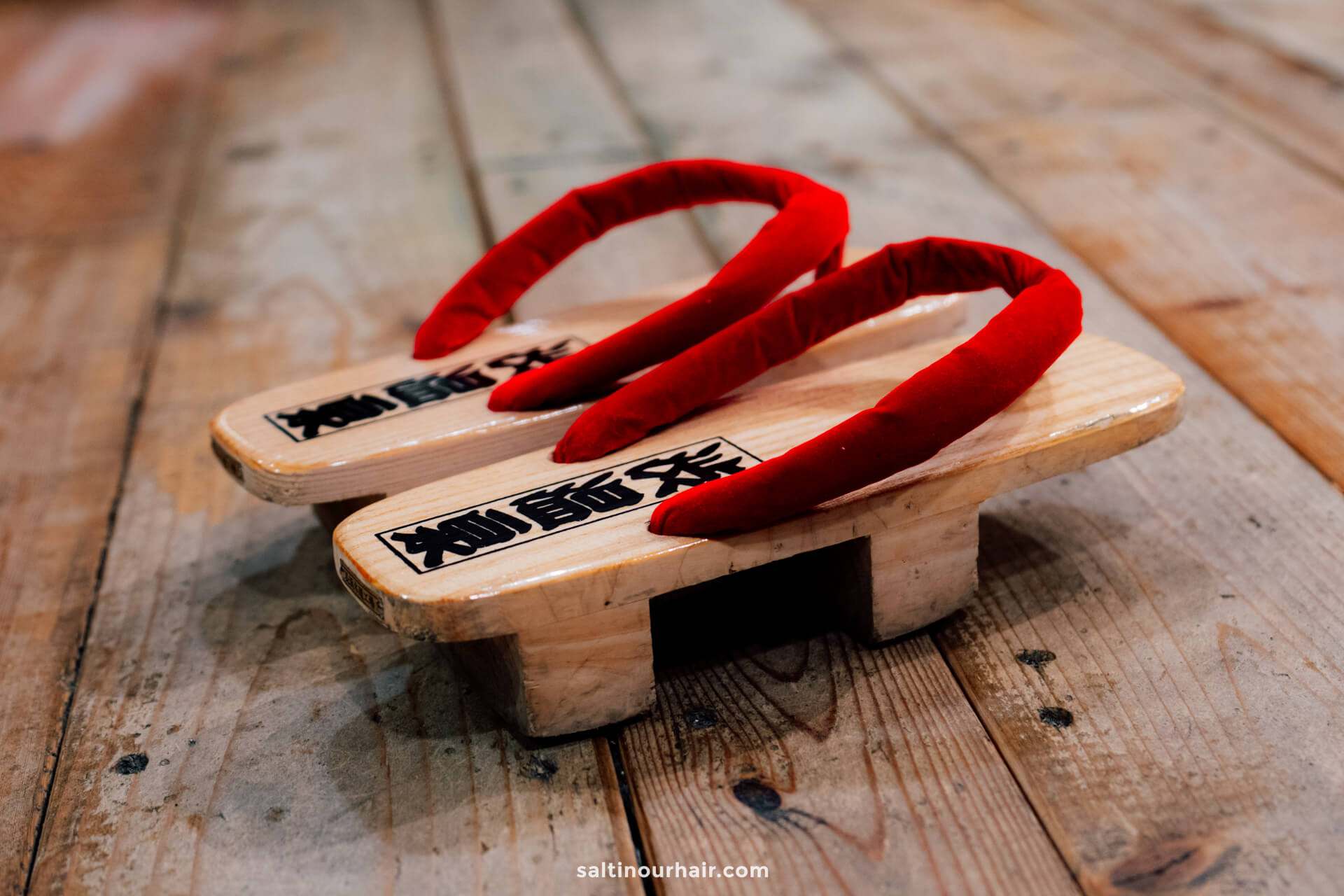
Hakone Open Air Museum
For a unique thing to do around Mount Fuji, visit the impressive Hakone Open Air Museum, an impressive hillside park home to sculptures from famous Japanese and international artists. There is also a large exhibition hall within the gardens, home to many of Picasso’s works.
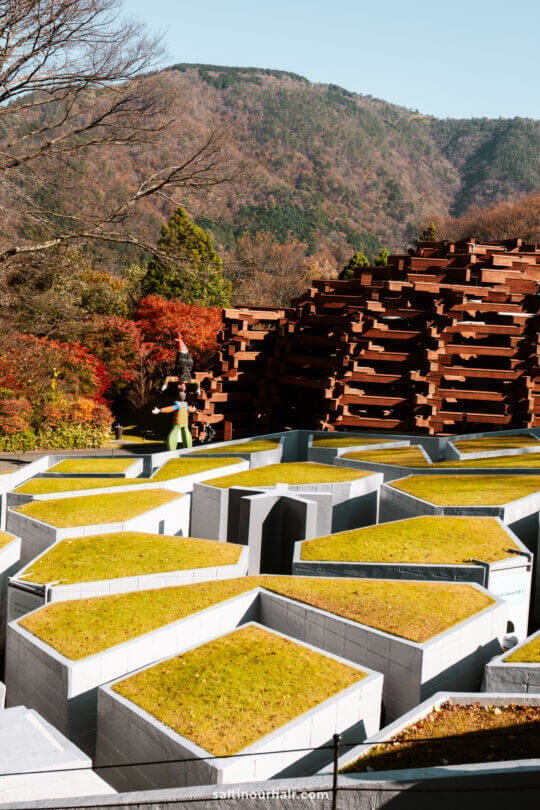
Tip: Look out for the beautiful stained glass windows of the cylindrical building (the Symphonic Sculpture). Discover 360-degree colored glass that envelops the building, centered around a steel spiral staircase — magical on a sunny day when the rays create beautiful dancing colors.
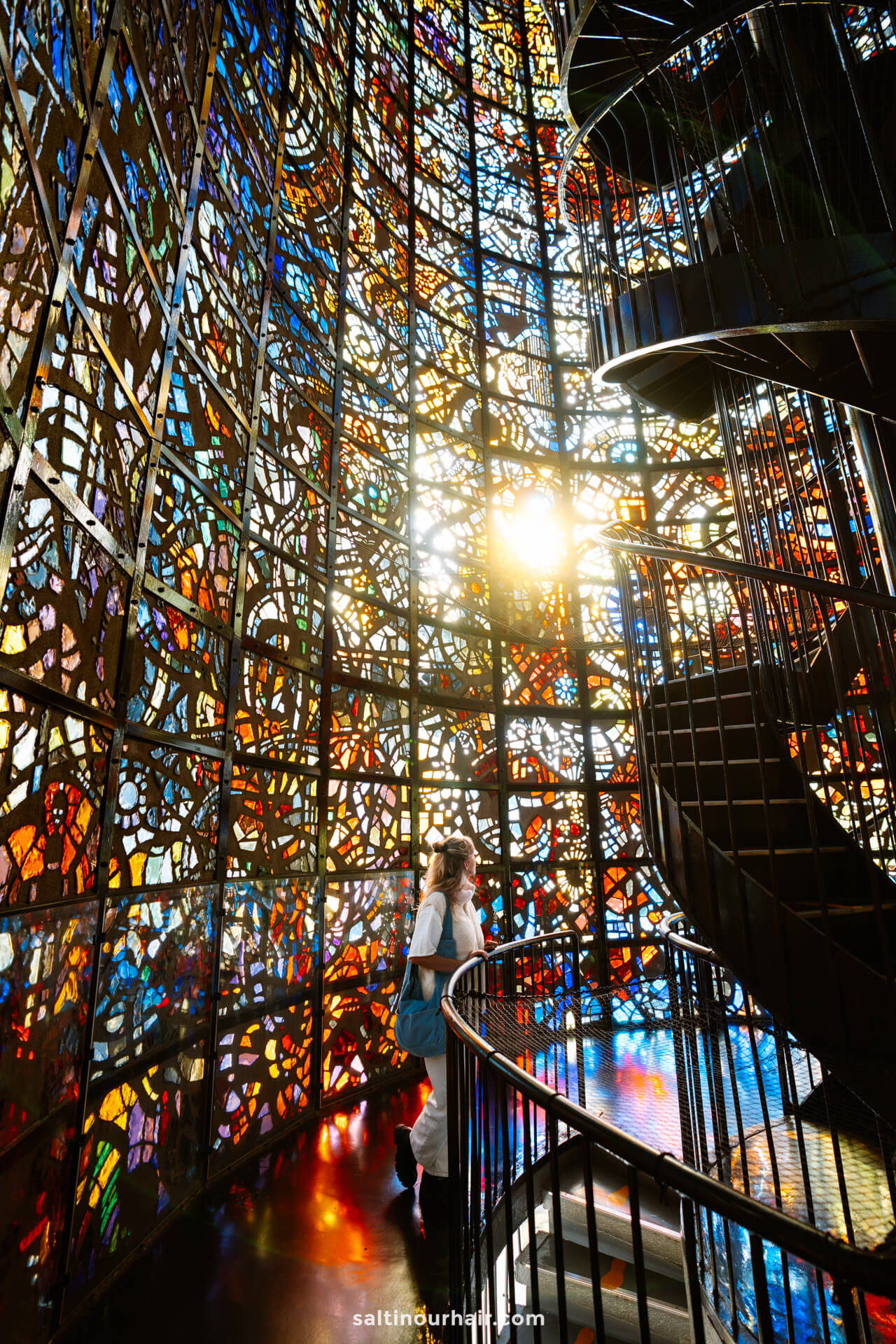
Hakone Ropeway
Jump on the Hakone Ropeway, a cable car ride that takes you over the sulfur vents. Cable cars depart every minute from Sounzan Station and travel 4 km to Togendai Station at the summit. On the way, you’ll have fantastic views across the lake and Mount Fuji.
Book your ropeway tickets in advance (also includes trains and buses in the area)
If you have the time, get off at the stop Owakudani , where there is still an active volcano crater! Don’t worry; the activity is continuously monitored, and if it is too high, the cable car will not stop.
Entry Fee and Opening Times: One-way: 1,480 yen (14 USD). Open from 9 AM to 5 PM (March – November) and until 2.15 PM from December – February.
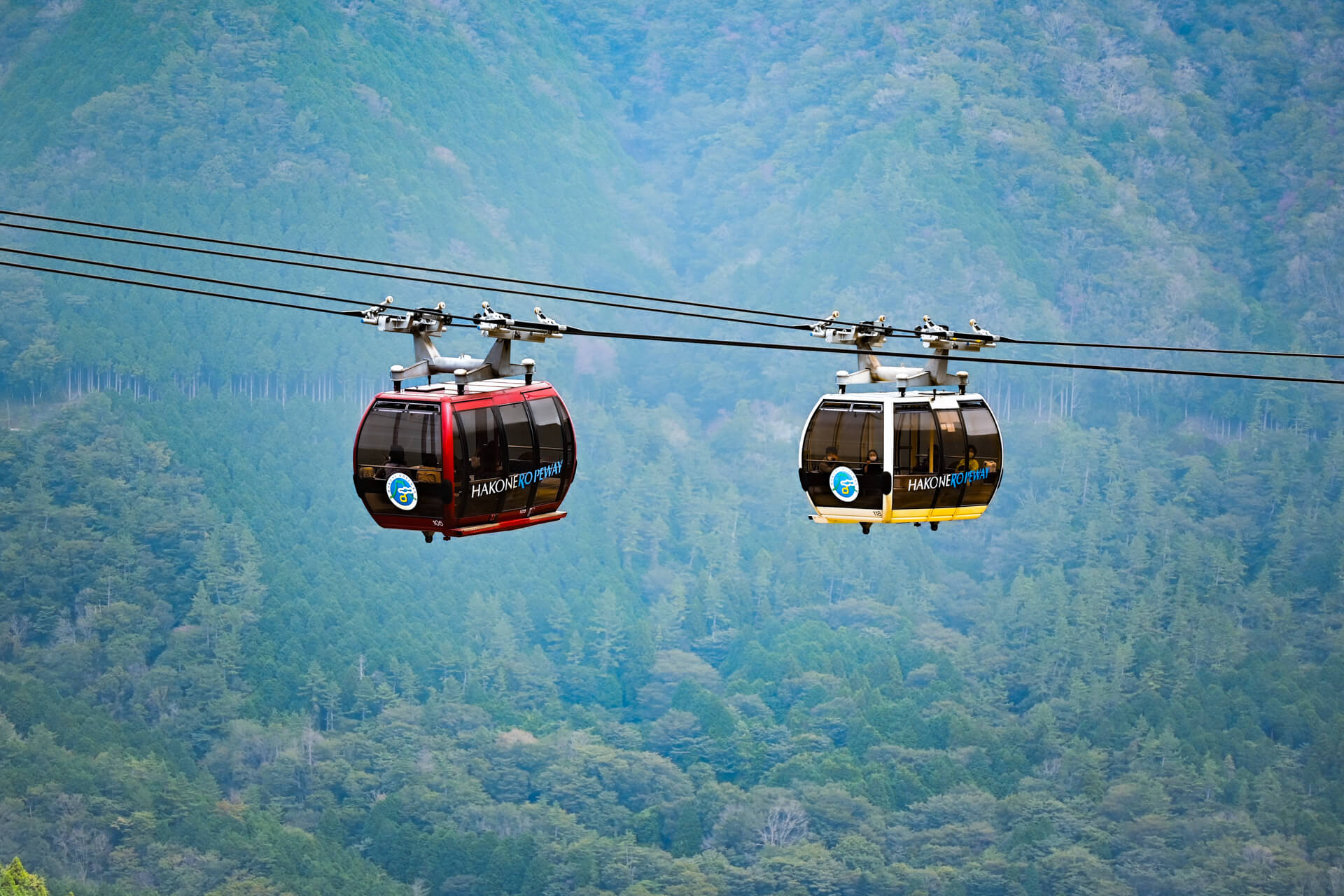
Mishima Skywalk
Visit Japan’s longest suspension bridge: Mishima Skywalk! The 400-meter-long bridge sits suspended 70.6 meters above the ground, looking out over a beautiful valley. It’s the perfect place to get fantastic views of Hakone’s natural beauty, especially in the fall when the surrounding woodland bursts into fall colors.
Entry Fee: 1,100 yen (8 USD). Open from 9 AM – 5 PM all year.
8. Momiji Corridor
One of the top things to do around Mount Fuji is to walk along the famous Momiji corridor! Because of the little stream below, when the leaves drop, it gives it a tunnel-like appearance, full of vibrant red, orange, and yellow leaves.
Did you know? Momiji means ‘maple leaves’ in Japanese.
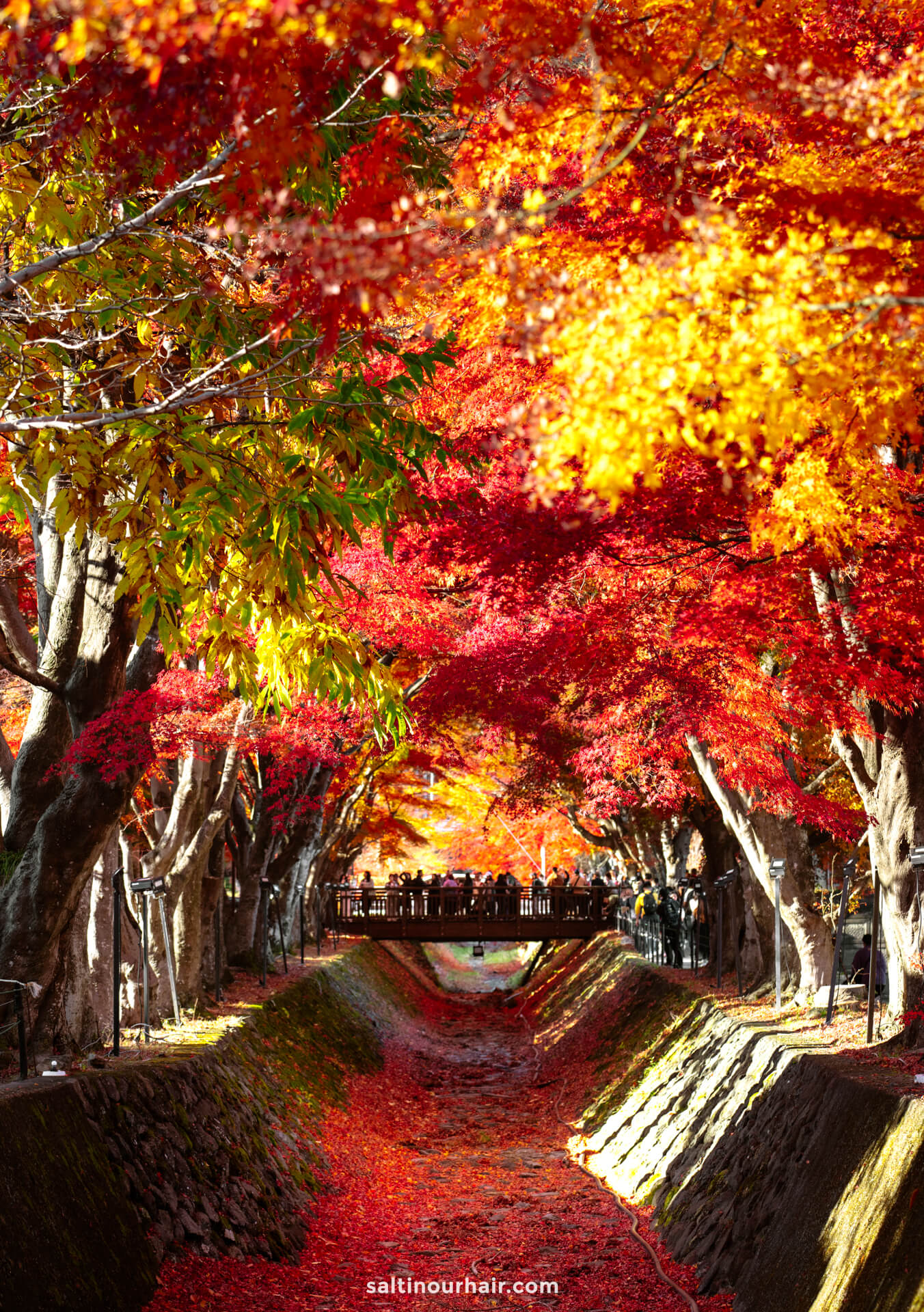
If you follow the trail to the end, you will reach Lake Kawaguchi. Continue on to the Kubota Itchiku Art Museum, home to the works of the Japanese textile artist Itchiku Kubota. It’s well worth a visit to see the pretty gardens and his hand-painted silk kimonos.
Tickets for the art museum cost 1,300 yen (9 USD). Open everyday (apart from Tuesday) from 9.30 AM – 5.30 PM. From December – March open 10 AM – 4.30 PM
Tip: Just a 10-minute drive from the Momijii Corridor is the M ount Fuji Panoramic Ropeway . Take the cable car to the top (round-trip tickets cost 900 yen/6 USD).
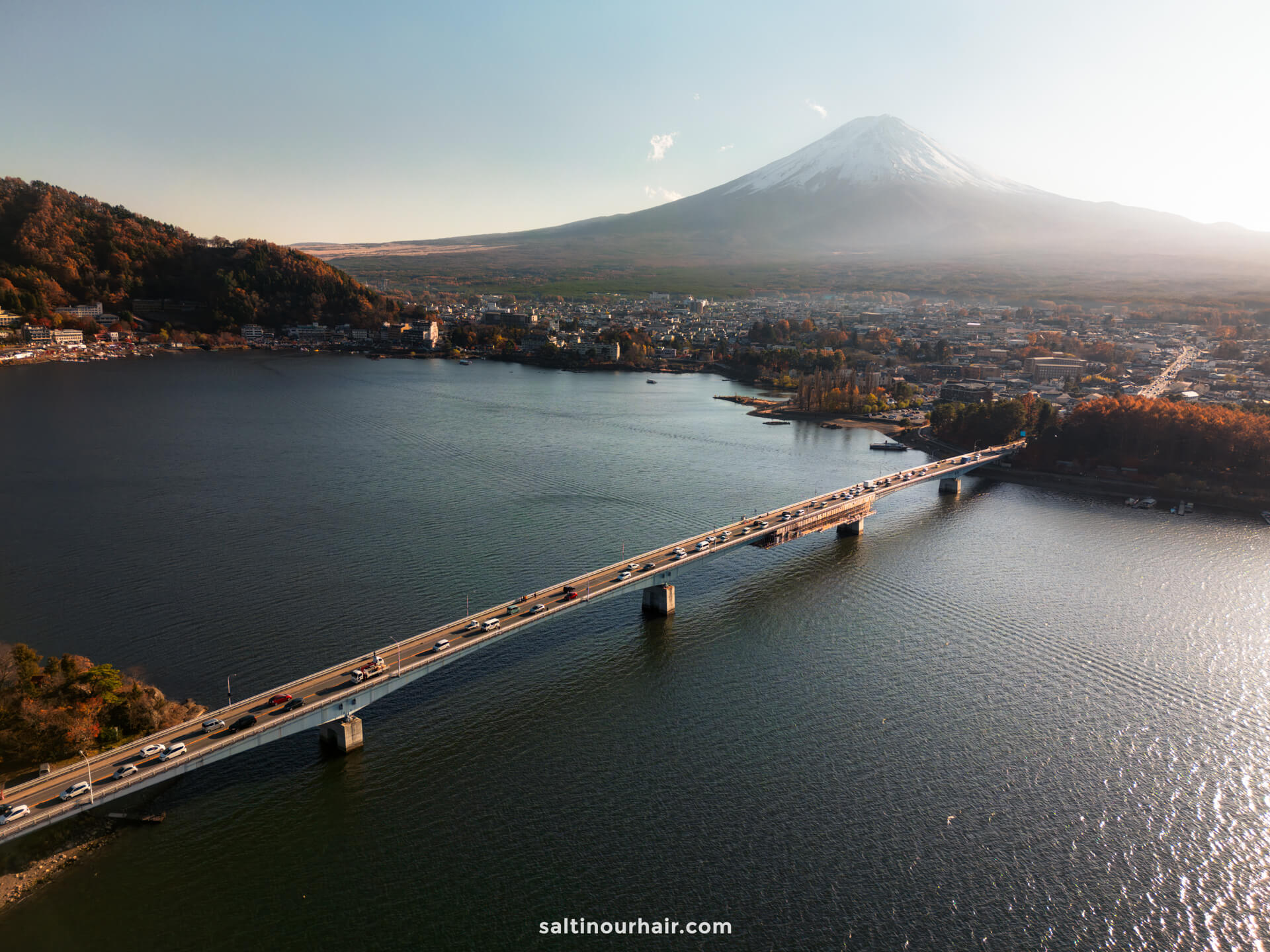
9. Kitaguchi Hongu Fuji Sengen Shrine
Discover this ancient and peaceful shrine, nestled deep in a woodland full of mammoth cedar trees — some of which are over 1000 years old! The shrine is incredibly important to the Japanese, who purify the mind and body by praying at the shrine before climbing Mount Fuji.
Follow a tranquil pathway between the ancient trees and moss-covered lanterns before passing through one of the largest Torii gates in all of Japan. This might just be one of the most special shrines in Japan and an absolute top thing to do around Mount Fuji!
Entry Fee and Opening Times: Kitaguchi Hongu Fuji Sengen Shrine is just a 20-minute walk from Fujisan station. It’s free to enter and open all year round.
10. Saiko Iyashi-no-Sato Nenba
Welcome to Saiko Iyashi-no-Sato Nenba, a UNESCO World Heritage Site , and traditional Japanese village once known as ‘the most beautiful village in Japan’. However, after a great typhoon in 1966, a massive flow of water and mud (named the ‘mountain tsunami’) destroyed the entire thatched-roof village.
Also read about visiting the Deer in Nara Park, Japan .
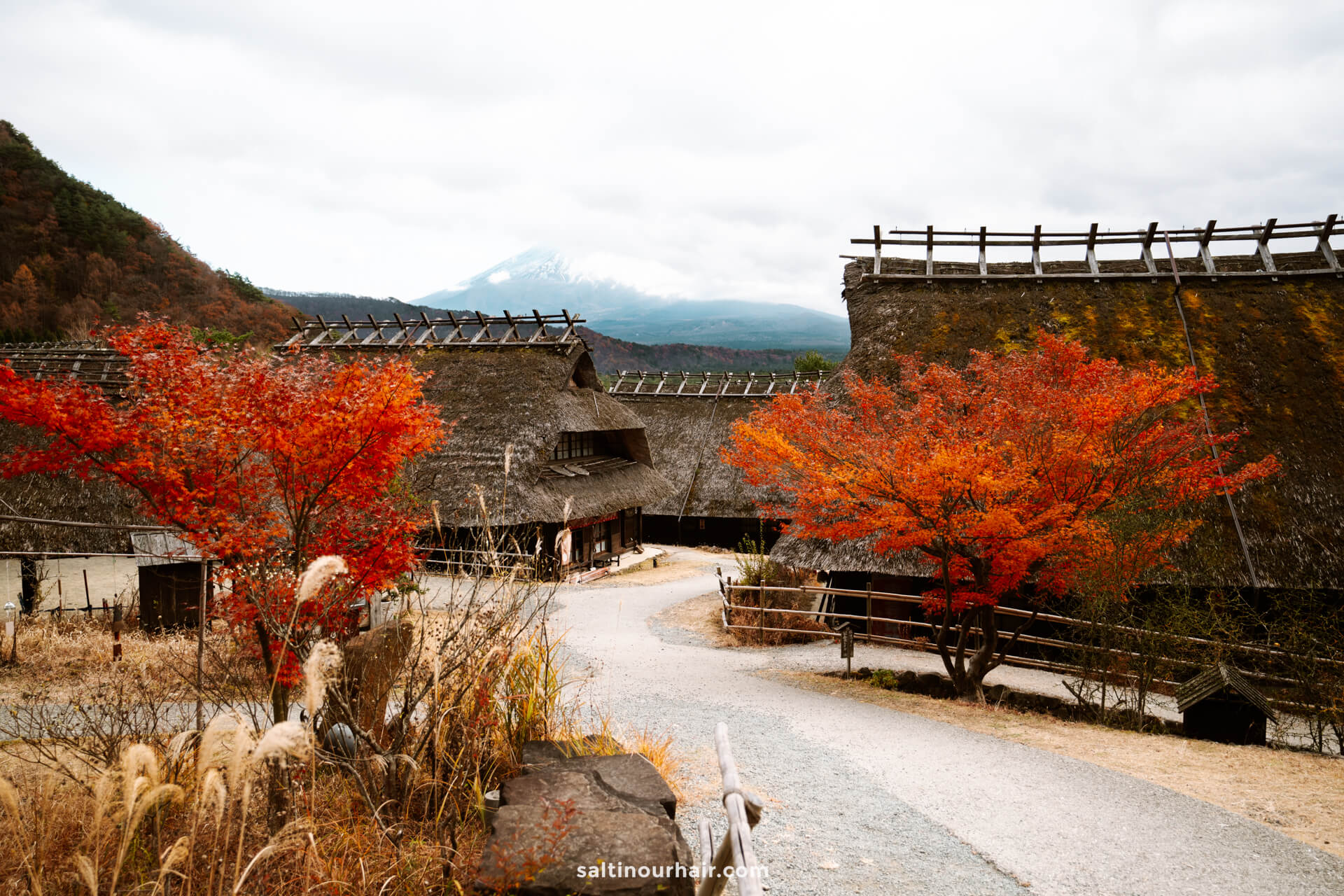
The town was rebuilt as an open-air museum in 2006, now carefully preserved and protected by UNESCO. Everything looks exactly as it did all those years ago and gives you a great insight into what life would have been like in the village.
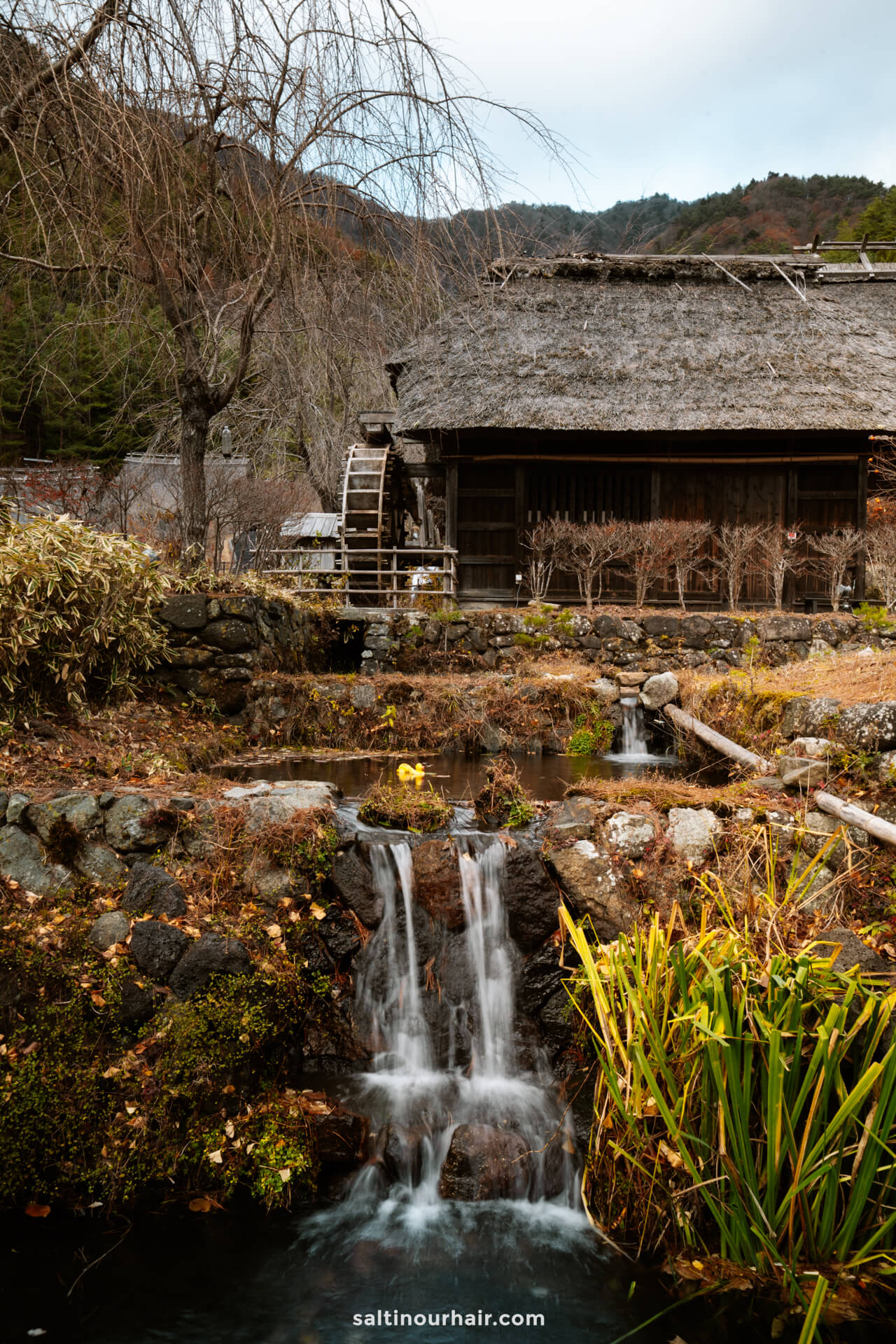
Spend some time wandering between the houses, which are now home to art galleries, souvenir shops, a history museum, and cafes. You can even book a class to do traditional crafts within the old homes, for example, pottery or incense making.
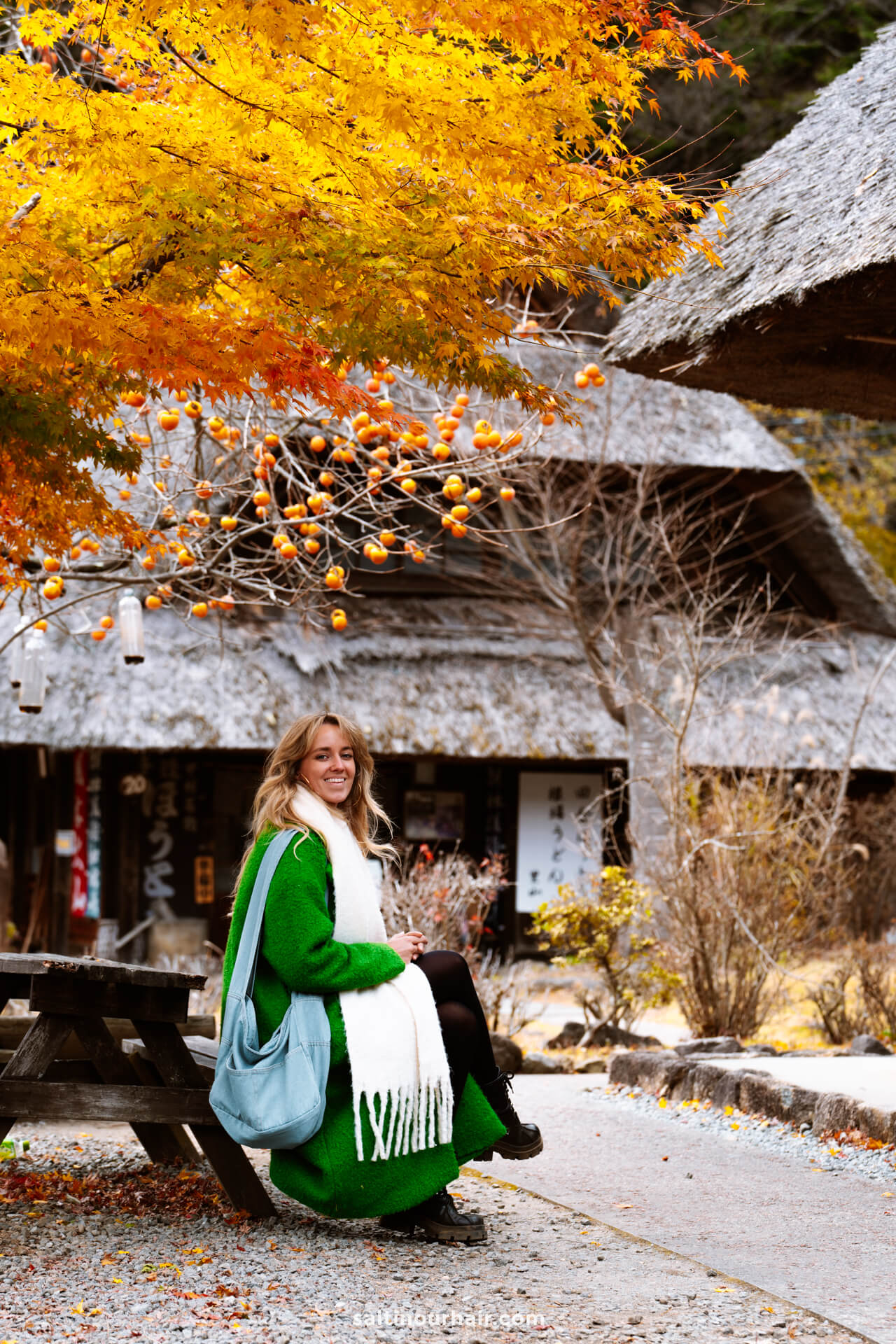
After a busy morning of activities, enjoy a yummy soba noodle lunch at this cafe within the park, and look out for Mount Fuji peeking behind the clouds in the background.
Opening Times and Entry Fee: 9 AM – 5 PM (last entry 4.30 PM). Tickets cost 500 yen (3.50 USD). Parking is always available as there’s a big parking lot on the edge of the village.

11. Momiji Tunnel
Although similarly named, Momiji Tunnel differs from Momiji Corridor (and it’s only a 6-minute drive away!). This is another popular spot in fall for photography as the beautiful warm colors provide a stunning backdrop to Lake Kawaguchi and Mount Fuji. Here is the exact location of Momiji Tunnel
Tip: Fall is the most spectacular time to visit Momiji Tunnel, particularly in the mornings when you’re more likely to get a clear view of the volcano.
We recommend to rent a car in Japan through Rentalcars.com with many rental locations and flexible cancellation. Book your rental car here .
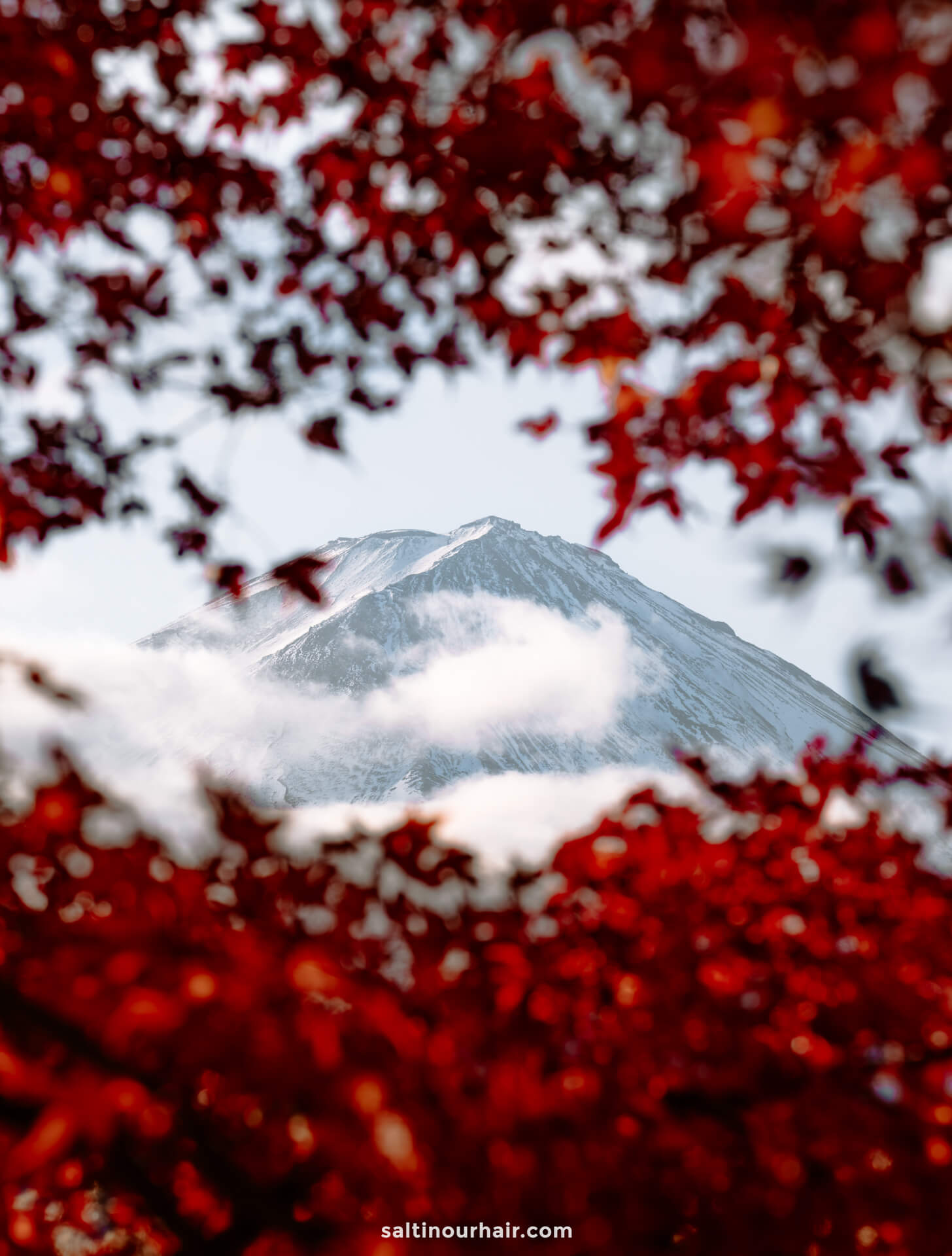
12. Climb Mount Fuji
One of the most popular things to do around Mount Fuji is to ascend the mountain itself! This hike is undertaken by thousands of keen hikers every year, and you don’t have to be experienced; plenty of beginner hikers make the journey with a guide.
The hike typically takes two days, with a night spent in one of the climber’s huts on the mountainside. In the morning, you’ll ascend to the summit in time for sunrise — magical!
Best time to climb Mount Fuji: The climb can only be done from July to mid-September. Please note that the trail is busiest during the holidays (mid-late August). Make sure to leave time to acclimatize to the altitude before your ascent.
Best Places to View Mount Fuji
There are plenty of unique places to get an incredible view of the sacred volcano. Some of the best places to view Mount Fuji are:
- Shimoyoshida – a shopping street that sits directly in the shadow of the volcano.
- Chureito Pagoda – iconic viewpoint with a bright red pagoda.
- Shiratio Falls – cascading waterfall curtain with Mount Fuji as the backdrop.
- Momiji Tunnel – stunning trees on the lakeside, best seen in fall.
- Lake Shoji – head for Tatego-Hama Beach for the best photo spot!
- Lake Yamanaka – where you’ll find many swans swimming in the lake.
Tip: Can’t make it to Mount Fuji? On a clear day, you might be lucky enough to see Mount Fuji from the Tokyo Skytree .
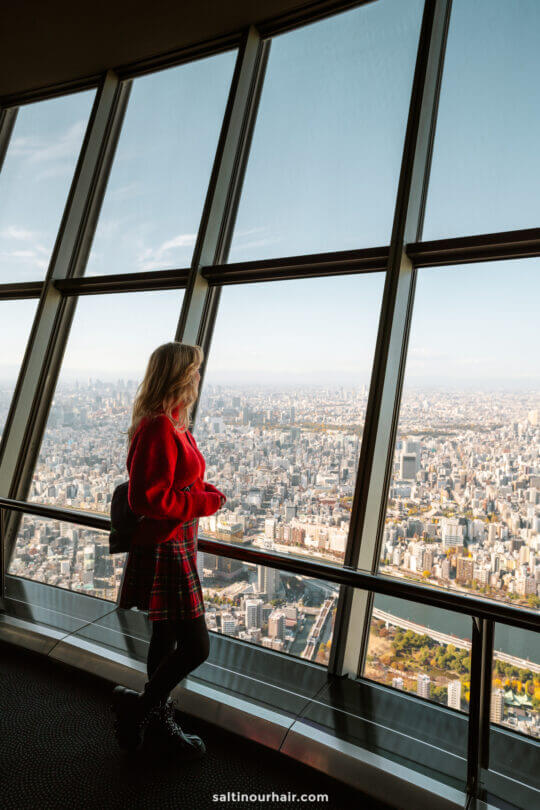
Best Restaurants & Cafes in Mount Fuji
As Mount Fuji is iconic to Japan, you’ll notice that the volcano has been used as inspiration for a multitude of foods. There’s no better place than Fuji to try the tasty replicas – from volcano-shaped bread to cookies, curries, and everything in between! Some of our favorite restaurants and cafes in the area are:
- The Park cafe
- Shaw’s Sushi Bar
- Hoto Tempura Wakana
- FabCafe Fuji
- Taverna La Cura
- Troisieme Marche
- Y’s Cafe’tta
- Natural Food Cafe Con Brio
- Hakone Sushi
Food Tip: Hotou noodles are the region’s specialty and a must-try while on your trip to Mount Fuji.
Make sure to bring your reusable water bottle with you; you can drink water from the taps in Japan! This is a good way to save money and travel plastic-free .
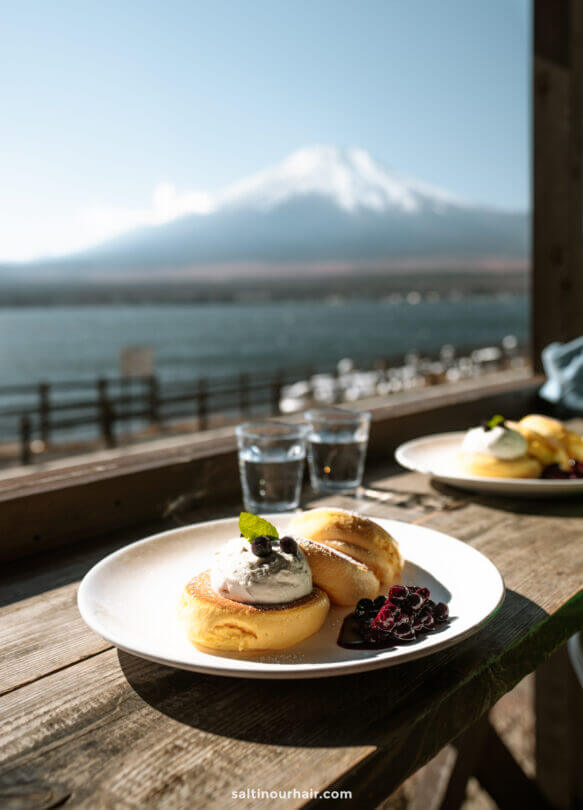
Where to Stay in Mount Fuji
We recommend staying in one of the traditional Onsen hotels in the area, allowing you to relax and immerse yourself in Japan’s thermal bath culture. We stayed at La Vista FujiKawaguchiko . However, anywhere around Kawaguchi Lake will put you at the center of all the best things to do at Mount Fuji.
Tip: Mount Fuji is one of the most popular areas in Japan. Because of this, it’s best to book your accommodation well in advance, as prices rise in high seasons, like spring and fall.
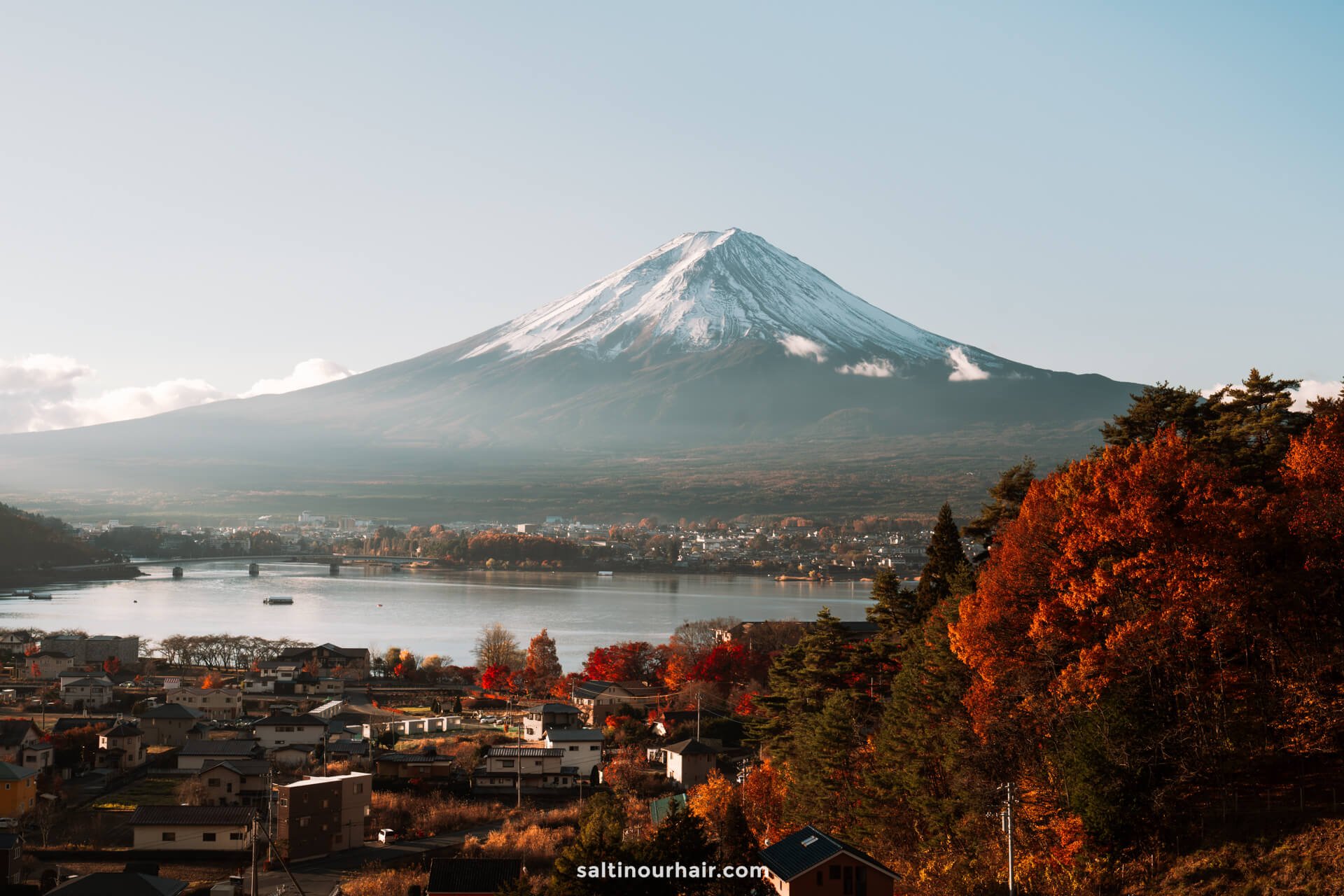
How Many Days in Fuji?
Many people visit Mount Fuji on a day trip from Tokyo, which is achievable and will still give you a glimpse into the area. However, 2 – 3 days would be best to enjoy the incredible natural atmosphere and see all the things to do around Mount Fuji.
Also read: Things to do in Kyoto, Japan
Mount Fuji Day Trip
A Mount Fuji day trip is possible from cities all over Japan. However, Tokyo is the closest and is, therefore, the best choice if you have limited time.
- Train: From Tokyo , it’s between 2-3 hours by train, depending on the type of train you take.
- Car: Alternatively, you can hire a car and self-guide around Fuji (driving time from Tokyo is approximately 2 hours).
- Tour: The most convenient way to do a Mount Fuji day trip is on an organized tour from Tokyo , which includes return transportation and any entrance fees.
See availability and tickets for a day tour to Fuji from Tokyo
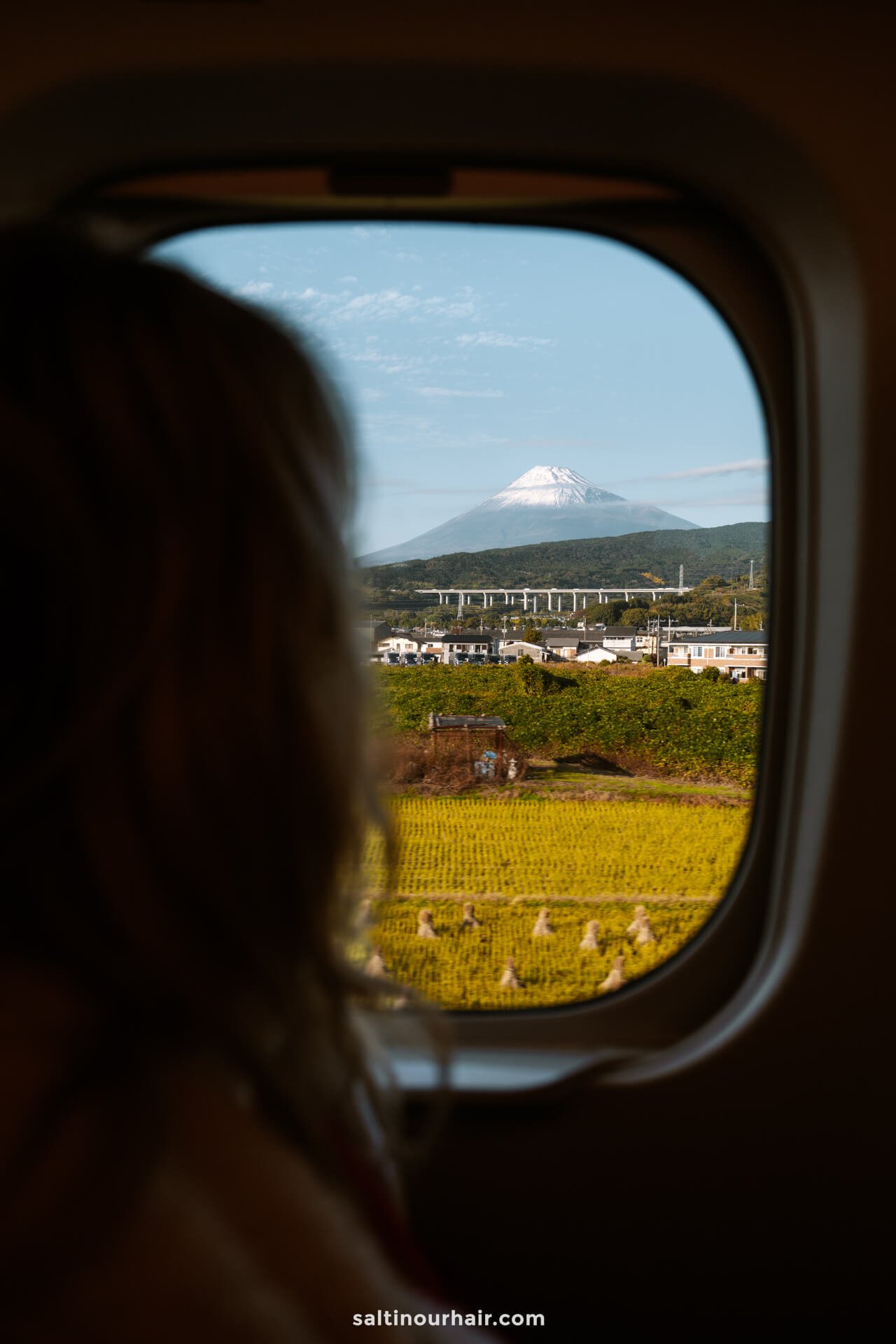
How to Visit Mount Fuji
The nearest airport to Mount Fuji is Tokyo Haneda or Narita. Narita is further away (60 KM east of Tokyo), so we recommend flying into Haneda and traveling to Fuji from there.
Fun fact: If you fly west from Tokyo Haneda airport, you might see Mt Fuji. We had a fantastic view of it while sitting on the plane’s right side.
From the airport or Tokyo, visiting Mount Fuji is possible in several ways:
Renting a car is an excellent way of discovering all the best things to do around Mount Fuji. Hire your vehicle from any city in Japan and drive towards the peak of Fuji in the distance. Not only will you get beautiful views on your journey, but driving on the roads in Japan is super easy; everything is very well organized, and the roads are in excellent condition.
- Tokyo: 2 hours
- Kyoto: 3.5 hours
- Osaka : 5 hours
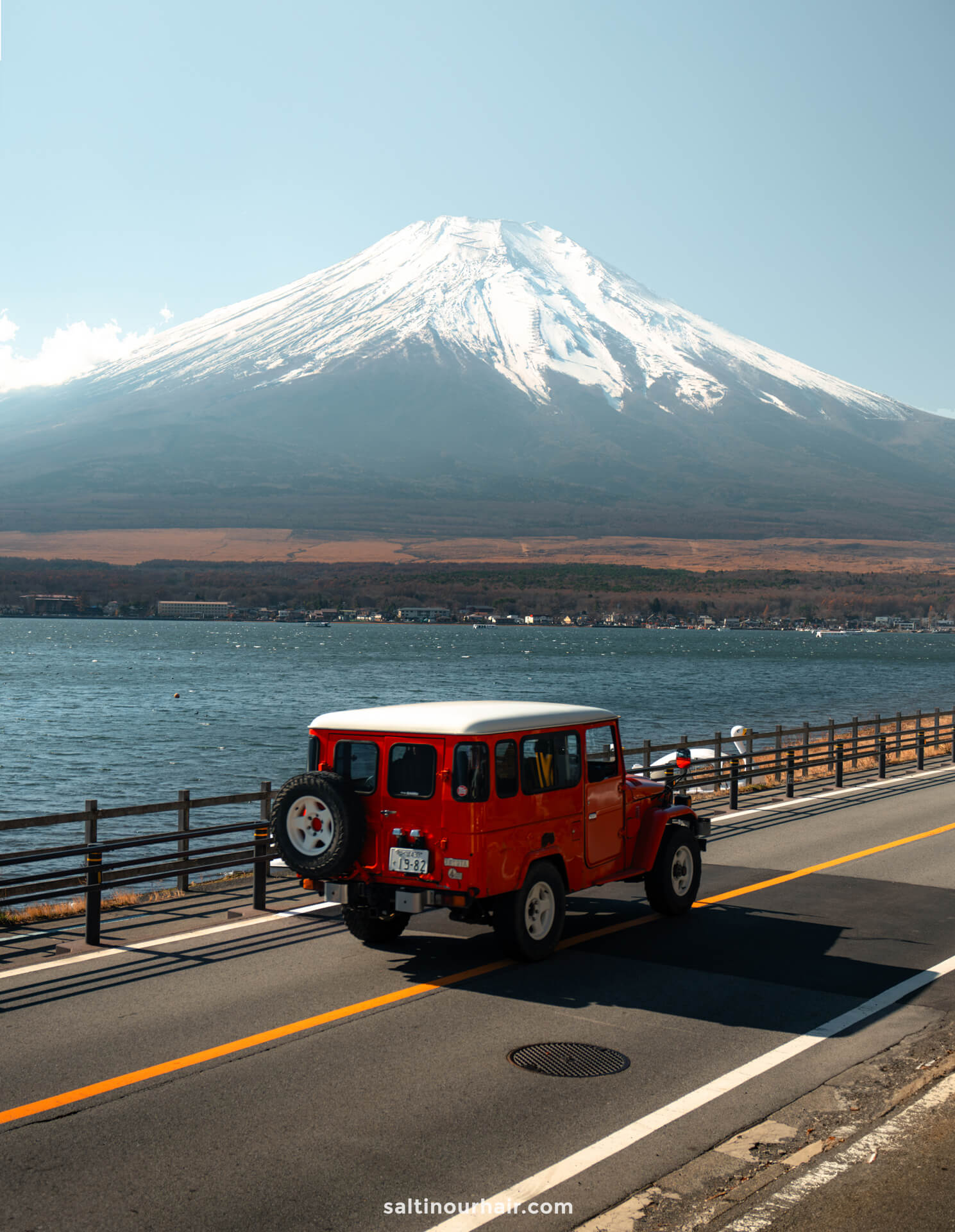
Taking the bus to Mount Fuji is the cheapest and most direct option. Many of the trains may require you to switch onto the bus for the final leg of your journey anyway.
Book your bus tickets to Fuji in advance
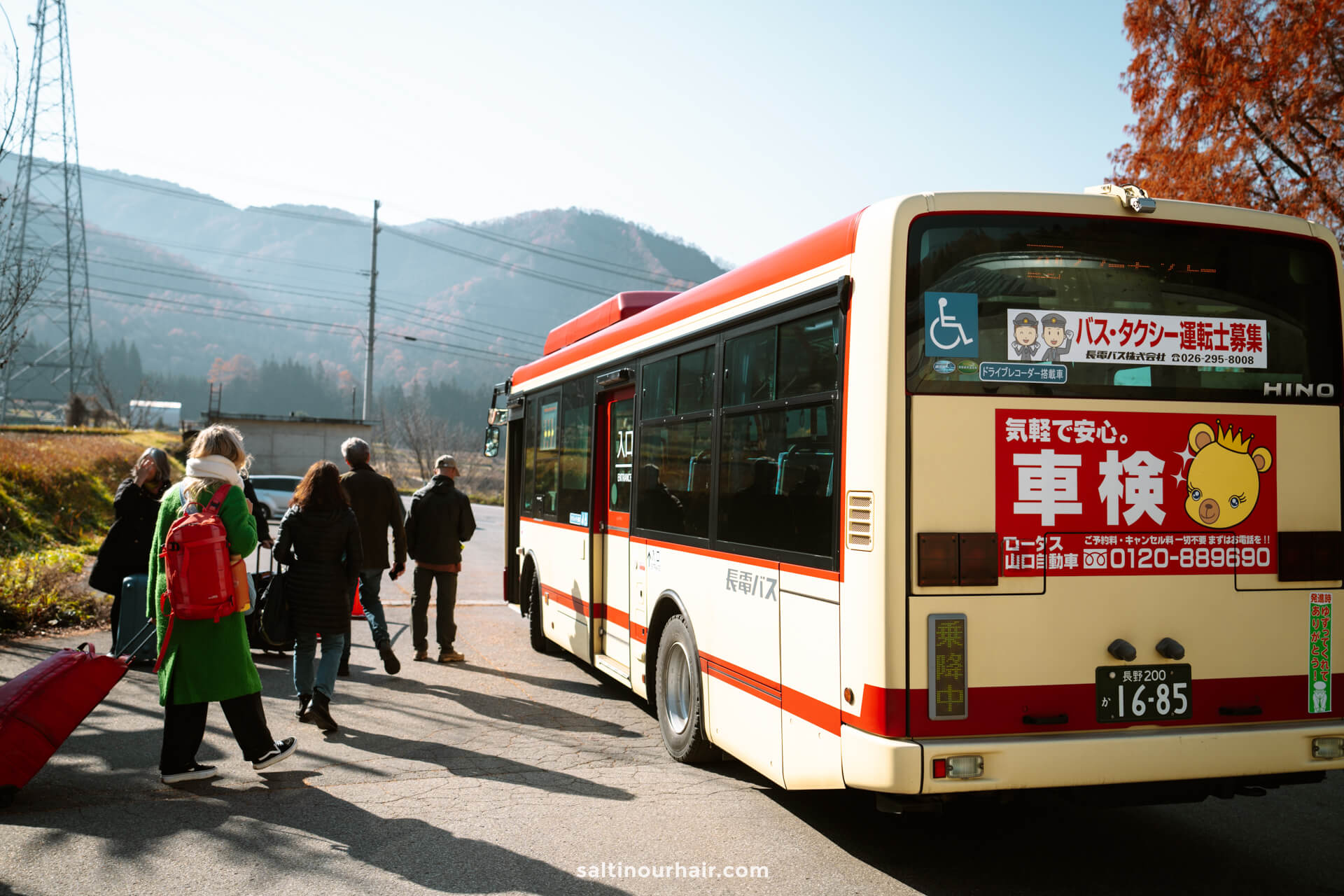
How to Visit Mount Fuji from Tokyo by Train
The train is a good option for reaching Mount Fuji from Tokyo, and you have a few options for your trip. Head for Shinjuku station in the city center and take one of the following train:
The Fuji Limited Express Train
This departs directly for Kawaguchiko every morning at 7.30 AM, 8.30 AM, and 9.30 AM. There is also an extra train at 9.02 AM on weekends. This is the priciest option.
Tip: Only four trains leave every morning, so book ahead to avoid disappointment.

Regular Train
A couple of regular trains leave from Shinjuku to Kawaguchiko. However, they are commuter trains, so they only leave Tokyo at night (departing Shinjuku at 6.22 PM and 7.19 PM).
Bullet Train (Shinkansen)
Option 1: Take the bullet train from Tokyo Station to Mishima (45 minutes). From here, you can jump on a bus to Kawaguchiko (1.5 hours). ( Book your train here )
Option 2: Take the bullet train from Tokyo Station to Odawara. From here, switch trains to Hakone-Itabashi.
What if I have a Japan Rail Pass?
Is the JR Pass worth it? ( Calculate it here ) The Japan Rail Pass gives you unlimited access to all public transport on the JR-line throughout Japan, so it’s a great option if you take the Shinkansen (bullet train) several times. It’s also multi-use for other trains, ferries, and buses throughout the country. JR has its own calculator for you to find out whether it’s worth it.
Buy your Japan Rail Pass in advance

Another great way to visit Mount Fuji is a multi-day tour, which generally includes accommodation, transportation, and entry fees. It’s also a great way to meet people and learn more about the area from a knowledgeable guide.
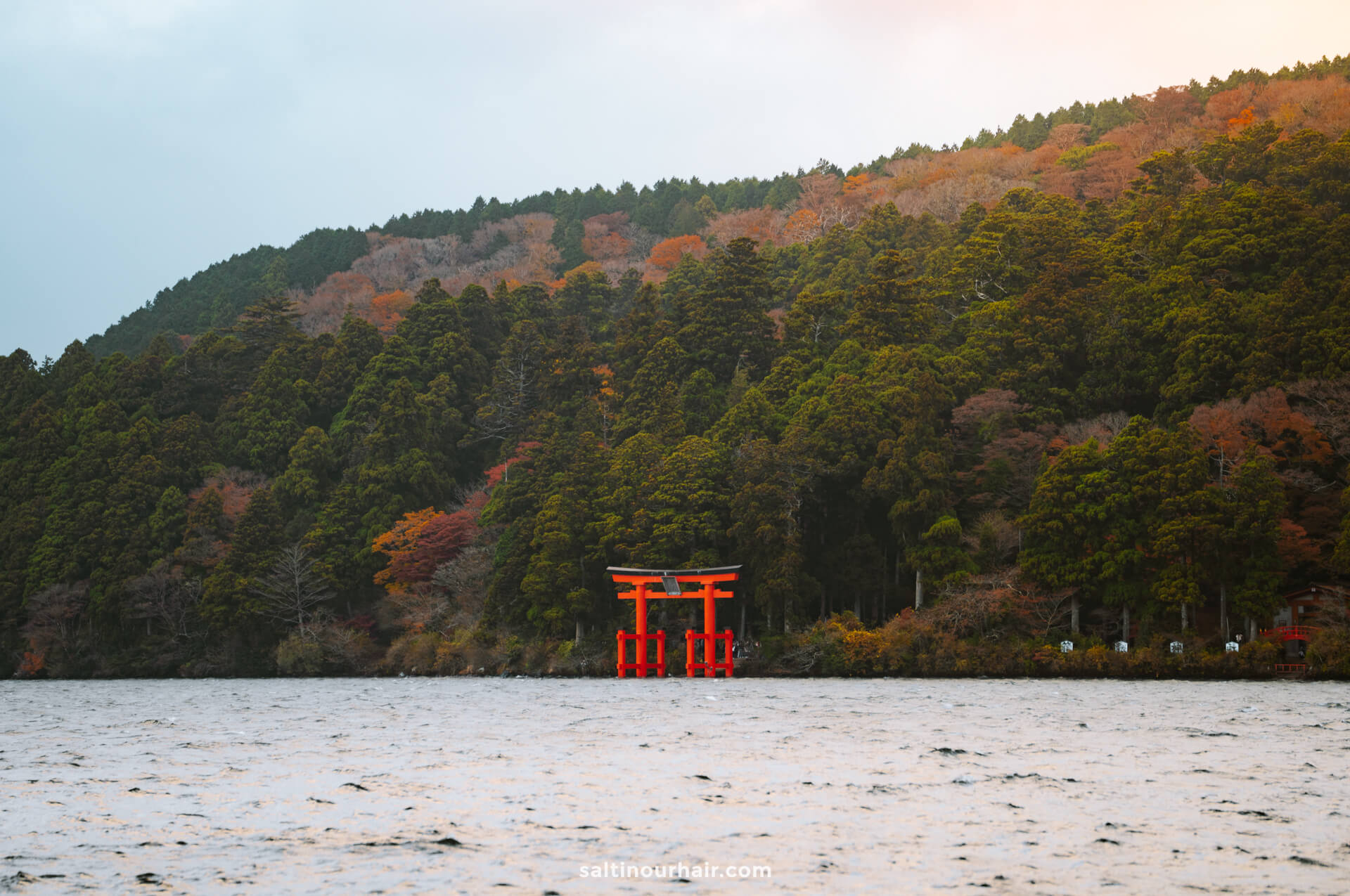
Getting Around
Once in the Fuji area, you can use the bus to reach most of the places we mention in this travel guide. We recommend using Google Maps for up-to-date routes and timetables.
You can also rent bicycles at many places. This is especially fun during the warmer months when you can enjoy the bike paths around the five main lakes. Please note that there aren’t bike paths everywhere, so you’ll spend most of your time riding on the roads.
See availability for a bike tour around Lake Kawaguchiko
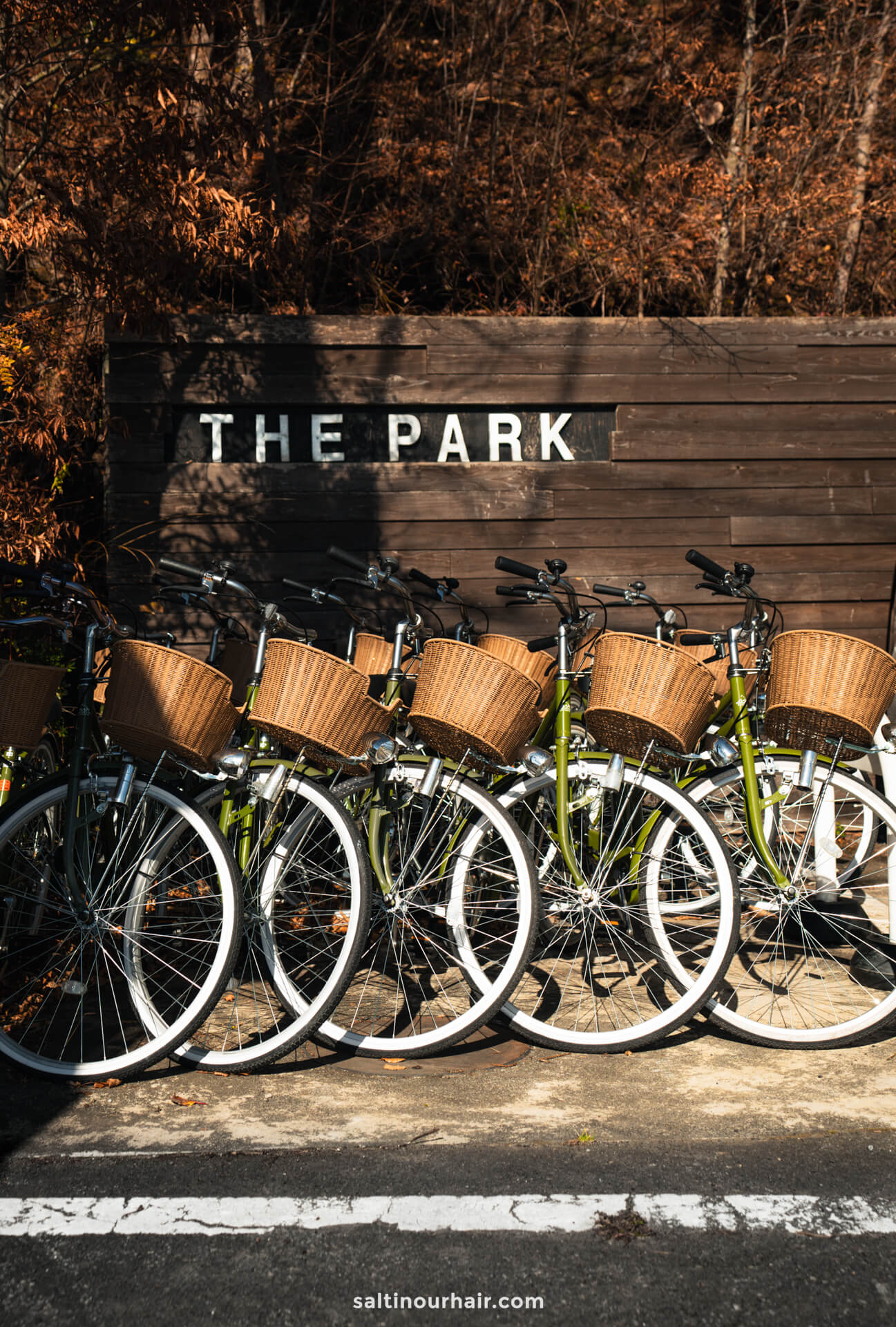
We rented a car for three days to visit all the main things to do at Mount Fuji. Driving around here was also very pleasant as the traffic isn’t crazy and is generally peaceful.
How Much Does Fuji Cost?
Like a lot of Japan, visiting the area around Mount Fuji can be expensive. In general, though, the entry fees for most sites are reasonable. The higher costs are for food, transport, and accommodation. We recommend booking your hotel far in advance, especially in high season.
Costs of Traveling in Mount Fuji
Travel on a budget in Mount Fuji, from $620 − $500 USD weekly per person, mid-range $1750 − $3400 USD, and high-end from $3120 − $4610 USD. However, costs depend on factors like accommodation, transportation, and activities. We did not include flights. Check flight prices here
- Hotels: $100 − $300 USD Check available hotels
- Hostels: $20 − $30 USD Check available hostels
- Transport: $5 − $30 USD Book public transport
- Car Rental: $50 − $150 USD Book a rental car
- Food: $50 − $150 USD
- Activities: $10 − $50 USD See tickets & tours
- Sim: $1 − $3 USD Get an eSIM or SIM here
- Travel Insurance: $2 − $6 USD Get Travel Insurance
Tip: It’s worth looking into a Mount Fuji tour as it can work out cheaper, depending on your travel wishes.
Best Time to Visit Fuji
Mount Fuji stands at a huge 3765 meters high! Because of this, in the warmer months, it’s often not visible due to cloud cover. We recommend visiting in the colder winter months from November – February, when you’ll find the clearest days.
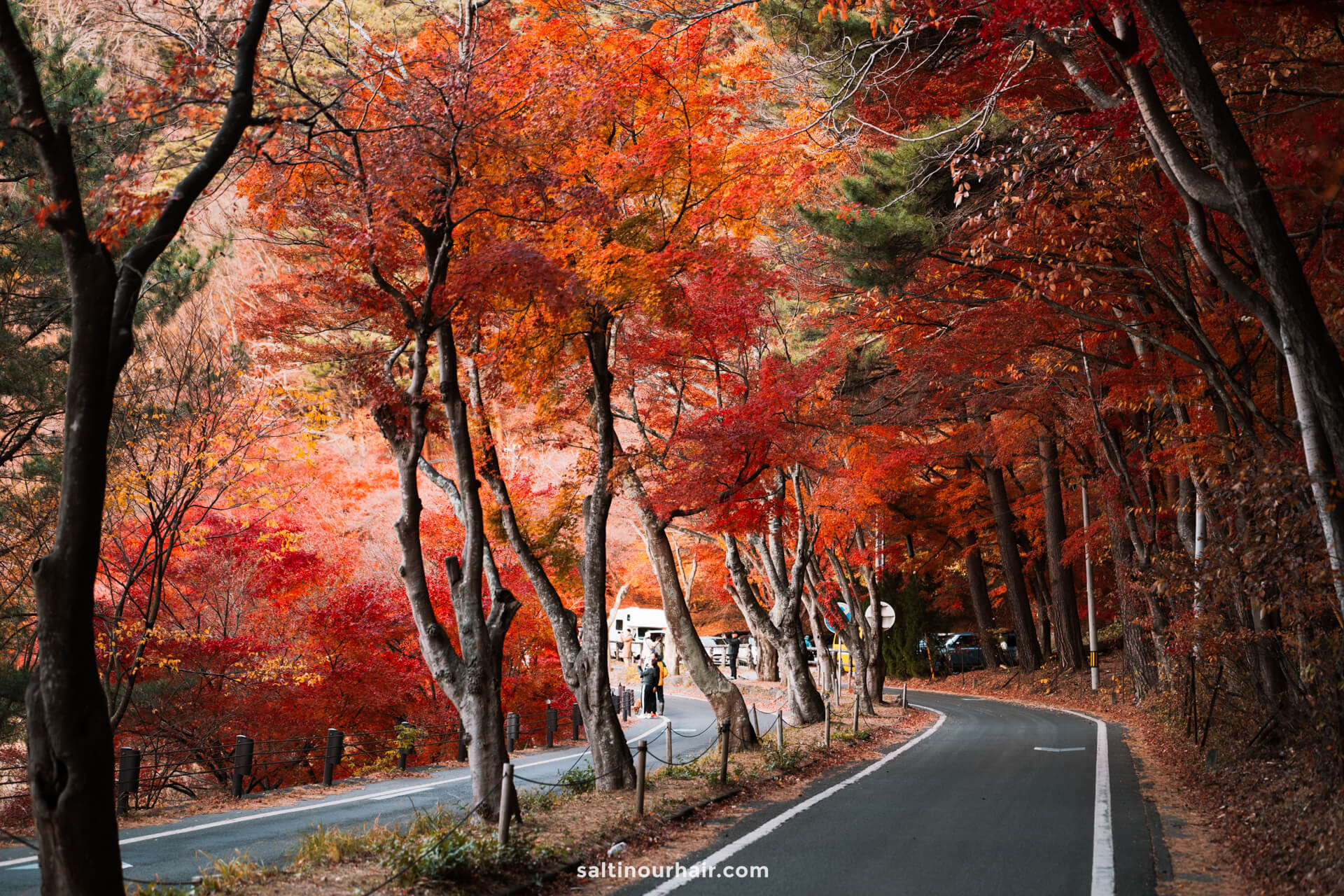
You can also get lucky with clear days in the Spring. Plus, you’ll also have pink moss at the base of Mount Fuji and cherry blossom trees covering the area in candy-pink hues.
Tip: Morning is the best time to see Mount Fuji, so wake up as early as possible to get the best view! Sunrise is an extraordinary time in this area; you won’t find anyone sleeping. Instead, everyone is outside, gathering around the lake to get their shot of the colorful sky.
Stay up to date with the Fuji forecast
By purchasing through our links, you support us at no additional cost. Thank you for your support. ♥️
- Find Hotels via Booking.com
- Find a Rental Car via Rentalcars.com
- Find Flights to Japan via Skyscanner
- Get a Travel Insurance via Heymondo
- Book Tours & Attractions via GetYourGuide
- Book a Bus/Train/Transfer via 12Go
Koyasan Temple Stay: Live with Buddhist Monks
Snow monkey park: japan’s hot spring oasis, 15 memorable things to do in osaka, japan.
Looking for more travel information? Plan a chat with us for personalised travel advice or get an answer from the Salt in our Hair Travel Community on Facebook.
Lots of details, must have taken you days and months to put them together in an enjoyable read. Many thanks for your superb work.
Your email address will not be published. Required fields are marked *
Notify me when new comments are added.
30 Things To Do Around Mount Fuji & Where To Stay
Standing 3776 metres in height, Fuji is Japan’s tallest and most iconic mountain. Lying around 2.5 hours from central Tokyo, Fuji attracts countless visitors each year. Many come to be simply catch sight of the mountain, spellbound its size and beauty, while many others come with the more energetic plan to climb it. An active volcano, Fuji has long been revered, feared, and held in awe by the Japanese people.
Without doubt the country’s most iconic and instantly recognisable natural feature, Fuji is much more than just a mountain or volcano. It holds huge spiritual and cultural importance for Japan and rising high above the surrounding plateau is a constant presence in the daily life of the country – in short, Fuji is something of a must-see, must-do destination when visiting Japan. On this page will find the following information:
— Where is Mount Fuji?
— 30 Things to Do Around Mount Fuji
— Where to Stay When Visiting Mount Fuji?
— How to Get to Mount Fuji
— Book With Us! Nagano’s No.1 Tour & Charter Operator
As Japan’s tallest mountain, Fuji acts as a beacon, calling you to leave the capital and begin your journey into Japan’s mountainous heartland, Central Japan. As such, this page contains tips and suggestions of places to visit and things to do immediately around the mountain, along with the many great attractions and activities on offer as you move deeper into the heart of Japan. Let’s begin with the obvious question…
WHERE IS MOUNT FUJI?
Mount Fuji straddles and dominates the border of Yamanashi and Shizuoka prefectures and part of Fuji-Hakone-Izu National Park. It sits approximately 100km to the south-west of Tokyo making it easily accessible from the capital as a day or overnight trip. Standing 3,776 metres tall, Fuji is visible at great distances including from the capital and many other areas. Considered one of Japan’s ‘Three Sacred Mountains’ – along with Mount Tate and Mount Haku – Fuji acts as a beacon calling visitors from Tokyo and to explore the mountainous heartland of Central Japan. For information on how to get there, see our ‘How To Get To Mount Fuji’ page .
30 THINGS TO DO AROUND MOUNT FUJI
As Japan’s most iconic and recognisable destination, Mount Fuji is something of a must-see, must-do for visitors. Many people come to climb the mountain while others just want to see it. Grand, imposing and strikingly beautiful, the mountain has an aura and presence which pervades not just the immediate area around it, but all of Japanese culture. Sitting around 2-hours outside of Tokyo, Fuji acts as a beacon to travellers, calling them to leave the capital and explore the mountainous heartland of Central Japan. As such, the following list of things to do starts on and around the mountain before moving away to nearby areas including Hakone and then deeper into our home region of Central Japan. We hope the following information inspires you visit Japan’s iconic mountain, starting with:
1 / CLIMB MOUNT FUJI / July to September
Fuji’s official climbing season runs from early-July until mid-September , during which time, all trails and mountain facilities are open. Weather is typically mild and this time and snow will be gone from the mountain. Visitors have the option of summitting Fuji via different trails including the Yoshida Trail – open from early-July until mid-September – along with the Subashiri, Gotemba and Fujinomiya Trails – open from mid-July until mid-September. Stations are positioned along each trail with most climbers choosing to walk from the 5 th station of their chosen trail. The Yoshida Trail is the most popular and as such, the Fuji Subaru Line 5 th Station on that trail is a very popular starting point for many visitors. From the 5 th station, it takes between 5 to 7 hours to ascend and 3 to 5 hours to descend.
Climbing Fuji is an extremely popular undertaking for both Japanese and international visitors. The more popular trails are likely to be congested as you join a column of many hundreds of people moving up the mountain. Mountain huts are available around the 7 th and 8 th stations however these book-out, so should wish to use one, make sure to reserve your spot well in advance.
It is also worth noting that Fuji stands at just under 4000 metres in height. As you ascend, the air is notably thinner. It will affect most people and can have serious health implications for some visitors. Even in summer, temperatures can be cold – potentially below 0°C – near the summit, so make sure you are well-prepared and suitably dressed. Finally, Mount Fuji is an active volcano and your personal safety should be your first priority . The Japan Meteorological Agency provides real-time advice and warnings for the entire country. Prior to visiting Fuji, we recommend checking the following website .
2 / ENJOY THE BEST VIEWS OF FUJI / all year round
Rising almost 4km above sea level, Mount Fuji is an unmissable sight. Equally imposing as it is beautiful, the mountain can be seen for great distances and from endless angles. Some of the most beautiful views of Fuji can occur from the most unexpected and mundane places – a convenience store car park or while driving or walking along a nameless suburban street.
Many visitors to the area want that classic photo of Fuji, set against a reflective lake or behind a tranquil temple. In that regard, these are three of the best locations from where to view and photograph Mount Fuji:
1 / Kawaguchiko : as one of the ‘Fuji Five Lakes’, the huge expanse and shoreline of Kawaguchiko offers outstanding views of Fuji – pictured above – see below for details.
2 / Chureito Pagoda : located nearby Shiomyoshida Station, Chureito Padoga is part of Arakura Sengen Shrine . To reach the pagoda, visitors must ascend a long and somewhat trying stone staircase of almost 400 stairs but in doing so, move above the town below and to a fantastic view of Fuji.
With the pagoda in the foreground, visitors can capture that quintessential photo of the mountain, which in spring and autumn is even more spectacular framed by the blossoms and coloured leaves.
3 / Oshino Hakkai : is a reconstructed traditional village centred around eight naturally occurring ponds, fed by the snowmelt each spring.
Bridges and paths lead between the ponds and past traditional thatch-roofed buildings – a beautiful setting from which to view Mount Fuji looming nearby.
3 / THE ‘FUJI FIVE LAKES’ (FUJIGOKO) / all year round
Sitting at the base of mountain, five bodies of water make-up what is collectively referred to as the ‘Fuji Five Lakes’ or ‘Fujigoko’. Ranging in size and character – with some lakes much more developed than others – visiting any of the five offers some of the best views of the mountain, amazing photography and lots of accommodation options. Of the five, Kawaguchiko or ‘Kawaguchi Lake’ is offers great views of Fuji and lots of accommodation options, while the other lakes of Saiko, Yamanakako, Shojiko and Motosuko all have their own character and reasons to visit as you explore the region. Kawaguchiko is also the easiest to access using public transport and offers the most attractions around its shores. On a fine day, the views of Fuji from Kawaguchiko are truly fantastic and based on that reputation, the area surrounding Kawaguchiko has been developed with hotels and guesthouses, restaurants and cafés, museums, shops, markets and more.
Kawaguchiko is worth visiting regardless of season with each of year framing the imposing mountain in different colours and light. Autumn in particular is spectacular as the leaves change colour and markets pop-up on the shore of the lake. Just make sure to keep any eye on the forecast and head there on a clear day, when the view is sure to be truly spectacular. For more information about staying around the lakes and other areas nearby the mountain, see our ‘Where To Stay Around Mount Fuji’ page .
4 / ITCHIKU KUBOTA ART MUSEUM / all year round
Located within easy walking distance of Kawaguchiko, the Itchiku Kubota Art Museum profiles the life and work of textile artist Itchiku Kubota . The museum consists of the main exhibition building, the Gaudi-esque ‘New Wing’ building, two cafes and a landscaped garden. During his lifetime, Itchiku Kubota (1917-2003) achieved only limited fame in Japan but was recognised and awarded in Europe for his mastery of the ‘Tsujigahana’ dying technique – an antiquated technique used during the Muromachi Period (1336-1573). Kubota revitalized and mastered the old technique and in doing so, produced stunning and elaborate kimono.
The main building – a pyramid-shaped timber structure – displays Kubota’s ‘Symphony of Light’, an exquisite series of kimono with further information and video presentations of this life and work. The museum also includes Kubota’s private collection of artworks including his collection of glassware and beads, from around the world.
5 / FUJI-Q HIGHLAND / all year round
Want to get the adrenaline pumping? Then you need to head to Fuji-Q Highland. Located in the shadow of Mount Fuji, F uji-Q Highland is one of Japan’s most popular amusement parks and home to its best rollercoasters. The park boasts four main rollercoasters: 1. Fujiyama – once the world’s fastest and tallest and still one of the best; 2. Dodonpa – said to have the fastest acceleration of any rollercoaster in the world; 3. Takabisha – the steepest rollercoaster in the world; and 4. Eejanaika – the park’s ‘4 th dimension’ rollercoaster, with rotating seats within the car.
The park includes other rides including those suited to children along with mazes and other attractions. For the younger kids, ‘Thomas Land’ is based on the popular Thomas the Tank series. Restaurants, gift shops and the Highland Resort Hotel and Spa are also available. Fuji-Q Highland draws devoted fans from all over the world so expect long queues for the rollercoasters, particularly on weekends and holidays.
6 / FUJIYOSHIDA SENGEN SHRINE / all year round
Fujiyoshia Sengen Shrine is one of many around Fuji dedicated to the Shinto goddess, Konohara-sakyua Hime. Translating as ‘Princess Blossom of the Trees’, the deity and this shrine have a strong association with the mountain. The shrine acts as the trailhead for the Yoshida Trail that ascends to the summit of Fuji and even if they won’t walk from there, many climbers enroute to climb Fuji stop at the shrine to pay their respects, invoke the spirit and ask for safe passage. Regardless of whether you will be climbing Fuji yourself, the shrine is well-worth a visit. Set back from the road and along an avenue of trees – typical of many Shinto shrines – the shrine is a solemn and beautiful destination.
A little further afield, let’s now explore Hakone … Lying to the southeast of Fuji, Hakone sits in the Fuji-Hakone-Izu National Park – a beautiful region known for its hot springs, forests, and beautiful views of the mountain. When heading to Hakone, there’s only one place to start – onsen!
7 / HOT SPRINGS OF HAKONE / all year round
Easily accessible from Toyo, Hakone is one of Japan’s most famous hot spring areas . Set amongst the beautiful landscape of the national park and often enjoying outstanding views of Mount Fuji, the numerous onsen of the region have long been visited by those seeking beauty and relaxation. There are numerous hotels and ‘ryokan’ (traditional guesthouses) in the area, catering to all tastes and budgets. Readily accessible from Tokyo, Hakone is well-established as a stop on the tourist trail. For accommodation listings around Hakone, please refer to our ‘Hakone Onsen Area’, hotel page .
8 / HAKONE OPEN-AIR MUSEUM / all year round
The Hakone Open-Air Museum mixes traditional indoor galleries and exhibition spaces with outdoor installation of many artworks. Set among the beautifully manicured museum grounds, and set against the lush backdrop of the surrounding forest, the museum marries the display of art with the environment in-keeping with the increasingly popular trend in Japan. Artworks from renowned artists including Picasso, Rodin and Medardo Rosso are among the large collection on display, with pieces by many other important artists included.
9 / OWAKUDANI / all year round
Accessible via the Hakone Ropeway, Owakudani is a dramatic volcanic zone , characterized by boiling hot springs, hot rivers and sulfurous clouds drifting through the valley. The area was formed around 3000 years ago when the Hakone volcano last erupted. Today, it draws many visitors who come to experience a landscape they will rarely have the chance to visit – and so close to major urban centres!
Walking trails lead around the volcanic zone with restaurants and souvenir shops also available. On a clear day, visitors can enjoy another fantastic view of Fuji from Owakudani.
10 / ASHINOKO (ASHI LAKE) / all year round
Accessible from Hakone using the Hakone Tozan Railway and then the Hakone Ropeway, ‘ Ashinoko’ or Ashi Lake is a popular destination known for its beautiful view of Fuji. When planning a visit to Ashinnoko it should be noted that if the weather is overcast or raining there may well be no view of the mountain. Yet on a clear day, the view is beautiful and allows for some terrific photography. Two companies operate sightseeing boats on the lake. Expect to pay around JPY1000 with cruises lasting a relatively short 30 minutes.
11 / HAKONE TOZAN RAILWAY / best: spring and autumn
Running from Hakone-Yumoto Station – in central Hakone – to Gora Station, the Hakone Tozan Railway is an enjoyable 35-minute ride on Japan’s oldest mountain train line . In doing so, the railway provides access to and from the Hakone Ropeway – ascending to Ashinoko via Owakudani. The railway is single track and in door to ascend the steep mountain incline, requires three switchbacks when the train pulls inside a side yard in order to switch tracks and continue onward.
Particularly beautiful in June and July when ‘ajisai’ (hydrangeas) line the tracks, and again in late-October to November when the stunning autumn leaves take hold, riding the Hakone Tozan Railway is a fun and relaxing experience.
12 / HAKONE ROPEWAY / all year round
Running from Sounzan Station to Togendai Station, the Hakone Ropeway connects visitors with some of Hakone’s most popular destinations including Owakudani, the Hakone Open-Air Museum and Ashinoko. To ride from the first to last station takes around 35-minutes and costs JPY1480. In between, passengers can disembark at either Owakudani Station or Ubako Station, from where walking trails span-out through the landscape. On a clear day, the ropeway allows for fantastic views of Fuji… but as the photo above shows, it is not guaranteed.
Now let’s go a little further yet and dive into Central Japan… Heading north from Mount Fuji, making use of the Chuo Main Line – using the Limited Express Azusa or Limited Express Kaiji services – visitors can continue their journey further into Central Japan including the following destinations and activities:
13 / SUNTORY HAKUSHU DISTILLERY / all year round
Sitting in the shadow of the South Japan Alps, the Suntory Hakushu Distillery produces some of Japan’s finest whisky and some of the most sought-after in the world. Established in 1973, the pristine water flowing from the mountains are ideal for producing whiskey and since its opening, Hakushu has won numerous international awards. The distillery is set within extensive and attractive grounds with multiple buildings including the distillery itself, a museum, large tasting and event hall and restaurant. Multiple daily tours of the distillery are available – including a tasting at the end – with a range of other options and personalised tours also available.
14 / MATSUMOTO / all year round
Heading further north, Matsumoto is a historic town and convenient hub from which to launch further into your exploration of Central Japan. Home of one of Japan’s last remaining original castles – a registered National Treasure – Matsumoto has a fascinating history and is home to lively arts and dining scene. Lying in the valley beneath the North Japan Alps, Matsumoto is ideally positioned to enjoy the rural surrounds of nearby Azumino including Daio Wasabi Farm and Hotaka Onsen-kyo , before heading high into the mountains toward the alpine oasis of Kamikochi.
15 Things to Do in Kamikochi & Where to Stay
Part of the larger Chubu Sangaku National Park, Kamikochi is a beautiful al…
Open to the public from mid-April until mid-November, Kamikochi is considered the jewel of the Chubu Sangaku National Park . Boasting some of Japan’s best hiking trails and mountaineering courses, exploring the North Alps and Chubu Sangaku National Park is best enjoyed from spring to autumn.
15 / KISO VALLEY / all year round
Known for its pristine beauty, typified by emerald-coloured rivers, lush forests, and quaint townships, Kiso Valley is quietly becoming a popular destination for many international visitors. Most famously, the ‘Kisoji’ section of the historic Nakasendo Trail runs through the area and is home to the best-preserved postal towns along the route including Narai, Magome and Tsumago.
Accessible all year round, walking the Nakasendo is most enjoyable in spring and autumn. It can also be walk in summer and winter but be prepared for heat in humidity in summer, followed by deep cold and snow in winter. While in the area, make sure to explore the Kiso Ontake Mountain Range including Japan’s second tallest volcano behind Fuji, Mount Ontake. An area of rare natural beauty, verdant forests are criss-crossed by walking trails leading to gushing waterfalls and emerald reasons. For accommodation listings around Kiso, please refer to our ‘Kiso-Fukushima Area’, hotel page .
16 / HISTORIC OLD TOWN OF TAKAYAMA / all year round
Famous for the excellent preservation of its Edo Period (1603-1868) historic centre , Takayama is a popular destination in the heart of the region. Takayama is equally well-known for its food culture including Hida beef – considered some of the best in Japan – and its famous beef sushi, Takayama ramen and more! For foodies, Takayama is a real treat. If you have your eye on a particular restaurant, make sure to book in advance! Try to avoid the middle of the day – between 11:00 and 15:00 – when large tour buses arrive and crowd the small historic area with tourists. For accommodation listings around Takayama, please refer to our ‘Takayama City Area’, hotel page .
17 / SHIRAKAWA-GO & GOKAYAMA / all year round
15 Things to Do in Shirakawa-go & Where To Stay
The villages making-up Shirakawa-go and Gokyama rank among some of the most…
Easily accessible via Takayama, the villages of Shirakawa-go and Gokayama were inscribed on the World Heritage list in 1995 . Actually consisting of three villages, they are known for this distinctive ‘gassho-style’ thatch-roofed houses set in a beautiful alpine setting of rice fields and high mountains above. World Heritage-listing has ensured that the villages are hugely popular with both domestic and international tourists but don’t let that put you off. The villages are well-worth visiting and walking away for the central area of the main village of Ogimachi, will quickly have you unencumbered by other visitors. If you really want to avoid the crowds, consider heading to the other villages of Suganuma and Ainokura. Much smaller than Ogimachi they are also far less visited and offer a peaceful experience of these important rural hamlets.
18 / TATEYAMA-KUROBE ALPINE ROUTE & TOYAMA / all year round
A stop on the Hokuriku Shinkansen Line – running from Tokyo to Kanazawa – Toyama is another convenient hub from which to explore the north areas of Central Japan. From Toyama, the Toyama Chiho Railway provides access to the Tateyama-Kurobe Alpine Route and its iconic Snow Walls. Open from mid-April until late-November, the Snow Walls of Tateyama-Kurobe are at their best – up to 20 metres in height! – from opening until early-June, before the melting snow reveals a lush alpine landscape and fantastic hiking trails.
19 / KANAZAWA / all year round
30 Things to Do Around Kanazawa & Where to Stay
As the terminus of the Hokuriku Shinkansen Line from Tokyo and Thunderbird …
Nearby Toyama, Kanazawa is the northern terminus of both the Hokuriku Shinkansen Line – running southeast to Tokyo via Nagano City – and Limited Express Thunderbird – running southwest to Kyoto and Osaka. Kanazawa is a beautiful historic town, famous for its many attractions including Kenrokuen Garden , Kanazawa Castle Park , the Nagamachi Samurai District and many other sites, museums and galleries. Located nearby the Sea of Japan, Kanazawa is home to one of Japan’s best seafood markets – the Omicho Fish Market – and fantastic cuisine in its many restaurants. For further tips and suggestions, please refer to our ‘25 Things To Do In & Around Kanazawa’ page .
20 / NAGANO CITY AREA / all year round
Another stop on the Hokuriku Shinkansen Line, Nagano City is most famous as host of the 1998 Winter Olympics . As such, it is the ideal launching point from where to access many of the Nagano’s many ski resorts – around 80 in total – while also exploring nearby attractions including the city’s near-1400 year old Zenkoji Temple .
From Nagano Station, visitors can also head to nearby Togakushi, home to some of Japan’s most important Shinto Shrines and Togakure ninjas, or for the samurai-fans, historic Matsushiro. For accommodation listings around Nagano, please refer to our ‘Nagano City Area’, hotel page .
21 / YAMANOUCHI TOWN & THE SNOW MONKEYS / all year round
Taking the Nagano Dentetsu Line from Nagano Station, visitors can head to Yamanouchi Town – home to the world-famous Jigokudani Monkey Park . At its most popular through the snow of winter, the park is in fact open all year round. The monkeys – known for their hot spring-bathing antics – come to the park all year round with each season offering its own reasons to visit. Known fondly as ‘snow monkeys’, they are in fact there all year round with spring, summer and autumn each providing their own reasons to visit to the park.
When visiting the park, staying in nearby Yudanaka and Shibu Onsen is a great way to enjoy the region’s many hot springs and traditional guesthouses, while a little further along the mountain road to Japan’s largest ski resort and fourth largest national park…
22 / SHIGA KOGEN SKI RESORT & JOSHINETSU KOGEN NATIONAL PARK / all year round
Located a short distance from the Jigokdani Monkey Park, Shiga Kogen is Japan’s largest and highest ski resort . The resort is comprised of 18 ski areas – some large, some small – spread over more than 600 hectares of terrain and offering more than 80km of ski runs. Boasting the longest season in Nagano and most reliable snow, Shiga Kogen is notably larger than any other resort and blessed with excellent powder. Just ask the locals, Shiga is the place to go! Part of the broader Joshinetsu Kogen National Park – the fourth largest national park in the country – this is an ideal destination for visitors seeking some of Asia’s best snow and beautiful natural landscapes.
23 / HAKUBA / all year round
An hour from Nagano Station, Hakuba is home to Nagano’s most popular and international ski resorts . Having hosted multiple events during the 1998 Winter Olympics, Hakuba came to the attention of the world and now draws huge numbers every year, wanting to experience its fabled powder, excellent terrain and vibrant nightlife – spread across many resorts. Best known for its winter, Hakuba is now establishing itself as a mecca for green season sports enthusiasts. After all, those mountains are just as big in summer and are home to some of Japan’s best hiking and mountaineering trails. For tips and suggestions all year round, please refer to our ‘25 Things to Do In & Around Hakuba’ page .
24 / ADVENTURE TRAVEL IN CENTRAL JAPAN! / all year round
Boasting the majority of Japan’s tallest mountains and the most ski resorts in the country, along with pristine forests, rivers, lakes and multiple national parks, Central Japan is without question a true adventure travel hot-spot. From world-class skiing and snowboarding to outstanding hiking and mountaineering, rafting, wildlife experiences and more, Japan has loads to offer when it comes to adventure travel including experiences that straddle and blur the line between adventure, culture and spirituality in uniquely Japanese ways. For more information, see our ‘Japan Adventure Travel’ page .
25 / NOZAWA ONSEN / all year round
Easily accessible from Nagano Station or Iiyama Station, Nozawa Onsen is one of Nagano’s most popular resorts – offering skiers and boarders around 300 hectares of train between 565 and 1650 metres. Also known for its great powder and setup for snowboarders, Nozawa is a lively resort serviced by a large village full of accommodation, restaurants and bars and ‘onsen’ (hot springs), Nozawa’s reputation is as much based on what happens off the mountain. For tips and suggestions all year round, please refer to our ‘25 Things to Do In & Around Nozawa’ page .
26 / ANY OF JAPAN’S SKI RESORTS Ski Resorts / winter
Want to know more about ski resorts in Nagano? Our ‘Japan Ski Resorts’ page has everything you need to know to plan, book and get the most out of your winter to getaway or jump straight to our ’30 Best Ski Resorts in Japan’ page for tips and suggestions of the resort that suits you best!
27 / KARUIZAWA & KUSATSU ONSEN / all year round
Another convenient stop on the Hokuriku Shinkansen Line – only 30 minutes from Nagano Station – Karuizawa is a picturesque mountain resort town. Home to great restaurants and shopping, hot springs, natural sites and a small ski resort, Karuizawa is popular for lots of reasons. For tips, suggestions and reasons you should visit Karuizawa, please see our ‘25 Things to Do In & Around Karuizawa’ page .
Nearby Karuizawa, Kusatsu Onsen is one of Japan’s most famous hot spring towns. Fed by the volcanic waters of Mount Shirane , the town is instantly recognisable to most Japanese due to its iconic ‘yubatake’ or ‘Hot Water Field’, that cools the thermal water before feeding it into the town’s many onsen guesthouses. For further suggestions and reasons to visit Kusatsu, please refer to our ‘25 Things To Do In & Around Kusatsu Onsen’ page .
28 / ONSEN IN & AROUND NAGANO / all year round
Home to countless natural hot springs, enjoying an ‘onsen’ while in Central Japan really is a must-do activity! In the cold months of winter and cooler months of autumn, dipping into a thermal bath feels fantastic whereas in the warmer months of spring and summer, the initial heat of onsen leads your body to cool itself – a truly pleasurable feeling. Spread throughout the region, the historic onsen towns have numerous ‘ryokan’ (traditional guesthouses) with their own in-house onsen. Our ‘Onsen In & Around Nagano’ page introduces everything you need to know about using an onsen, the benefits and where to find them.
29 / CHERRY BLOSSOMS OF NAGANO / spring only
Blooming every spring, the cherry blossoms of Central Japan transform the atmosphere and character of the region and banish all thoughts of winter. Known as ‘sakura’ in Japan, the blossoms are viewed as symbolic of the fleeting beauty and fragility of life itself and Japanese look forward to ‘hanami’ (flower-viewing) each spring.
Given Central Japan’s higher altitude and cooler climate, the blossoms bloom later than in Tokyo with many varieties of wild cherry trees spread throughout the mountains. Our ‘Cherry Blossoms’ page introduces everything you need to know about the importance of the flowers and where to find them in Nagano.
30 / AUTUMN LEAVES OF NAGANO / autumn only
As though book-ending the blossoms of spring, the changing leaves of autumn are just as spectacular – a stunning display that transforms the landscape a rich mix of red, gold, amber and brown. Though areas of higher altitudes are likely to enjoy the changing colours of autumn as early as September, most areas in Nagano welcome their koyo season between early-October and mid-November. For information of where to go and how to plan your visit to see the leaves, please refer to our ‘Autumn Leaves in Nagano’ page .
WHERE TO STAY WHEN VISITING MOUNT FUJI?
Deciding on the best place to stay when visiting Fuji depends on whether you are intending to climb it, simply want to see it, the type of accommodation you want and how you will get there. For most international visitors, staying in and around one of the ‘Fuji Five Lakes’ or nearby Mt Fuji Station area is the best option. You will find the largest range of accommodation in this area, great views of the mountain while putting you in close proximity of the trailheads, for visitors who intend to climb the mountain. Further afield, the onsen area of Hakone is another recommended area for visitors wanting some great views of Fuji while not necessarily intending to visit the mountain itself. Our ‘Where To Stay Around Mount Fuji’ page has everything you need including links to accommodation listings to plan and book your trip to Japan’s most famous mountain.
HOW TO GET TO MOUNT FUJI
Visitors heading to Fuji can make the journey using public transport, their own car or arrange a tour or charter. For information on how to reach the famous mountain, see our ‘How To Get To Mount Fuji’ page .
BOOK WITH US! NAGANO’S NO.1 TOUR & CHARTER OPERATOR
Central Japan offers many, many reasons to visit. Operating all year round, we are Nagano’s No.1-rated tour and charter operator , offering a range of services including group tours, private tours and charters. We can arrange transport including a private vehicle and driver, to transport you to, from and between any destination in Central Japan.
Our drivers and vehicles are fully certified , allowing us to transport you to and from your preferred destinations in combination with any activity that suits your schedule. All vehicles are fitted with a protective screen – separating the driver from passenger and luggage area – and our drivers wear protective masks , allowing you to move between your destinations in comfort and safety.
We can arrange both private tours with an English-speaking guide or a private charter, including a private vehicle and driver but without a guide. We’d love to be part of your adventure in Central Japan and help you discover even more!
Why choose us?
Awarded a 2022 TripAdvisor Travelers’ Choice Award for our 1-Day Snow Monkeys, Zenko-ji Temple & Sake Tour – recognised as one of the Top 10 Experiences in Japan – we have the local knowledge and experience to help you get the most out of your time in Nagano.
Got a question about visiting Central Japan? Contact us and let’s get planning together!
Mount Fuji & Hakone
How To Get To Mount Fuji
How to Get to Hakone
15 Things to Do Around Hakone & Where to Stay
Where To Stay Around Mount Fuji?
Best Places to Stay in Hakone
Best Views of Mount Fuji
Climbing Mount Fuji
Kawaguchiko (Kawaguchi Lake)
Chureito Pagoda
Oshino Hakkai
Fujiyoshida Sengen Shrine
Fuji Subaru Line 5th Station
Itchiku Kubota Art Museum
Fuji-Q Highland
Hot Springs of Hakone
Hakone Tozan Railway
Hakone Ropeway
Hakone Komagatake Ropeway
Hakone Open-Air Museum
POLA Museum of Art
Okada Museum of Art
Ashinoko (Ashi Lake)
Hakone Shrine
Hakone Tokaido Checkpoint
Hakone Venetian Glass Museum
Suntory Hakushu Distillery
MOA Museum of Art
Kawaguchi Lake (Kawaguchiko) Onsen Area
Sai Lake (Saiko) Area
Shoji Lake (Shojiko) Area
Motosu Lake (Motosuko) Area
Yamanaka Lake (Yamanakako) Area
Mt Fuji (Fujisan) Station Area
Gotemba Station Area
Shin-Fuji Station Area
Hakone Onsen: Hakone-Yumoto Station Area
Hakone Onsen: Gora Station Area
Hakone Onsen: Ashinoko (Ashi Lake) Area
Hakone Onsen: Sengokuhara Area
#TRAVELTOMORROW: Japan Set to Lower Travel Advisories for Certain Countries
#SNOWMONKEYRESORTSLOCAL: Nagano in Autumn – ‘Koyo’ Season Will Soon Be Here!
#SNOWMONKEYRESORTSLOCAL: ‘Go To Travel’ Extended to Tokyo as of October 1st 2020
#SNOWMONKEYRESORTSLOCAL: What is Japan’s ‘Go To Travel’ Campaign?
Explore Central Japan – Using the Tokaido Shinkansen to Reach Nagoya & Beyond!
FIND A HOTEL
- Destinations
- Travel Tips
- Travel With Us
- Paid Travel Internship
- TTIFridays (Community Events)
- SG Travel Insider (Telegram Grp)

9 Best Mt Fuji Viewing Spots — Must-visits and Lesser Known Guide to the Best Photo Spots
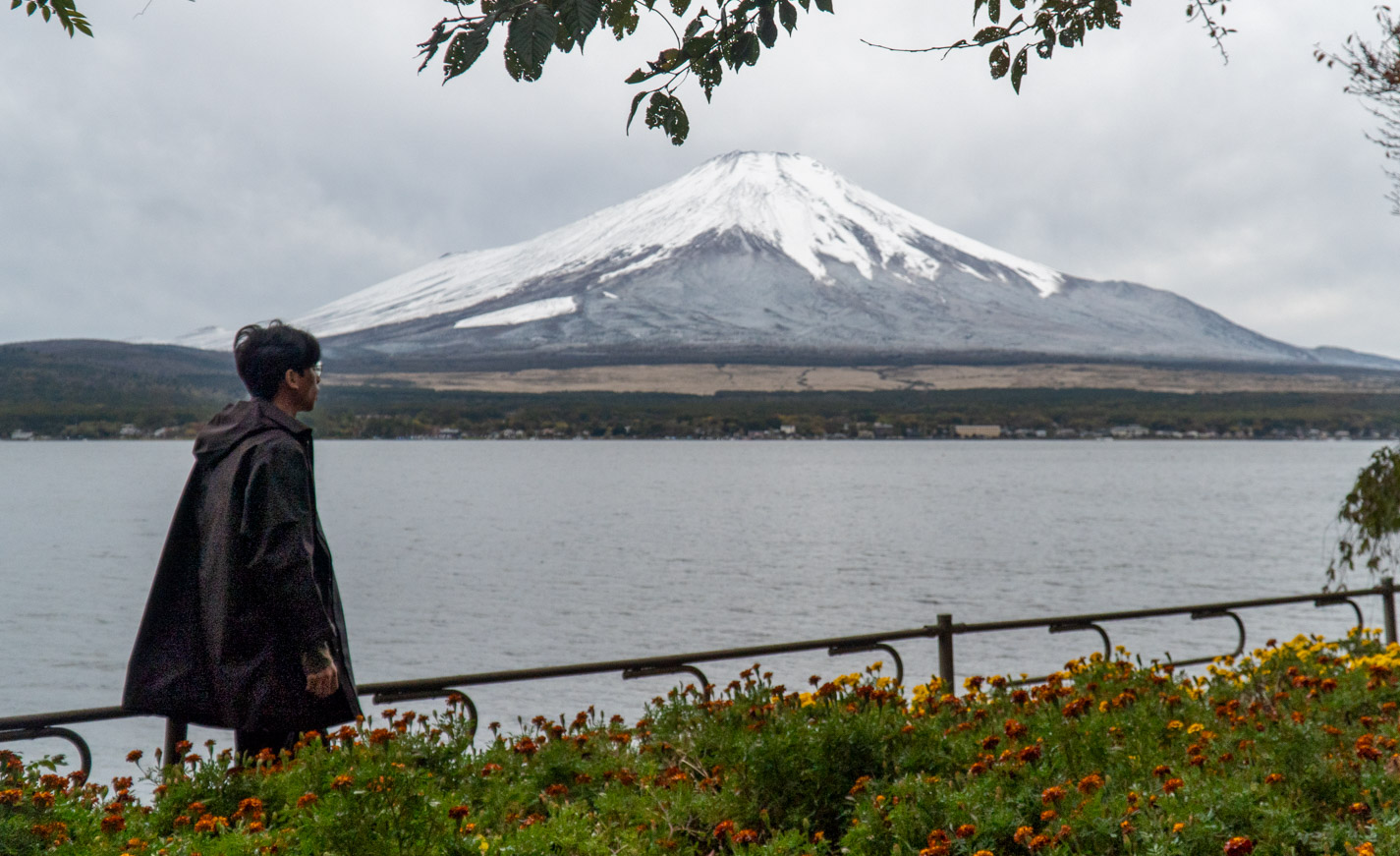
There’s more than just the Fuji Five Lakes for IG-worthy Mt Fuji viewing spots.
Mt Fuji is no doubt the most iconic mountain in Japan — both tourists and locals alike will make the trip down to see it at least once in their life.
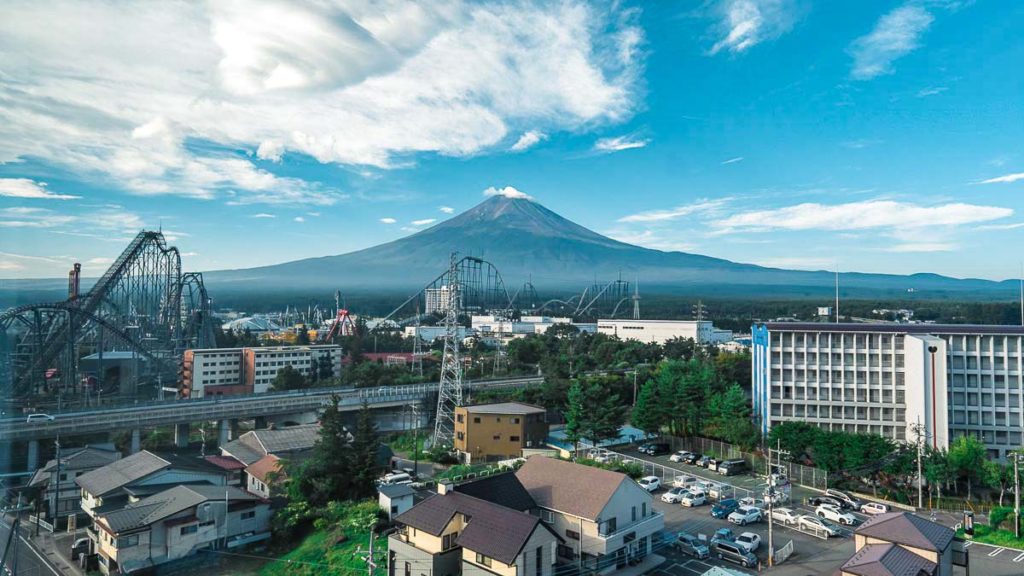
It also holds a reputation for being elusive thanks to the unpredictable weather — it took me two attempts to finally see her in the flesh but it was so worth it. Mt Fuji literally looks photoshopped in real life, with the pristine snow cap and perfectly conical shape.
If you plan on visiting one of the most photogenic mountains in the world, here are some must-visit Mt Fuji viewing spots you have to drop by.
*Pro-tip : Check the 24/7 Mt Fuji live stream in advance as the weather can be unpredictable.
Click any of the links below to jump straight in:
1) Honcho Street 2) Arakura Fuji Sengen Jinja Shrine 3) Lake Yamanaka 4) Fuji View Hotel 5) Fuji-Q Highland 6) Hotokura Funari Kawaguchiko 7) Obuchi Sasaba Tea Plantation 8) Mishima Skywalk 9) Tenku no torii
1) Honcho Street
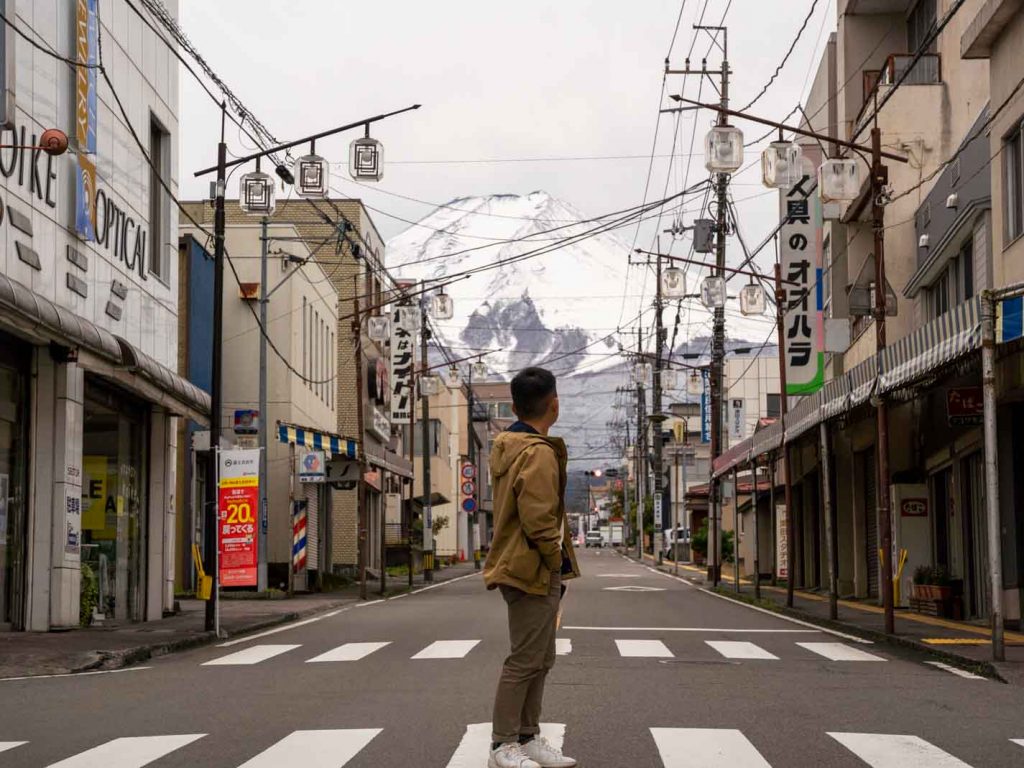
Honcho street went viral on TikTok thanks to the incredible view of Mt Fuji peeking from a shopping street. The telephone wires add an extra dose of 1980s Japanese small-town nostalgia so we had to drop by for an Insta-shoot.
Finding the location was a challenge as the street does not come up on Google Maps, so we recommend looking for Koike Optical building’s address instead!
*Note: Don’t obstruct traffic when taking pictures as there are cars passing through.
Address: 3-chōme-12 Shimoyoshida, Fujiyoshida, Yamanashi 403-0004, Japan
2) Arakura Fuji Sengen Jinja Shrine
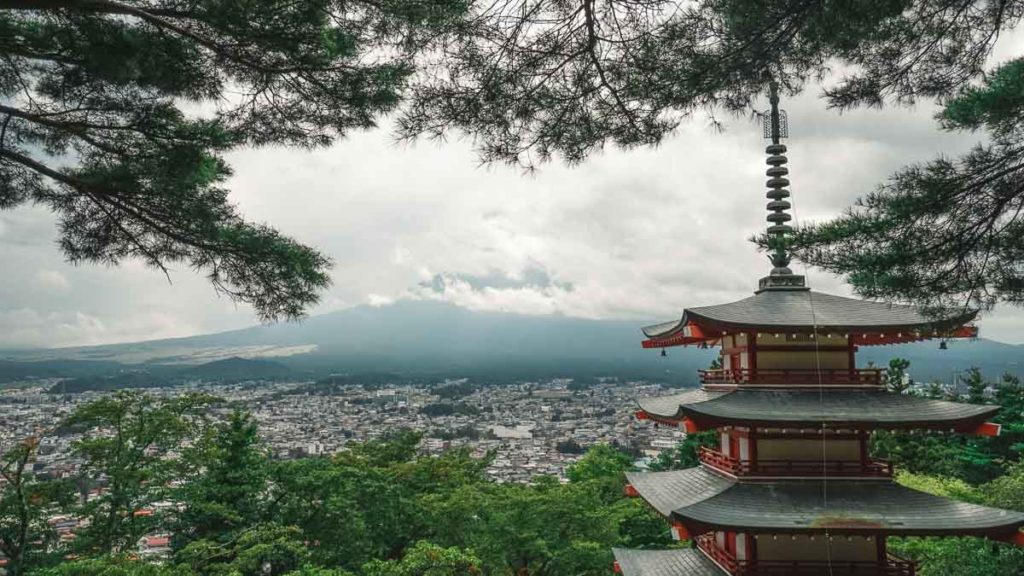
The name Arakura Fuji Sengen Jinja Shrine might not ring a bell, but you’ve probably seen a picture of it when Googling “Japan”.
It’s a 15-minute climb to the viewing deck, where you’ll find a postcard-perfect view of Mt Fuji and the iconic red Chureito Pagoda in Fujiyoshida. The spot is particularly popular during spring in mid-April, as the mountain will be framed by cherry blossom trees!
Entrance fee: Free Opening hours: 9AM – 4PM Address: 2-chome-4-1 Asama, Fujiyoshida, Yamanashi 403-0031, Japan
3) Lake Yamanaka
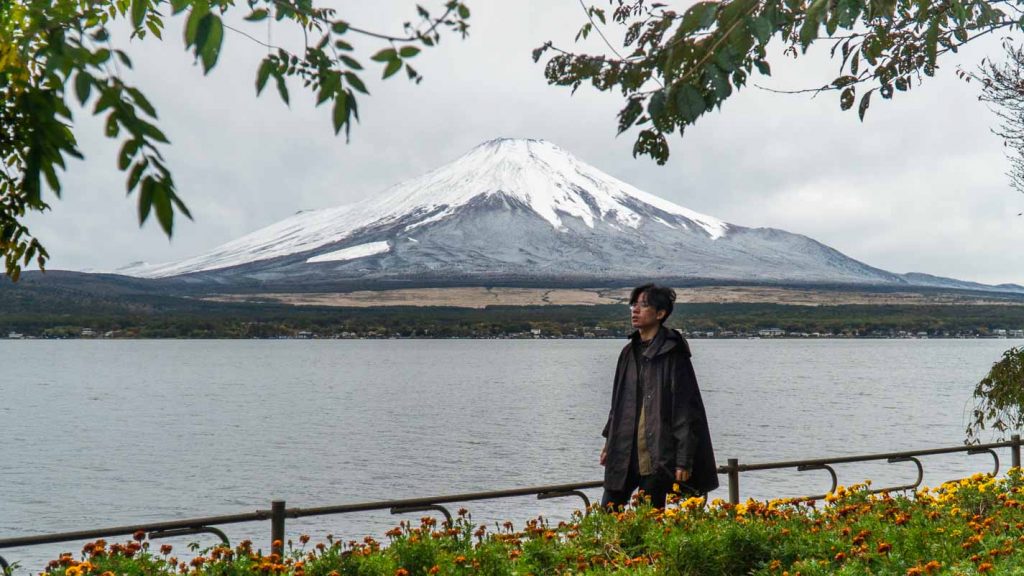
Skip the entire Fuji Five Lakes pilgrimage and just head to the closest one near Mt Fuji — Lake Yamanaka !
It’s our favourite viewing spot because unlike Lake Kawaguchi and Lake Motosuko , there are no other mountains obstructing the view and it’s also less crowded as it’s located further from the towns.
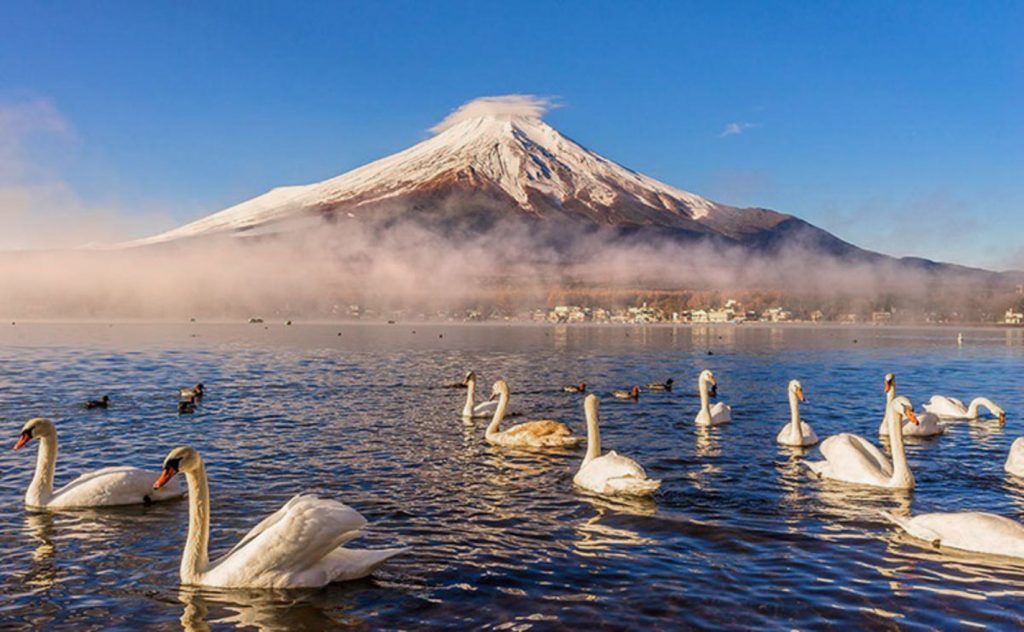
Photo credit: MYSTAYS
Fun fact: Lake Yamanaka is also affectionately known as Swan Lake amongst locals, thanks to the swans frolicking by the bank. For a closer view, cruise along the lake on a giant swan pleasure boat !
Entrance fee: Free Opening hours: 24hrs Address: 2645-2 Hirano, Yamanakako, Minamitsuru District, Yamanashi 401-0502, Japan
4) Fuji View Hotel
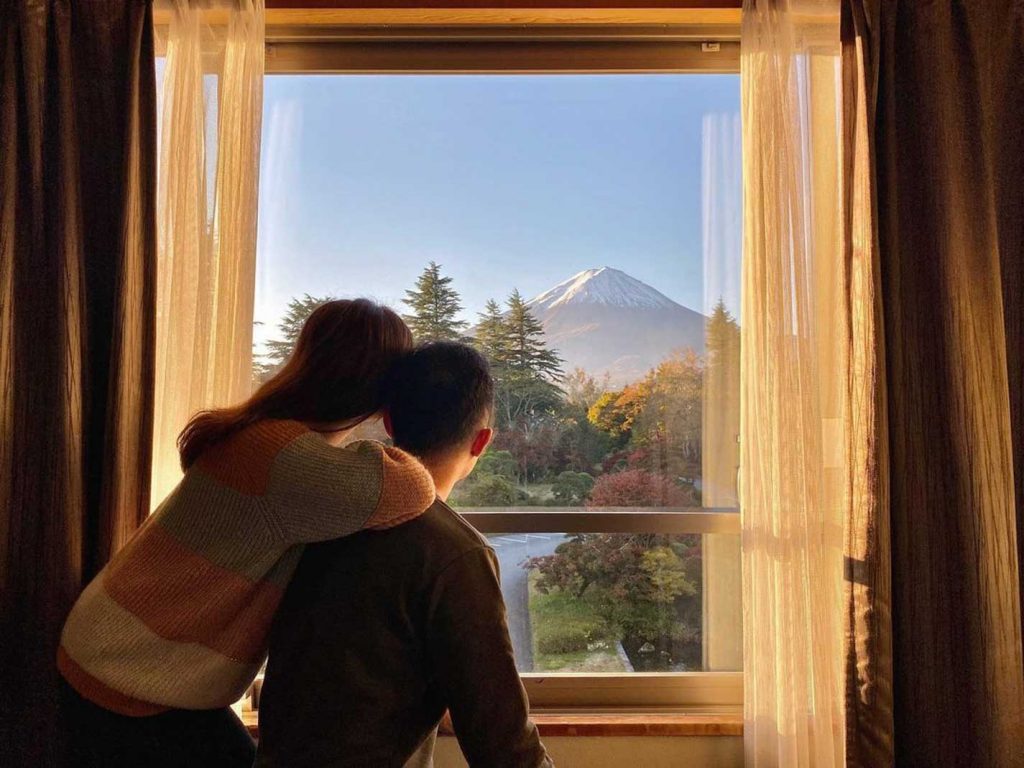
Photo credit: @bulaiern via Instagram
Ever woken up to a view of Mt Fuji? — neither have we.
The truth is, there’s only a 20-30% chance of seeing it but if you’re a risk taker, an affordable but luxurious resort with a view of the sneaky mountain is the Fuji View Hotel. The resort also offers activities like lake kayaking and golf too.
We stayed in the Japanese Style Mount Fuji View Room — where you sleep on futons on a tatami mat. Unfortunately, it was cloudy the morning we woke up. Hope you guys get better luck!
Cost: From ~S$193/night Address: 511 Katsuyama, Fujikawaguchiko, Minamitsuru District, Yamanashi 401-0310, Japan
Read also: 7 Hotels in Japan with a Breathtaking View of Mount Fuji
5) Fuji-Q Highland
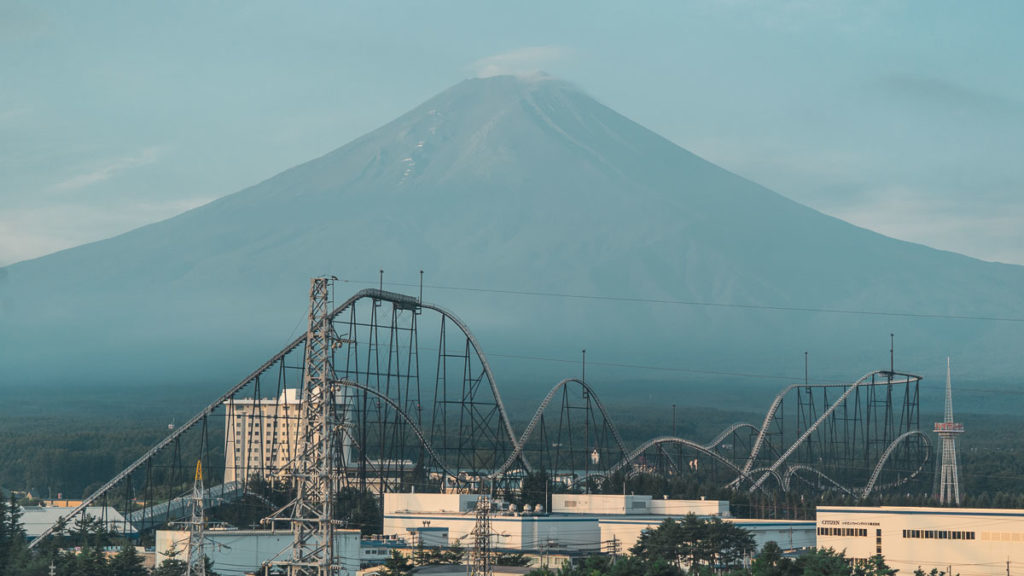
An epic way to enjoy the view of Mt Fuji is to spend the day at Fuji-Q Highland , one of Japan’s most exhilarating amusement parks 🎢.
Not only is this park home to several Guinness World Record-breaking rollercoasters, but you’ll also get Mt Fuji as a backdrop — super trippy when you’re suspended upside down!
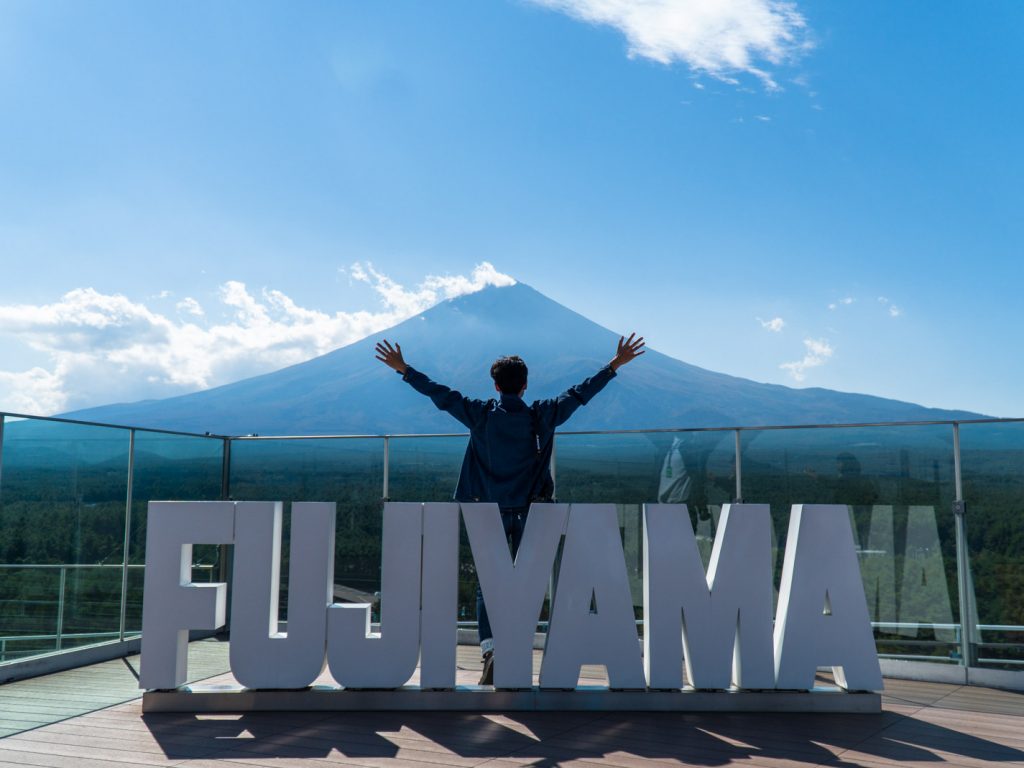
After you’re done with the rides, head up the Fujiyama Tower Sky Deck for a panoramic view of the park. Located at the entrance of the park, the 55-m-tall tower is a new observation deck that opened in 2021.
Entrance fee: One Day Pass from ~S$62 via Klook Opening hours: 9AM – 6PM Address: 5 Chome-6-1 Shinnishihara, Fujiyoshida, Yamanashi 403-0017, Japan
Read also: The Best Roller Coasters in Japan Most Tourists Miss — Fuji Q Highland Guide
6) Hotokura Funari Kawaguchiko
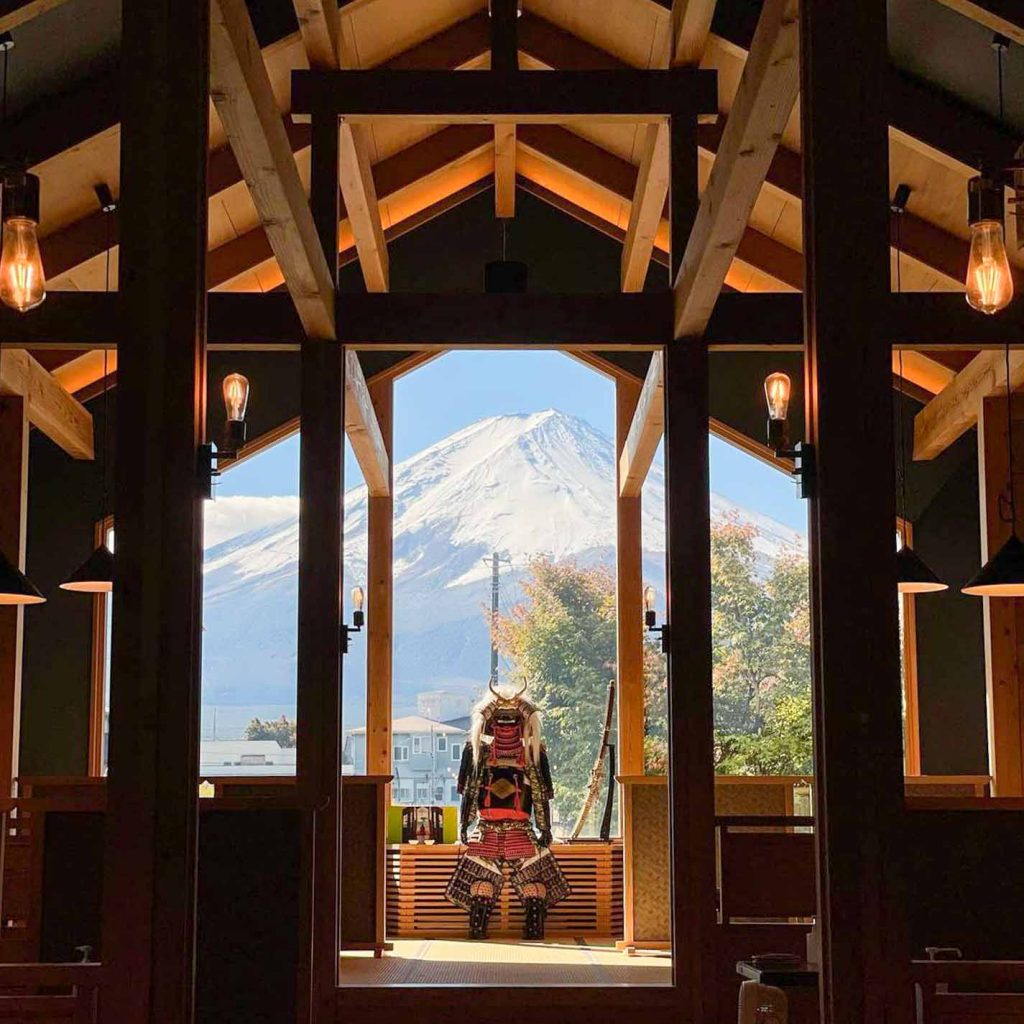
Photo credit: @hotou_funari via Instagram
If you want a feast for both the eyes and stomach, head to Hotokura Funari Kawaguchiko . The restaurant’s high ceilings and wooden furnishings perfectly frame Mt Fuji for a great photo-op.
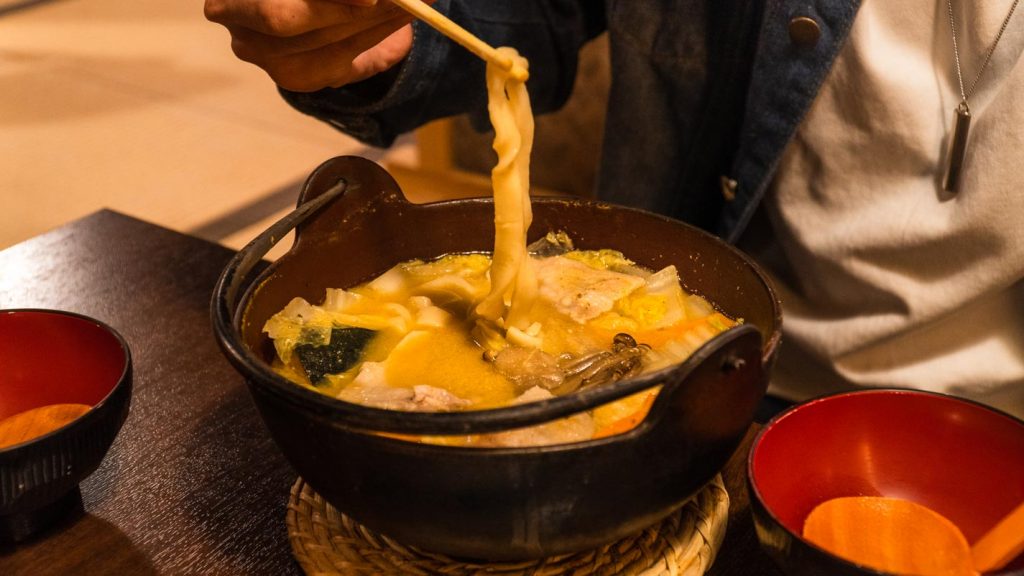
Hotokura Funari mainly serves Hōtō , a flat udon served in a pot of miso soup, stewed with pumpkin, vegetables, and meat. It’s a dish that originates from the Yamanashi region and has a hearty broth — best enjoyed on chilly days.
Cost: From ~¥1,320/bowl Opening hours: 11AM – 9PM Address: 6931 Funatsu, Fujikawaguchiko, Minamitsuru District, Yamanashi 401-0301, Japan
7) Obuchi Sasaba Tea Plantation
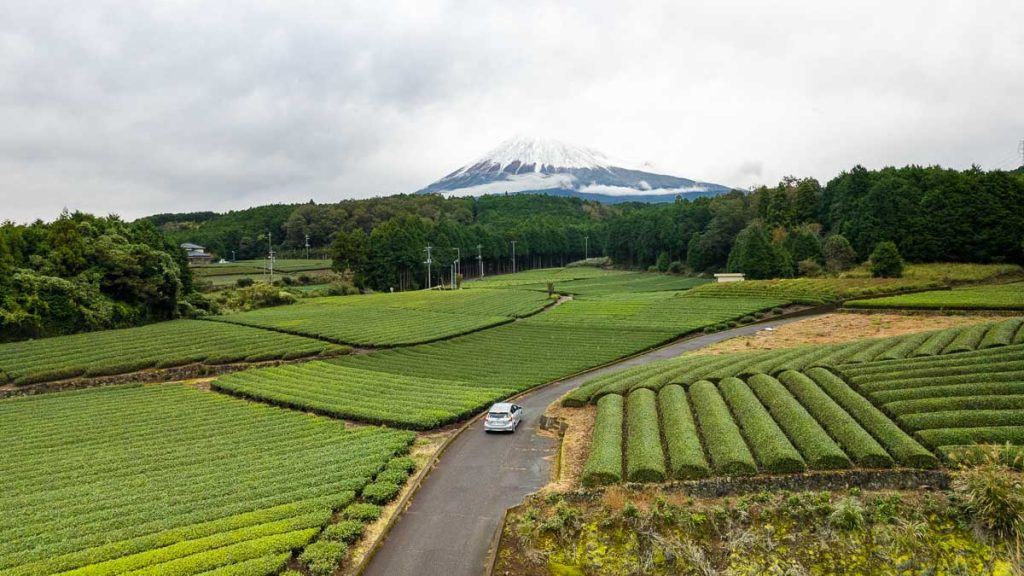
Fun fact: Shizuoka Prefecture is not only known as the home of Mt Fuji, but also 40% of Japan’s green tea production .
Ochuchi Sasaba tea plantation is one of the few plantations where you can roam freely along rows of tea leaves, right in front of Mt Fuji. It’s an open plantation so just walk in and take photos to your heart’s content!
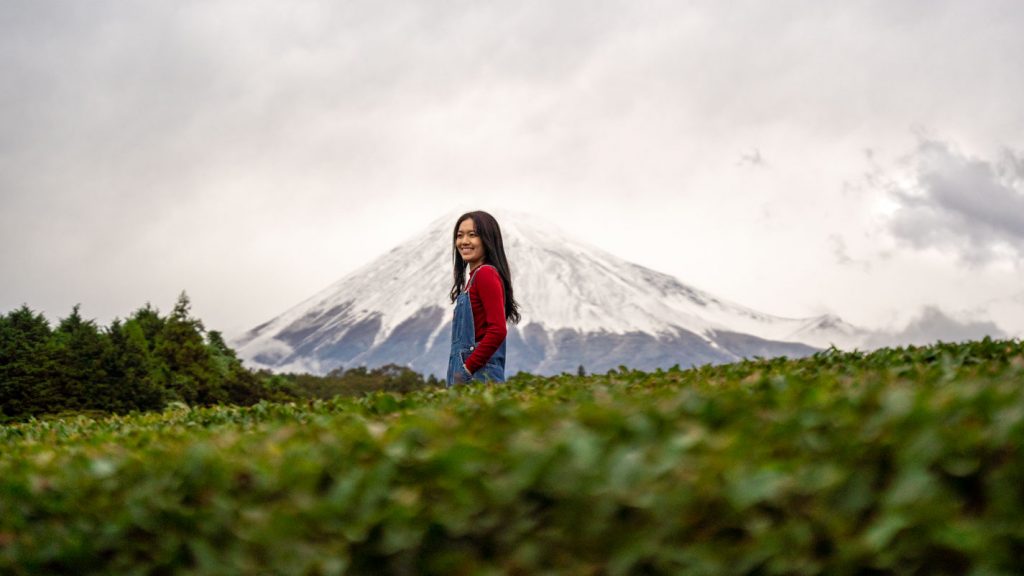
We recommend dropping by early to beat the crowd — we reached at 9AM and got the entire place to ourselves!
Entrance fee: Free Opening hours: 24hrs Address: 1445 Obuchi, Fuji, Shizuoka 417-0801, Japan
8) Mishima Skywalk
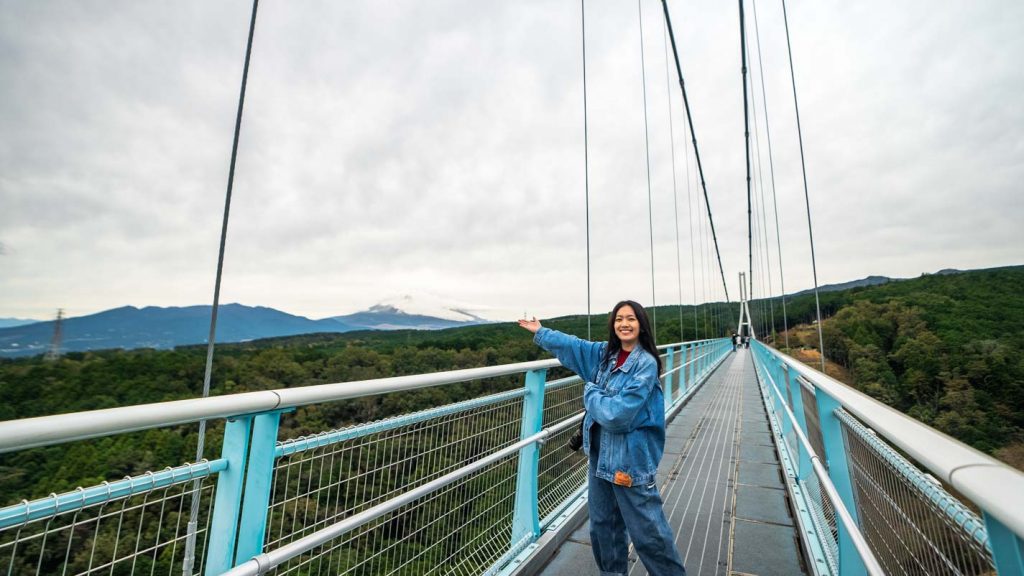
Mishima Skywalk is the longest suspension bridge in Japan at 400m long, overlooking both Mt Fuji and Surunga Bay !
The bridge is connected to an adventure hub known as the North Area — where you can swing past Mt Fuji via a zipline that runs beneath the bridge (¥2,000/roundtrip).
Entrance fee: ¥1,100/pax Opening hours: 9AM – 5PM Address: 313 Sasahara Shinden, Mishima, Shizuoka 411-0012, Japan
9) Tenku no torii
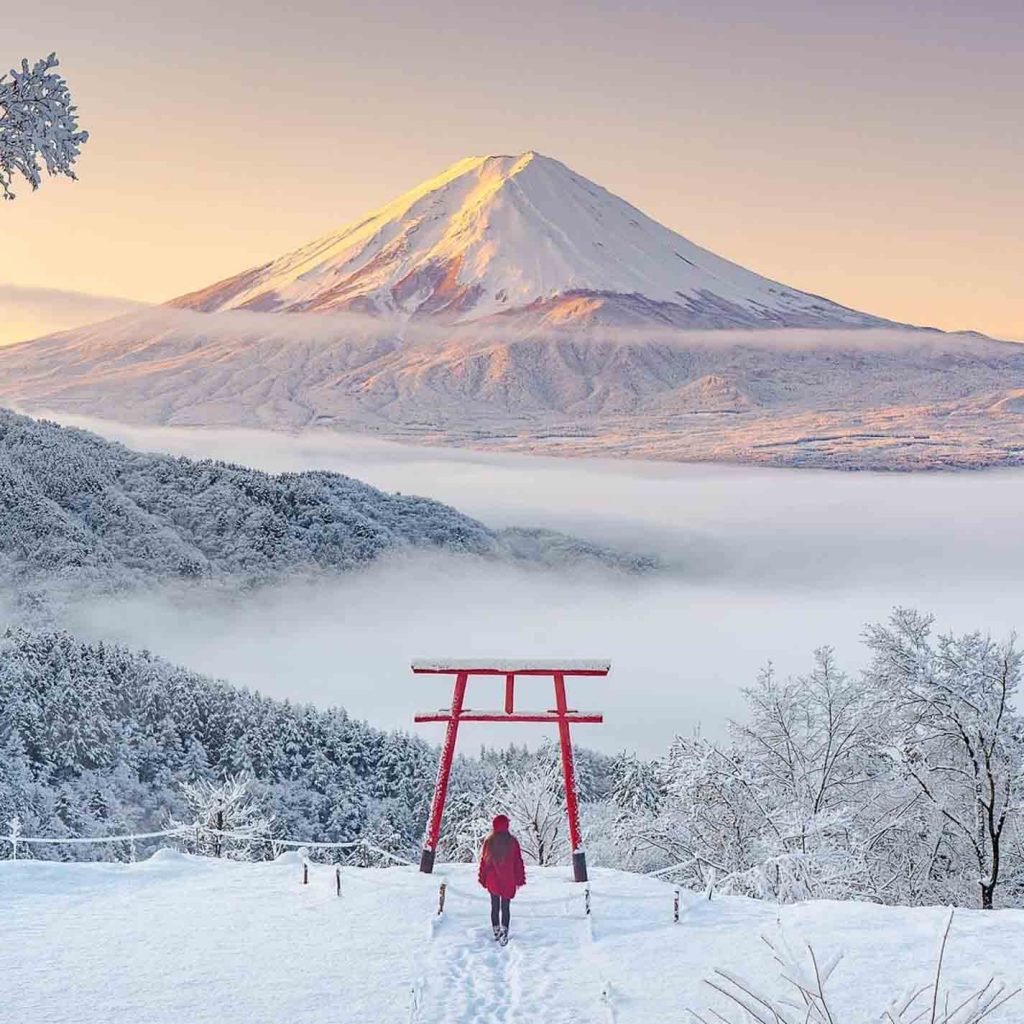
Photo credit: @kyoko1903 via Instagram
Tenku no torii is aptly named as Torii Gate in the Sky, with an unobstructed view of Mt Fuji high above the clouds ⛩️.
It’s located atop a hill within Kawaguchi Asama Shrine , right above Kawaguchiko town. You can either get there via a 10-minute drive from the foot of the hill or hike up for 30 minutes.
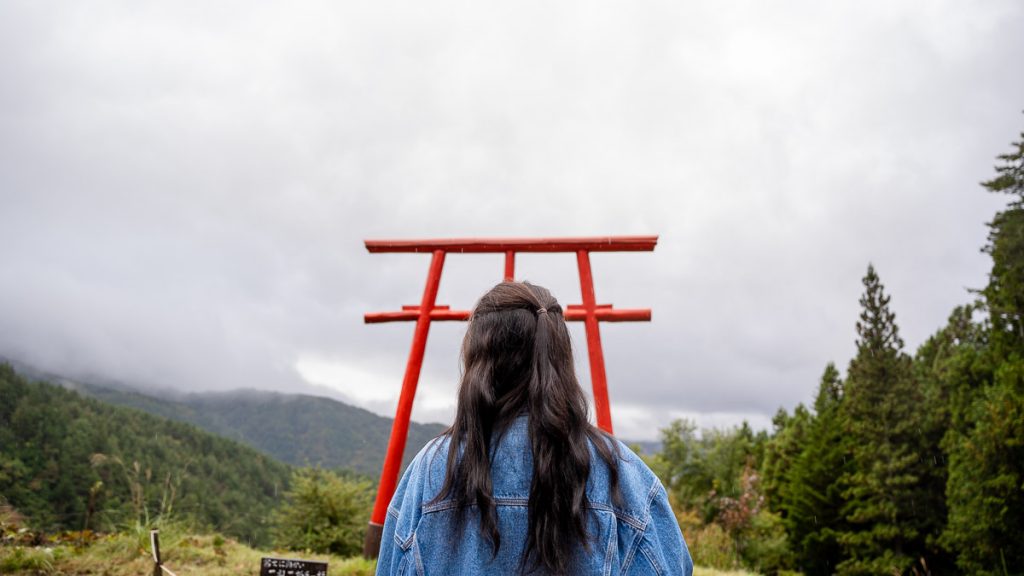
Our failed attempt to catch Mt Fuji 🙁
It was storming on the day we visited but we wanted to try our luck anyways — safe to say, you should only make the trip down if the weather is good. December and January are the best months to see Mt Fuji!
*Note: There is a ¥500 camera license fee if you intend to use a camera, whereas it is free for smartphone users.
Entrance fee: Free Opening hours : 9AM – 4PM Address: 1119-2 Kawaguchi, Fujikawaguchiko, Minamitsuru District, Yamanashi 401-0304, Japan
Travelling Around Mt Fuji Viewing Spots
Self-driving.
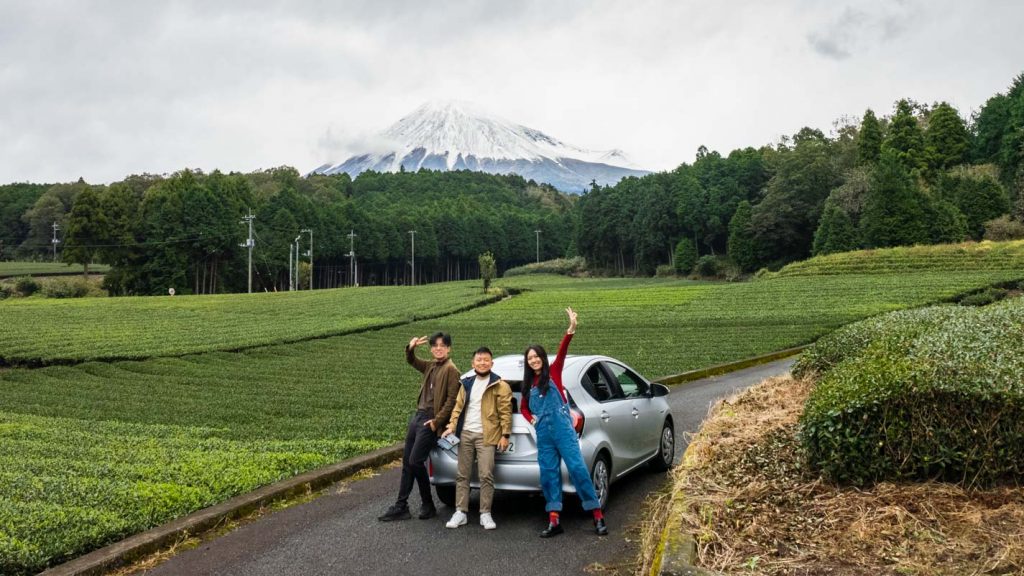
Public transport is quite infrequent in smaller towns and certain spots are harder to access without a car. So we opted to drive instead to save on travel time.
We rented a Toyota Aqua through Klook and picked it up in Tokyo — the total cost amounted to ~S$247 for three days including insurance!
Read also: Driving in Japan — 15 Things First-Timers Should Know Before Planning that Road Trip
Private charter
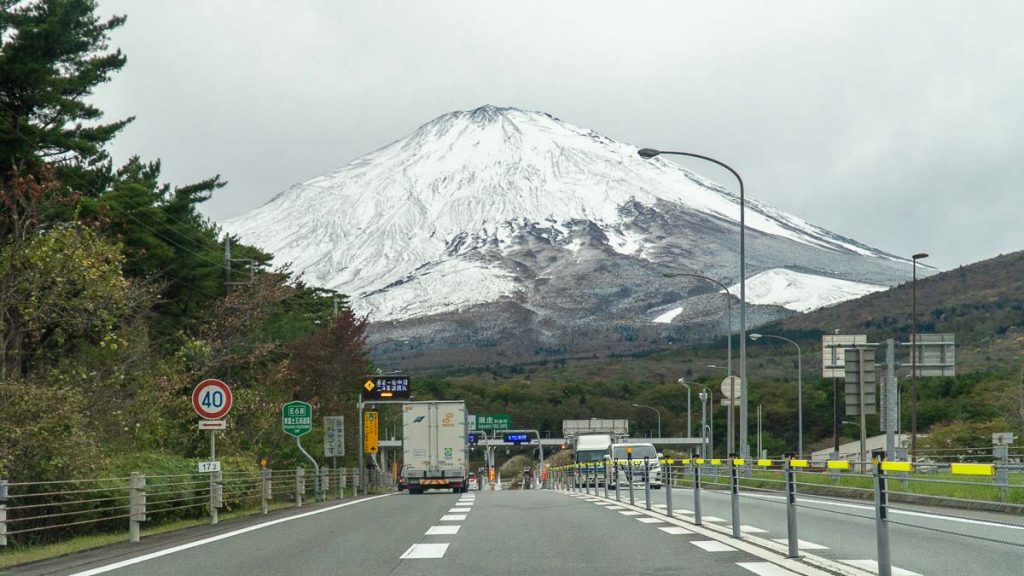
For the non-drivers, you can opt a private car charter from Tokyo to Mt Fuji. Unlike packaged tours, you’ll get full jurisdiction over your itinerary to check out lesser-known spots like Tenku no torii and Lake Yamanaka!
The best part is you can relax and travel in comfort with a local expert in the area 😉.
Planning a trip to Mt Fuji? Check out these guides and itineraries in and around Fuji: – 3D2N Mt Fuji Itinerary Under S$570 — Road Trip From Tokyo – 7 Hotels in Japan with a Breathtaking View of Mount Fuji – 7D6N Japan Itinerary Under S$1.5k — Road Trip from Tokyo to Mt. Fuji and Beyond – Guide to Climbing Mount Fuji — Everything You Need To Know About Climbing Japan’s Highest Mountain
What is your favourite Mt Fuji viewing spot? Let us know in the comments!
For more travel inspiratio n, follow us on Facebook , Instagram , YouTube , and Telegram .
View this post on Instagram A post shared by thetravelintern.com 🇸🇬 (@thetravelintern)
RELATED ARTICLES MORE FROM AUTHOR
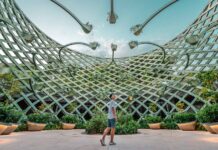
31 New Deals and Attractions in Singapore this April 2024
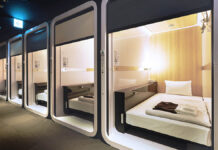
Top 11 Stunning Yet Budget-Friendly Tokyo Capsule Hotels (from ~S$40/night)
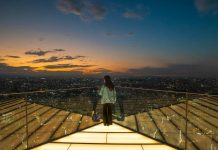
Tokyo Vs Osaka: Why Are These Two Popular Japanese Cities so Different — Cultures Explained
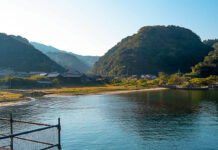
Hiroshima and San’in Guide — Going Beyond Tokyo/Osaka to Find Japan’s Best Hidden Gems

Tokyo Disneyland and DisneySea Guide (2024) — Maximise your Tokyo Disney Day with these 12 Tips and Tricks
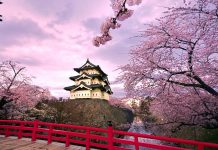
Ultimate 2024 Cherry Blossom Japan Guide — Everything You Need to Know
Leave a reply cancel reply.
Save my name, email, and website in this browser for the next time I comment.

11 Unique Things to Do in South Australia — Quirky Wineries,...

7 Boutique Hotels in Singapore For an “Out of the Country”...

How to Pay in China Without WeChat or Alipay — New...

11 Things to do in Clark, Philippines — A Quiet Adventure...

20 Things to Eat-See-Do in Sabah’s Capital Besides Climbing Mount Kinabalu

- Terms Of Use
- Privacy Policy
Niigata's Murakami City: Enjoy Fun Events, Sightseeing, and Local Cuisine!
We use cookies to improve our contents. Check the detail and update your settings here .
We use cookies to improve our services.
For more details, please click here .

- Change setting
- Food & Drink
- Accommodation
- Things To Do
- All the categories
Transportation
- Weather & Seasons
- Long-Term Stay
- Travel Tips
- Event Tickets
- About MATCHA
- Company Profile
- Things To Do in Yamanashi
- Food & Drink in Yamanashi
- MATCHA Special Features
Mount Fuji Guide: 10 Scenic Spots, Hiking Tips, and Shopping

Mount Fuji and its beautiful surroundings are one of the must-visit locations in Japan. Whether you wish to climb Mt. Fuji or explore nearby attractions like Hakone, Lake Kawaguchi, and Fuji-Q Highland, Mount Fuji offers a range of attractions to suit everyone's interests.
Matcha Admin
Mount Fuji: Things to Do, Scenic Views, and Climbing Guide
1. Mount Fuji's Location and Access from Tokyo 2. 10 Recommended Spots for Viewing Mount Fuji 3. Mount Fuji Climbing: A Beginner's Guide 4. Enjoy Hot Springs and Shopping near Mount Fuji
Mount Fuji's Location and Access from Tokyo
Mount Fuji , the spiritual symbol of Japan and its highest peak, has been designated as a UNESCO World Heritage Site in 2013 for its cultural significance and beauty.
This active volcano straddles Shizuoka and Yamanashi Prefectures, about 80 kilometers southwest of Tokyo . On clear days, the majestic silhouette of Mount Fuji can be seen from elevated areas in Tokyo, captivating numerous travelers who are drawn to its beauty and those seeking to challenge themselves by climbing this iconic mountain.
In this article, we will present the best locations for capturing breathtaking photos of Mount Fuji, provide a beginner's guide to climbing the mountain, and suggest sightseeing and recreational activities near Mount Fuji.
10 Recommended Spots for Viewing Mount Fuji
1. fuji five lakes in yamanashi prefecture.
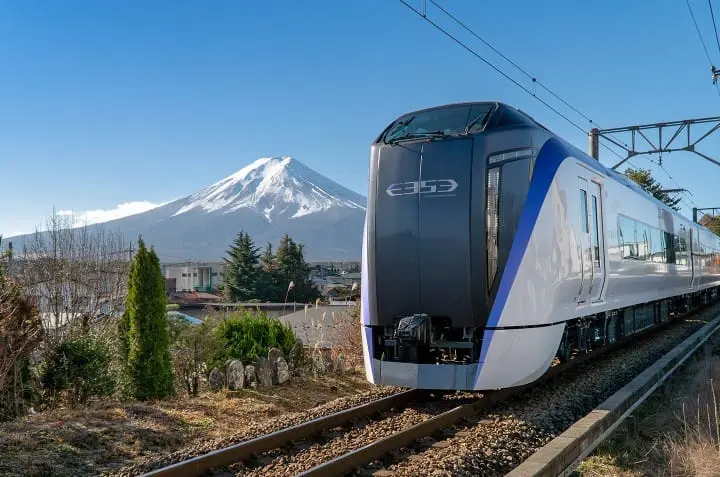
Picture courtesy of Fujikyuko Co., Ltd. The foothills of Mount Fuji are surrounded by five freshwater lakes collectively known as the Fuji Five Lakes (Fuji Goko).
Getting to the Fuji Five Lakes area from Tokyo has become incredibly convenient since the introduction of the Fuji Excursion Express train service in March 2019. This direct route from Tokyo's Shinjuku Station to the Fuji Five Lakes provides a fast and efficient way to reach the area. The Fuji Five Lakes are not only popular tourist destinations in eastern Japan but also offer stunning views of Mount Fuji. Let's explore these five lakes:
1. Lake Yamanaka

With the largest surface area among the lakes, Lake Yamanaka is famous for its captivating "upside-down Fuji" reflection.
2. Lake Kawaguchi

The best known of the five lakes, Lake Kawaguchi is cherished for its cherry blossoms, autumn foliage, and the Fuji-Q Highland amusement park.
3. Lake Motosu

Represented on the 1,000 yen banknote, Lake Motosu is the deepest lake among the Fuji Five Lakes.

Lake Motosu offers a breathtaking view of Mount Fuji and is especially beautiful when surrounded by cherry blossoms.
4. Lake Shoji
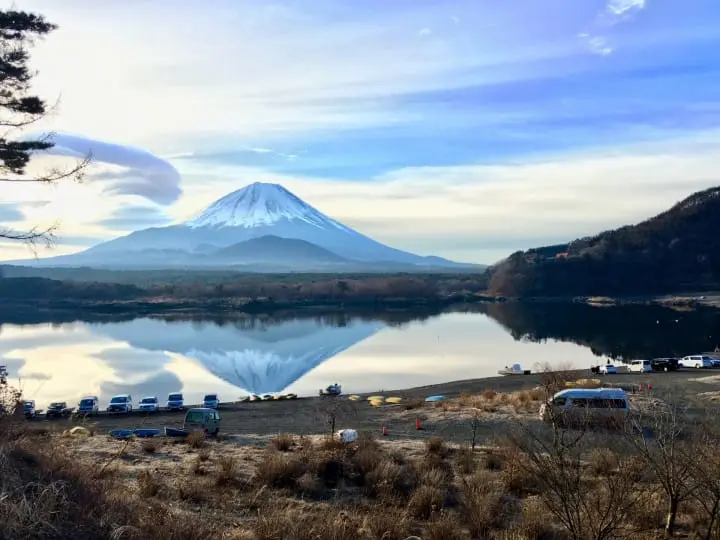
While the smallest of the five lakes, Lake Shoji boasts the picturesque sight known as "embracing Fuji," where Mount Fuji appears to cradle the peak of Mount Motosu.
5. Lake Saiko

In contrast to the more renowned and crowded Lake Kawaguchi, Lake Saiko offers a quieter experience. At Saiko Iyashi no Sato, visitors can admire traditional thatched-roof village houses against the backdrop of Mount Fuji, creating a serene and peaceful atmosphere.

2. Arakurayama Sengen Park in Fujiyoshida, Yamanashi Prefecture
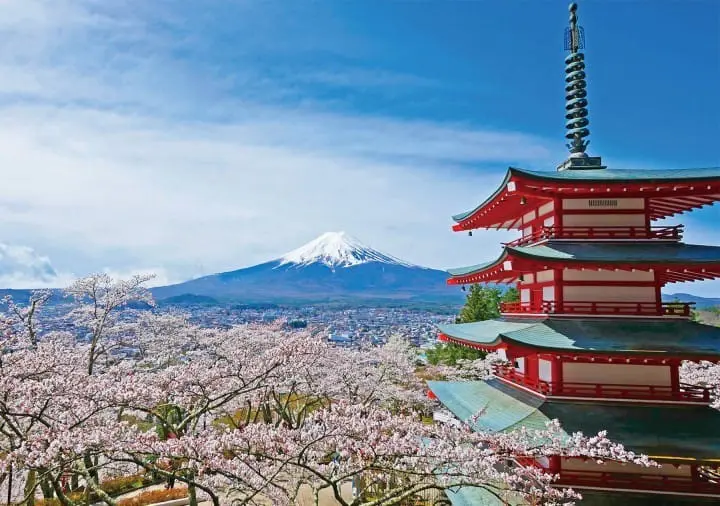
Picture courtesy of Fujiyoshida Tourism Promotion Service In contrast to the magnificent view of Mount Fuji from the Fuji Five Lakes, Arakurayama Sengen Park offers a unique perspective. The park's vermilion five-story pagoda adds elegance and Japanese aesthetics to the scene, creating a captivating sight for photographers and travelers.

Shinkurayama Asama Park Chureito Pagoda

3. Miho no Matsubara (Miho Beach) in Shizuoka Prefecture

Shizuoka is home to several exceptional locations for admiring Mount Fuji, and Miho no Matsubara Beach is one of them. This is one of Japan's famous scenic beaches with white sand and an evergreen pine grove.
This beautiful location has been sung in poems since ancient times and was also depicted by renowned ukiyo-e masters like Katsushika Hokusai and Utagawa Hiroshige.
Miho no Matsubara Beach Address: Shizouka, Shimizu, Miho 1338-45 GoogleMap Transportation: Take the Mihoyamanote Line bus from JR Shimizu Station for approximately 25 minutes, then alight at Miho no Matsubara Entrance and walk for about 20 minutes. The bus fare is 360 Japanese yen. Official Website: https://www.visit-shizuoka.com/en/spots/detail.php?kanko=336 (Shizuoka Tourist Information)
4. Lake Tanuki in Shizuoka Prefecture
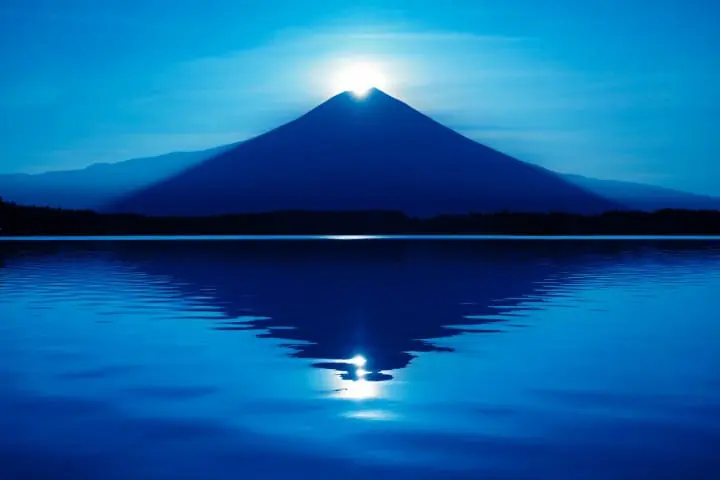
Lake Tanuki in Fujinomiya City, Shizuoka Prefecture, is famous for its view of the "double diamond Fuji," which is the reflection of Mount Fuji on the lake's surface when the sun aligns with the mountain's summit. This creates the illusion of a double diamond and is a remarkable natural phenomenon.
Lake Tanuki also offers well-equipped camping facilities and the opportunity to cycle around the lake, which takes about 30 minutes. It is a fantastic destination for outdoor enthusiasts and families.
5. Izu no Kuni Panorama Park in Shizuoka Prefecture

Izu no Kuni Panorama Park is located in Izunokuni City, Shizuoka Prefecture, near Izu Nagaoka Onsen. The park features an aerial cable car that runs along Mount Katsuragi, which has an elevation of 452 meters. This cable car connects the Izu Nagaoka Onsen area to the summit of Mount Katsuragi.
From the peak of the mountain, visitors can enjoy a breathtaking 360-degree panoramic view of Mount Fuji and Suruga Bay, offering stunning vistas of the surrounding landscape.
6. Mishima Skywalk in Shizuoka Prefecture
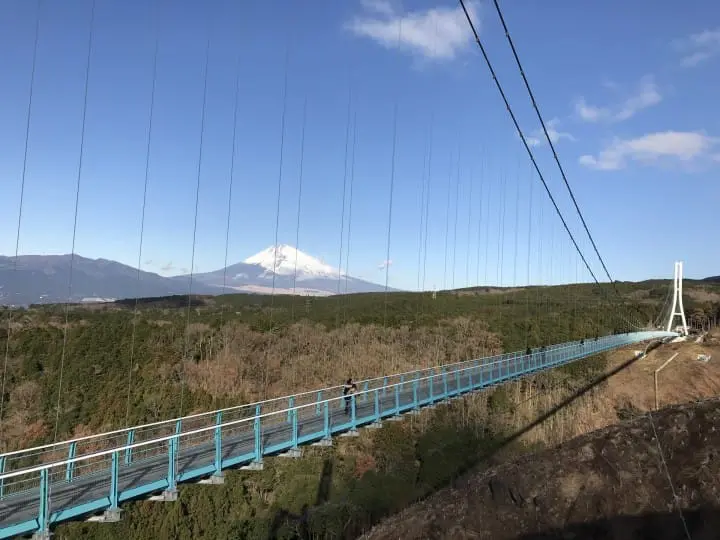
Mishima Skywalk , situated between Izu (Shizuoka Prefecture) and Hakone (Kanagawa Prefecture), is the longest suspension bridge in Japan.
Completed in 2015, this bridge has a total length of 400 meters. Come and enjoy the awe-inspiring views while putting your courage to the test!
7. Kamakura and Enoshima in Kanagawa Prefecture

The popular tourist destinations of Kamakura and Enoshima, loved by visitors from all over the world, also offer views of Mount Fuji.
The scenery from Shichirigahama and Inamuragasaki along the Shonan coast has even been depicted by the ukiyo-e master Katsushika Hokusai.
8. Hakone in Kanagawa Prefecture
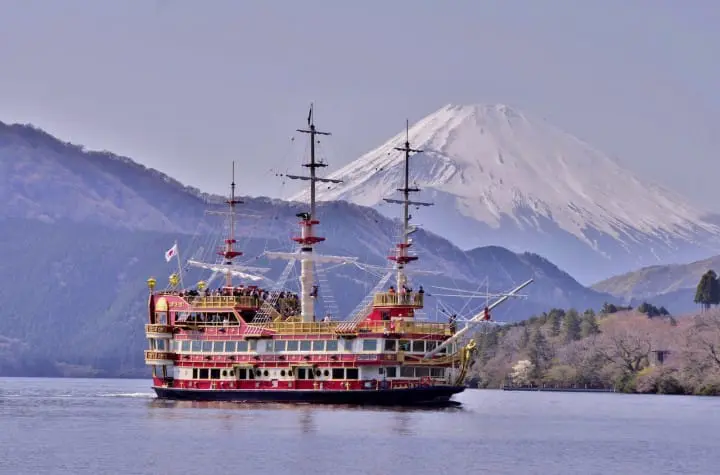
Hakone , one of the famous hot spring destinations in eastern Japan, is renowned for its stunning views of Mount Fuji.
In particular, taking a ride on a pirate ship while cruising on the expansive Lake Ashi , with the iconic Hakone Shrine torii gate and Mount Fuji in the background, is a picture-perfect experience that is sure to impress.

9. Hayama in Kanagawa Prefecture

Picture courtesy of Hayama Marina In recent years, Hayama has gained popularity as a travel destination due to its beautiful beaches and ocean views.
It's just about an hour from Tokyo's Shinagawa Station, making it an ideal destination to enjoy the ocean, visit art museums, and indulge in delicious desserts. At Hayama Marina, you can also capture a beautiful view of Mount Fuji.

Hayama Marina
10. Matsuda Town in Kanagawa Prefecture
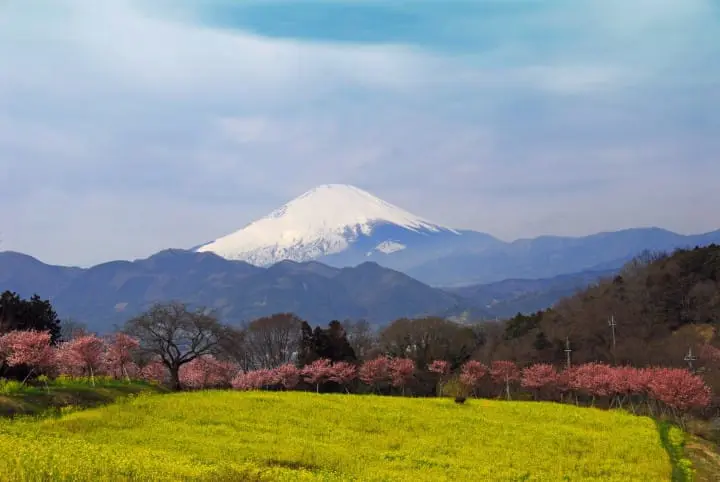
Finally, while not widely known to everyone, when it comes to places where you can appreciate early blooming cherry blossoms, Nishihirahata Park in Matsuda , a town in Kanagawa Prefecture, is a must-visit!
The vibrant Kawazu cherry blossoms and brilliant rapeseed flowers compete for attention, with the snow-white Mount Fuji providing a stunning backdrop. Any snapshot taken at this location could easily be transformed into a postcard-worthy image!
Mount Fuji Climbing: A Beginner's Guide
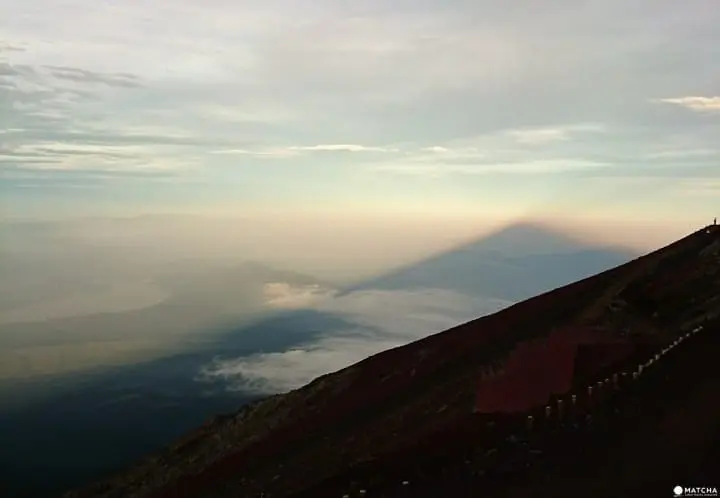
Don't think that once you're on Mount Fuji, you won't see Mount Fuji! Along the way, there's a chance to see the reflection of Mount Fuji's shadow on the sea of clouds!
Mt. Fuji Climbing Season
Mount Fuji is not open for climbing year-round due to safety concerns. The climbing season typically runs from early July to early September each year, with the busiest period being in mid-August.
Check the official website for Climbing Mount Fuji to learn the official dates for the climbing season.
Recommended Route for Beginners

Mount Fuji has four main climbing routes as it spans Yamanashi Prefecture and Shizuoka Prefecture. These routes are the Fujiyoshida (Kawaguchiko) Trail, the Subashiri Trail, the Gotemba Trail, and the Fujinomiya Trail.
Among them, the Yoshida Trail is the most popular route for beginners. It starts from the 5th Station and is relatively easier to climb. There are also several mountain huts along the way where you can take breaks and use restrooms, making it suitable for newcomers.

Lake Kawaguchi / Fujiyoshida
Mountain Climbing Gear and Helpful Tips
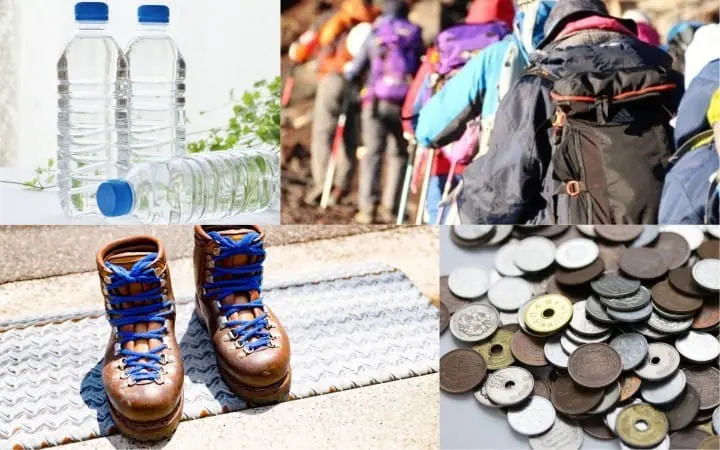
Even though the Yoshida Trail is suitable for beginners, it's important to note that the climb can still be physically demanding on your legs due to its length.

Enjoy Hot Springs and Shopping near Mount Fuji
The charm of Mount Fuji extends beyond capturing photos and climbing it. The surrounding areas offer a range of recreational activities and attractions, from thrilling amusement parks to outlet malls for shopping enthusiasts. Make sure to include these attractions on your Mount Fuji travel list!
Fuji-Q Highland

Fuji-Q Highland , located in the Fuji Five Lakes area of Yamanashi Prefecture, is recognized as one of Japan's top five must-visit amusement parks.
Set against the backdrop of Mount Fuji, this theme park is renowned for its exhilarating rides, including scream-inducing roller coasters. Don't miss the haunted houses, especially during the hot summer months, as they provide a chilling escape from the heat!

Gotemba Premium Outlets

If you want to enjoy shopping near Mount Fuji, then a visit to Gotemba Premium Outlets is a must. As Japan's largest outlet mall, it is situated between Tokyo and Lake Kawaguchi, near popular tourist spots like Fuji-Q Highland and Hakone.
Many people stop here to indulge in extensive shopping extravaganzas when visiting the nearby attractions.

Gotemba / Fuji
The Classic Mount Fuji Murals of Public Baths in Japan
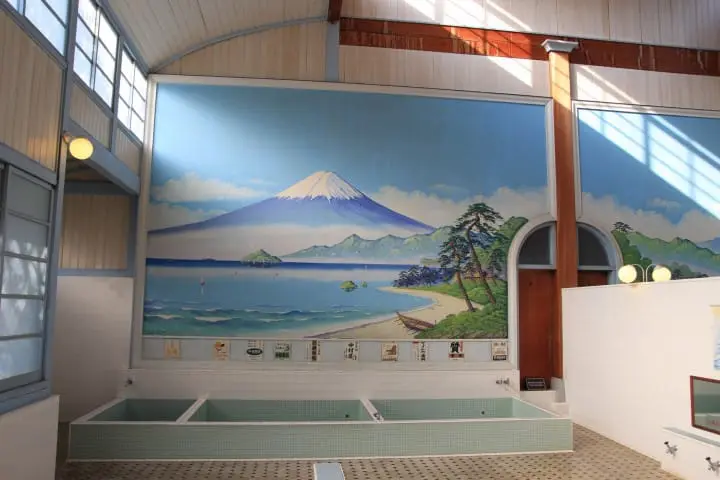
Visiting a public bathhouse (sento) is an essential experience in Japan. Relaxing in the soothing waters and admiring the intricate Mount Fuji mural artwork created by talented artists can be a delightful way to unwind after a day of shopping and sightseeing.
These murals of Mount Fuji have become iconic for public bathhouses; facilities that have murals with other themes than Mount Fuji are rather rare.
Public bathhouses offer an opportunity to immerse yourself in Japanese culture and rejuvenate both body and mind. Remember to follow the bathhouse etiquette and savor this unique experience.
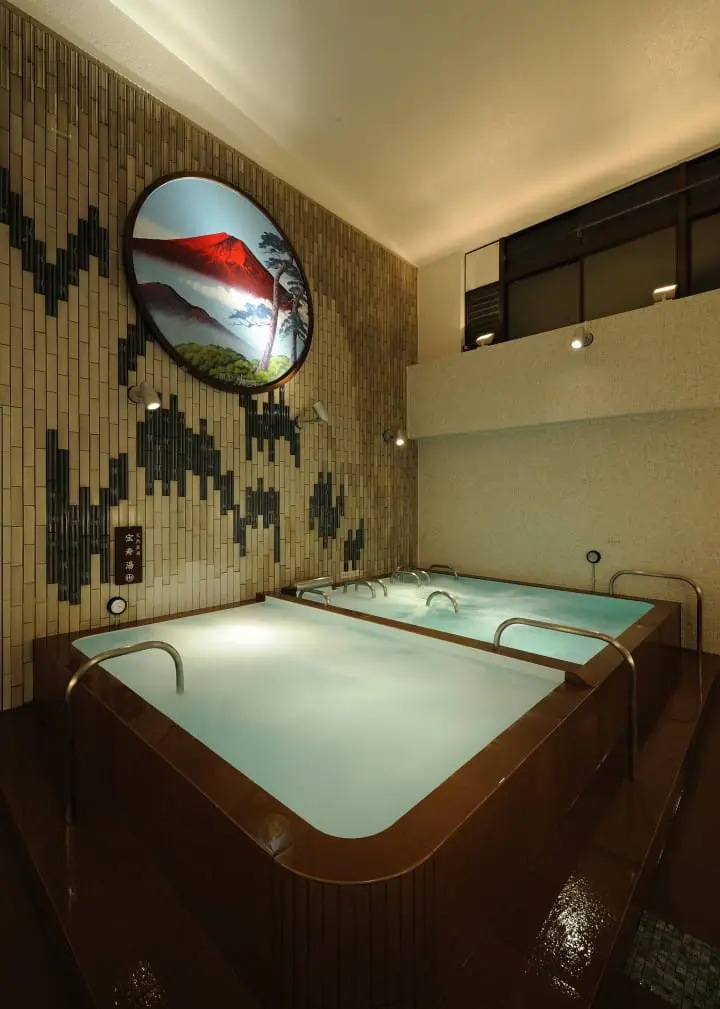
Cultural Bath

Enjoy Mount Fuji!
We hope that this article made you even more interested in Mount Fuji, a UNESCO World Heritage Site and a cultural, artistic, and spiritual center for the Japanese people.

Main image by Pixta
This account is managed by MATCHA. We aim to provide useful information to our readers in an enjoyable manner.
Related topics
Top articles.

Near Mt. Fuji! 8 Things to Do by Lake Kawaguchiko

Start planning your trip
Special Features

Popular Searches
Latest news.

Showa Kinen Park Flower Festival 2024: Enjoy Nemophila, Tulips, and More!

A Must for Nature Lovers! Win a Free Stay at Unzen Amakusa National Park

A World of Light and Color! Van Gogh Alive in Japan 2024

Cherry Blossom Light-up in Tokyo! Yomiuri Land's Jewellumination

Cherry Blossoms and Sky Lanterns! Aichi Hanami Lights 2024

Japan's Public Holidays and Long Weekends in 2024

Aeon Mall Okinawa Rycom: A Shopping Mall Featuring a Resort Aura

Suica and Pasmo IC Cards: Prepaid Transportation Passes in Japan

Riding Taxis in Japan: The 6 Best Apps to Grab a Cab

How to Travel to Kyoto From Osaka: The Fastest and Cheapest Ways
New articles.

About the product [sample incense] sold at the shop

[Okinawa Yambaru]18 sightseeing spots and gourmet foods in Nago City! Enjoy play, nature, and food in Nago!

Room Introduction [Maisonette Suite Room with Barrel Sauna]

Nemophila field and yellow train

Golden Week 2024 in Japan: Dates, Events, and Travel Tips
- Things to Do
- Food & Drink
- Shopping & Style
- Coca-Cola Foodmarks
- Restaurants & Cafes
- Music & Nightlife
- Neighborhoods
- Los Angeles

12 best places to enjoy stunning views of Mt Fuji
To see Mt Fuji in all its glory, take a day trip from Tokyo to these scenic spots in Yamanashi, Kanagawa and Shizuoka
The highest peak in Japan standing at 3,776m, Mt Fuji is beloved for its elegant, perfectly symmetrical shape. It's the icon of Japan, and whether you're in Tokyo for a short time or you've lived here for decades, a clear view of the mountain never gets old. While it’s possible to get a glimpse of the mountain in the capital when the weather is clear, you're better off travelling out of the city to get the perfect view.
Admire Mt Fuji's beauty from these nine scenic spots in Yamanashi, Kanagawa and Shizuoka, all of which are easily reachable from Tokyo as a day trip. Just try to get there early in the morning or in the late afternoon as the midday clouds tend to block the view.
RECOMMENDED: Best day trips from Tokyo
The 12 best spots to see Mt Fuji

Fujiyoshida, Yamanashi prefecture
Located in Yamanashi prefecture at the northern base of Mt Fuji, Fujiyoshida is the town closest to the sacred mountain. Here you'll get the iconic shot of Mt Fuji that's posted all over Instagram.
The city's main street is perfectly aligned with the centre of the mountain, so it looks as if the road is heading right towards Mt Fuji. The stores flanking this thoroughfare have protruding signboards, creating a scene (and ultimately a photograph) that is quintessentially Japan. However, do note that this is the city's main transport artery, so be mindful and do not obstruct the traffic.

Saiko Iyashi-no-Sato Nemba
Saiko Iyashi-no-Sato Nemba is a former farming village turned open-air museum, situated not far from the shores of Lake Saiko, which is one of the Fuji Five Lakes. Its quaint countryside setting provides an ideal photo op, with the towering Mt Fuji acting as a backdrop to charming traditional thatched houses.
Nemba village was destroyed by a massive landslide in 1966. The twenty ‘heritage’ houses that you see today are true-to-original reconstructions, now home to craft shops – think pottery, incense-making and weaving. The site as a whole is a museum, documenting the daily lives of the farmers back then, as well as the tragic disaster that occurred over half a century ago.
Make sure to take a souvenir photo on the little bridge that overlooks the scenic village, with Mt Fuji in the background – you can even dress up in a kimono or samurai armour, available for rent nearby at ¥2,000 per person. Art enthusiasts should check out the on-site gallery for its regularly changing exhibitions by local artists. During our visit we met famous illustrator and producer Kosei Maeda of the hit anime ‘Manga Nihon Mukashi Banashi’, which aired from 1975 until the early ‘90s.
If you’re feeling peckish, order the hoto noodles at the little eatery near the entrance. A Yamanashi speciality, these flat noodles are served in a hearty miso-flavoured broth with meat and seasonal vegetables.
2710 Saiko Nenba, Fujikawaguchiko-machi, Minamitsuru-gun, Yamanashi prefecture. 0555 20 4677. Mar-Nov 9am-5pm, Dec-Feb 9.30am-4.30pm; ¥500, primary and junior high school students ¥250.


Oshino Hakkai
Oshino Hakkai fulfills all your requirements for that Instagram-perfect shot of Mt Fuji – imagine a rural Japanese village featuring small thatched huts and little ponds of crystal clear water, with the star mountain in the distance.
A small sightseeing village between Lake Kawaguchiko and Lake Yamanakako (two of the Fuji Five Lakes), Oshino Hakkai’s ponds receive their water straight from the slopes of Mt Fuji. For nearly a century, the mountain’s snowmelt has been filtered through porous lava layers, turning it into clear spring water. You can take a sip of this pure water at pond Waku.
At the thatched houses, you can shop for souvenirs, local produce and crafts. Some of them are restaurants, serving soba, udon and other Japanese dishes. There’s also a museum on-site, displaying old farming tools, household goods and even samurai armour and weaponry.
265 Shibokusa, Oshino-mura, Minamitsuru-gun, Yamanashi prefecture. Free admission, except for the area around Sokonuke-ike that belongs to the museum : ¥300, primary school students ¥150, younger children ¥100; 9am-5pm.

Chureito Pagoda at Arakura Sengen Shrine
This marvellous view of the famous Chureito Pagoda overlooking Fujiyoshida city and Mt Fuji is almost as iconic as the peak itself. Set against a slope, the five-storey structure belongs to the Arakura Sengen Shrine and was built in 1963 as a peace memorial.
Regardless of the season, you can expect great views year-round. You’ll find the pagoda surrounded by pastel pink cherry blossoms in spring, lush greens in summer and fiery red leaves in autumn. In winter, the tiered roof turns white with snow. Get your cameras ready.
Arakurayama Sengen Park, 3360-1 Arakura, Fujiyoshida, Yamanashi prefecture. Free entry.

Northeastern shore of Lake Kawaguchiko
You’ll find this jaw-dropping panorama at the northeastern shore of Lake Kawaguchiko, right next to the Kawaguchiko Music Forest . It’s especially popular in spring, when shutterbugs flock to the site looking to capture the sacred mountain with a frame of pink sakura, courtesy of the dozens of cherry trees by the shore. On windless days when the lake is exceptionally still, you might even be able to take a shot of the majestic mountain and its reflection on the lake's surface.
If you’re not afraid of heights, board the Mount Fuji Panoramic Ropeway at the eastern shore, which goes up to an observation deck near the summit of Mt Tenjo. From there you can look out to Lake Kawaguchiko on one side and Mt Fuji on the other.
Ropeway: 1163-1 Azagawa, Fujikawaguchiko-machi, Minamitsuru-gun, Yamanashi prefecture. 0555 72 0363. 9.30am-4.20pm, Sat, Sun & hols 9.30am-5.20pm. ¥900 round trip, primary school students ¥450, free for younger children.

Hakone is not only known for its many onsen (hot spring) resorts, it’s also home to the expansive Lake Ashi, the symbol of this mountainous region formed about 3,000 years ago. There are a few ways to take in Mt Fuji here. Looking from the southern shore at Moto-Hakone, you’ll also get a perfect trifecta of the lake, the mountain range behind and Hakone Shrine’s famous red torii gate. Or shoot from the deck of the fun, kitschy sightseeing ‘pirate ship’ that sails on the lake several times a day.

Mishima Skywalk
Measuring 400 metres in length, Mishima Skywalk in Shizuoka prefecture is the longest suspension footbridge in Japan. It’s also a perfect place to take in panoramic views of Mt Fuji and Suruga Bay. On one side of the bridge you’ll find souvenir shops, cafés, an observation deck and a lush forest with walking trails. Adventure seekers can also enjoy high-rope courses, ziplining and a dinosaur AR experience. In early summer, Mishima Skywalk is well visited for its colourful hydrangea groves.
313 Sasahara Shinden, Mishima, Shizuoka prefecture. 055 972 0084. 9am-5pm daily. ¥1,100, junior high and high school students ¥500, primary school students ¥200, free for younger children.

Gotemba Premium Outlets
- Outlet store
Want a good view of Mt Fuji? The Gotemba Premium Outlets is so near to the iconic mountain that you can get a marvelous view of it on a clear day from the mall’s East Zone entrance. By far Japan’s most popular outlet mall, this Gotemba venue is laid out like an old American town, with 200 or so shops spread across two zones connected via a pedestrian bridge.

Giant swing at Mt Tenjo observation deck
For a panoramic view of Japan’s national treasure, head up Mt Tenjo near Lake Kawaguchiko. Take the Mount Fuji Panoramic Ropeway and you’ll come to an observation point near the mountain’s summit.
The observation deck at Mt Tenjo features a pair of massive swings, measuring 3.5 metres in height. It's set up at the highest point of the observation deck, giving you a direct view of Mt Fuji that will take your breath away.
Note that the swings are only open from 10am-2pm on weekdays, and 10am-11.30am and 1pm-4pm on Saturday, Sunday and holidays. To enjoy the attraction, you’ll need to get a ticket (¥500 per person) at the adjacent Tanuki tea house.

Fujiyama Tower at Fuji-Q Highland
Fuji-Q Highland in Yamanashi is not only known for its record-breaking, terrifying roller coasters, but it also makes for a great day trip from Tokyo, especially in winter when you’ll have clear views of a snow-capped Mt Fuji.
If you’re looking to get the views without the adrenaline rush, head up Fujiyama Tower . This 55m-tall Fujiyama Sky Deck , built beside part of the Fujiyama roller coaster, boasts the same grand view of Mt Fuji that you probably missed while screaming on the ride.
The tower is also home to the Fujiyama Walk : a course where you can traverse midair with no guardrails but just a harness to keep you tethered to the tower. Best of all, Fujiyama Tower is just outside Fuji-Q Highland, so you won’t need a park ticket to enter and enjoy the view.
Fujiyama Sky Deck: 5-6-1 Shin-Nishihara, Fujiyoshida, Yamanashi prefecture. 3pm-6pm (last entry 5.45pm), ¥1,000, junior high and high school students ¥800, primary school students ¥600, younger children ¥500.

Zekkei Panorama Kairo observation deck at Mt Tenjo
Get panoramic views of Mt Fuji, Lake Kawaguchiko and the entire city from high in the sky at the Zekkei Panorama Kairo observation deck. It’s on the Mt Fuji Panorama Ropeway , which goes from ground level all the way to the top of Mt Tenjo, 1,075 metres above sea level.
To get there, board the ropeway from Lakeside Station, which will take you on a 2-minute-20-second journey up the mountain. Once you arrive at Fujimidai Station, walk a few minutes up the slope to reach the observation deck.
You’ll be able to get stunning views of Mt Fuji at eye level, although be aware that the view is much better on clear days. The observation deck is free to visit.

Fujimi Terrace
If climbing Mt Fuji sounds a bit too ambitious, you can still enjoy the icon of Japan from one of the best vantage points in the area: the Fujimi Terrace at Izunokuni Panorama Park in the scenic Izu Peninsula.
The park is located just under two hours from Tokyo Station and it offers a blissful getaway from the hustle and bustle of Tokyo. To get up to the sky-high terrace, just hop on the park's 1,800m ropeway, which will take you up to the summit of Katsuragi Mountain at 452 metres above sea level in seven minutes.
Ropeway: 260-1 Nagaoka, Izunokuni, Shizuoka prefecture. 055 948 1525. Feb 16-Oct 15 9am-5.10pm, Oct 16-Feb 15 9am-4.40pm. ¥1,800 round trip, children ¥900.
Do more outdoors

Best day trips for a weekend getaway from Tokyo
Find some of Japan’s most beautiful temples, hiking trails and nature attractions no more than a few hours from Tokyo

Best parks in Tokyo
- Attractions
- Parks and gardens
Spend a leisurely afternoon at these Tokyo parks – don’t forget the sunscreen and the beer

The most beautiful places in Japan
Venture beyond Tokyo – add these breathtaking temples, landmarks and hiking trails to your Japan bucket list
[image] [title]
Discover Time Out original video
By entering your email address you agree to our Terms of Use and Privacy Policy and consent to receive emails from Time Out about news, events, offers and partner promotions.
🙌 Awesome, you're subscribed!
Thanks for subscribing! Look out for your first newsletter in your inbox soon!
- Terms of use
- Work for Time Out
- Time Out Group
- Advertising
- Modern slavery statement
- Manage cookies
Time Out Tokyo
- Magazine subscription
- Digital edition
- Buy the guide to Tokyo
Time Out products
- Time Out Worldwide
Mount Fuji Viewpoints – 10 Magical Places To Admire Mt Fuji in Japan!

Mount Fuji Japan Viewpoints – Mount Fuji is one of the greatest landmarks across the entirety of Japan, so planning a trip to visit the monumental mountain during your first, second, and/or third visit is pretty much a given.
You’ve seen the stunning image across the internet, witnessed countless friends and family come back from their visit describing it in awe, and now it’s your turn to experience one of the biggest wonders of Japan.
One thing that often isn’t described enough in articles about Mount Fuji is that you don’t actually need to head to the mountain to be able to witness it. It’s actually that big that you can witness it even a few hundred kilometres away.
For some, it might be obvious that you’d be heading to a viewpoint rather than the base, but for most, this wouldn’t actually occur to them, and so in this article we’re going to highlight some of the 10 best Mount Fuji viewpoints that you can pick and choose from.

All are easily accessible and offer stunning views on most days (as with all experiences with natural landmarks, make sure you check the weather to see if it will be bright and sunny or dreary and cloudy as this will make a massive difference).
Where To See Mount Fuji in Japan – The 10 Best Viewpoints
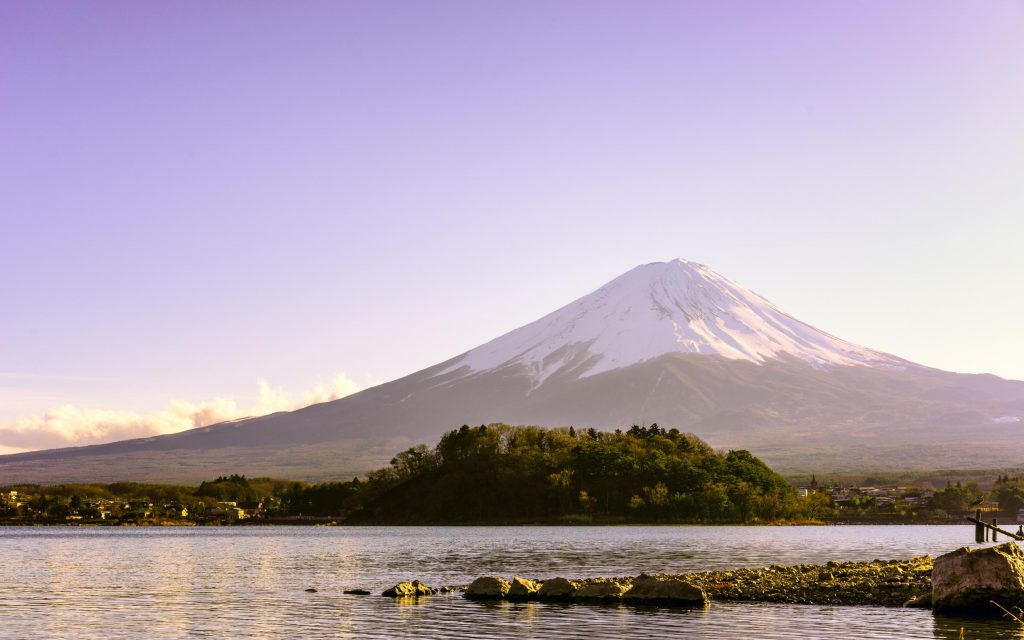
- Fuji Q Highland Amusement Park
- Chureito Pagoda
- Lake Kawaguchi
- Lake Yamanaka
- Lake Motosu
- Fuji Shibazakura

Hakone is one of the best and most popular choices to try and get a glimpse of Mount Fuji because of a number of things: it’s close and very easy to travel to from Tokyo , it’s actually a gorgeous little onsen village itself, and it offers a plethora of fun activities to do while you’re there. Whilst we do recommend an overnight visit there at one of the spectacular onsen if you do visit, Hakone can easily be done in one day, so there’s an option for everyone.

The best way to get a view of Mount Fuji in Hakone is at Lake Ashi. One a nice and clear day, the famous tip of the mountain will be peering over the clouds and the surrounding hills and mountains, and you will a) be stunned by its beauty, and b) be amazed by how you can see even from a few hours away.
How to Get to Hakone
From Tokyo Station, take the Tokaido Shinkansen to Odawara Station. From there, alight and take the Hakone Tozan train and get off at Hakone Itabashi Station. The first half is covered by the JR Pass but the second half is not. Overall, the trip takes roughly under two hours.
If you prefer to travel to Hakone with a guided tour, you can book this Day Trip .
Where to Stay in Hakone – Hotel Green Plaza Hakone
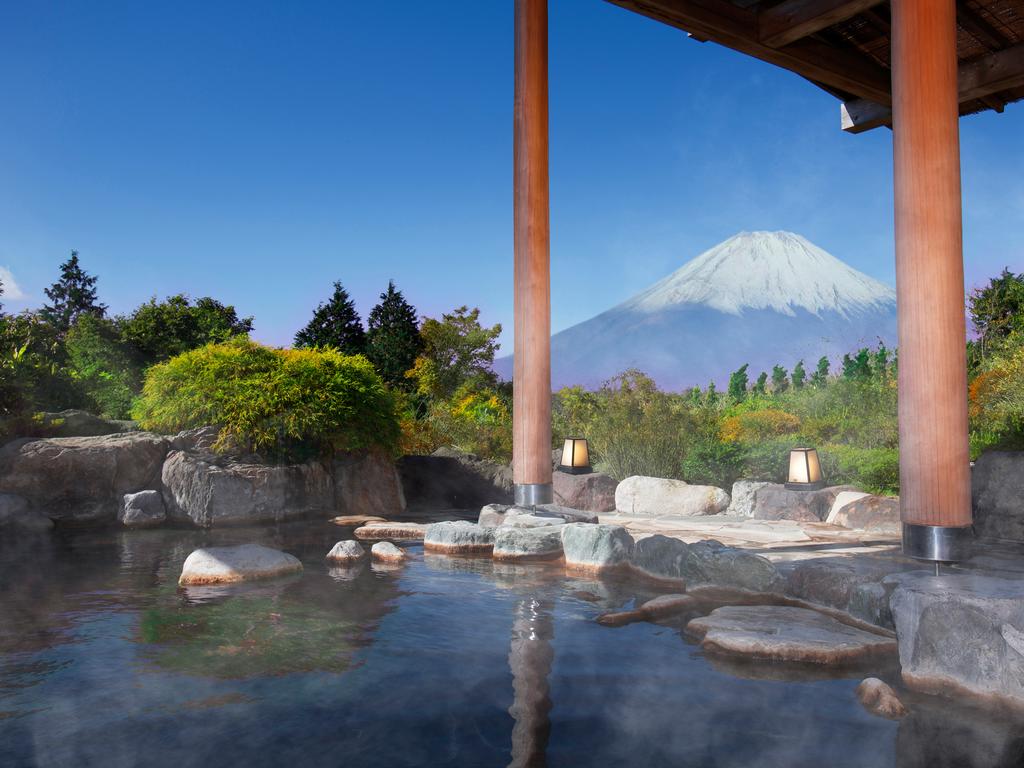
As one of the most popular hotel options in the area, the Hotel Green Plaza Hakone does not disappoint in any aspect, especially not in the views of Mount Fuji Department. On one of its better days, you will be able to relax in the open-air onsen baths and witness Mount Fuji in all its glory. The hotel also offers modern western and traditional Japanese rooms to choose from, buffet style meals, and is within distance to a number of different attractions.

Book It Now : Hotel Green Plaza Hakone
If you are looking for more amazing accommodation options in Hakone, make sure to read this blog post: Ryokan in Hakone with Private Onsen .
2. Fuji Q Highland Amusement Park

For die-hard extreme sports enthusiasts, or those who just want a bit of an unconventional experience, why not hang upside-down to check out Mount Fuji. At none other than the popular Fuji-Q Highland, Japan’s premier amusement park destination for some of the craziest roller-coaster rides, you’ll be able to do just that!

Fuji-Q Highland has gained supreme popularity with those in the young crowd for offering adrenaline-rushing, high-speed ride experiences that are synonymous with Japan’s superior technology and unique way of doing things. Whilst this amusement park is known for its extensive offering of roller-coaster rides, there are other activities to take part in there as well (such as a haunted house!).
Just remember: you’ll need to peel your eyes open on the rides if you want to actually catch a glimpse of Mount Fuji!
How to Get to Fuji-Q Highland
From Shinjuku, you can catch a bus directly to the amusement park. Book your bus ticket here . If you’re looking to book discounted tickets into the amusement park, check out this link here.
3. Chureito Pagoda
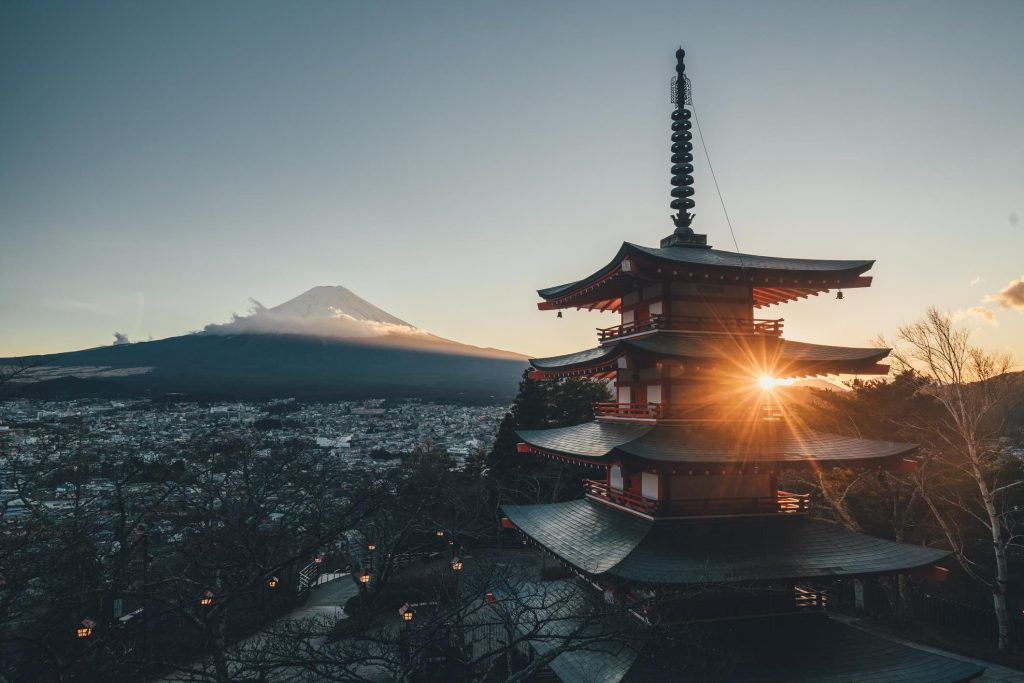
An absolute classic option on this list to catch a glimpse of Mount Fuji would be to head to the Chureito Pagoda at the top of Arakura Sengen Shrine. This five-story pagoda offers one of the most stunning views of Mount Fuji due to its elevation above the ground as well as the view of the surrounding village leading up to the base of the mountain.
On a bright and sunny day, you will be able to capture all the details of the sprinkling of thousands of surrounding houses with the famous snow-tipped mountain top in the background.

The most popular time to head to Chureito Pagoda would be during the cherry blossom season when the sakuras cover the floors and frame your images perfectly. However, expect there to be an enormous crowd there every day during this beautiful period, so either time your visit accordingly to avoid crowds, or try your luck during another time.
Note : try not to head there during the middle of the day as the harsh sunlight does not do photos any favours.
Getting to Chureito Pagoda : From Shinjuku, take the JR Chuo line to Otsuki Station. From there, take the Fujikyuko Line to Shimoyoshida. You will need to walk 20-minutes to the pagoda.
For more information about this place, check out this blog post: Chureito Pagoda .
Mount Fuji Japan Viewpoint #4 – Lake Kawaguchi

Easily one of the most popular spots to take in views of Mount Fuji, Lake Kawaguchi also offers a place to unwind, relax to the sound of lapping water, have a picnic with your better half, cycle leisurely around the lake, and explore little quintessentially Japanese attractions such as the Kawaguchiko Music Forest.
The best place to take in views of Mount Fuji would be from the north-eastern section of the lake, closeby to the Kawaguchiko Music Forest. It’s the most popular in spring (surprise, surprise), when sakura blossoms line the lakeside and present an absolutely breathtaking imagery of the mountain. However, during autumn the momiji leaves burst into colour and also offer a picturesque opportunity.

How to Get to Lake Kawaguchi
From Shinjuku Station, head to Otsuki Station, and alight there for a train to Kawaguchiko Station. All up, the trip should take just over two hours. From Kawaguchiko Station, take the Omni Bus Red Line (Kawaguchiko Line) to Kawaguchiko Music Forest. This should take 25-minutes.
If you want to travel to Lake Kawaguchi with a tour, you can book this one online .
Where to Stay Near Lake Kawaguchi – Fuji Lake Hotel
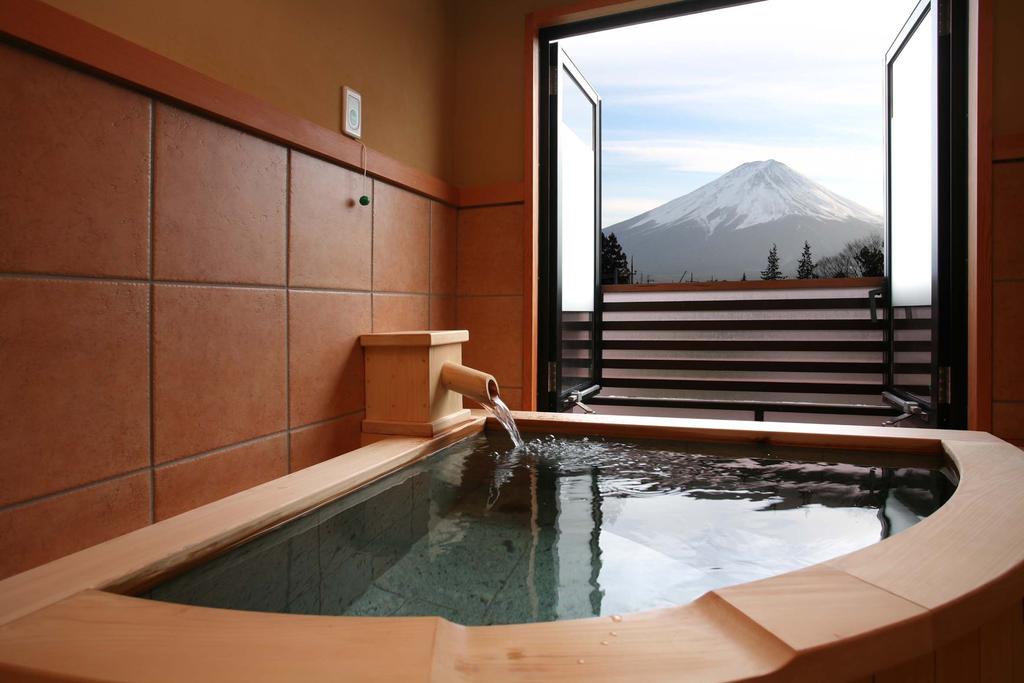
For a premium stay right at the heart of Lake Kawaguchi is the Fuji Lake Hotel, complete with larger-than-average rooms, gorgeous lakeside or mountain views, a free public onsen bath, a seasonal pool, and even additional massage and facial services upon request.
On a nice and clear day, you can be resting in a steaming hot onsen, recharging your body battery with the most spectacular view of Mount Fuji right outside your window. This lake is also close to Fuji-Q Highland – what a bonus!

Book It Now : Fuji Lake Hotel
5. Lake Yamanaka

Another ‘Fuji Five Lakes’ addition to the list, Lake Yamanaka is located on the easternmost section of all the lakes. Although its sister, Lake Kawaguchi, is often the most popular option, Lake Yamanaka is actually the largest of all the lakes.
On a good day, you will be able to spot Mount Fuji from most viewpoints around the lake, however, the northern shore probably offers the best opportunity for undisturbed views.
If you’re visiting Lake Yamanaka, make sure you look into other activities in the area that might interest you, such as fishing and water skiing, and tennis and even camping! There are also a few onsen sprinkled around the lake.
How to Get to Lake Yamanaka
There are many buses that operate directly from Shinjuku to Lake Yamanaka. The trip will cost 2,300 yen and will take approximately two and a half hours. You can book your bus ticket at this website .
6. Lake Sai

Lake Sai is yet another additional from the ‘Fuji Five Lakes’ group. However, it’s definitely one of the smaller, less developed options. In saying that, it does not (at all) affect the gorgeous five-star view of Mount Fuji you can get from the lakeside. This lake is more popular with locals than with tourists, so if crowds are not your thing, consider this option.
One of the best places to try and capture Mount Fuji is whilst visiting Saiko Iyashi-no-Sato Nemba, which is a quaint historical village-turned open-air museum, situated along the shores of Lake Sai. It’s retained its gorgeous countryside look (think thatched rooftops and lots of greenery) and feel which makes it a wonderful place to capture rustic images with a backdrop of Mount Fuji.
How to Get to Lake Sai
Catch a bus from Shinjuku Station to Kawaguchiko Station (you can book your bus ticket at this website ), and from there, take the Omni Bus Green Line which will take you around Lake Sai. Alight at Iyashi no Sato.
7. Lake Shoji
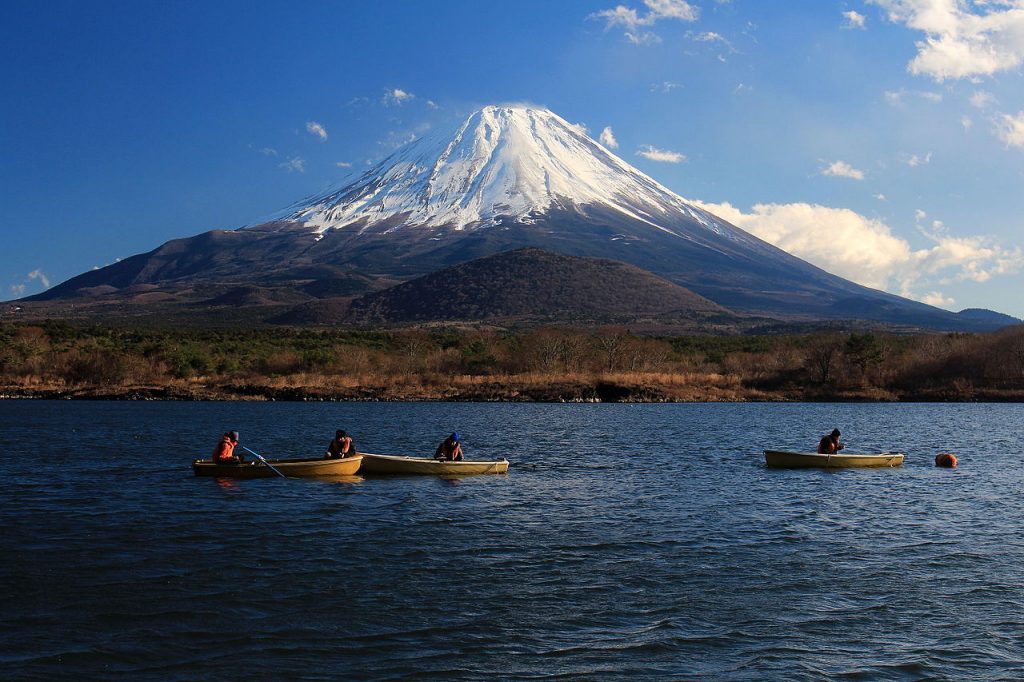
As the smallest lake of the famous Fuji Five Lakes group, Lake Shoji often doesn’t get as much rep or love as the others. However, some vigorously believe that viewpoints here offer the most spectacular sights of Mount Fuji. It’s relatively remote, which means it’s always less crowded, however during most evenings you’ll find people gathered at the western side of Lake Shoji in hopes of capturing the sunset with Mount Fuji.
View this post on Instagram A post shared by 🆃🆂🆄🅼🅸🆉🅾 (@tsumizo) on Nov 16, 2019 at 5:17pm PST
How to Get to Lake Shoji
Catch a bus from Shinjuku Station to Kawaguchiko Station (you can book your bus ticket at this website ), and from there, take the Omni Blue or Retro line to Lake Shoji. Be warned that buses run much less frequently than other lines, departing only a few times a day.
Where to Stay in Lake Shoji – Yamadaya Hotel

Lakeside views of Lake Shoji with mountains in the background make this ryokan hotel the perfect place to relax and recharge at for a few days. It offers all the amenities required for a comfortable stay such as a cosy shared lounge, a paid parking area, flatscreens in all rooms, and even an onsen. Morning and evening walks around the lake are a must.

Book It Now : Yamadaya Hotel
8. Lake Motosu

As the last contender from the Fuji Five Lakes group, you’re probably wondering why you may have never heard of this lake before. It may be largely due to the fact that it’s the most under-developed of all the lakes in terms of catering towards tourists and visitors, and therefore throughout the year it doesn’t welcome as many people.
However, the view of Mount Fuji from its north-western lakeside is so breathtaking, it’s actually the image that you see on the Japanese 1,000 yen note. Whilst we wouldn’t suggest relying on public transport to get there, which may make it difficult for most people, it’s a great place if you’re really looking for peace and quiet, gorgeous views, and to get in touch with nature.
How to Get to Lake Motosu
Catch a bus from Shinjuku Station to Kawaguchiko Station (you can book your bus ticket at this website ), and from there, catch a regular bus bound for either Shin-Fuji, Shimobe Onsen or Motosu and alight at Lake Motosu. The trip will take 30-45 minutes. Please note that the buses only stop on the eastern side of the lake. If have a rental car, it will be easier to access the western lakeside.
9. Fuji Shibazakura

The famous Fuji Shibazakura Festival, held every year from late April to lake May at the Fuji Motosuko Resort in Fujikawaguchiko is the perfect opportunity for people to not only head to the Fuji area to try and capture a glimpse of the famous Mount Fuji, but to also experience one of Japan’s most famous flower festivals as well! Shibazakuras, which are pink mountain phlox flowers, bloom in the tens of thousands here during this period, creating an impressive, massive landscape of different hues of pink which is sure to delight anyone from professional photographers to social media enthusiasts.

How to Get to Fuji Shibazakura
Catch a bus from Shinjuku Station to Kawaguchiko Station (you can book your bus ticket at this website ), and from there, there will be a shuttle bus called the Shibazakura Liner which will take you to the festival. It takes 30-minutes and departs once or twice per hour. This shuttle bus only operates during the festival period. For 2,000, you will get a round trip and admission to the festival.
To ease the organisation of the trip, you can also book this cool tour which also includes a ropeway and fruit picking experience.
10. Miho Beach
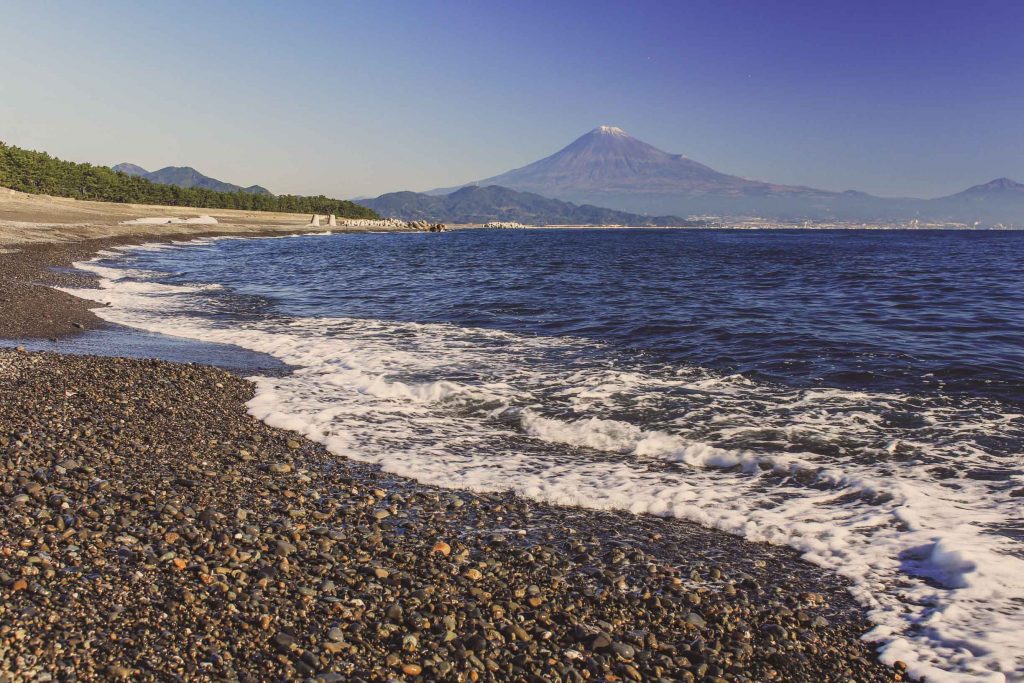
Further outside of the Fuji area lays Miho Beach in Shizuoka City. You may be surprised to find out that this pine-tree lined beach is actually famous for its views of Mount Fuji. This is the case where close is not necessarily best, as all along Miho Beach’s 3-kilometre black pebble bay, you will be able to witness unobstructed views of Mount Fuji (on a good day!). During the warmer months, we recommend hiking the walking trails around the beach, or hiring a bike and leisurely cycling around the surrounding bike paths.
How to Get to Miho Beach
From JR Shizuoka Station, take the Miho Yamanote Line bus to JR Shimizu and alight at Miho-no-Matsubara Iriguchi. This will take 25-minutes. From there, the walk to Miho Beach is 20-minutes.
Where to Stay in Miho Beach – Ryokan Hagoromo

If you want to stay near Miho Beach, we highly recommend the beautiful Ryokan Hagoromo! You will be able to enjoy a typical Japanese style stay with delicious kaiseki meals, traditional Japanese rooms with tatami and amazing outdoor onsen (rotenburo).

Book here : Ryokan Hagoromo
To be honest, the stunning Mount Fuji will take your breath away wherever you decide to view it from. It’s hard to describe just how impressive it is in real life, and unfortunately, due to the weather associated with Fuji Kawaguchiko, there’s almost no guarantee that the one or two days you plan to spend there will result in witnessing the mountain.
However, if you’re able to be a bit flexible with your time, keep tabs on the weather and plan accordingly, then hopefully you’ll be able to capture the view of a lifetime. And if it doesn’t happen the first time…there’s always next time.
If you are looking for a last spot near Mount Fuji, check out the lovely Oshino Hakkai village .
Leave a Reply Cancel reply
Your email address will not be published.

Chureito Pagoda – One of the Best Viewpoints to See Mount Fuji!
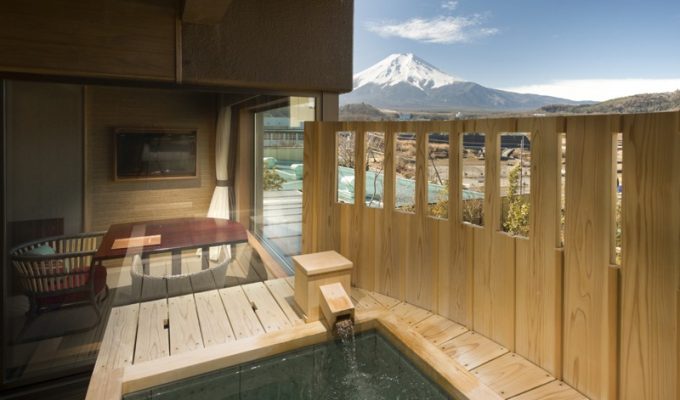
Mt Fuji Ryokan with Private Outdoor Onsen – Relax With A View In These 11 Gems
Welcome to the new sumo restaurant in tokyo: asakusa sumo club.
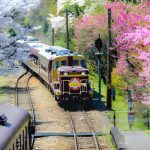
A Complete Guide To Enjoy Peach Blossom In Japan
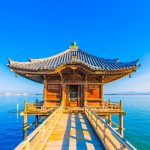
Discover Otsu – 10 Things To Do In This Beautiful Hidden Town Near Kyoto
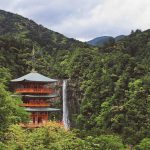
Japan Travel Blog 2024 – The Ultimate Guide To Visit Japan
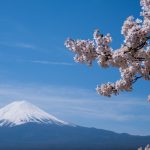
Cherry Blossom Forecast Japan Spring 2024 – When To Enjoy Sakura
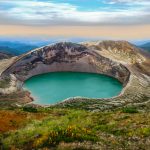
Zao Onsen – Get Off The Beaten Track And Visit This Gorgeous Onsen Town
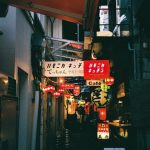
Explore Kichijoji in Tokyo – Full Area Guide You Have To Read!
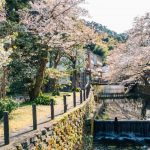
The 7 Best Onsen Towns Near Kyoto You Have To Explore
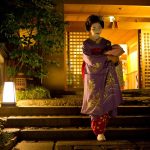
The 12 Best Luxury Ryokan In Kyoto You Should Book In 2024

Exploring Mount Fuji: A Visitor's Guide
Written by Bryan Dearsley and Meagan Drillinger Updated Dec 26, 2023 We may earn a commission from affiliate links ( )
Mount Fuji — or Fujisan in Japanese — is the highest peak in the Fuji volcanic chain in central Japan and is the country's highest and most beautiful mountain . Almost perfectly round, its symmetrical form has long been celebrated in poetry and painting. The best known of these homages to this beautiful mountain can be found in the 8th-century verses of Yamabe Akahito, and the series of woodcuts, Views of Fuji , by Hokusai at the turn of the 19th century.

Recognized as the very symbol and emblem of Japan, the often snowcapped Mount Fuji can, on a clear day, be seen from as far away as Tokyo some 100 kilometers to the east. Part of Fuji-Hakone-Izu National Park , Mount Fuji attracts more than a million tourists each year to the mountain and surrounding towns, approximately 300,000 of whom will make the climb to the top.
Of the hundreds of thousands of climbers who attempt to reach the summit of Mount Fuji between July and August, many will scale the mountain as an almost religious act, the culmination of which is the observation of sunrise on the summit.
One of Japan's Three Holy Mountains , or sanreizan, Mount Fuji joined the ranks of UNESCO's World Heritage Sites in 2013 as an important cultural location.
Climbing the mountain is now a rewarding and relatively easy experience given the numerous facilities set up to feed and accommodate climbers. Near the mountain are many cultural attractions and fun things to do that offer other reasons to visit besides summiting the peak.
See also: Where to Stay near Mount Fuji
Tours to Mount Fuji
Mount fuji: facts and figures, climbing mount fuji, the mount fuji trails, the summit crater, fujiyoshida, fuji five lakes, aokigahara forest, where to stay near mount fuji for sightseeing, best time to visit mt. fuji.
- Mt. Fuji and Hakone in One Day : Mount Fuji is an absolute must when visiting Japan, but you'll find that the region has much to see beyond the mountain. This Mt. Fuji and Hakone One-Day Bus Tour takes travelers on a full-day tour to Mt. Fuji, followed by a scenic boat ride on Lake Ashi and an aerial tram over Owakudani Valley. The 11-hour tour includes an English-speaking guide and lunch.
- A VIP Experience : Visitors with a little extra money to burn can book this Mt. Fuji Private Customized Tour . With the help of a private, English-speaking guide, visitors can customize their own itinerary to make sure the experience is maximized. Enjoy views from the 5th Station, visit Shinto shrines along the base of the mountain, and see the Fuji Five Lakes.
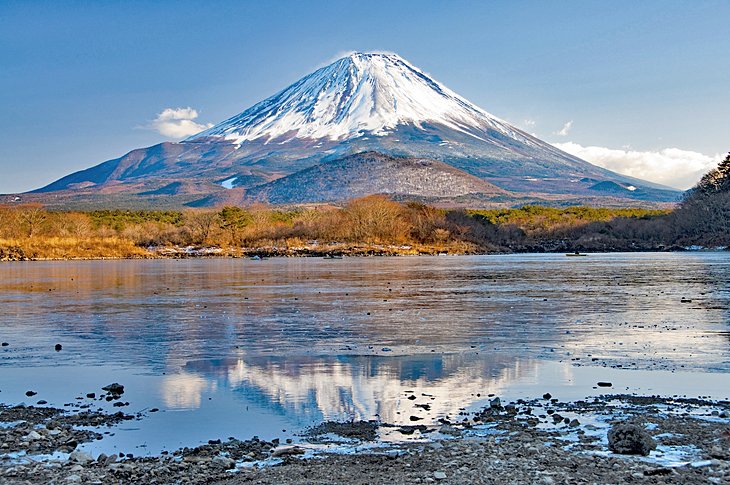
Mount Fuji is a stratovolcano with a complex geological history spanning many millennia and a perfectly circular appearance. Its base has a diameter between 40 and 50 kilometers, while its summit stands 3,776 meters high and is capped by snow for several months of the year.
Believed to have been named after the Ainu word for fire, Mount Fuji has had an active history as an erupting volcano, with the last recorded eruption occurring in 1707 . During that eruption, known as the Hoei eruption, the town of Edo (present-day Tokyo), some 100 kilometers away, was covered with a thick layer of ash. At the same time, the present lateral crater of Hoeizan was formed.
Fortunately, the volcano has remained dormant since then, although there are those who speculate that another eruption is possible in the foreseeable future, and could cause major disruption for the region.
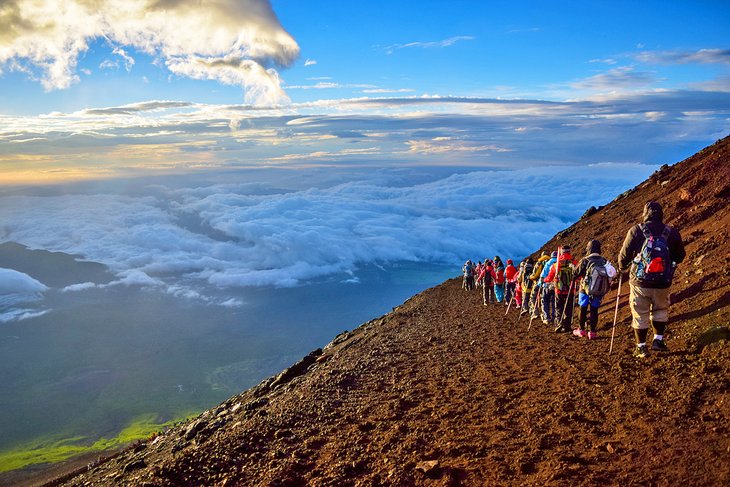
Highlight : An eight-hour ascent that leads to the highest point in Japan
With more than 300,000 visitors arriving each July and August to make the approximately eight-hour ascent, the crowds climbing Mount Fuji can at times seem a little daunting.
Likewise, the roads leading to Mount Fuji are sometimes gridlocked, too. This is especially true at sunrise at the summit , the reason the majority of Japanese visitors make the pilgrimage, an important rite of passage to be tackled at least once in a lifetime (an old Japanese saying states that only fools make the climb a second time). It has been a tradition that reputedly dates back to the seventh century, when the first monks began climbing the mountain.
There are four routes up Mount Fuji , each divided into 10 stages (or "gome") of varying lengths, with the most popular being the Yoshida Trail. Paved roads reach as far as the 5th stations, and between the 7th and 8th stations of the Yoshida Trail, numerous Mountain Huts provide lodge-style facilities offering food, drink, and overnight accommodations. While huts are always open during July and August, be sure to check in advance for locations open during cooler months of the year.
Most climbers start their ascent in the early afternoon from the 5th Station so as to reach the 7th or 8th Stations before nightfall, spending the night in a hut before making the final summit climb early the following morning. Once here, climbers rest, take a walk around the Summit Crater (the Naiin, or "shrine") before beginning their descent around midday, returning to base in the late afternoon.
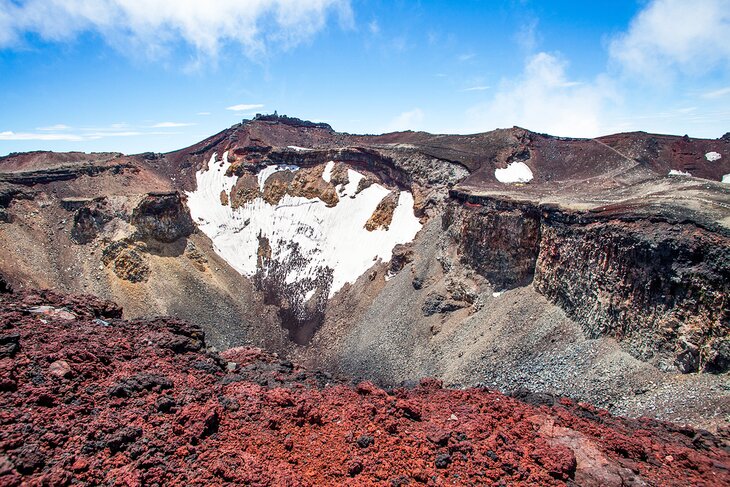
An increasingly popular variant is to make the ascent in one go, starting after 4pm and reaching the summit at sunrise. This latter option also offers great views from the summit before clouds begin obstructing the view down into the valley, usually after 9am, and ensures a chance of catching a glimpse of the famous Mount Fuji sunrise ( goraikō).
Climbers intending to make the summit in a day like this need to be able to recognize the symptoms of altitude sickness and change plans accordingly, if need be.
Another popular option is to take one of the frequent buses running from the foot of Mount Fuji to the 5th Station (or drive and park here) and continue the climb. This effectively reduces much of the hard work required to make the ascent, and allows the return trip to the summit to be done in a day.
Alternatively, seasoned climbers and hikers may arrive in the quieter seasons of late spring and early fall to make their ascent, though the added dangers of snow and freezing temperatures do not make this the most recommended course of action.
Those looking to avoid the crowds but still hike in safer conditions, should aim for a weekday within the first few weeks of July. The beginning and end of the official climbing season are celebrated on July 1 and August 31 with solemn ceremonies.
For a fast and easy way to get to the 5th station from Tokyo, the Mt. Fuji, Lake Ashi and Bullet Train Day Trip departs from the city and provides quintessential views of the mountain. After time spent exploring the shrines, souvenir shops, and climbers at the Fuji Subaru 5th Station, this narrated tour rounds out the experience with a boat ride across Lake Ashi and views of Fuji-Hakone-Izu National Park. At the end of the day, travelers catch a bullet train back to Tokyo. (Lunch is provided.)
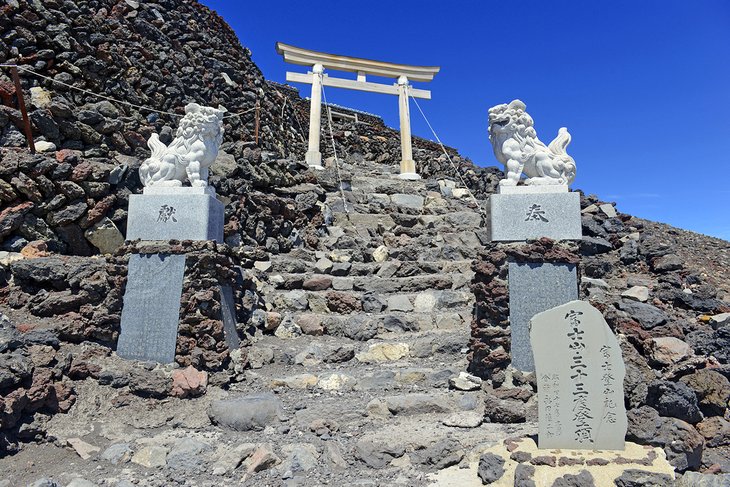
Highlights : A selection of wide, safe trails all lead to the summit of Mount Fuji and can be accessed without serious climbing gear.
Mount Fuji's summit is accessible by four trails leading from the different 5th Stations: the Yoshida, Subashiri, Gotemba, and Fujinomiya trail. Of the routes from the 5th Stations, the Yoshida and Fujinomiya trails are most popular due to their numerous large huts and bigger parking lots, and their popularity among the many tour operators whose buses stop here.
While most visitors refer to "climbing the mountain," the slopes are gentle enough that even the steepest of spots can be handled without climbing gear. Trails are wide and safe and can easily handle the large numbers of climbers — even at choke points like the summit.
A popular alternative to climbing to the summit is to take the Ochudo-meguri trail . Known as the "boundary between heaven and Earth," this path encircles the mountain between the 5th and 6th Stations at the 2,500-meter mark. The complete circuit covers a distance of almost 20 kilometers and will take between eight to 10 hours, depending on your level of fitness.
The most difficult stretches are Hoeizan, on the east side, and the Osawa Gorge - the largest gorge of Mount Fuji - on the west side.
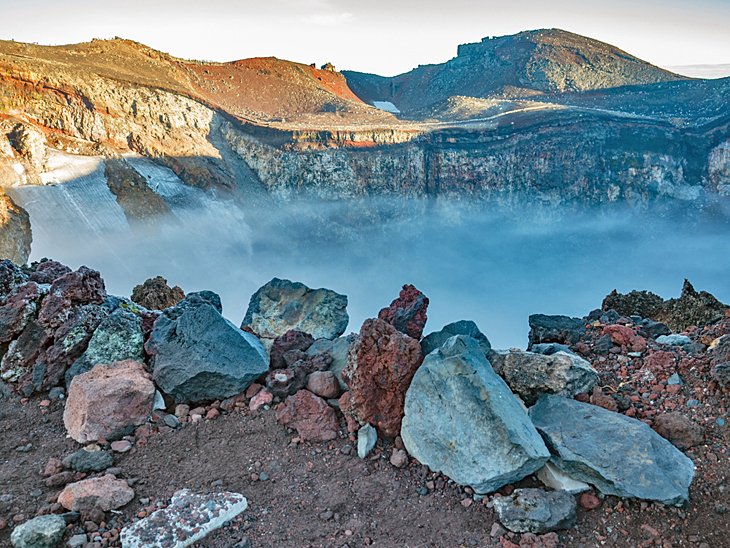
Highlight : A trail that leads to the eight peaks of Mt. Fuji, including the highest peak of them all
The crater rim trail around Mount Fuji's summit, Ohachi-meguri, takes in its eight peaks. These include Kengamine Peak , the highest point in Japan.
Much easier than the steep direct route along the crest is the shorter four-kilometer path around the inner rim of the crater, with the benefit of passing the Fujisan Sengen Shrine and the Gimmeisui Spring, also known as the "silver-shimmering water."
At the foot of the Hakusan peak, on the north side of the crater, rises the Kimmeisui Spring, or the "golden-shimmering water." It's well worth the effort, with the climb to the crater offering breathtaking views over almost the whole of mainland Japan.
Hot Tip: Be sure to visit the Kusushi-jinja Shrine , where special stamps can be purchased (and postcards mailed) commemorating your climb to the summit.
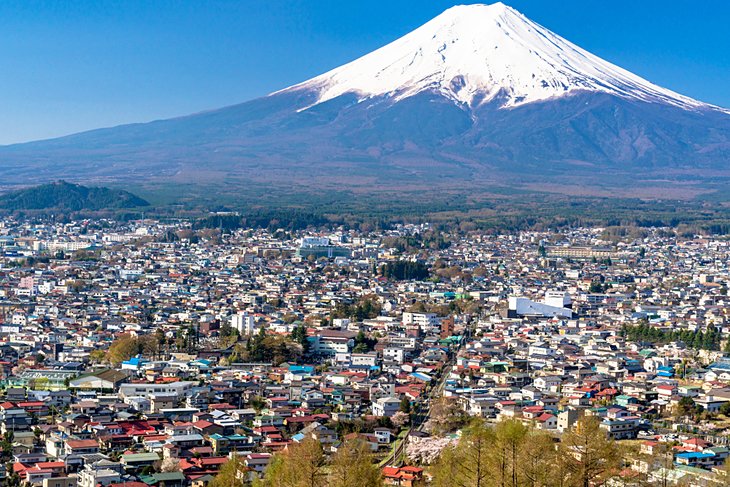
Highlight : Mt. Fuji's lower regions have a number of important historic shrines and thousands of years of history.
Due to the increasing popularity among "casual" climbers - a group made up largely of tourists and day trippers - of simply wanting to say they've "done Mount Fuji," a number of older shrines, huts, and teahouses along the lower routes are once again becoming popular.
These routes, such as the old Murayama trail in the southern foothills, are often skipped over by those heading for the summit. From these different vantage points, you'll not only gain a better perspective of the longstanding cultural history of Mount Fuji, you'll also enjoy some great views up the mountain from the lower slopes.
The city of Fujiyoshida serves as another good place from which to explore Mount Fuji's lower regions. In addition to its wonderful views of the mountain, it offers a number of interesting tourist attractions, too. Highlights include Kitaguchi Hongū Fuji Sengen Jinja , an important Shinto shrine with a nearly two-millennium history of serving as the starting point for pilgrimages up Mount Fuji.
The shrine is now also home to a museum dealing with the lives of locals living in the volcano's shadow. Fujiyoshida is also where you'll find the Oshino Hakkai , a small village with postcard-worthy views of Mount Fuji surrounded by tranquil ponds and landscaped settings.
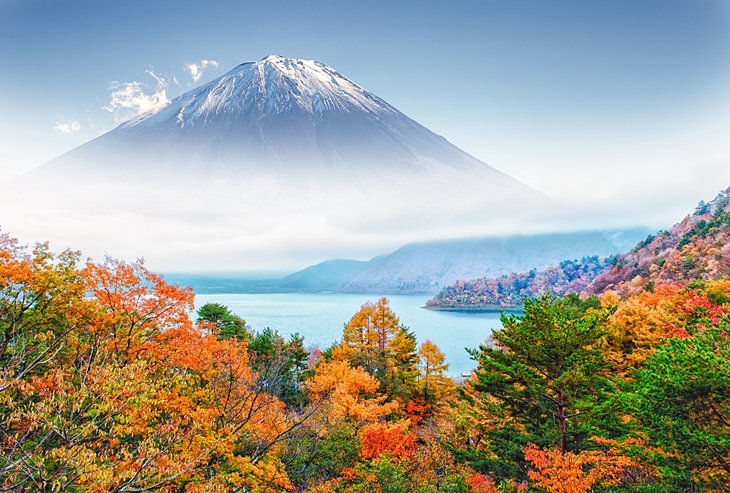
Highlights : Kayaking, fishing, and a fun-filled pirate-themed boat cruise
On the northern flank of Mount Fuji is the Fuji Five Lakes region, an area of outstanding natural beauty that also provides superb views of the mountain. The five lakes themselves - Lakes Shoji, Kawaguchi, Saiko, Yamanako, and Motosuko - are worth the journey and offer a number of fun activities, from fishing to kayaking or a pleasant trip aboard a pirate-themed cruise ship.
Another attraction of note in the Five Lakes region is The Healing Village (Saiko Iyashino-Sato Nenba). This interesting traditional Japanese village showcases the lives and livelihoods of the locals over past centuries.
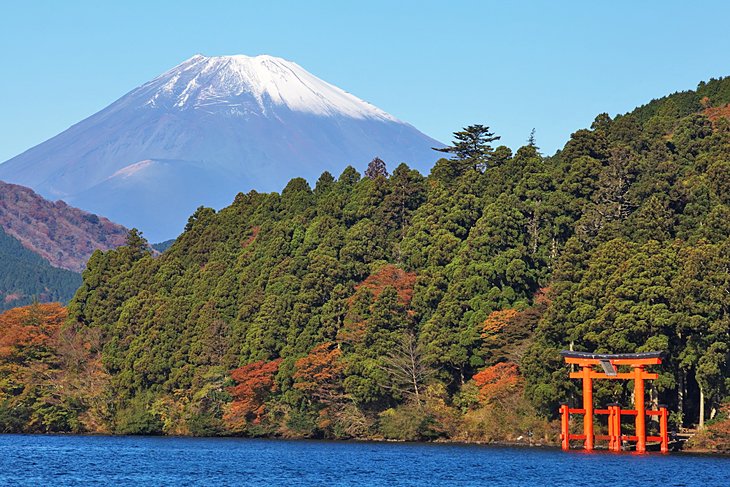
Highlight : An eight-kilometer lake known for its resorts, boat rides, and scenic views
For a stunning watery environment with great views of Mount Fuji, Lake Ashi, roughly 50 kilometers southeast of the summit, is a popular day trip from Tokyo. It is reputedly one of the most beautiful bodies of water in the world. Bordering all sides of this eight-kilometer lake are mountains and lush forested landscapes.
Popular activities at Lake Ashi include scenic boat rides, staying at nearby resorts, and simply enjoying the views out and over the water. The most convenient way to get to the shore of Lake Ashi is the Hakone Ropeway, a gondola ride that delivers elevated views.
For a full-day adventure and healthy taste of Mount Fuji landscapes, the Mt. Fuji, Lake Ashi and Bullet Train Day Trip from Tokyo takes care of all the logistics of visiting Lake Ashi (including a ride on the Ropeway) and the 5th station of Mount Fuji in a single day and concludes with a Bullet Train ride back to the city. Note that the colder months of the year tend to have the best view of the mountain backdropping the lake. (Lunch is provided.)
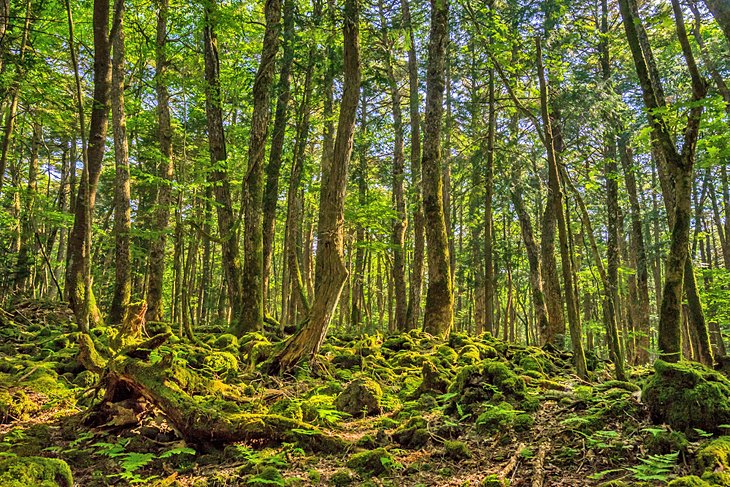
Highlight : A circular ice cave known for its ever-changing ice formations
Also known as the Sea of Trees, the Aokigahara Forest on the northern slope of Mount Fuji has a bit of a macabre association tied to it. Myths and other monikers aside, this dense forest of overgrown roots, moss, and light-reducing trees is a notable attraction in the area, much in thanks to the explorable caves and other hiking opportunities offered here.
One of the most popular tourist attractions within the forest and the surrounding Five Lakes region, the Ice Cave is a circular cave with ever-changing ice formations. The Wind Cave , on the opposite side of the forest, provides an easy 15-minute underground tour with interpretive information. Both caves have their own visitor centers located near their entrances, where tourists can find souvenirs, various food stalls, and even some much-welcome ice-cream on hot summer days.
We recommend these unique hotels near Mount Fuji, each of which boasts beautiful mountain views:
- Konansou : This luxury hotel offers an authentic Japanese experience, along with lovely Mount Fuji views. Highlights include its tatami rooms; an indoor pool; spa treatments; and for the kids, an amusement arcade.
- Fujisan Onsen Hotel Kaneyamaen : This highly recommended 3.5-star hotel features wonderful staff, a beautiful traditional Japanese garden with hot springs, a tea ceremony, and an authentic drum show.
- Fuji View Hotel : A good choice for its mid-range pricing, convenient location, and helpful service, Fuji View Hotel also offers a great buffet breakfast plus a hot tub.
- Oike Hotel Honkan : A great option for those seeking budget-friendly rates, Oike Hotel features traditional Japanese-style rooms plus a handy shuttle bus service.
While Japan is a great destination to visit year-round, its most famous landmark can be rather fickle depending on the time of year. The mountain, which stands at a staggering 3,776 meters, is best viewed on a clear day, so the time of year matters when it comes to the best viewing and visiting of Mount Fuji.
December and January are the best times to view the mountain , as the weather is the clearest, and views are unfettered by clouds. This is not, however, the best time to climb Mount Fuji. For that, July, August, and September are best. In fact, these are the only times to climb the mountain because that is when the trails are open.
Expect obstructed views and rainy weather in April, May, June, July, August, and September, particularly during the rainy season.

More on Japan

Kawaguchiko: Best Things to Do around Mt.Fuji
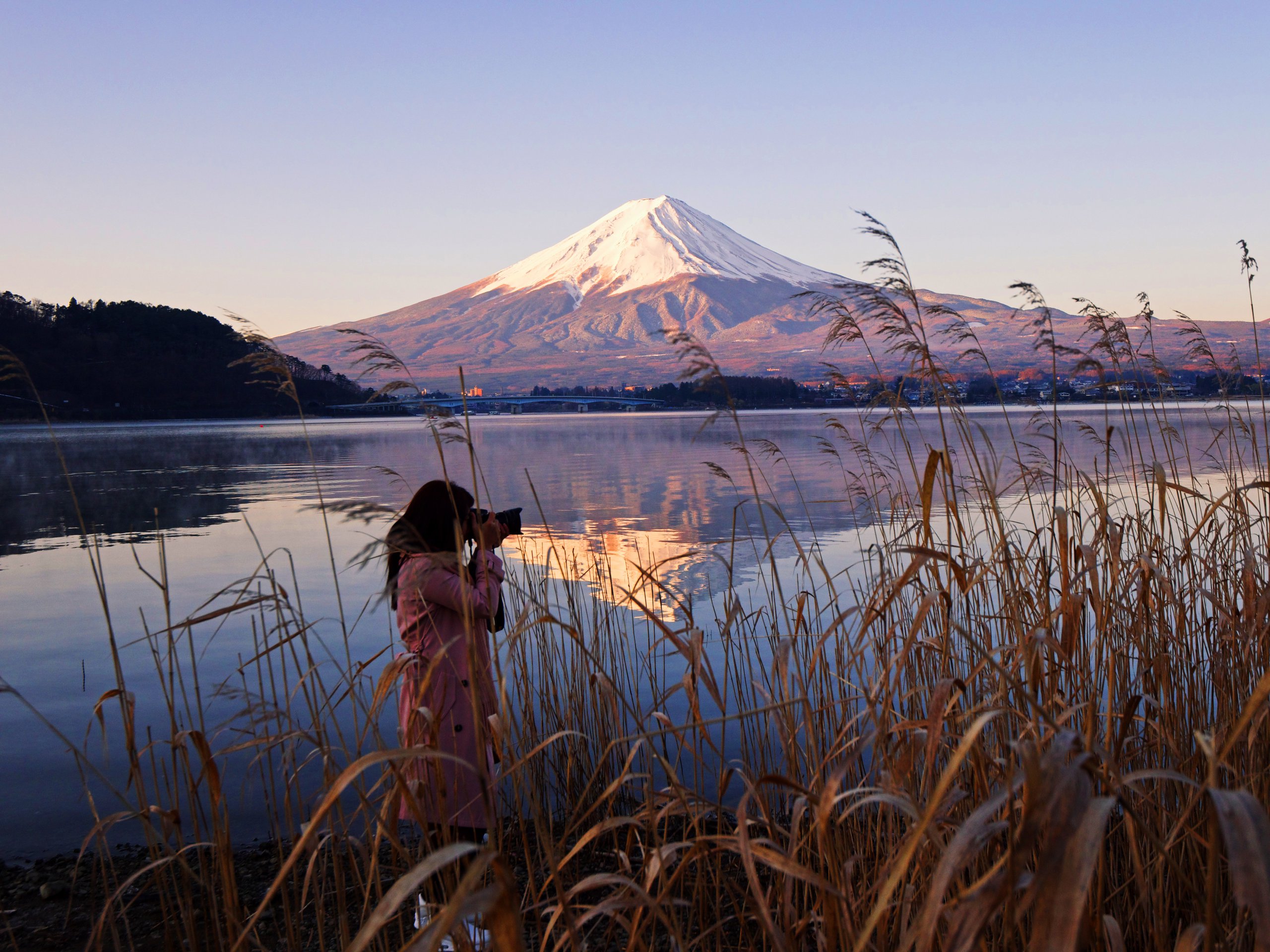
In the Kawaguchiko area, you can have magnificent views of Mount Fuji . Especially across the Kawaguchiko Lake, one of the five lakes in the surroundings of the Mount Fuji area, the mountain is beautifully portrayed on a clear day. It is also one of the easiest accessible places from Tokyo, with direct bus and train connections. The area is great for a day trip, but with all the many interesting and fun things to do in the Kawaguchiko area, a weekend trip here is definitely a perfect idea to do!
Recommended tour: Mt. Fuji Day Trip from Tokyo Bus Tour
How to Get There and Around
Enjoy stunning views at kawaguchiko 5th station, arakurayama sengen shrine, kitaguchi hongu sengen shrine, lake kawaguchi mt. tenjō ropeway, aokigahara-jukai forest and lava caves, ide shuzo sake brewery, oshino hakkai springs, thrilling ar night walk adventure, 1. highlights cycling route, 2. 5th station and secret forest route bus route, 3. national treasure bus route, recommended mt. fuji tour, recommended hotels with mt fuji views:, other articles you might like.
If you’re looking to travel to Kawaguchiko from Tokyo, the most convenient option is taking a bus. It typically takes around 2 hours and costs between 2,000 to 2,500 yen. Buses depart from several locations in central Tokyo, such as Shinjuku Station and Tokyo Station. Alternatively, you can opt for a JR train from Shinjuku Station which will take 2-3 hours. For more information on traveling to and around Kawaguchiko, we have an article that covers everything you need to know.
Things to Do in the Kawaguchiko Area
From Kawaguchiko station, you can take a bus to the Fuji Subaru Line Gogōme, also known as Yoshidaguchi 5th Station or Kawaguchiko 5th Station. This station is a popular starting point for people climbing Mount Fuji, in fact, it is the most used of all four stations. With easy access from Tokyo, many people also just go there to watch Mt. Fuji, without climbing it. From the station, you also have great views of the Five Mount Fuji Lakes. The station is accessible almost all year round, snow conditions permitting, making it a popular sightseeing spot even outside of the climbing season.

For those of you wanting to climb Mount Fuji, this station is a good starting point. At the station you will find some restaurants and shops, to gear up properly before you start the journey to the summit. We always advise you to climb Mount Fuji during the season and with a guide, read more about these options here. ▶ Mt. Fuji Pilgrim Hiking (1st to 5th Station)
Mt. Fuji 5th station The bus from Kawaguchi station to the fifth station will take about 50 minutes one way, and cost you ¥1,570 for a one way ticket or ¥2,300 yen for a round trip.
When you head east from Kawaguchiko station for about 4 km, you will find Arakura Sengen Shrine. What makes this shrine extra special is the panoramic view from the top, from there you can see Mt. Fuji along with 5 storied Chureito Pagoda.
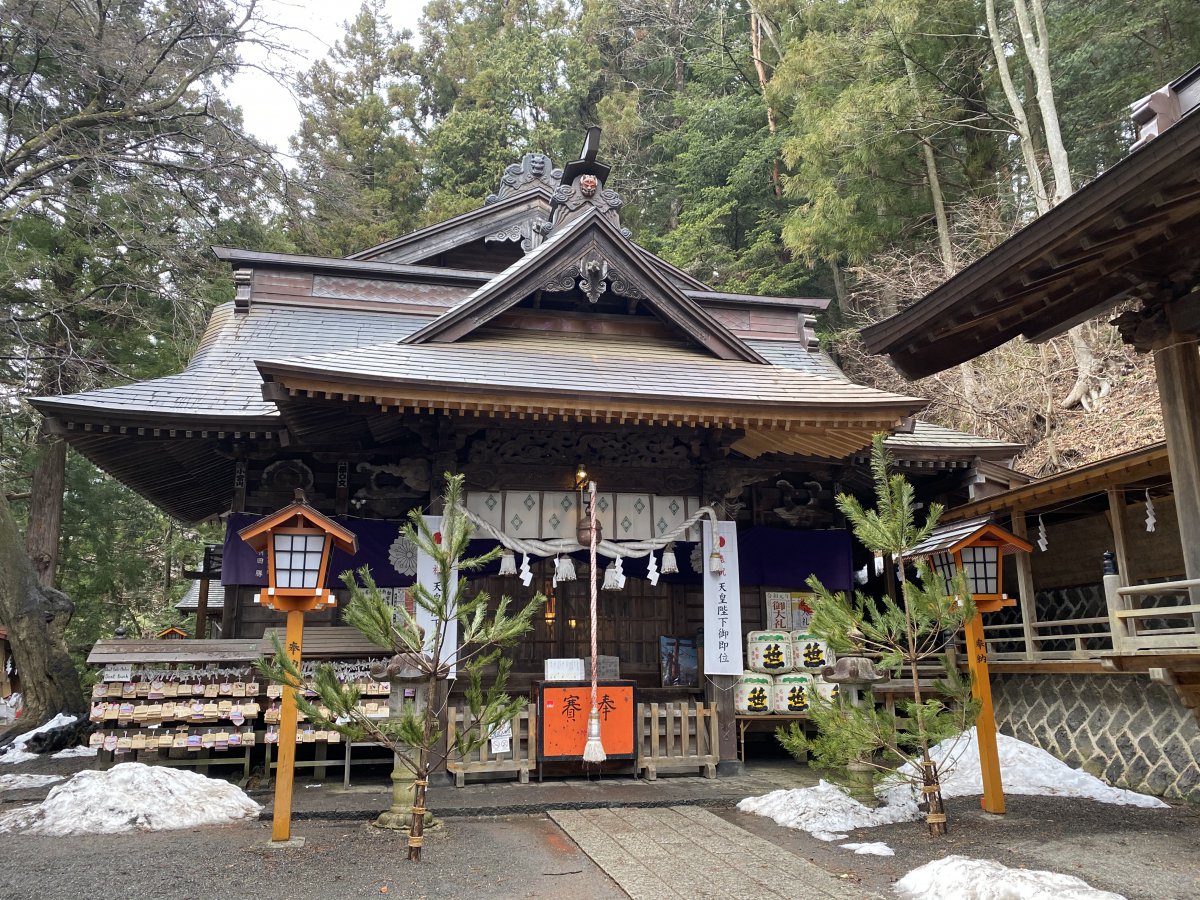
From the Arakurayama Sengen Shrine, 398 steps lead you to the top, where you will find the Chureito Pagoda. This great view is quite famous and has been featured in many guidebooks. Especially during the spring season, when the sakura blossoms are flowering, this place feels almost magical.
Finish off your perfect day and watch the sunset from here!
At the starting point of the Yoshida trail, you will find the Kitaguchi Hongu Sengen Shrine, also known today as the Fujiyoshida Sengen Shrine. The Yoshida trail leads all to way to the top of Mount Fuji, though, few climbers begin their hike from here now. Many climbers do still visit the shrine before their ascent to pray for a safe climb.
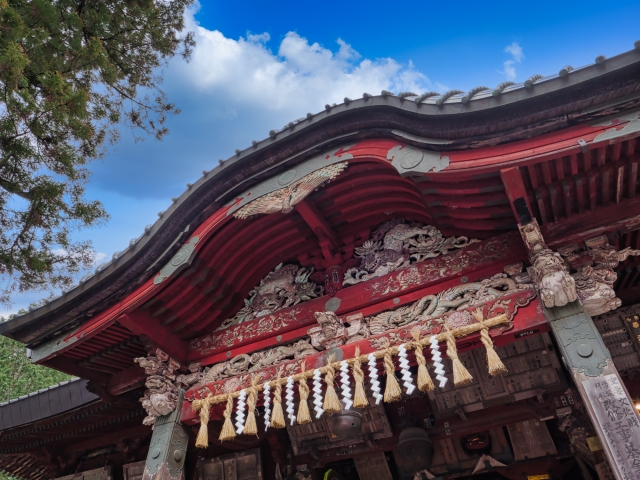
Each year, the shrine is the center stage for one of the three “most unique festivals in Japan”. The Yoshida Fire Festival is celebrated to mark the end of the Mount Fuji climbing season and to praise the gods. During the festival about 70 large torches are lit throughout the city, turning the main street into what looks like a river of fire.
Official website Kitaguchi Hongu Sengen Shrine Free admission
This cable car is located on the lakeside of Kawaguchiko. There are two cable cars and you can see the lake and Mt. Fuji from the top. Especially in the autumn season, you can see the beautiful autumn colors of the tree leaves in this area while riding on the cable car. The three minutes to the top will literally fly by!
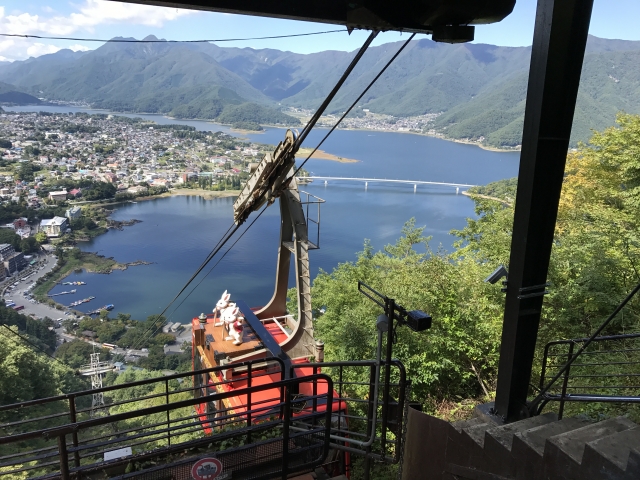
Kachi Kachi yama Admission ¥900 yen for round trip
From this beautiful park located on the north side of Kawaguchiko Lake, you can see the beautiful Mt. Fuji and its reflection in the lake. In spring and summertime, when many flowers are blossoming at Oishi Park, the views are amazing. Especially from late June to early July, when the lavender flowers are in bloom and make the place look like it has a purple carpet, many people visit this picturesque spot. At Oishi Park there are several restaurants and shops, making it a great spot for a break after a hike.
Oishi Park Free admission
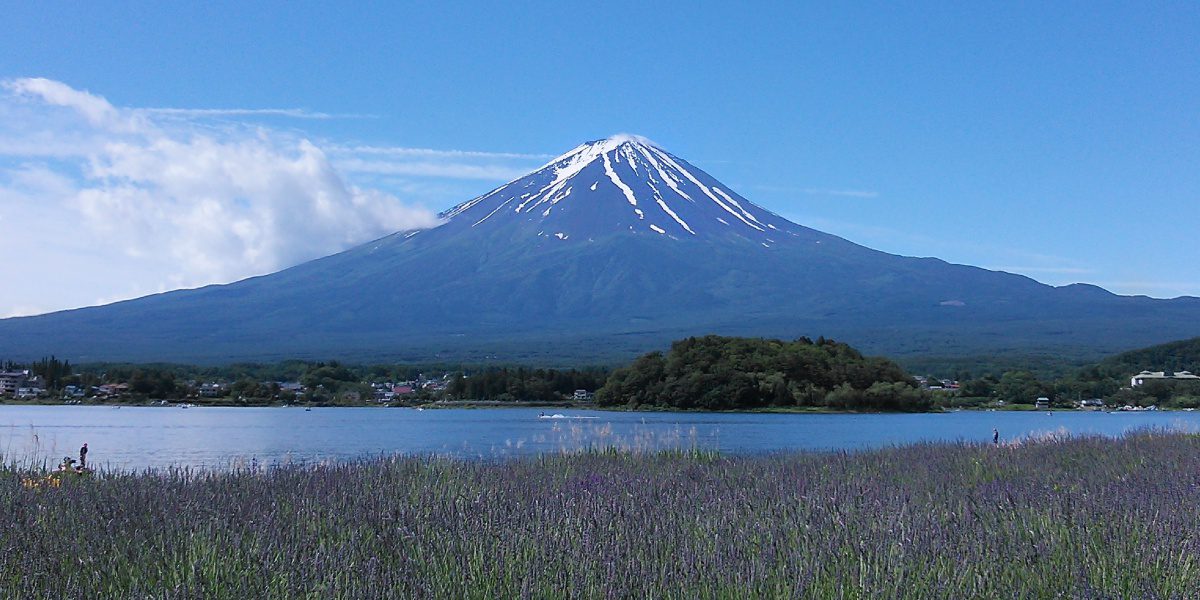
Aokigahara forest is a beautiful forest on the northern foot of Mt.Fuji. The Japanese name of the forest is Aokigahara-jukai, jukai means a sea of trees. The forest was formed on the lava plateau after the eruption of Mount Fuji in 864. It can be difficult to navigate your way as the forest is very dense. Because of the high density of trees you will hardly feel any raindrops, the forest will protect you from rain, wind, and snow! Sadly for this reason and the remoteness of this forest, this place is also known as the suicide forest. However, it is a very beautiful place to go hiking, just make sure you don’t get off the trails, and is recommended to go with a guide . Recommended tour: Trekking Experience of Aokigahara Sea Of Trees and Caves Exploration

In the vicinity of the Aokigahara forest, there are some deep lava caves, such as the Fugaku Wind Cave and the Narusawa Ice Cave. When you are in the area, visiting these famous caves is a must. The temperature in both caves is somewhere between zero and three degrees all year round, but don’t let that stop you from witnessing these miracles of mother nature.
Aokigahara Admission ¥350
Very close to Kawaguchiko station, there is a sake brewery called Ide shuzo . This small family-run brewery has been making sake for 21 generations, using water from Mount Fuji. At the brewery, you can learn more about the process of making sake, or just sample the finished product!
A tour is offered in English twice every day at 9:30am or 3pm and a reservation is required. The reservation can be made online for ¥800 per person (including sake tasting).
Ide shuzo Sake tour ¥800 (including sake tasting) Sake tasting ¥500
Hakkai means eight seas, referring to eight clear spring water ponds at the foot of Mount Fuji that Oshino Hakkai is famous for. It is located between Kwaguchiko and Yamanakako, on the bottom of the former 6th lake of the area. The water from the ponds is of very good quality, containing some of the nation’s best spring water! You can even drink water from one of the pools.
Most of the pools are filled by melted snow that has run down from Mount Fuji and some are inhabited by koi fishes. Around the pond, there are many traditional Japanese houses and a museum that is also worth visiting! Oshino Hakkai is also a popular destination for cherry blossom viewing, and usually, the best viewing time takes from early to mid-April.
Oshino Hakkai Admission free

Looking for a unique experience that’s fun for the whole family? This augmented reality adventure takes you through an illuminated forest on a quest to catch ghosts. The experience is a great way to enjoy the area in the evening, and is perfect for families with kids. Have a look below for more info!
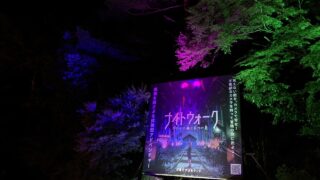
If you are interested in a tour around the Kawaguchiko area, please contact us!
Suggested Routes in the Kawaguchi Area
Many of the accommodations in the area offer bicycles for rent, sometimes it is even included in the price. The area around Lake Kawaguchi is great to discover by bike. A suggested itinerary is below.

Duration: Approx. 7 hours A: Kawaguchiko Station B: Arakurayama Sengen Shrine C: Oishi Land D: Ubuyagasaki Shrine E: Sake brewery
To fully experience the area and discover hidden gems that only locals know, it is highly recommended to book a guided cycling tour. Not only does it provide insurance coverage, but it also includes the convenience of a support car in case you become tired or need to transport heavy luggage. Don’t miss out on the opportunity to make the most of your adventure by booking a guided tour !
This route covers the 5th station, Aokigahara forest and Narusawa Ice cave. But if you have time, you can combine it with the sake brewery or the ropeway!

Duration: Approx. 7 hours Costs: About ¥3,600 for transportation + ¥350 per person for the ice cave B: Kawaguchiko 5th station C: Kawaguchiko station D: Aokigahara and Narusawa Ice Cave
How about going to National treasures? On this route, you will visit Kitaguchi Hongu Sengen Shrine and Oshino Hakkai first. Then head back to Kawaguchiko and go to Mt. Tenjō Ropeway.
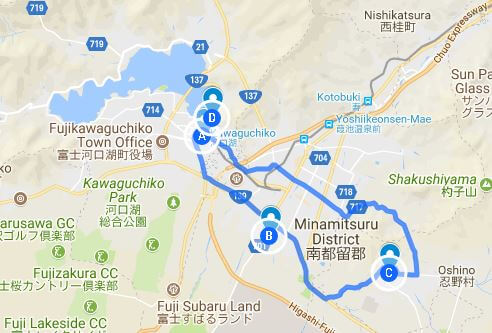
Duration: 7 hours Costs: ¥1,030 yen for the bus + ¥900 yen per person for the ropeway A: Kawaguchiko station B: Kitaguchi Hongu Sengen Shrine C: Oshino Hakkai D: Mt. Tenjō Ropeway

If you’re interested in a guided tour of the Kawaguchiko area and want to visit some of the local attractions, we’ve got a day trip tour available from Tokyo! Simply meet up with your guide at Shinjuku Station, get on a bus, and enjoy a comfortable ride to the Mt. Fuji area. You can explore various places to see the stunning view of Mt. Fuji, sample delicious specialty foods, and visit the Aokigahara Forest to see the wind cave. This Mt. Fuji Day Trip Tour covers all the must-visit spots in the area, providing you with a chance to enjoy the breathtaking view of Mt. Fuji!
Itinerary 8:00 Depart from Shinjuku Station – Chureito Pagoda – Hoto Fudo – Mt. Fuji World Heritage Centre, Yamanashi -Fugaku Fuketsu Wind Cave (Aokigahara forest) -Oishi Park 16:00 Head back to Tokyo 18:00~18:30 Arrive in Shinjuku (the scheduled end time of the tour may be subject to change due to traffic)
▶ Mt. Fuji Day Trip from Tokyo Bus Tour
- HOSHINOYA Fuji
- Shuhokaku Kogetsu

These are our recommendations for the Kawaguchiko area, what do you think of them? Any places we missed out, on that you can recommend; let us know! What is your favorite place or activity in the area? Let us know in the comments!
For more information, check out our complete guide to Mt. Fuji below!
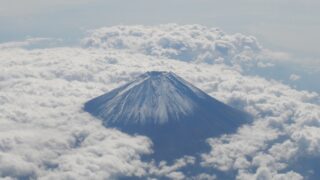
Follow us on Instagram , Facebook and Twitter for more travel inspiration. Or tag us to get featured!
Happy traveling!
Stay informed of the best travel tips to Japan, the most exciting things to do and see, and the top experiences to have with the Japan Wonder Travel Newsletter. Once every two weeks we will introduce you to our latest content.
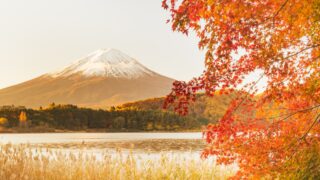
This post may contain some affiliate links. When you click through and make a purchase we may receive some commission, at no extra costs to you.

An impressive share! I have just forwarded this onto a coworker who has been conducting a little homework on this. And he actually bought me dinner due to the fact that I found it for him… lol. So allow me to reword this…. Thank YOU for the meal!! But yeah, thanx for spending some time to discuss this subject here on your blog.
That’s great, happy to have helped you out. Hope your enjoyed your dinner :)
- Popular destinations
- Hidden places in Japan
- Tours and workshop
- Food and drink in Japan
- Itinerary in Japan
- Places to visit in Tokyo
- Food and drink in Tokyo
- Seasonal events
- Tours & workshops
- Tokyo This Week
- Day trip from Tokyo
- Itinerary in Tokyo
- Places to visit in Kyoto
- Food and drink in Kyoto
- Itinerary in Kyoto
- Day trip from Kyoto
- Travel tips
- Accommodation
- Cultural tips
- Transportation
- Tokyo Tours
- Kyoto Tours
- Kimono Rental
- Fukushima Tours
- Mount Fuji Tours
- Tour Package
- Media Kit(English/日本語)

19 Things to Do Near Mount Fuji: Top Sightseeing Spots in Yamanashi Prefecture
Embarking on a journey near the majestic Mount Fuji unveils a world of enchanting beauty and captivating experiences. With its breathtaking landscapes and rich cultural heritage, this region offers an array of top-notch sightseeing spots that are sure to leave visitors in awe. From serene lakes to historic temples , we've curated a comprehensive list of 19 must-visit attractions and things to do near Mount Fuji . Whether you're a nature enthusiast, a history buff, or simply seeking unforgettable adventures, this area has something exceptional to offer every traveler. Join us as we explore the top sightseeing spots that will make your visit to this picturesque region an extraordinary one.
1. Enjoy the timeless charm of Mt. Fuji

The allure of Mt. Fuji remains timeless, enchanting visitors from across the globe with its breathtaking beauty . This iconic mountain stands as a testament to Japan's rich natural wonders and holds a special place in the hearts of those who encounter it. Whether you're gazing at its magnificence up close or admiring it from a distance, Mt. Fuji never fails to leave a lasting impression, regardless of the season . Nestled between Yamanashi and Shizuoka Prefectures, this sacred volcano is a true marvel, inviting travelers to escape the bustling city life and immerse themselves in its captivating surroundings.
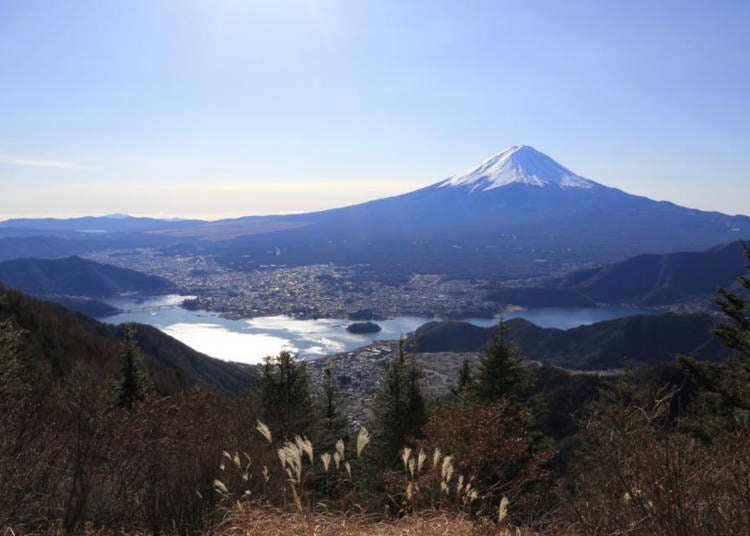
When the summer months roll in, Mt. Fuji becomes a magnet for enthusiastic hikers seeking unforgettable adventures. Its scenic trails and the opportunity to climb to the summit draw in countless explorers. With a range of hiking routes available, visitors can tailor their experience to match their preferences, allowing them to savor Mt. Fuji's natural splendor at their own pace.
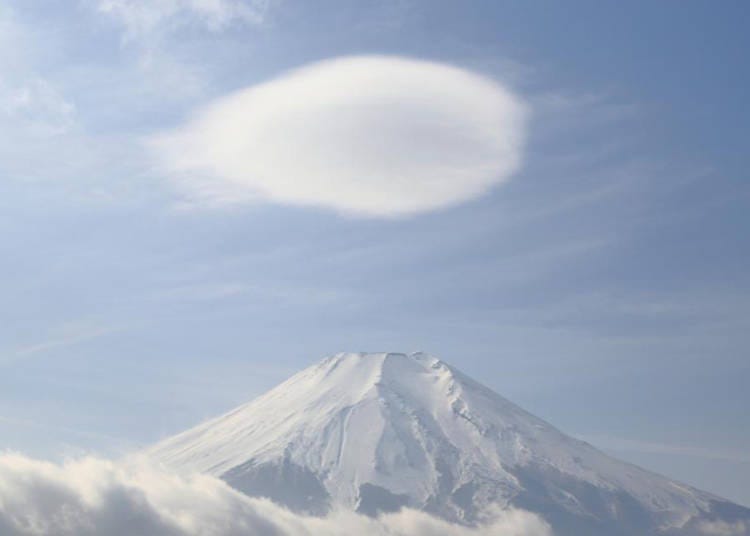
Situated conveniently near central Tokyo, reaching the majestic peak of Mt. Fuji is a relatively easy feat. Public transportation options around Mt. Fuji are readily available , allowing you to embark on your mountain adventure with ease. These services will conveniently transport you halfway up the mountain , bringing you closer to the mesmerizing sights that await.
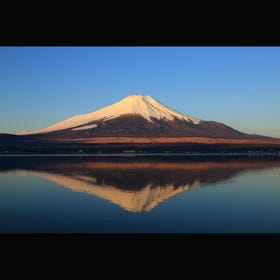
- Address Fujiyoshida-shi, Yamanashi, 403-0000 View Map
- Nearest Station Gotemba Station (JR Gotemba Line)

2. Unveiling the legacy of Shingen Takeda at Takeda Shrine
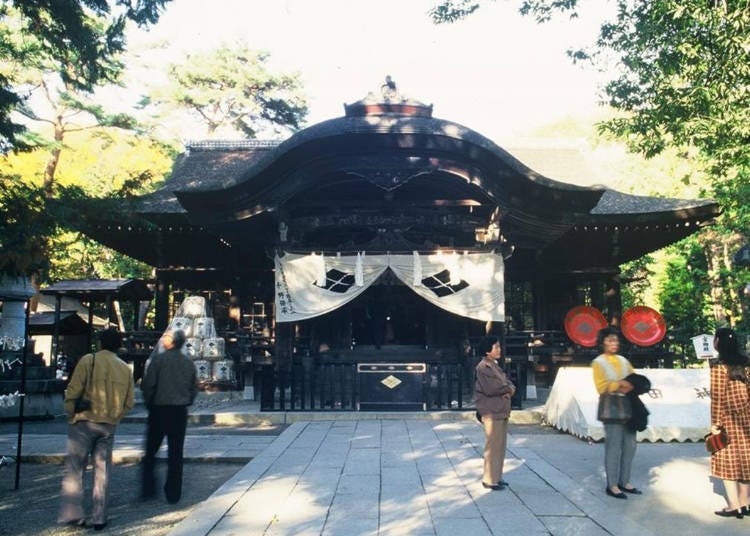
Takeda Shrine , nestled in the heart of Kofu City, stands as a prominent homage to the esteemed feudal-era strategist, Shingen Takeda. With a rich history spanning over a century, this revered shrine showcases a treasure trove of cultural artifacts that vividly depict the life and remarkable achievements of this legendary Daimyo Lord.
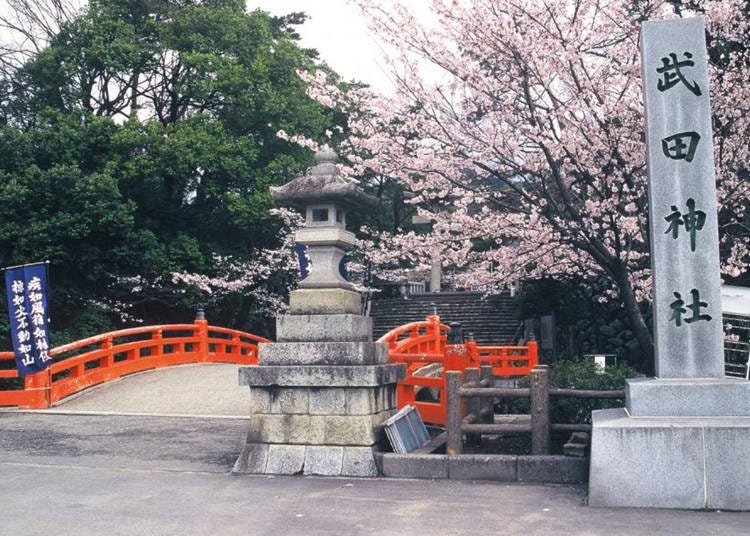
As spring casts its magical spell, a captivating transformation takes place at Takeda Shrine . The enchanting cherry blossoms gracefully paint the shrine grounds, creating a harmonious blend of history and nature . This exquisite fusion of vibrant blooms and the shrine 's historical significance makes Takeda Shrine a beloved destination for both visitors and locals alike, where they can immerse themselves in the captivating ambiance and pay homage to the revered past.
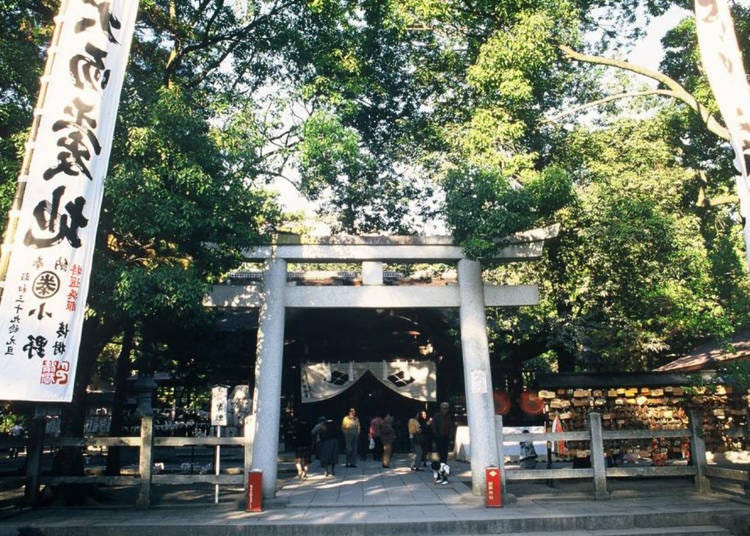
- Address 2611 Kofuchumachi, Kofu, Yamanashi 400-0014
- Phone Number 055-252-2609
3. Discovering historical splendor at Kai Zenkoji Temple
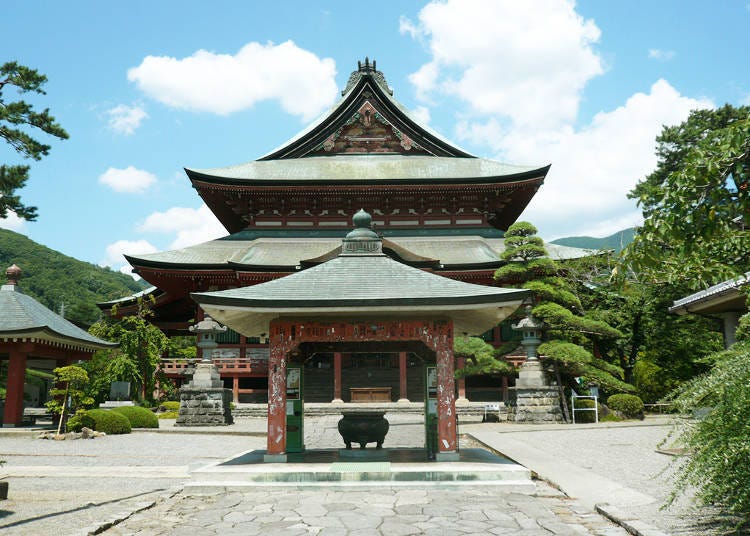
Kai Zenkoji Temple , commissioned by the esteemed Takeda Shingen, stands proudly as East Japan's largest wooden structure. Steeped in history, this temple was not only a place of worship but also served as a sanctuary for the invaluable treasures safeguarded by the renowned warlord, fearing their loss during the tumultuous battles of the era.
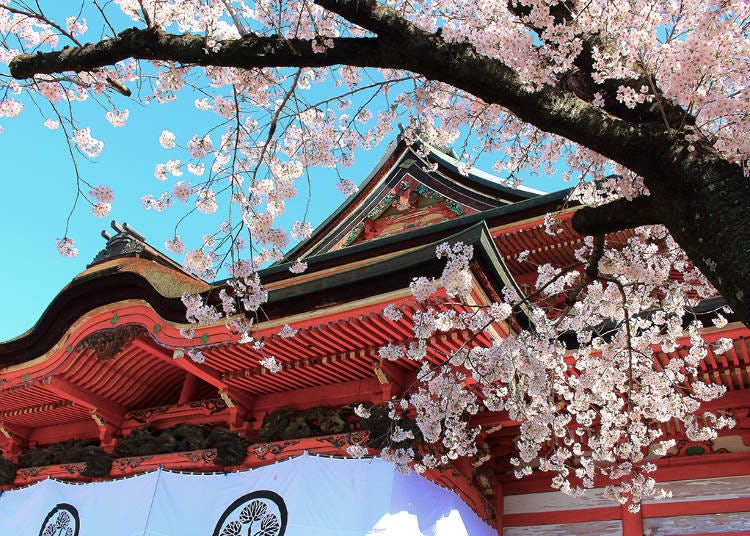
Nestled within the temple 's hallowed halls resides the revered statue of Amitabha Tathagata, an iconic symbol that epitomizes the historical significance of Kai Zenkoji Temple . This priceless artifact stands as a testament to the temple 's rich heritage, offering visitors a glimpse into the cherished past while surrounded by an atmosphere of tranquility and spiritual devotion.
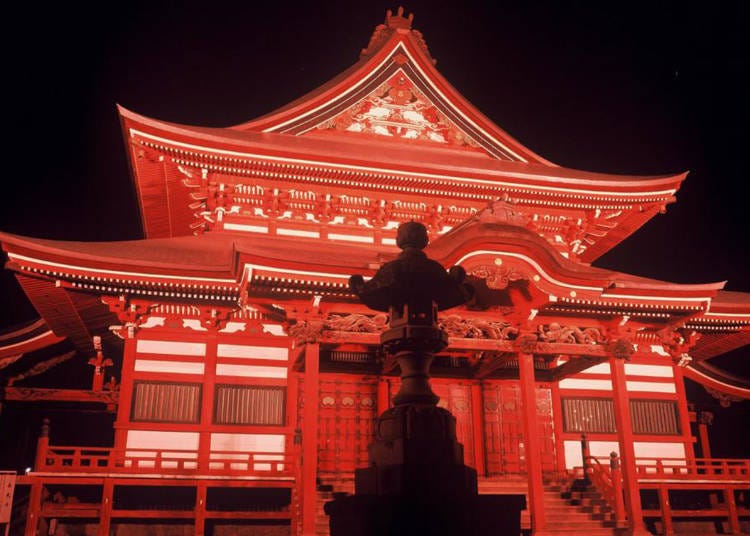
- Address 3 Chome-36-1 Zenkoji, Kofu, Yamanashi 400-0806
4. Enjoy the tranquility of Erinji Temple
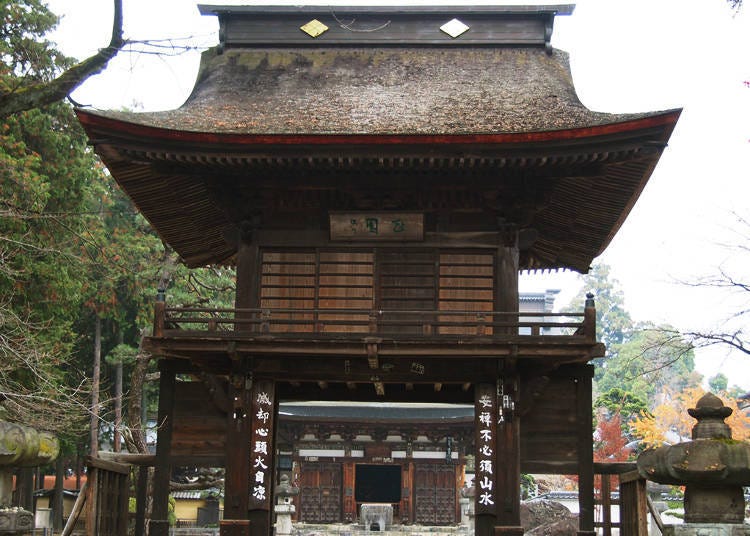
Nestled on the outskirts of Koshu City, Erinji Temple stands as a tranquil and sprawling temple complex, deeply intertwined with the legacy of Lord Shingen. Its serene ambiance and expansive grounds create an atmosphere of peace and contemplation, attracting visitors from near and far.
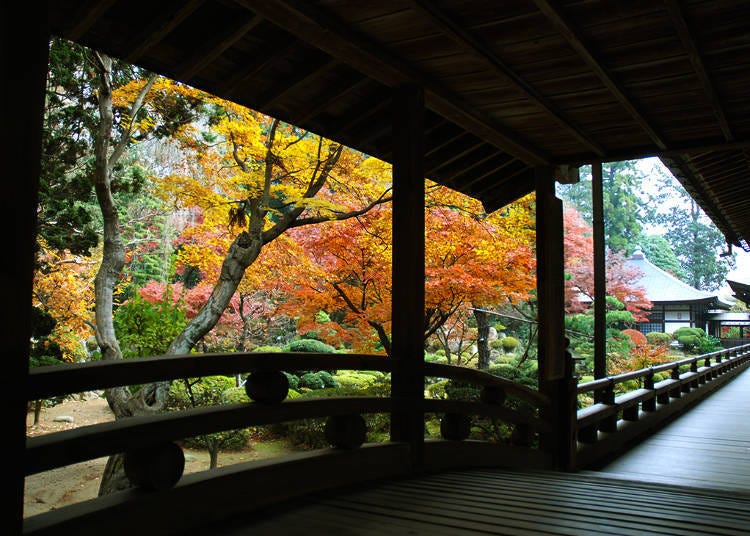
One of the most captivating aspects of the complex is its meticulously crafted gardens , a masterpiece designed by the renowned Buddhist priest Muso-Kokushi. Today, these gardens are recognized as a national treasure, offering a harmonious blend of nature and spirituality that enchants all who wander through their paths. Adding to the grandeur of Erinji Temple is the majestic Sanmon gate. This impressive structure holds significant historical importance, having been meticulously reconstructed after falling victim to a devastating fire during the feudal era. Standing proudly today, the Sanmon gate serves as a testament to the temple 's resilience and remains an invaluable asset, inviting visitors to admire its architectural splendor and embrace the enduring spirit of Erinji Temple .
- Address 2280 Enzanoyashiki, Koshu, Yamanashi 404-0053
5. A captivating gateway to Mount Fuji: Fuji Sengen Shrine
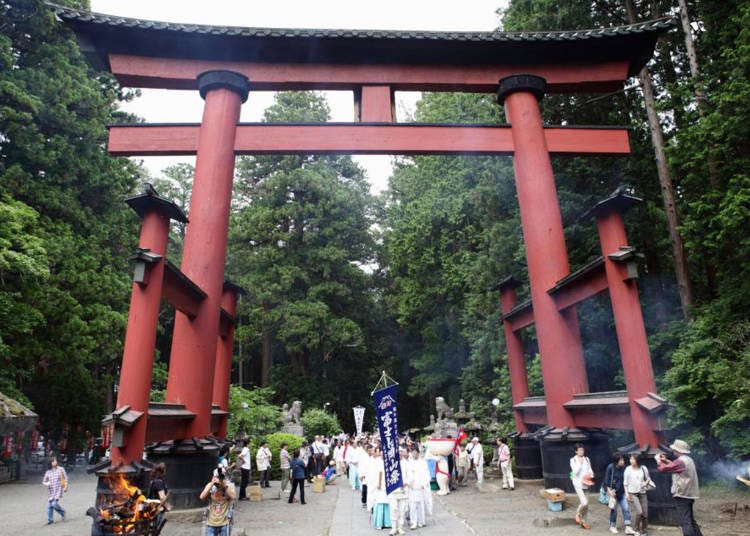
Beyond the bustling crowds that flock to Mount Fuji 's 5th station, lies a hidden gem that should not be overlooked: Fuji Sengen Shrine . Serving as a gateway to this revered mountain , the shrine offers an experience that captivates the senses and leaves a lasting impression.
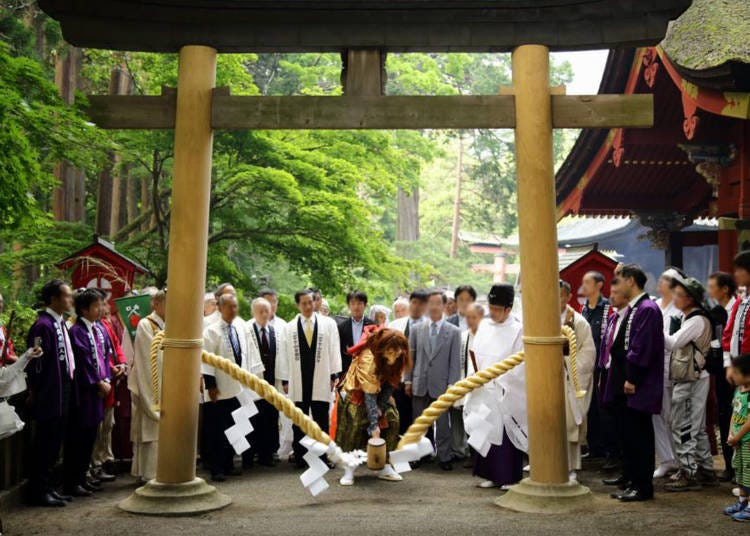
Embarking on the awe-inspiring pathway to the shrine , visitors are greeted by a majestic scene. Towering cedar trees form a natural cathedral, enveloping the path and creating a serene ambiance that transports one to a world of tranquility. Every step along this enchanting trail immerses travelers in the peaceful embrace of nature 's grandeur.
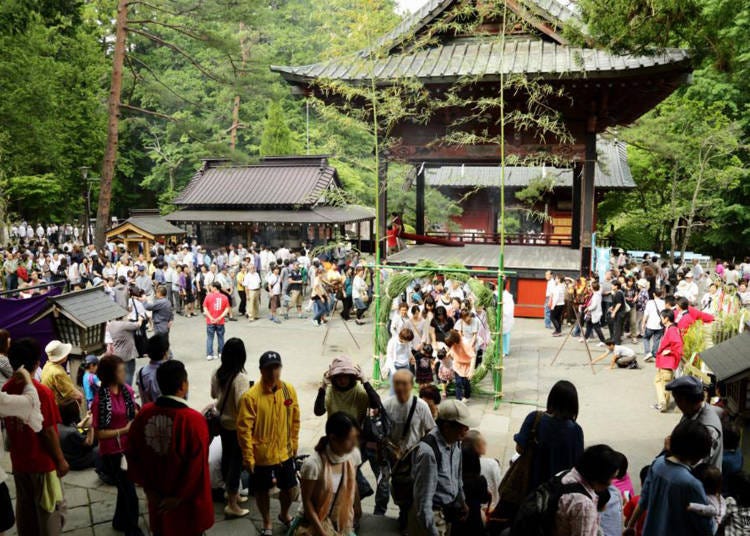
As you approach the shrine itself, a striking sight awaits. The impressive vermilion structure of Fuji Sengen Shrine stands amidst the lush greenery of the forest , an exquisite contrast that evokes a sense of reverence. The vibrant colors harmoniously blend with the surrounding landscape , creating a picturesque setting that stirs the soul and instills a deep appreciation for the sacred connection between nature and spirituality.
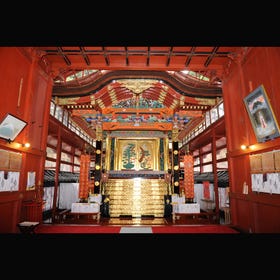
- Address 5558, Kamiyoshida, Fujiyoshida-shi, Yamanashi, 403-0005 View Map
- Nearest Station Fujisan Station (Otsuki Line (Fujikyuko) / Kawaguchiko Line (Fujikyuko))
6. A haven for art enthusiasts: Yamanashi Prefectural Museum of Art
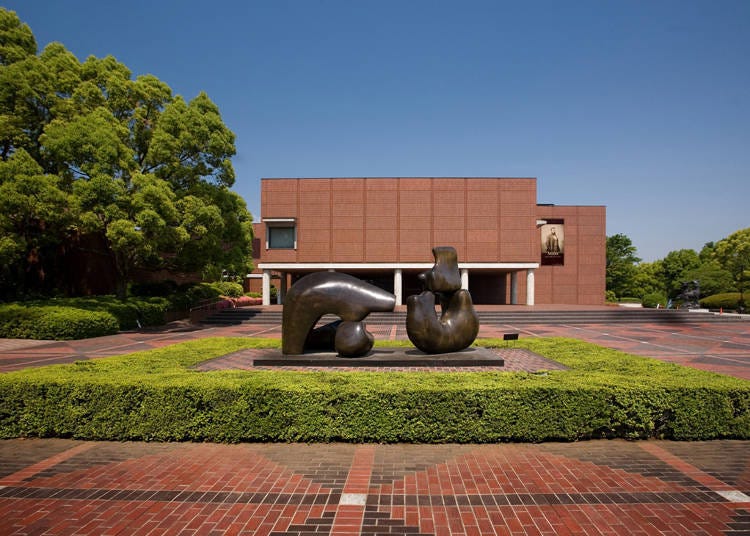
Just a short 15-minute bus ride away from Kofu Station, the Yamanashi Prefectural Museum of Art awaits, its wine-colored facade a beacon of artistic exploration. Within its walls, an expansive collection of over 10,000 artworks awaits discovery, offering a captivating journey through various artistic genres and periods. Among the museum 's prized possessions is the renowned Millet Collection, showcasing the works of the influential French painter who left an indelible mark on the art world, inspiring legendary artists like Van Gogh. Visitors have the opportunity to admire Millet's masterpieces firsthand, including the iconic painting, "The Sower." Beyond the captivating art, the museum 's surroundings provide an ideal ambiance for relaxation and leisurely enjoyment. The tranquil Arts Park , set against a picturesque natural backdrop, invites visitors to unwind and embrace the beauty of nature . Whether strolling through the park 's serene pathways or finding a peaceful spot to sit and reflect, the atmosphere offers a respite from the world, allowing art enthusiasts to indulge in both artistic marvels and the soothing tranquility of the outdoors.
- Address 1 Chome-4-27 Kugawa, Kofu, Yamanashi 400-0065
7. Majestic heights and breathtaking views: Minami Alps National Park
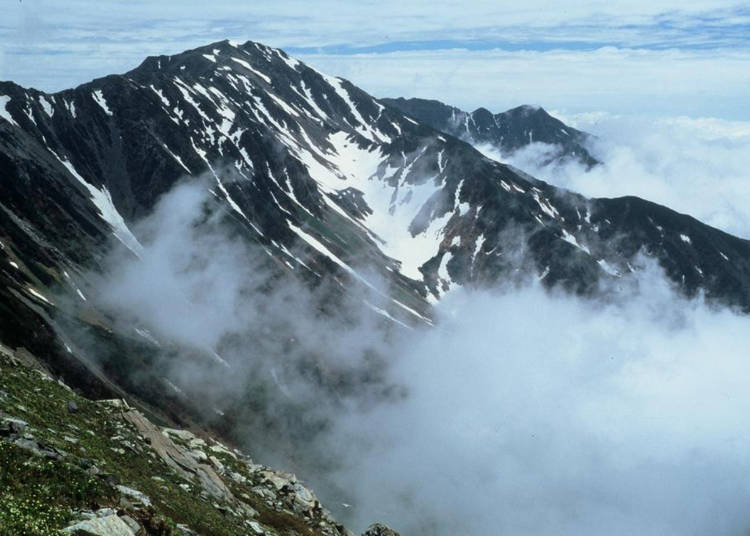
Venturing beyond the splendor of Mt. Fuji, the Yamanashi mountains unveil a treasure trove of natural beauty awaiting exploration. Nestled within this captivating landscape lies the Minami Alps National Park , a majestic collection of Japan's loftiest peaks, including Kita-dake, Aino-dake, and Akaishi-dake, ranking as the country's second, fourth, and seventh highest mountains , respectively.
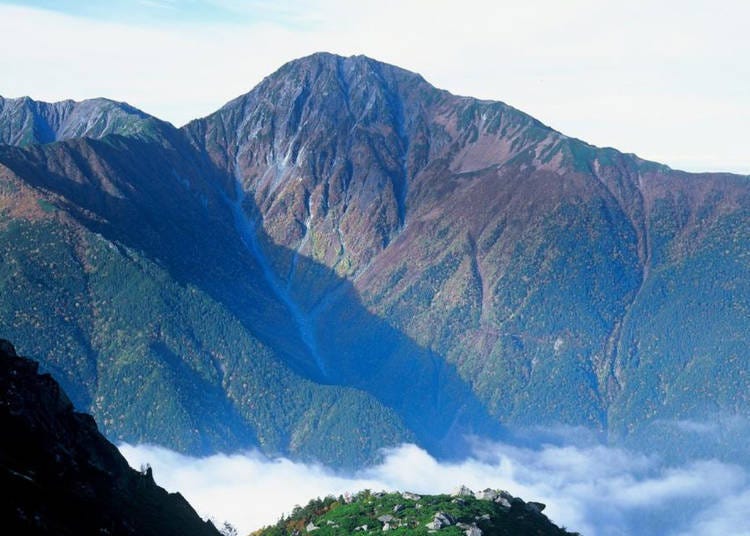
Despite its relatively compact size, this awe-inspiring national park offers a diverse range of challenging summits that will test the mettle of even the most seasoned climbers. Embarking on these exhilarating ascents rewards adventurers with unparalleled vistas, including the awe-inspiring sight of Mt. Fuji itself. The combination of these breathtaking views and the park 's already stunning natural scenery creates an experience that leaves an indelible mark on the soul, enticing climbers to conquer new heights and embrace the sheer magnificence of the Minami Alps National Park .
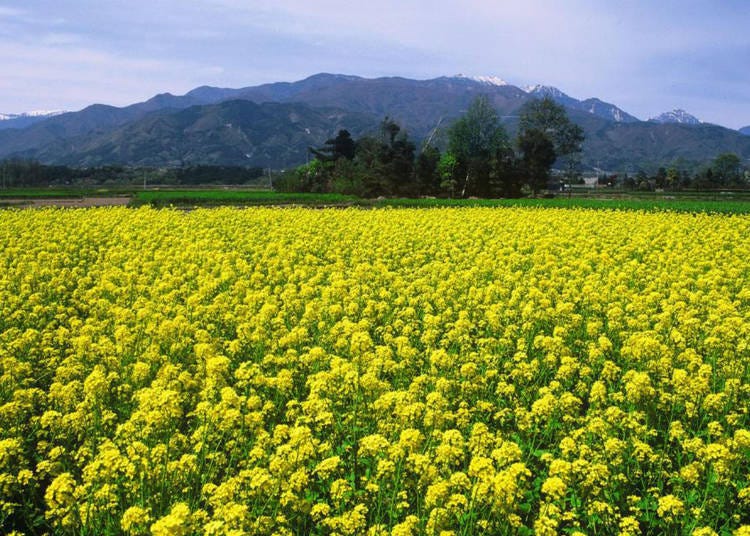
- Address Around Ashiyasuashikura, Minami-Alps, Yamanashi
8. Yatsugatake Chushin-Kogen Quasi-National Park: A scenic haven
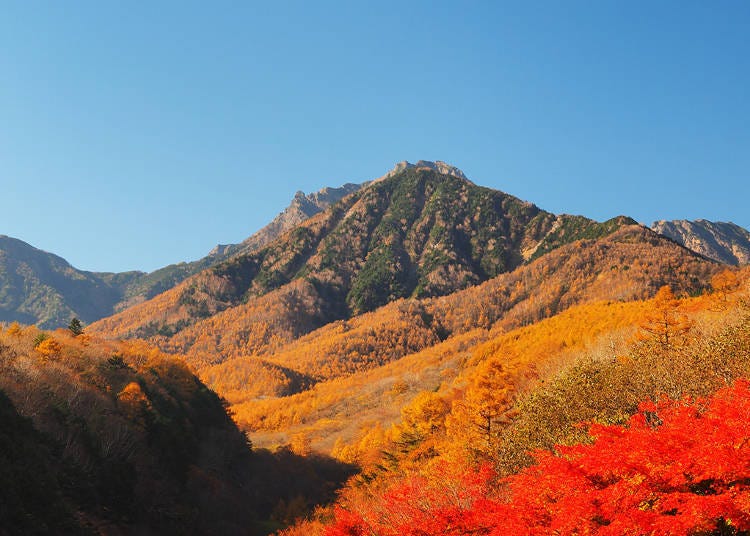
Nestled at the heart of a vast park spanning Yamanashi and Nagano prefectures, the mesmerizing Yatsugatake mountain range unfolds, offering a picturesque landscape adorned with tranquil lakes , graceful white birch trees, and vibrant alpine flora.
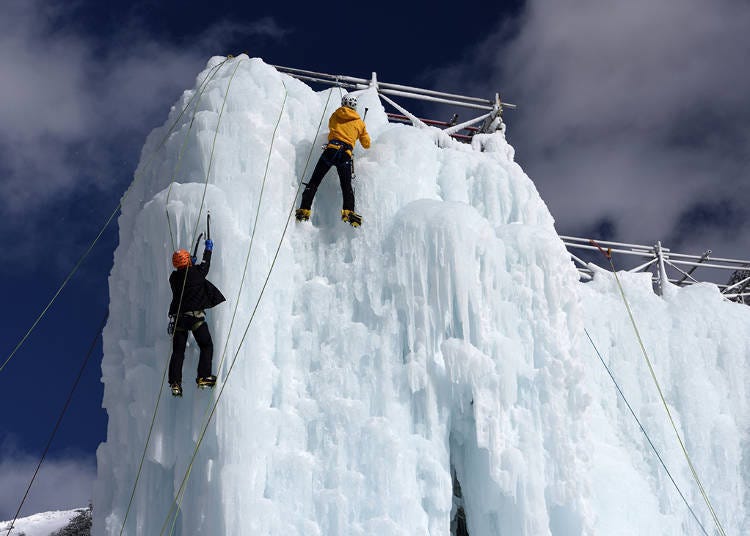
One of the region's highlights is the charming highlands of Kiyosato and other neighboring areas. These pastoral landscapes , reminiscent of the countryside in Europe, captivate the imagination and allure countless visitors seeking a serene escape. The idyllic scenery transports guests to a world of serenity, evoking a sense of tranquility and admiration for nature 's beauty . For those who ascend the 5,059-foot peak of Utsukushi-Mori, a truly awe-inspiring panorama awaits. From this lofty vantage point, breathtaking vistas encompassing Mt. Fuji, the Minami Alps, Oku-chichibu, and other remarkable sights unfold before the eyes. Each view is a testament to the region's remarkable natural splendor, leaving an indelible mark on the hearts of those who witness its grandeur.
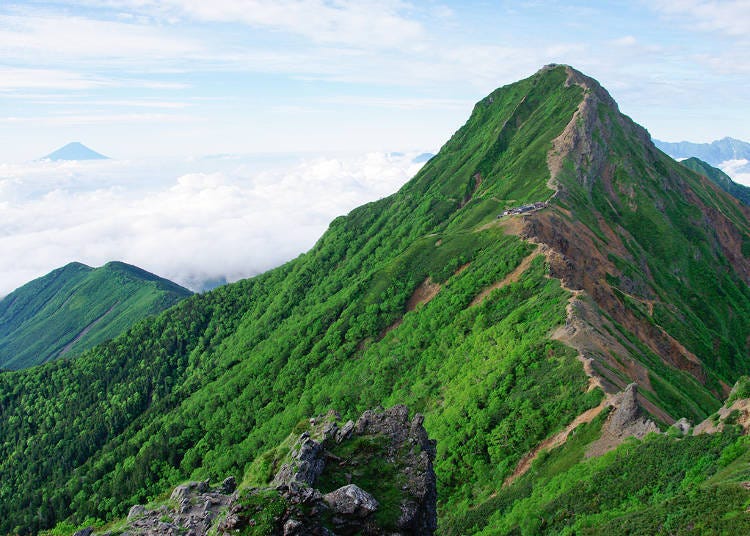
In the lower elevations of the Yatsugatake range, a different scene emerges, where dairy farming thrives alongside high-altitude agriculture. This fertile land serves as a perfect setting for cultivating crops like cabbage and lettuce, taking advantage of the favorable conditions created by the range's unique topography. This harmonious blend of natural resources and human endeavor creates a vibrant tapestry, showcasing the diverse facets of Yatsugatake's beauty and the resilience of the local community.
- Address Near Hokuto, Yamanashi
9. Thrills and spectacular views: Fuji-Q Highland
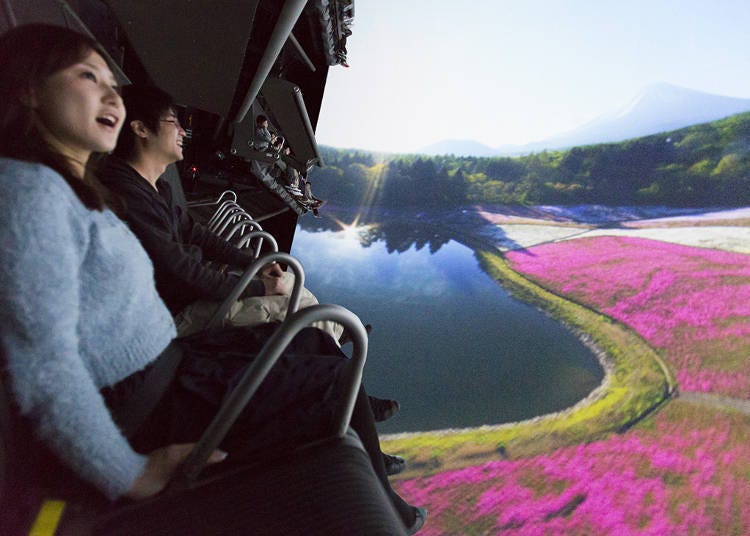
Seeking an exhilarating adventure paired with breathtaking vistas? Look no further than Fuji-Q Highland, where rollercoasters provide a thrilling ride alongside mesmerizing views of Mt. Fuji. This amusement park is a haven for thrill-seekers, boasting an impressive lineup of seven rollercoasters, including the mighty Fujiyama . These adrenaline-pumping attractions deliver an unforgettable experience, combining heart-pounding excitement with sweeping vistas of the iconic mountain . The sensation of soaring through the air while catching glimpses of Mt. Fuji's majestic presence is truly awe-inspiring.
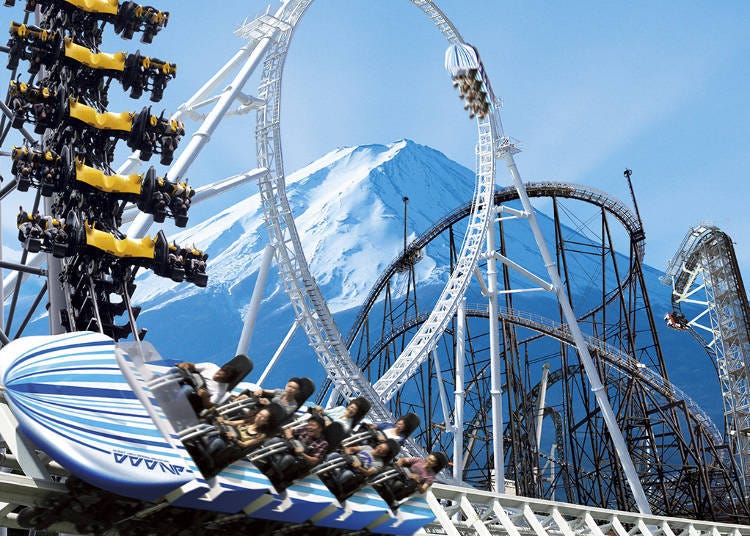
But fear not, Fuji-Q Highland caters to visitors of all ages. Little ones can delight in the Thomas The Tank Engine-themed area, filled with enchanting rides and attractions designed with their enjoyment in mind. Meanwhile, for those seeking a break from the thrills, the park offers a diverse selection of restaurants where you can refuel and indulge in delicious treats. Whether you're a fearless adventurer in search of an adrenaline rush or a family looking for a day of fun-filled activities, Fuji-Q Highland promises an unforgettable experience with its combination of thrilling rides, captivating views, and a wide range of entertainment options for all to enjoy.
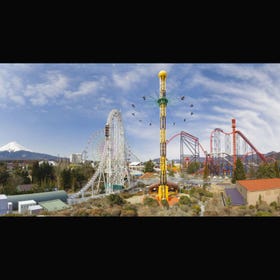
- Address 5-6-1, Shinnishihara, Fujiyoshida-shi, Yamanashi, 403-0017 View Map
- Nearest Station Fujikyu-Highland Station (Kawaguchiko Line (Fujikyuko)) 1 minute on foot
- Phone Number 0555-24-6711

10. Serene beauty and outdoor adventures: Lake Kawaguchiko
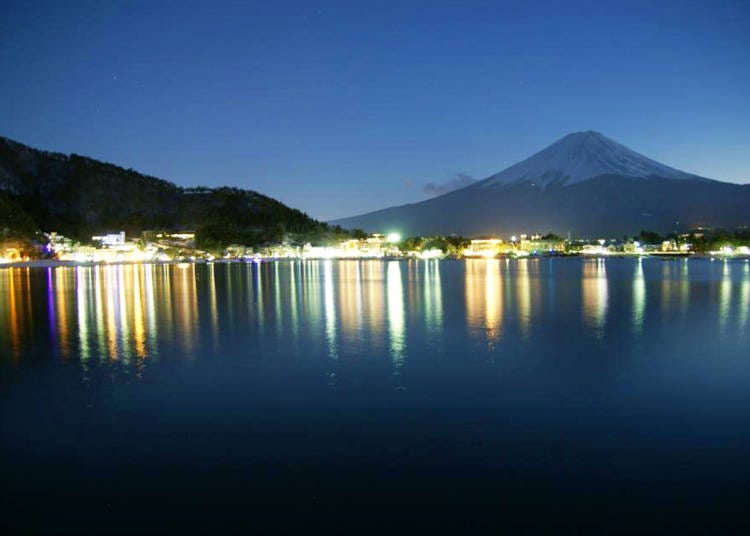
Lake Kawaguchiko, a postcard-worthy destination, serves as a magnificent showcase for the awe-inspiring beauty of Mt. Fuji. As the second largest among the Fuji Five Lakes , it offers a multitude of opportunities for outdoor enthusiasts to immerse themselves in nature 's splendor. For those who enjoy fishing, boating, or engaging in water sports , Lake Kawaguchiko presents a playground of possibilities. Cast your line into the tranquil waters, embark on a leisurely boat ride to admire the surrounding scenery, or partake in exhilarating water sports that promise an adrenaline rush. The lake 's expansive surface provides ample space to embrace the joys of outdoor activities , complemented by the backdrop of Mt. Fuji's majestic presence.
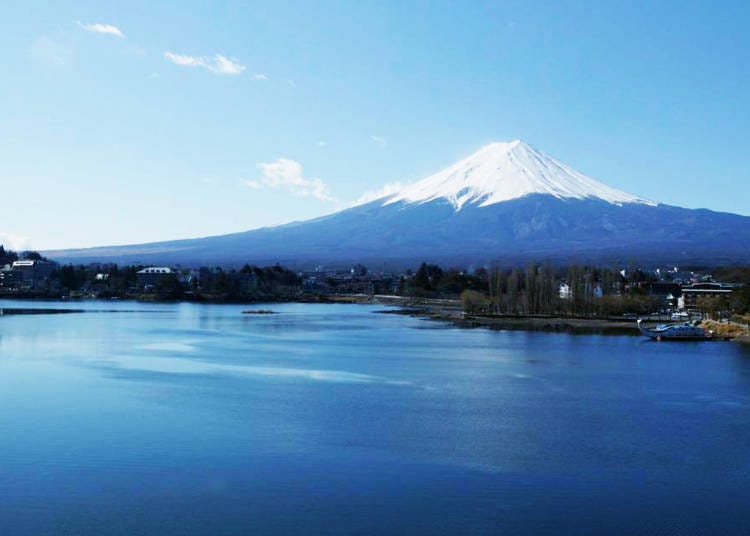
A leisurely drive around the circumference of the lake is also a popular choice among visitors, particularly during the enchanting autumn season . As the foliage adorning the landscape transforms into a kaleidoscope of vibrant hues, the picturesque scenery becomes even more captivating. Taking in the panoramic views from the comfort of your car, you'll be treated to a visual feast as nature 's brushstrokes paint the surroundings in shades of gold, crimson, and orange. Lake Kawaguchiko truly offers a harmonious blend of tranquility and adventure, providing a haven where visitors can indulge in outdoor pursuits, relish in the awe-inspiring views of Mt. Fuji, and create lasting memories amidst the captivating natural beauty that surrounds them.
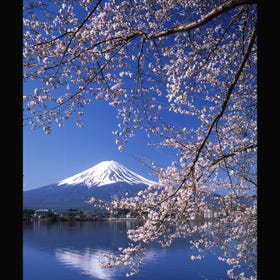
- Address Fujikawaguchiko-machi, Minamitsuru-gun, Yamanashi, 401-0301 View Map
- Nearest Station Kawaguchiko Station (Kawaguchiko Line (Fujikyuko)) 1 minute on foot
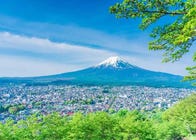
11. A tranquil oasis: Oshino Hakkai Springs
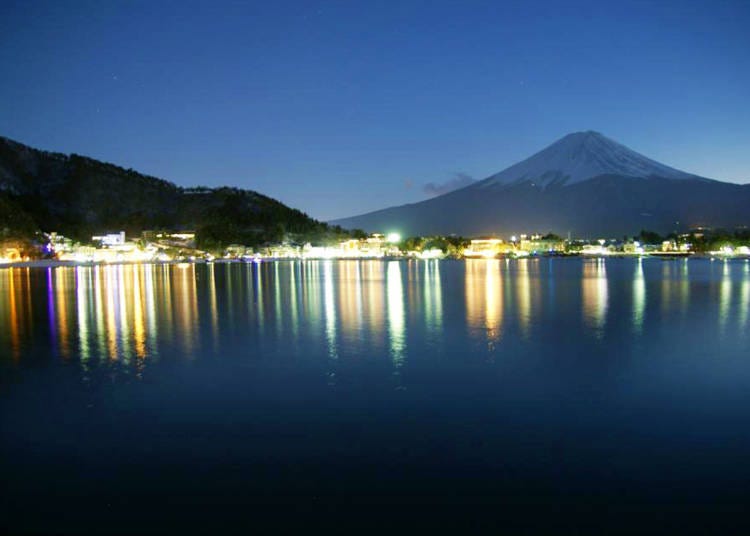
Nestled amidst the captivating landscape lies Oshino Hakkai Springs, affectionately referred to as the " Spring of the Gods" since ancient times. This enchanting location comprises a cluster of eight hot springs , aptly named "Hakkai," which translates to "Eight Seas." Once a grand lake , the area underwent transformations due to volcanic activity from Mt. Fuji, resulting in the formation of these picturesque ponds, harmoniously embraced by traditional Japanese buildings. Oshino Hakkai is a destination that effortlessly embodies tranquility and natural beauty . The still and serene waters of the springs reflect the surrounding scenery, creating a mesmerizing sight. Immerse yourself in the tranquility of this oasis as you wander through the traditional buildings that encircle the ponds. Each step reveals glimpses of ancient charm, allowing visitors to experience the essence of Japan's cultural heritage. Every angle at Oshino Hakkai is a photographer's delight. The tranquil waters, framed by the breathtaking surroundings, serve as an endlessly captivating backdrop. And there, rising majestically in the distance, stands the iconic silhouette of Mt. Fuji, completing the picture-perfect setting. The combination of serene waters, traditional architecture , and the stunning presence of Mt. Fuji makes Oshino Hakkai an irresistibly photogenic destination that promises to leave a lasting impression.
- Address Shibokusa, Oshino, Minamitsuru District, Yamanashi 401-0511
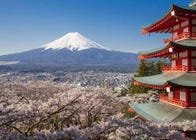
12. Majestic views and swans: Lake Yamanaka
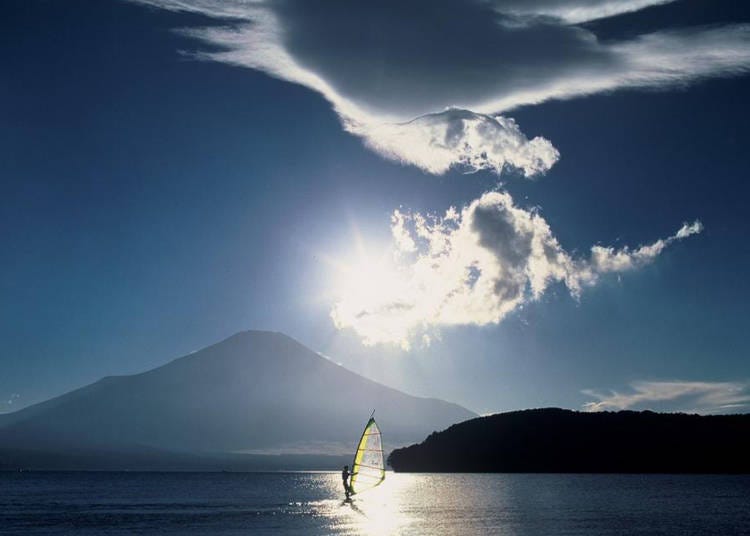
As the largest among the Fuji Five Lakes , Lake Yamanakako offers an awe-inspiring canvas from which to admire the grandeur of Mt. Fuji. This pristine body of water, surrounded by unspoiled nature , allows you to bask in the majesty of Japan's tallest summit.
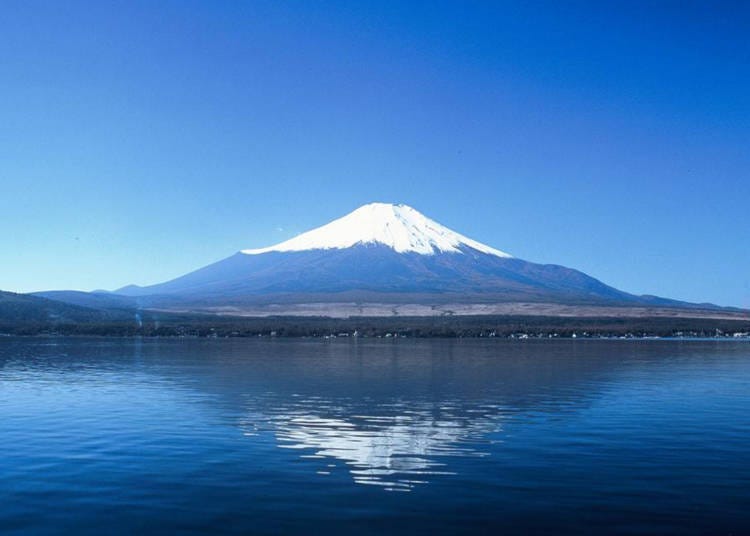
Despite its substantial size, Lake Yamanakako is relatively shallow and situated at a high altitude, making it a captivating sight during the winter months. As temperatures drop, the entire lake surface transforms into a frozen wonderland. Stepping onto the icy expanse for an unforgettable experience of ice fishing is an adventure that will leave an indelible mark on your memory. Engaging in this time-honored activity, you'll have the opportunity to immerse yourself in the serene tranquility of the frozen lake , casting your line in hopes of catching a prized fish beneath the icy surface.
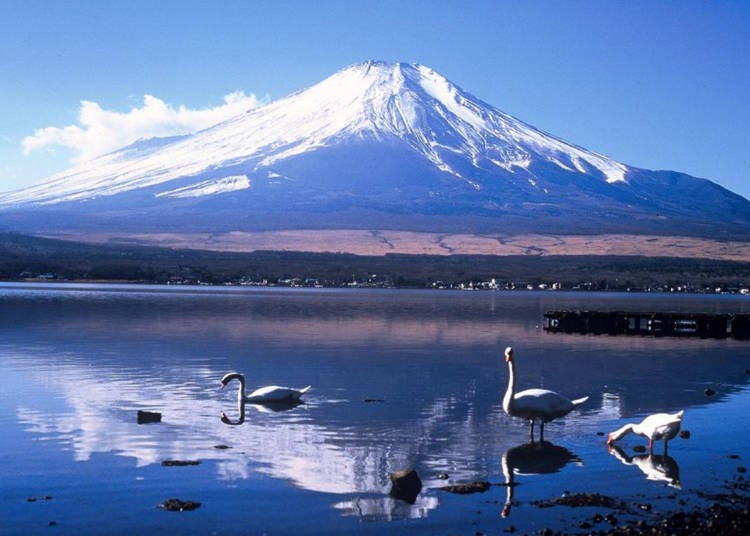
Lake Yamanakako, with its breathtaking vistas and frozen marvels, offers an exceptional blend of natural beauty and unique experiences. Whether you're gazing in awe at the magnificent views or venturing onto the frozen lake for a thrilling ice fishing adventure, this captivating destination promises to create cherished memories that will endure for a lifetime.
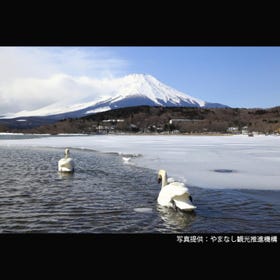
- Address Yamanakako-mura, Minamitsuru-gun, Yamanashi, 401-0500 View Map
- Nearest Station Kawaguchiko Station (Kawaguchiko Line (Fujikyuko))
- Phone Number 0555-62-3100

13. A flavorful legacy: Koshu Wine in Yamanashi Prefecture
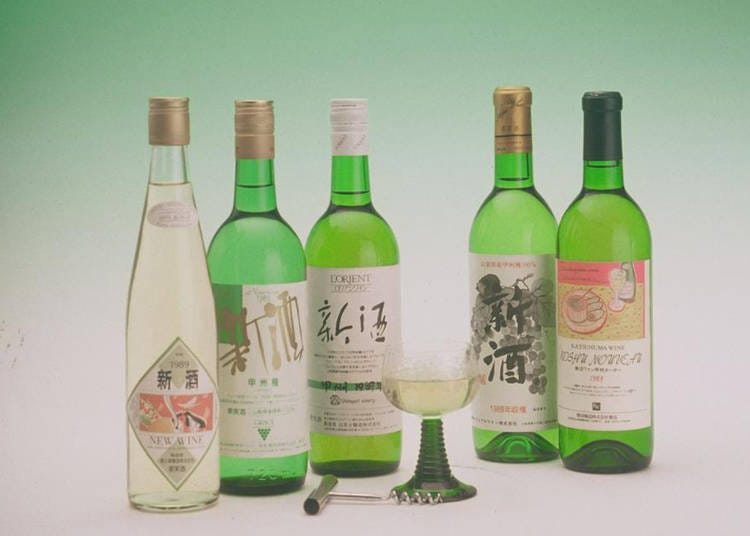
Within Yamanashi Prefecture, Koshu wine stands as a prominent figure in Japan's wine industry, accounting for half of the country's wine production. The origins of Koshu wine trace back to a deep and international heritage, dating back to 1877 when Masanari Takano and Tatsunori Tsuchiya traveled to France to study the art of vinification. Their knowledge and expertise laid the foundation for the production of exceptional wines in Yamanashi Prefecture.
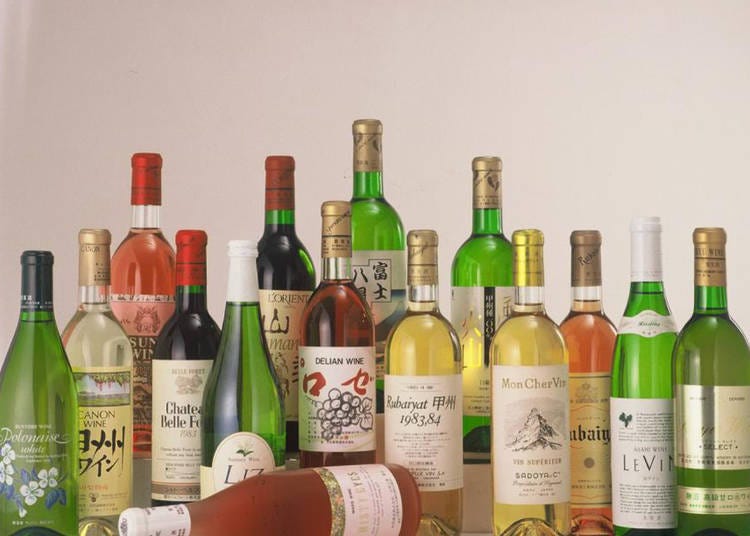
Katsunuma, nestled in the heart of Yamanashi , boasts the highest concentration of Koshu wine production. Wine enthusiasts can immerse themselves in the world of Koshu wine at the Budo-no-Oka ("Grape Hill") Wine Center, where displays of equipment and informative exhibits showcase the intricate winemaking process. Visitors can delve into the history and craftsmanship behind Koshu wine, gaining a deeper appreciation for this remarkable product. During the peak season , Katsunuma offers even more delights. Wine lovers can indulge in fruit picking, savoring the flavors of the luscious grapes that contribute to the creation of Koshu wine. This hands-on experience allows visitors to connect with the essence of the region, enjoying the fruits of the land while surrounded by the breathtaking scenery. With its rich legacy and distinctive flavors, Koshu wine continues to captivate wine enthusiasts. Yamanashi Prefecture serves as a haven for those seeking to delve into the world of Koshu wine, offering a journey that combines appreciation for craftsmanship, cultural heritage, and the pleasures of the palate.
14. Enjoy a taste of Yamanashi: 'Hoto'
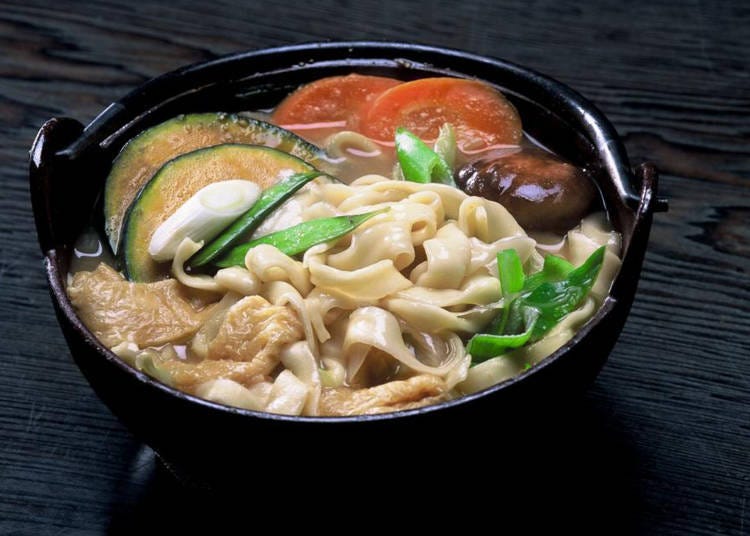
Steeped in history and shrouded in mystery, Hoto stands as a Yamanashi specialty dish with a fascinating origin story, believed to have its roots in China before making its way to the region. Hoto's journey traces back to its humble beginnings as a nourishing sustenance for Lord Shingen's troops during the feudal era. Over time, it has evolved into a beloved culinary icon that showcases simplicity and healthfulness. This hearty dish has become an integral part of Yamanashi 's gastronomic heritage, representing the area's rich culinary traditions and offering visitors a delightful exploration of local flavors.
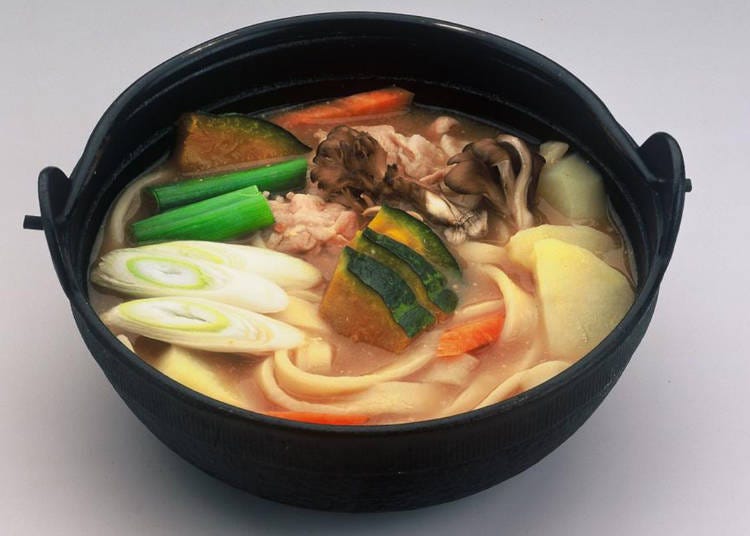
Today, Hoto continues to capture the hearts and palates of both locals and tourists alike. Recognized as a wholesome and satisfying meal, this dish should undoubtedly be on every traveler's culinary adventure list in Yamanashi . Immerse yourself in the legacy of Hoto as you savor its robust flavors, relishing each bite of the thick flat noodles, vegetables, and savory broth that come together harmoniously. From its historical significance to its present-day appeal, Hoto encapsulates the essence of Yamanashi 's culinary delights and promises a memorable dining experience that truly satisfies the senses.
15. Illuminating the night sky: Lake Kawaguchiko Fireworks Festival and Kojosai
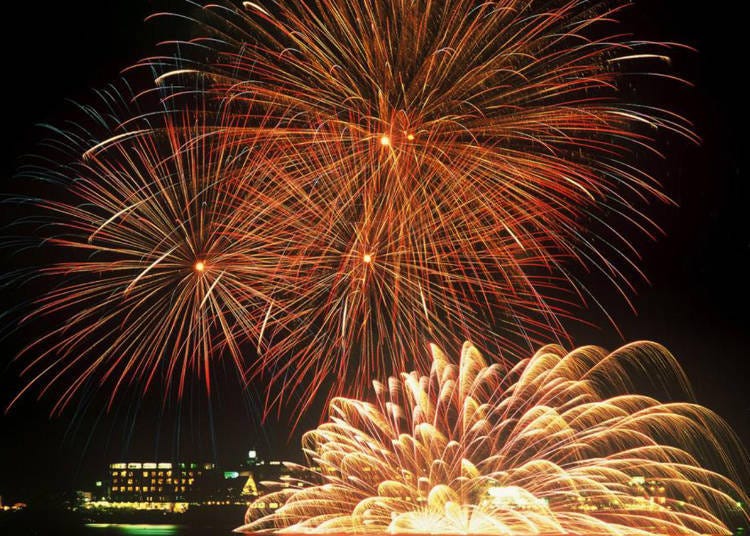
As the grand finale of the annual summer festivals in the Fuji Five Lakes area, a mesmerizing ritual takes place, believed to purify and cleanse away all traces of evil. Originating from Kawaguchi Sengen Shrine , this enchanting tradition involves the release of several hundred lanterns floating in small boats over the serene lake .

The festivities commence with an afternoon concert , setting the stage for the main ceremony to follow. As the sun begins its descent, the air becomes charged with anticipation and the shimmering lanterns take to the water, creating a breathtaking spectacle. The gentle glow of these floating beacons casts a magical ambiance, inspiring a sense of tranquility and spiritual reflection.
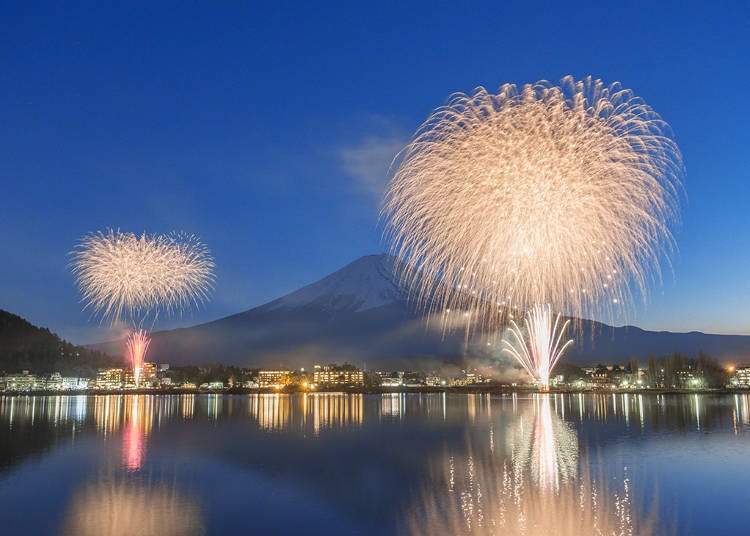
To bring the festival to a magnificent close, over 5,000 fireworks burst into the night sky, transforming it into a vibrant canvas of color and light. Each explosion illuminates the darkness, filling the air with awe and delight. As the radiant display captivates onlookers, the summer sky becomes a stage for a mesmerizing symphony of colors and cascading sparks, signaling the grand finale of this captivating event.

The Lantern Festival at Fuji Five Lakes is an unforgettable experience that combines ancient traditions, ethereal beauty , and explosive spectacle. It is a celebration that invites locals and visitors alike to immerse themselves in the captivating atmosphere, igniting a sense of wonder and leaving lasting memories of a summer night filled with enchantment.
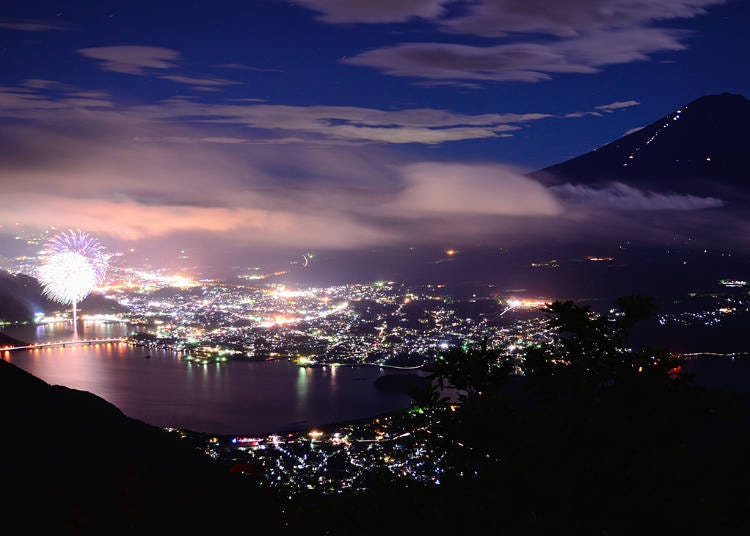
16. Unveiling the spirit of Mt. Fuji: Fujisan World Heritage Center
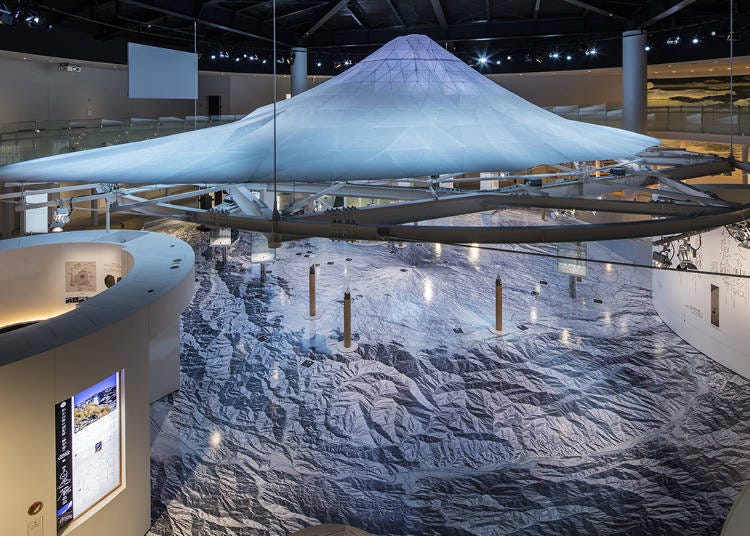
Nestled at the base of majestic Mt. Fuji, embraced by lush woodland, the Fujisan World Heritage Center serves as a gateway to unravel the profound connection between this iconic mountain and Japan's rich history and culture. For those seeking a deeper understanding of Mt. Fuji's significance, this center is an essential destination.
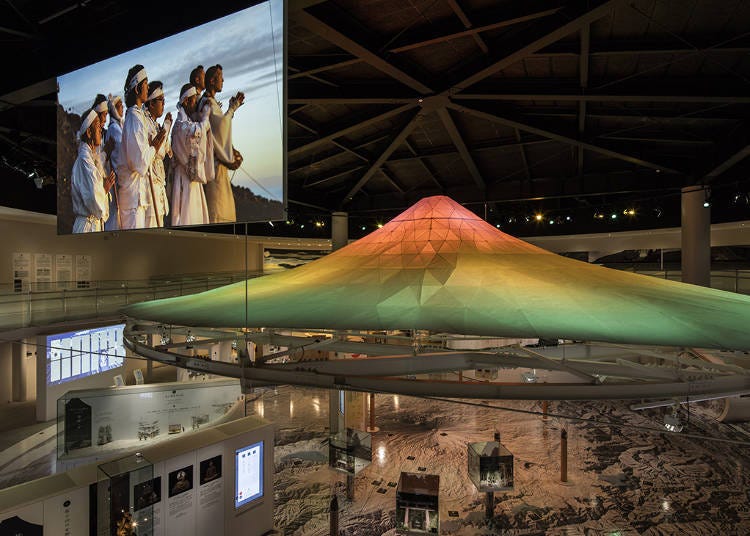
Immerse yourself in the immersive experience offered at the Fujisan World Heritage Center, where the spirit of Mt. Fuji comes alive. Delve into the intricate tapestry of stories, traditions, and legends that have woven this magnificent mountain into the very fabric of Japanese society. Through captivating exhibits and informative displays, visitors can embark on a journey that uncovers the profound symbolism and significance of Mt. Fuji. Surrounded by verdant woodland, the center provides a tranquil atmosphere that encourages contemplation and reflection. As you explore the exhibits, the natural beauty of the surroundings acts as a constant reminder of the profound harmony between Mt. Fuji and the environment in which it resides. It provides some excellent views of the mountain itself, as well as a cafe and restaurant.

- Address 6663-1 Funatsu, Fujikawaguchiko, Minamitsuru District, Yamanashi 401-0301
17. Exploring the mysteries of the enigmatic Narusawa Ice Cave

Carved by the volcanic might of Mt. Fuji in ages past, Narusawa offers a captivating journey into the depths of this majestic mountain 's history. Conveniently situated near the Mt. Fuji Panorama Line Highway, Narusawa unveils an enigmatic wonder known as the Narusawa Ice Cave. This natural phenomenon remains frozen throughout the year, even in the peak of summer , providing a welcome escape from the sweltering heat.
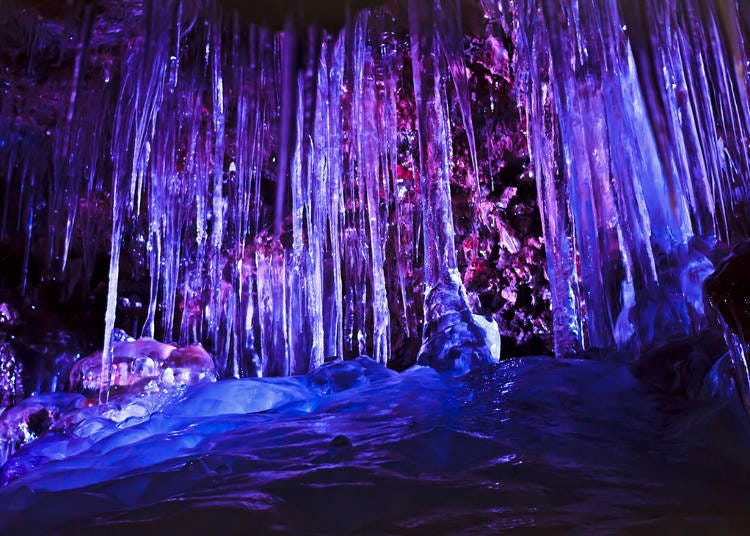
Embarking on a visit to Narusawa Ice Cave, visitors are transported into an otherworldly realm. As you venture into the depths of this mysterious cave, the air becomes cool and crisp, immersing you in a serene oasis hidden beneath the surface. The glittering ice formations that adorn the cave walls create a mesmerizing spectacle, evoking a sense of wonder and enchantment.
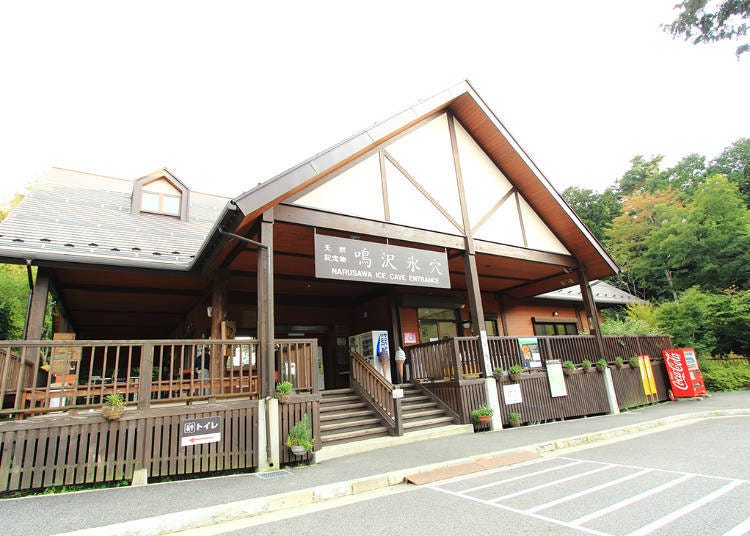
The Narusawa Ice Cave offers a unique opportunity to witness the eternal presence of ice and delve into the fascinating geological history shaped by Mt. Fuji's volcanic activity. It provides respite from the summer heat while inviting you to unlock the secrets held within its frozen walls, offering a truly unforgettable experience that connects you with the awe-inspiring forces of nature .
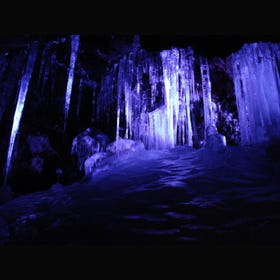
- Address 8533, Narusawa-mura, Minamitsuru-gun, Yamanashi, 401-0320 View Map
18. Enjoy a fragrant delight: Lake Kawaguchiko Herb Festival
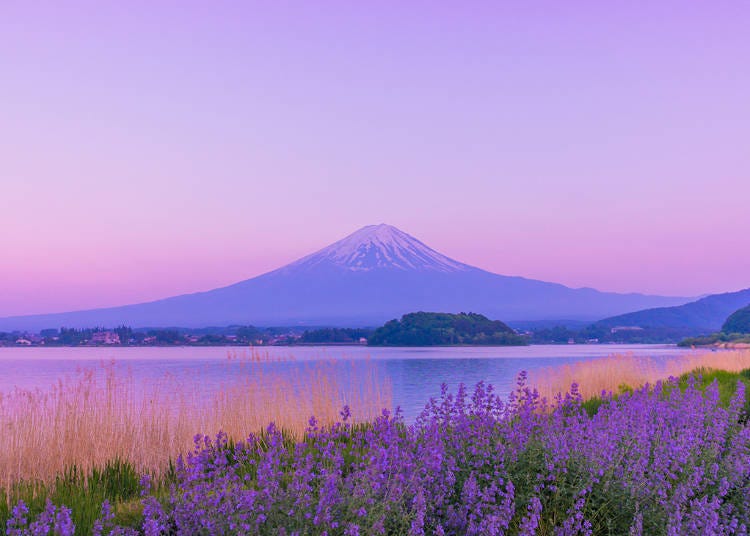
From mid-June to mid-July, the Fujikawaguchiko Herb Festival takes center stage, captivating visitors with its surprising scale and allure, even for those who may not consider themselves herb enthusiasts. Yagizaki Park and Oishi Park come alive during this festival, showcasing a vibrant tapestry of fragrant herbs and flowers. The air is filled with delightful aromas, creating a sensory wonderland for visitors to explore. As you wander through the parks , you'll encounter a myriad of stalls offering an array of crafts, teas, snacks, and, of course, herbs. The festival presents an opportunity to immerse yourself in the captivating world of herbs, discovering their diverse uses and enjoying their aromatic presence.
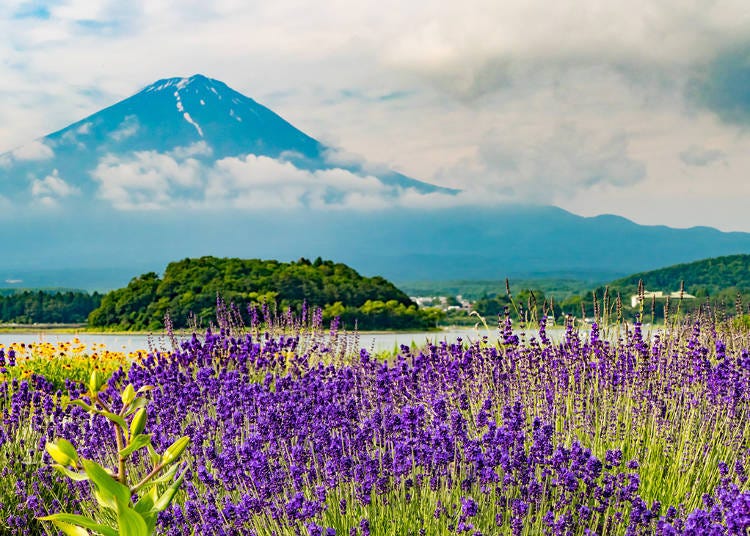
At the heart of the festival lies the captivating lavender. Lavender fields in full bloom become the centerpiece of the show , painting the landscape with hues of purple and infusing the air with its distinctive fragrance. As you indulge in the festivities, don't miss the chance to savor lavender-flavored ice cream, a delicacy that comes highly recommended. The unique combination of creamy sweetness with the subtle floral notes of lavender creates a truly delightful treat that encapsulates the essence of the festival.
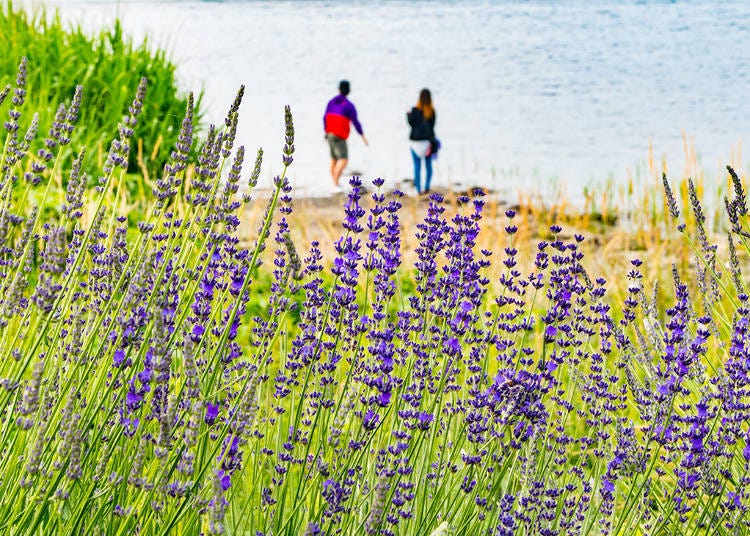
The Fujikawaguchiko Herb Festival invites visitors on a fragrant journey, celebrating the beauty , versatility, and enchantment of herbs. It is an immersive experience that leaves a lasting impression, offering a delightful blend of sights, scents, and flavors that will surely ignite the senses and create cherished memories.
- Address 897-1, Kodate, Fujikawaguchiko Town, Minamitsuru-gun, Yamanashi 401-0302
19. A wine lover's paradise: Katsunuma Budo-no-Oka
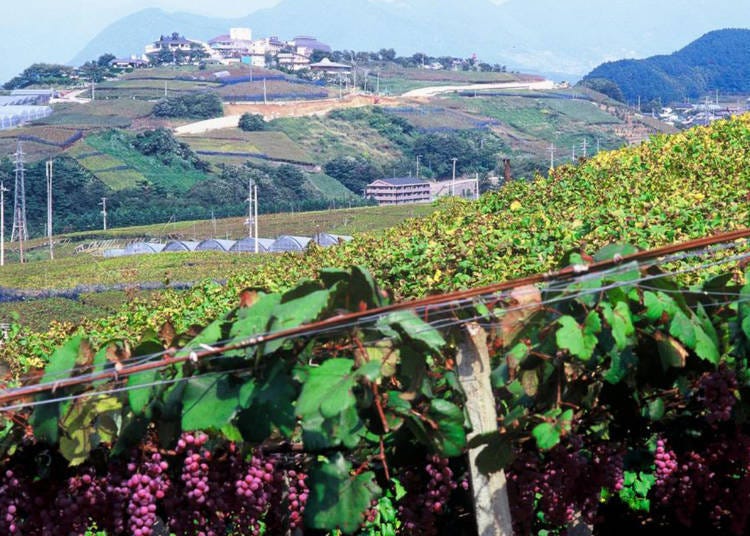
Nestled in the heart of Koshu Wine country, Budo-no-Oka stands as a sanctuary for grapes and wine enthusiasts. Perched atop a hill adorned with picturesque vineyards in Katsunuma, this destination invites visitors to embark on a sensory journey through the flavors and beauty of the region.
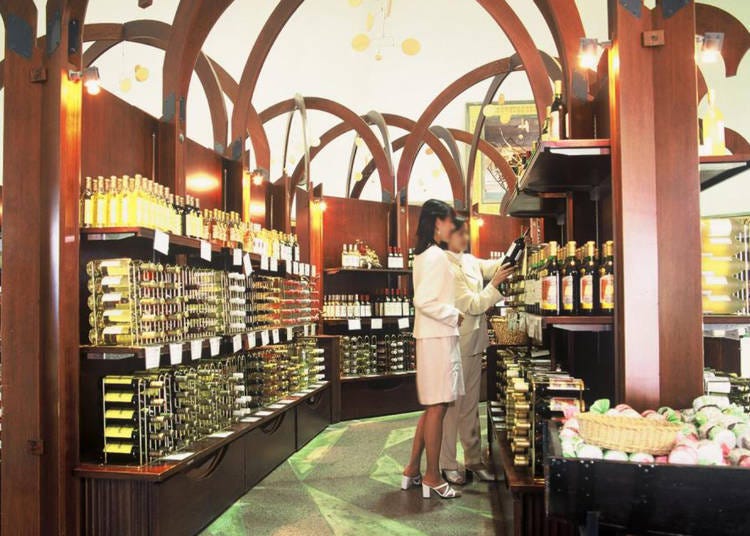
At Budo-no-Oka, wine lovers can indulge in a remarkable selection of approximately 180 carefully curated brands of wine. Each wine has undergone a rigorous quality screening by Koshu City, ensuring that only the finest offerings are available for tasting and purchase. Immerse yourself in the world of wine as you savor the distinct characteristics and craftsmanship of each brand, allowing your palate to dance with delight.
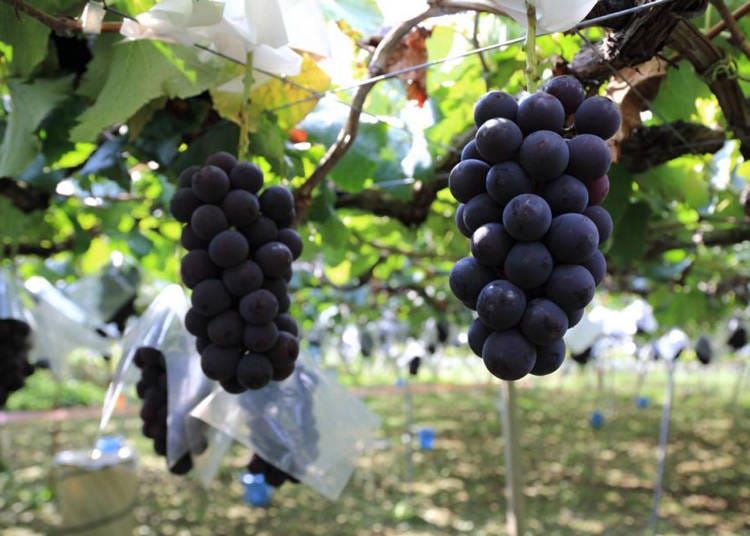
The experience at Budo-no-Oka extends beyond wine tasting. From the vantage point of the on-site restaurant, you can relish commanding views of the surrounding area while enjoying a glass of your preferred wine. The panoramic vistas provide the perfect backdrop for a memorable dining experience, where culinary delights and scenic beauty merge harmoniously. To complete your visit, indulge in a soothing dip in the "Tenku no Yu" hot spring , where panoramic views await. Let the warm waters envelop you as you unwind and take in the breathtaking scenery that stretches before you. The combination of therapeutic relaxation and stunning vistas creates a moment of pure bliss, leaving you refreshed and rejuvenated. Budo-no-Oka is a haven where grapevines, wine, and captivating views converge. It invites visitors to immerse themselves in the essence of Katsunuma's winemaking heritage, offering an unforgettable experience that delights the senses and showcases the beauty of the region.
- Address 5093 Katsunumacho Hishiyama, Koshu, Yamanashi 409-1302
- Area Yamanashi
- How To: Sightseeing
Share this article.
Limited time offer: 10% discount coupons available now!
Recommended places for you.
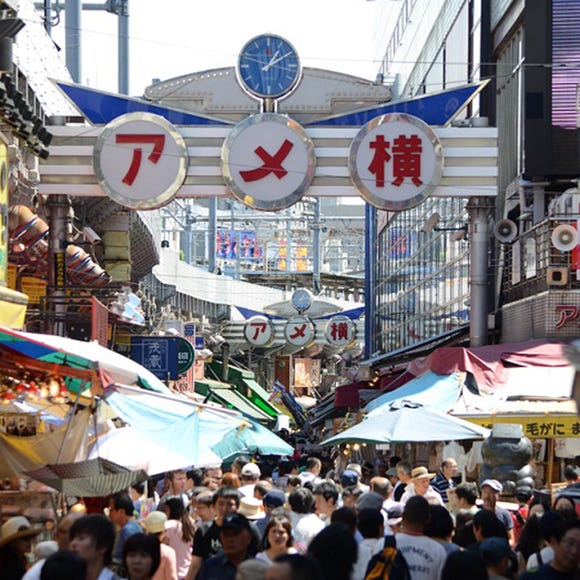
Ameyoko Shopping Street
Old Towns (Shitamachi)
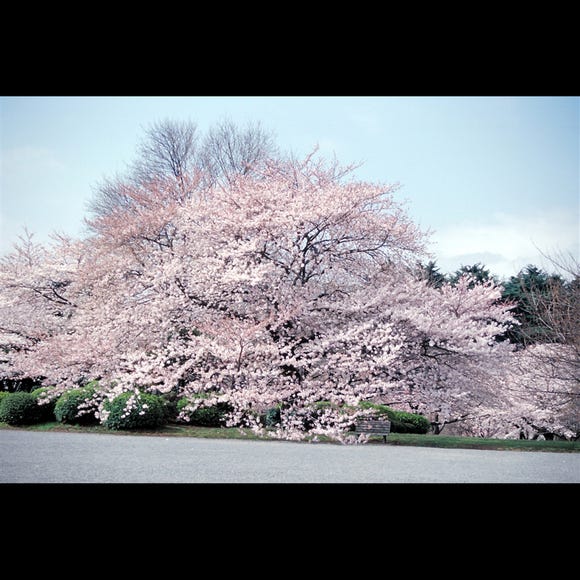
Shinjuku Gyoen National Garden
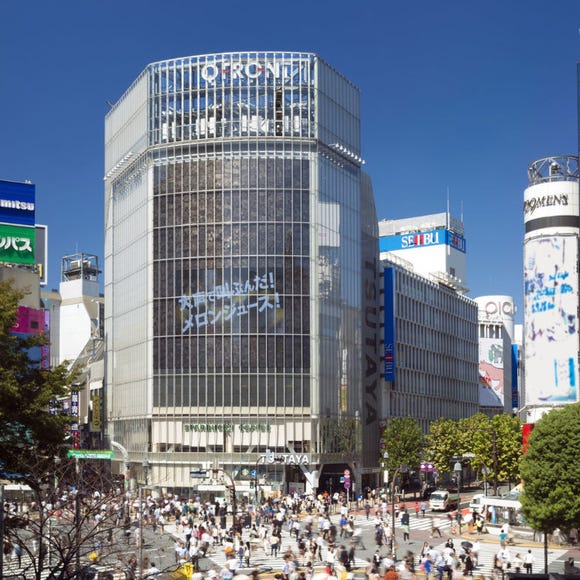
Shibuya Crossing
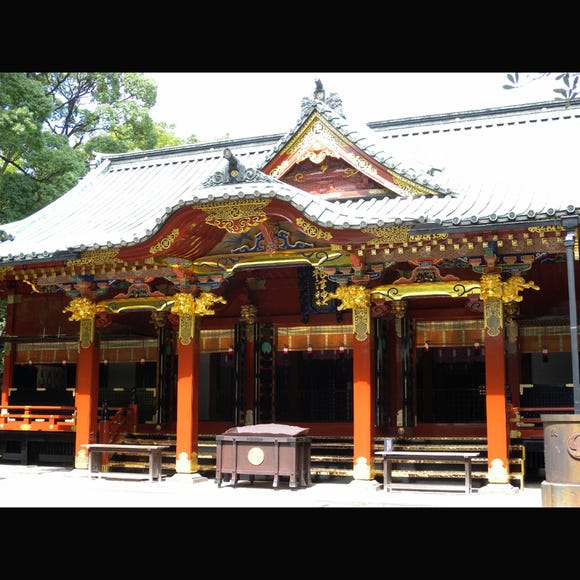
Nezu Shrine
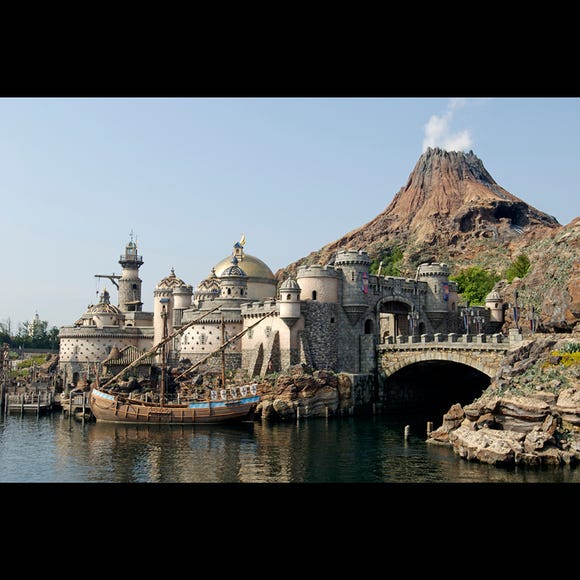
Tokyo Disney Sea®
Theme Parks
Chiba Suburbs

Kappabashi Street

The CASIO S100: How CASIO's Masterpiece Calculator Redefines Business Elegance With Japan-Made Reliability

A Complete Guide to the JR West Kansai Area Pass

15 Must-Try Restaurants in Ikebukuro: From Aged Yakiniku to All-You-Can-Eat Sushi, Plus Adorable Animal Cafés

Everything You Need To Know About the Kyoto-Osaka Sightseeing Pass

12 Unique & Fun Tokyo Food Tours to Enjoy in 2024

The Complete Guide to the Kintetsu Rail Pass
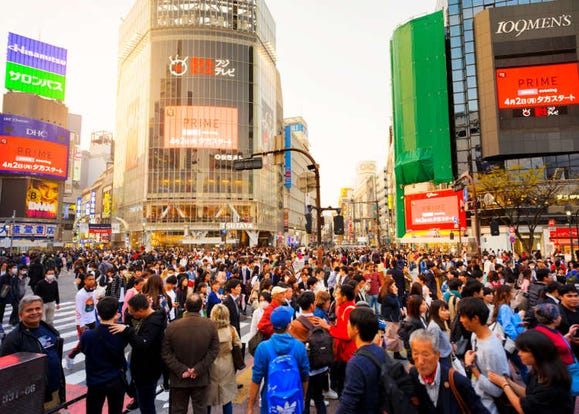
'What's in Shibuya?' 5 Ways the Shibuya Area Is Way Different From What Tourists Expected
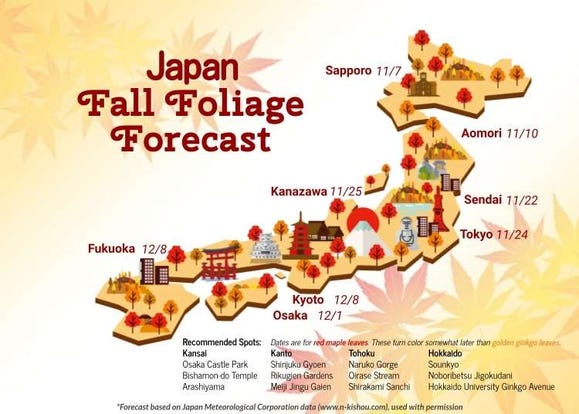
Autumn in Japan 2024: Fall Foliage Forecast & Where to Enjoy the Colorful Leaves (+Tour Info)

Ikebukuro Shopping Guide: Must-Visit Stores and Deals for Smarter Shopping
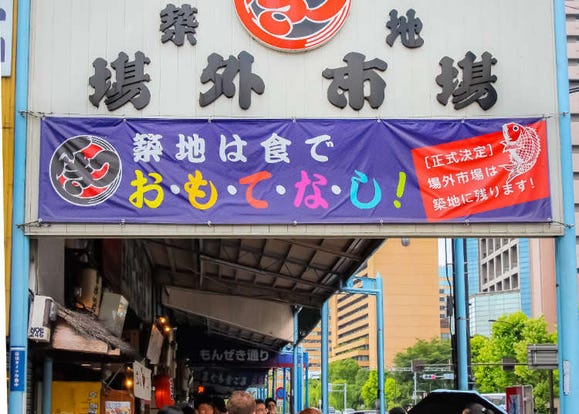
Tokyo Tsukiji|Tsukiji Area Map & Sightseeing Information
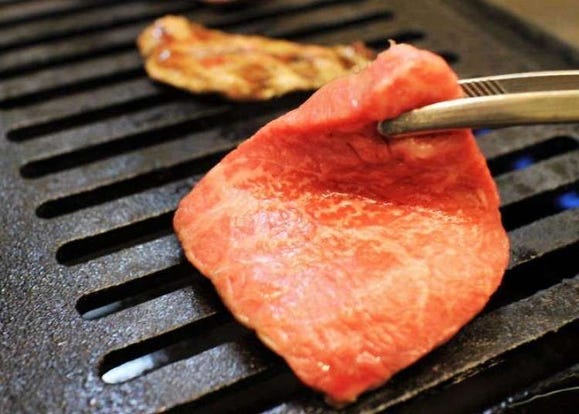
Japan's Solo Barbecue Trend: "Hitori Yakiniku" - From 30¢ per Piece!?
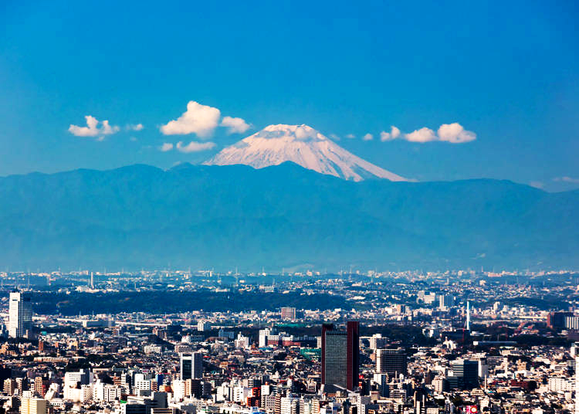
10 Best Mount Fuji Photo Spots in Tokyo for Taking Amazing Pictures
- #best ramen tokyo
- #what to buy in ameyoko
- #what to bring to japan
- #new years in tokyo
- #best izakaya shinjuku
- #things to do tokyo
- #japanese nail trends
- #what to do in odaiba
- #onsen tattoo friendly tokyo
- #best sushi ginza
- #japanese convenience store snacks
- #best yakiniku shibuya
- #japanese fashion culture
- #best japanese soft drinks
Things to Do Around Mount Fuji
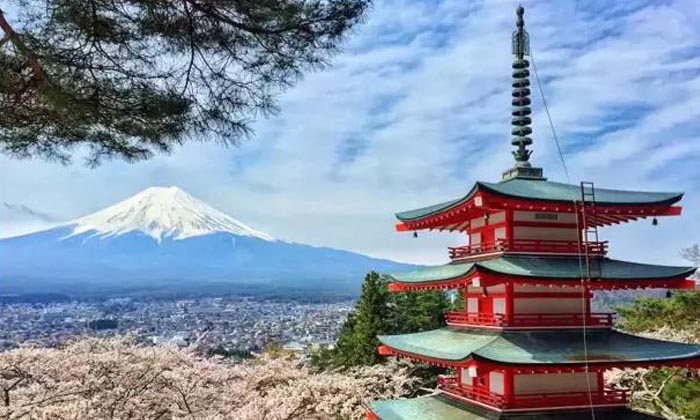
Mt. Fuji Top Attractions/Private Tours
Most frequently asked questions.
- What location has the best view of Mount Fuji? There are three locations with the best views of Mount Fuji from a distance: Lake Kawaguchiko, Arakurayama Sengen Park, and Lake Ashi in Hakone.
- What pass is available for visiting Mount Fuji? Fujikyuko Buss offers some passes to enjoy the Mount Fuji area which is suitable for tourists who want to fully explore the Mount Fuji area. Mount Fuji Pass includes unlimited rides on the buses and trains of Fujikyuko company around the Mount Fuji area. The voucher also includes most tickets and some discounts. Mount Fuji Pass is only available for visitors who hold a short-term tourist visa.
- Where can I buy the Mount Fuji Pass? There are 8 Mount Fuji Pass sales windows. They are located at Otsuki Station, Kawaguchiko Station, Mount Fuji Station, Asahigaoka Bus Terminal, Shin-Fuji Station, Gotemba Station, Mishima Station, and Fujinomiya Station. In addition, it can also be purchased through designated overseas sales agents on the official website: http://bus-cn.fujikyu.co.jp/mtpass/ .
- Are there Join In Bus Tours in the Mount Fuji area? We recommend the Kawaguchiko/Saiko Sightseeing Bus, which departs from Kawaguchiko Station every 15 minutes. It not only travels around Kawaguchiko and Saiko, but also passes the Mount Fuji Panoramic Ropeway, Kawaguchiko Sightseeing Boat "Ensoleille", Kawaguchiko Music Forest Museum, Kawaguchiko Museum of Art, and Saiko Iyashi no Sato Nenba, etc. The bus company also has launched a 2-day package that allows unlimited rides on the bus for two days. Timetable: http://bus-cn.fujikyu.co.jp/heritage-tour/detail/id/1 .
- Is there a sightseeing bus to Oshino Hakkai and Lake Yamanakako? We recommend the Fujiyoshida/Oshino/Yamanakako Sightseeing Bus. From Kawaguchiko Station to Oshino Hakkai, Fujiyoshida, and Lake Yamanakako, there are 11 buses on the route every day. You can travel around Sengen Shrine, Mount Fuji Radar Dome, Benifuji Spring, Oshino Hakkai, Hananomiyako Park, etc. You can use IC transportation cards or the 2-day unlimited pass is also available. With the two days unlimited pass, you can ride for free in all of Fujikko areas (Kawaguchiko Station Mount Fuji Station Oshino Lake Yamanaka) for two days. They are available at the bus ticket counters at Kawaguchiko Station, Mount Fuji Station, and Asahigaoka Bus Terminal. Timetable: http://bus-cn.fujikyu.co.jp/heritage-tour/detail/id/2/ .
- What are the recommended spots to visit around Mount Fuji? Some recommended spots around Mount Fuji are Lake Kawaguchiko, Oshino Hakkai, Mount Fuji 5th Station, Sengen Shrine, Kawaguchiko Tenjoyama Park (Nakabadaira), and Kawaguchiko Music Forest Museum.
- Where can I take a hot spring bath near Mount Fuji? Hot springs are generally available in hotels near Mount Fuji. If you want to go to the hot springs alone, you can choose from the following recommendations. I. Near Lake Yamanaka 紅富士の湯 (Yamanakako Onsen Benifuji no yu)- There are many hot spring pools. There are saunas and the open-air pool that faces Mount Fuji. When the weather is fine, you can directly see the top of the mountain. 石割の湯 (Yamanakako Hirano Onsen Ishiwari-No-Yu)- Japanese people prefer this place because the spring water quality is better. II. Near Lake Kawaguchiko 富士眺望の湯ゆらり (Fuji Yurari Hot Spring)- There are many types of hot springs and you can see Mount Fuji in the open, and the scenery is good.
- Are there any ski resorts near Mount Fuji? Mount Fuji 5th Station's Snow Town YETI Ski Resort - When the weather is clear, you can see the view of Mount Fuji. There are 4 different ski slopes in the park, A, B, C, and D. It can be used by beginners or experienced skiers. Fujiten Snow Resort - It is located in the Yamanashi Prefecture in Mount Fuji, an hour and a half drive from Tokyo. It is not only rich and soft in snow, but more importantly, it is the only ski resort in Japan that allows you to see Mount Fuji up close.
- What's the recommended attractions near Mount Fuji? We recommended Fujinomiya Trail 5th Station, Chureito Pagoda, Lake Kawaguchiko, Lake Yamanakako, and Oshino Hakkai.
- Tel: +81 50-3701-6391
- Email: [email protected]
- Working Hours: 8am-7pm, (Japan)
- Tel: +1-6265617117
- Working Hours: 8am-7pm, Pacific Time

From where to view Mount Fuji
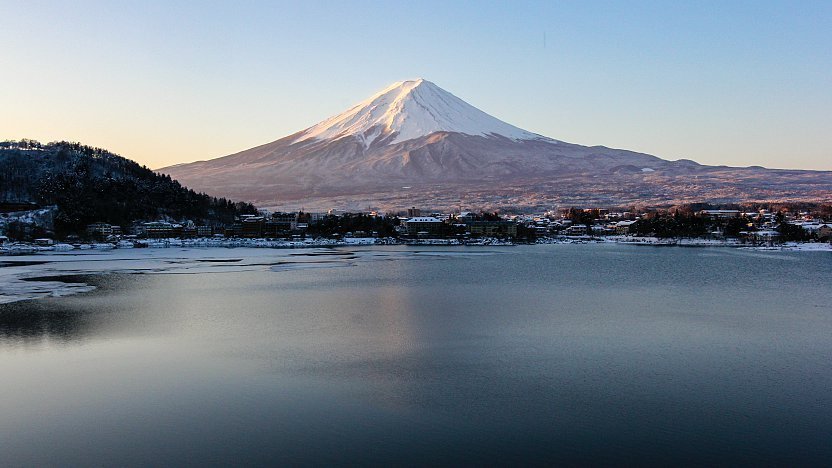
Rising 3776 meters above sea level, Mount Fuji is Japan's tallest mountain and most iconic landmark. Images of the nearly perfect, solitary volcano have appeared in paintings, wood block prints and other artworks for centuries. Some collections even attempt to capture the essence of seeing the mountain from various viewpoints, Hokusai 's popular "36 Views of Mount Fuji" being a prime example.
There are many opportunities for travelers to enjoy views of Mount Fuji. Of course, the most obvious would be to climb the mountain , as you cannot help but see the slopes as you plod along the trails up to the peak. But the climbing season only lasts for a few months and frankly, Mount Fuji looks better from afar than from close up.
Mount Fuji can be seen from countless points in the surrounding regions, seemingly assuming a different character from each perspective. On the clearest of days, its white capped peak may be visible from hundreds of kilometers away; however, more often than not the view of the mountaintop is obstructed by low hanging clouds or poor visibility. To increase your chances of success, try to see the mountain in the early mornings or late afternoons, especially during the colder winter months when visibility tends to better than during summer. The mountain's famous snow cap is typically visible from around November to around May.
The Fuji Five Lakes region on the northern slopes of Mount Fuji offers visitors the highest chance for good views of the mountain due to its proximity. The more distant Hakone is also a popular place to see the mountain, but odds of catching clear views are lower there since it needs to be clear both in Hakone and around the mountain. The following list includes these and other good spots from which to get a nice view of Mount Fuji :
On clear days, many of Tokyo 's observation decks offer interesting views of Mount Fuji in contrast with the urban skyline of Tokyo. Thanks to an improvement in air quality, the number of days that Mount Fuji is visible from central Tokyo has steadily risen over the past decades and now stands at over 120.
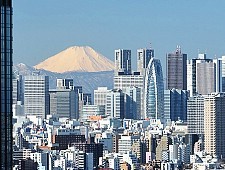
Bunkyo Civic Center
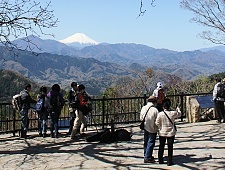
Mount Takao (Takaosan)
From the shinkansen.
The Tokaido Shinkansen runs south of Mount Fuji , allowing travelers a view of the mountain from the trains as they whiz by. There are also some good spots south of the train tracks that allow for views of the shinkansen trains with Mount Fuji as backdrop.
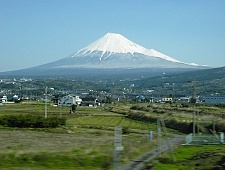
From the train
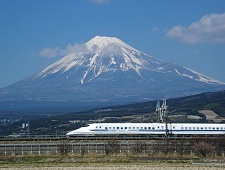
Together with the train
From the fuji five lake region.
Just north of the mountain, the Fuji Five Lake region offers some of the best views of Mount Fuji . There are several points around the lakes with beautiful views. The area is also one of only a few places in Japan were you can see the rare "Double Diamond Fuji", i.e. Mount Fuji together with its reflection just as the rising or setting sun touches the mountain's peak.
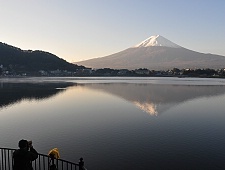
Northern shore of Lake Kawaguchiko
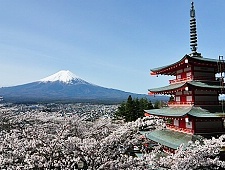
Chureito Pagoda
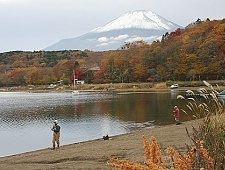
Lake Yamanakako
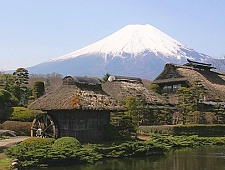
Oshino Hakkai
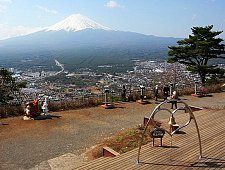
Mount Fuji Panoramic Ropeway
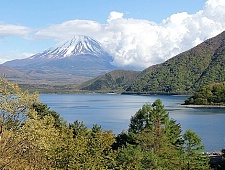
Lake Motosuko
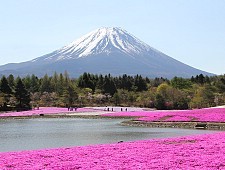
Fuji Shibazakura Festival
From hakone.
Hakone offers some of the most beautiful views of Mount Fuji... when you can actually see it. Unfortunately visibility is often poor, especially during midday when fog and low clouds may gather on the mountain.
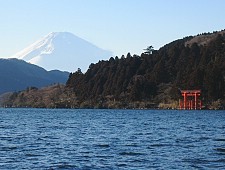
Moto Hakone
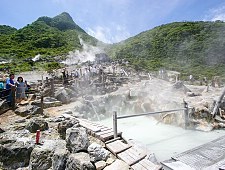
Gotemba Premium Outlets
From the miura peninsula.
The Miura Peninsula is a small peninsula south of Yokohama , which is popular for its beaches . On a clear day, Mount Fuji can be seen from the beaches on the western side of the peninsula.
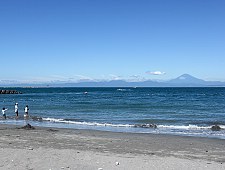
Western coast of Miura Peninsula
From the izu peninsula.
The Izu Peninsula is a popular resort area south of Mount Fuji. The best views are from the peninsula's western coast where you can see the mountain together with coastal scenery.
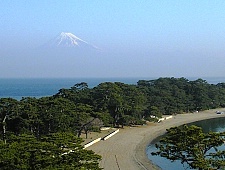
Western coast of Izu Peninsula
From shizuoka city.
Parts of Shizuoka City offer nice views of Mount Fuji, especially from around Shimizu Port .
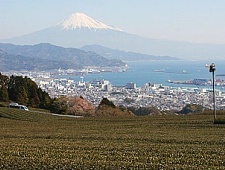
Nihondaira Plateau
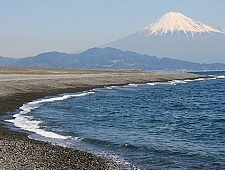
From the air
Some flights to/from Tokyo 's Haneda Airport closely pass by Mount Fuji, offering passengers a bird's eye view.
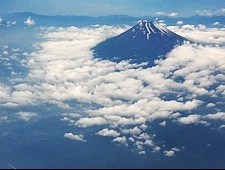
From the airplane
From hot spring baths.
One of the most relaxing ways to see Mount Fuji is from an onsen bath. While a few hot spring resort exist near the mountain, there are surprisingly few ryokan and public baths from where you can actually view the mountain while relaxing in the steaming hot water.
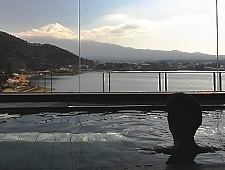
Hot springs around the Fuji Five Lakes
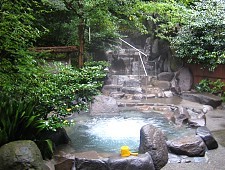
Hot springs around Hakone
From the ski slopes.
Two small ski resorts can be found on the lower slopes of Mount Fuji that offer skiers and snowboarders a unique view of the mountain as they barrel down its slopes.
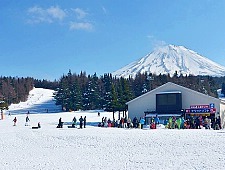
Fujiten Snow Resort
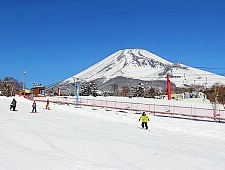
Snow Town Yeti
Questions? Ask in our forum .
Hotels around Mount Fuji
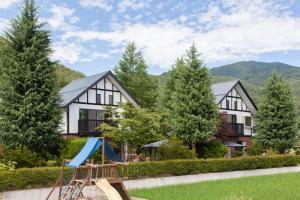
Experiences around Mount Fuji
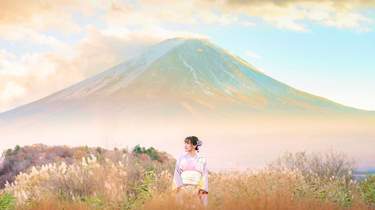
Skip to content
Your browser does not support JavaScript, or it is disabled.Please check the site policy for more information.
- National Report
- Korean Peninsula
- Around Asia
- Manga & Anime
The Asahi Shimbun
Base opens for high tourist spot offering ‘best’ view of Mt. Fuji
By SHIN TOYOHIRA/ Staff Writer
April 25, 2024 at 17:49 JST

FUEFUKI, Yamanashi Prefecture—A tourist base opened here on April 25 to lure foreign visitors to a little-known spot high in the mountains that is touted to offer the most spectacular view of nearby Mount Fuji.
Lily Bell Hutte, equipped with a cafe, shop and tourist information center, serves as the gateway to Fujiyama Twin Terrace, which sits on the 1,600-meter-high Shindo Pass.
The ridge straddles the city of Fuefuki and the town of Fuji-Kawaguchiko, both in Yamanashi Prefecture.
“Mount Fuji seen from Twin Terrace is the best in Japan,” said Masakatsu Okawa, manager of the Kofu branch of JTB Corp., the travel agency that operates Lily Bell Hutte. “But the spot is not yet widely known among foreign tourists.”
Visitors can view the majestic Mount Fuji, down through to its base, Lake Kawaguchiko and, far in the distance, Lake Yamanakako on a clear day.
It was a hidden spot known only to hikers and photographers, but the Fuefuki city government spent 178 million yen ($1.1 million) on constructing viewing decks and walking trails in 2021.
The Twin Terrace observation decks are not accessible by private vehicles because the roads are narrow.
Visitors take a 10-minute bus ride from the Suzuran Gunseichi parking lot, which is located in front of Lily Bell Hutte at an altitude of 1,300 meters, after parking their vehicles there.
Fuefuki Mayor Masaki Yamashita said he hopes that the new facility will help attract foreign tourists from Lake Kawaguchiko, a popular sightseeing resort, to the city and further onto other travel destinations in Yamanashi Prefecture.
“We need to create a place where (foreign visitors) want to come if we want to bring them over to Fuefuki from Kawaguchiko,” Yamashita said at the opening ceremony for Lily Bell Hutte on April 23. “We will be happy if we can establish a new route to travel around Yamanashi Prefecture via Fuefuki.”
The city government spent about 89 million yen on constructing Lily Belle Hutte.
Yamashita said he hopes to attract 100,000 visitors to Twin Terrace over the long term.
About 20,000 people visited the facility during the eight months through November, according to the city.
Jinji Yamada, JTB managing executive officer, said the company wants to increase visitor numbers to 50,000 this year with the opening of Lily Belle Hutte and other measures.
JTB on April 25 started a bus tour from Kawaguchiko Station on the Fujikyuko Line to Twin Terrace and back three times daily.
The tour costs 3,500 yen for an adult. The company expects 13,000 participants this year.
JTB is also considering offering guided tours along hiking trails around Twin Terrace as well as travel plans combining other attractions in Yamanashi Prefecture, such as dips at the Isawa Onsen hot spring resort and fruit picking at orchards.
The shuttle bus between the Suzuran Gunseichi parking lot and Twin Terrace will run until November.
The round-trip ticket costs 1,800 yen for an adult. The fare is 500 yen for Fuefuki residents.
There is a free bus service to the Suzuran Gunseichi parking lot from a location in Fuefuki where vehicles can be parked.
For more information, visit the city government’s website at ( https://www.city.fuefuki.yamanashi.jp/kanko/sports/spot/fujiyamatwinterrace.html ) or Lily Belle Hutte’s website at ( https://fujiyama-twinterrace.com/en/ ).
Related News

Observation deck to view Mt. Fuji opens in Fuefuki mountain pass

Yamanashi pushing railway plan on Mt. Fuji, but city opposes

Surge in visitors, ‘bullet climbing’ raise concerns on Mount Fuji

An old idea gains traction as railway on Mt. Fuji proposed

With prime view of Mt. Fuji, Shizuoka terrace is reeling them in
Trending Now

Eiheiji temple scanned to make breathtaking virtual twin
April 26, 2024

A rare Hokkaido scene: Camera captures ito in spawning season

Eight injured after earthquake rocks Shikoku and Kyushu
April 18, 2024
Recommended

Stories about memories of cherry blossoms solicited from readers

Cooking experts, chefs and others involved in the field of food introduce their special recipes intertwined with their paths in life.

A series based on diplomatic documents declassified by Japan’s Foreign Ministry

A series on the death of a Japanese woman that sparked a debate about criminal justice policy in the United States

A series about Japanese-Americans and their memories of World War II

Here is a collection of first-hand accounts by “hibakusha” atomic bomb survivors.
Learning English
- Asahi Weekly
In-house News and Messages
- The New York Times
BACK TO TOP
- Site Policy
- Transmission of user information to external service providers(利用者情報の外部送信)
Copyright © The Asahi Shimbun Company. All rights reserved. No reproduction or republication without written permission.
Japanese town to block Mount Fuji view from troublesome tourists
A huge black barrier to block Mount Fuji from view will be installed in a popular photo spot by Japanese authorities who are exasperated by crowds of badly behaved foreign tourists.
Construction of the mesh net -- 2.5 metres high and the length of a cricket pitch at 20 metres -- will begin as early as next week, an official from the town of Fujikawaguchiko said on Friday.
"It's regrettable we have to do this, because of some tourists who can't respect rules," he told AFP, claiming tourists were littering and ignoring traffic regulations.
It is the latest direct action in Japan against over-tourism after residents of Kyoto's geisha district banned visitors from small private alleys this year.
Record numbers of overseas tourists are travelling to the country, where monthly visitors exceeded three million in March for the first time ever.
Mount Fuji, Japan's highest mountain, can be photographed from many spots in the resort town of Fujikawaguchiko.
But this viewpoint is particularly popular because the majestic volcano appears behind a Lawson convenience store, which are ubiquitous in Japan.
Due to this visual juxtaposition, "a reputation has spread on social media that this spot is very Japanese, making it a popular photo location," said the town official who declined to be named.
The mostly non-Japanese tourists are overcrowding a stretch of pavement next to the Lawson shop, he said.
After traffic signs and repeated warnings from security guards fell on deaf ears, the town in the Yamanashi region decided on the huge screen as a last resort.
The measure is also meant to protect a nearby dental clinic against the onslaught of tourists.
They sometimes park there without permission and have even been seen climbing on the roof of the clinic to get the perfect shot, the official said.
The town wishes it hadn't come down to this, he said, adding that the current plan is for the screen to be maintained until the situation improves.
Tourism to Japan has been booming since pandemic-era border restrictions were lifted, and the government has been working hard to boost visitor numbers.
But this has not been universally welcomed — including in Kyoto, where locals have complained of snap-happy tourists harassing the city's immaculately dressed geisha.
And this summer, hikers using the most popular route to climb Mount Fuji will be charged ¥2,000 ($20) each, with numbers capped to ease congestion.
Other top destinations worldwide are also struggling with visitor numbers, and on Thursday Venice began charging day-trippers for entry to tackle mass tourism.
- X (formerly Twitter)
Related Stories
Overcrowded venice introduces first payment charge for tourists.
Loved to death? Why the return of tourism to South-East Asia isn't all good news
Venice bans cruise ships from Grand Canal
- Human Interest
- Tourism and Leisure Industry
- Travel and Tourism (Lifestyle and Leisure)
- International edition
- Australia edition
- Europe edition
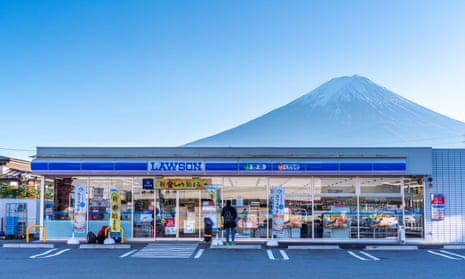
Mount Fuji view to be blocked as tourists overcrowd popular photo spot
Fujikawaguchiko town official says choice to erect huge barrier is ‘regrettable’ and last resort
A huge barrier to block views of Mount Fuji will be installed at a popular photo spot by Japanese authorities exasperated by crowds of badly behaved foreign tourists.
Construction of the mesh net – 2.5 metres (8ft) high and the length of a cricket pitch at 20 metres – will begin as early as next week, an official from Fujikawaguchiko town said on Friday.
“It’s regrettable we have to do this, because of some tourists who can’t respect rules,” leaving litter behind and ignoring traffic regulations, he told Agence France-Presse.
It is the latest direct action in Japan against over-tourism after residents of Kyoto’s geisha district banned visitors from small private alleys this year.
Record numbers of overseas tourists are travelling to Japan, where the number of monthly visitors exceeded 3 million in March for the first time.
Mount Fuji, Japan’s highest mountain, can be photographed from many spots in the resort town of Fujikawaguchiko. This viewpoint is particularly popular because the majestic – and active – volcano appears behind a Lawson convenience store, which are ubiquitous in Japan.
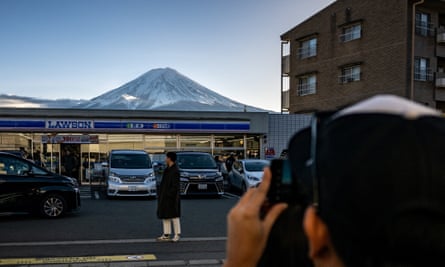
Due to this visual juxtaposition, “a reputation has spread on social media that this spot is very Japanese, making it a popular photo location”, said the town official, who declined to be named.
The mostly non-Japanese tourists are overcrowding a stretch of pavement next to the Lawson shop, he said.
After traffic signs and repeated warnings from security guards were ignored, the town in Yamanashi region decided on the huge screen as a last resort.
The measure is also meant to protect a nearby dental clinic against tourists who sometimes park there without permission and have even been seen climbing on to the roof of the clinic to get the perfect shot, the official said.
The town wished it had not been forced to take action, the official said, adding that the current plan was for the screen to stay up until the situation improves.

Japan has been a booming tourist destination since pandemic-era border restrictions were lifted, and the government has been working hard to boost visitor numbers. But this has not been universally welcomed, including in Kyoto, where people have complained of snap-happy tourists harassing the city’s immaculately dressed geisha.
This summer, hikers using the most popular route to climb Mount Fuji will be charged ¥2,000 each (£10.50, $13.35, A$20.50), with numbers capped to ease congestion.
Other destinations are also struggling with over-tourism. On Thursday, Venice began charging day-trippers to enter the city, while last week tens of thousands of people across the Canary Islands called for a freeze on visitor numbers .
- Asia Pacific
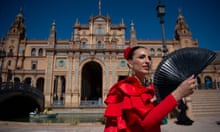
Seville to charge tourists to visit neo-Moorish square to limit numbers
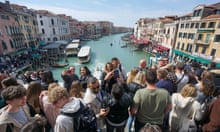
Venice awaits Unesco heritage ruling as beds for tourists outnumber residents for first time
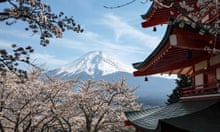
‘Everyone has the same dream’: Mount Fuji grapples with rise in tourism
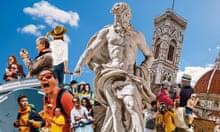
Wish you weren’t here! How tourists are ruining the world’s greatest destinations

The world’s most perfect places are being turned into backdrops for our tourist selfies

‘Summer will be monstrous’: Barcelona wrestles with revival of mass tourism
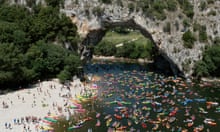
Wish you weren’t here: the photos that show an hour in the life of ‘quiet’ tourist hotspots

Overtourism in Europe's historic cities sparks backlash
Most viewed.
A Japanese town will erect a large mesh barrier to stop negligent foreign tourists from taking photos of Mount Fuji
- Tourists flock to Fujikawaguchiko, a town in Japan, to take pictures of Mount Fuji.
- An official said foreign tourists crowd the area, leave trash, and ignore traffic laws.
- In response, the town will erect a mesh barrier blocking the scenic view to dissuade tourists.

A Japanese resort town will erect an eight-foot-tall barrier to dissuade poorly behaved foreign tourists from photographing Mount Fuji at a popular photo spot.
An official from Fujikawaguchiko discussed the preventive measure in a statement to Agence France-Presse , a French international news agency, on Friday.
"It's regrettable we have to do this, because of some tourists who can't respect rules," the official said.
According to AFP, local construction of the mesh barrier, which will stretch about 65 feet, will begin as soon as next week.
Fujikawaguchiko has several areas where tourists can snap a photo of Mount Fuji, the tallest peak in Japan, but the outlet many are flocking to a specific photo-op spot near a Lawson convenience store. Lawson is unique to Japan, making photos of the store and Mount Fuji appealing to foreign tourists.
"A reputation has spread on social media that this spot is very Japanese, making it a popular photo location," the official said.
The official told AFP that foreign tourists had caused disruptions amid their quest for the perfect photo, including overcrowding the area, leaving behind trash, and ignoring traffic regulations.
Related stories
They added that the mesh barrier is the final resort after foreign tourists ignored traffic signs and warnings from security.
The barrier will also help local businesses, the official said, pointing toward a nearby dental clinic where some tourists have parked without permission. Others were spotted climbing onto the dental office's roof to take photos of Mount Fuji, the official said.
The official told AFP that locals hope to remove the barrier once tourists' behaviors have changed.
Representatives for Fujikawaguchiko Tourism Federation did not immediately respond to Business Insider's request for comment.
Fujikawaguchiko's latest move against foreign tourists comes after a similar situation in Kyoto.
An executive district council member for Gion, considered Japan's geisha district, told AFP this month that tourists are banned from entering certain private streets . The official said tourists had been misbehaving.
"We don't want to do this, but we're desperate," the official told AFP.
The country has experienced a tourism boom that's brought 25 million tourists to Japan in 2023, according to Bloomberg.
The outlet that Japan's government hopes to reach 60 million visitors by 2030.
Watch: 1,000-year-old 'Naked Man' festival ends due to Japan's aging population
- Main content
- Media & Industry
- Meetings & Events
- Select Language 简体中文 繁體中文(香港) 繁體中文(臺灣) India (English) Bahasa Indonesia 한국어 ภาษาไทย Tiếng Việt Singapore (English) Philippines (English) Malaysia (English) Australia/New Zealand (English) Français Deutsch Italiano Español United Kingdom (English) Nordic countries(English) Canada (English) Canada (Français) United States (English) Mexico (español) Português العربية Japan(日本語) Global (English)
- India (English)
- Bahasa Indonesia
- Singapore (English)
- Philippines (English)
- Malaysia (English)
- Australia/New Zealand (English)
- United Kingdom (English)
- Nordic countries(English)
- Canada (English)
- Canada (Français)
- United States (English)
- Mexico (español)
- Global (English)
- Fujiyoshida
- Shimonoseki
- Ishigaki Island
- Miyako Island
- Kerama Island
- Tokyo Island
- Koka & Shigaraki
- Hida Takayama
- Ginza, Nihonbashi
- Beppu & Yufuin (Onsen)
- Ginzan Onsen
- Nagasaki Islands

- Kumano Kodo
- Shikoku Karst
- Amami Oshima
- Hachimantai
- Omihachiman
- Aizuwakamatsu

- Diving in Japan
- Skiing in Japan
- Seasonal Flowers in Japan
- Sustainable Outdoors
- Off the Beaten Track in Japan
- Scenic Spots
- World Heritage
- Home Stays & Farm Stays

- Japanese Gardens
- Japanese Crafts
- Temple Stays
- Heritage Stays
- Festivals and Events
- Theater in Japan
- Japanese Tea Ceremony
- Cultural Experiences in Japan
- Culture in Japan

- Local Cuisine Eastern Japan
- Local Cuisine Western Japan
- Local Street Food
- Japan's Local Ekiben
- Japanese Whisky
- Vegetarian and Vegan Guide
- Sushi in Japan Guide
- Japanese Sake Breweries

- Art Museums
- Architecture
- Performing Arts
- Art Festivals
- Japanese Anime and Comics
- Japanese Ceramics
- Local Crafts

- Scenic Night Views
- Natural Wonders
- Theme Parks
- Samurai & Ninja
- Iconic Architecture

- Wellness Travel in Japan
- Japanese Ryokan Guide
- A Guide to Stargazing in Japan
- Relaxation in Japan
- Forest Bathing (Shinrin-yoku)

- Experiences in Japan
- Enjoy my Japan
- National Parks
- Japan's Local Treasures
- Japan Heritage
- Snow Like No Other
- Wonder Around Japan

- Visa Information
- Getting to Japan
- Airport Access
- COVID-19: Practical Information for Traveling to Japan
- Anime Tourism
- Countryside Stays
- Accessible Tourism
- Hokkaido Great Outdoors
- Scenic World Heritage in Tohoku
- Shikoku’s Nature and Traditions
- Southern Kyushu by Rail

- Traveling by Rail
- How to Travel by Train and Bus
- JR Rail Passes
- Scenic Railways
- Renting a Car
- Sustainable Travel in Japan
- Travel Brochures
- Useful Apps
- Online Reservation Sites
- Eco-friendly Accommodation
- Luxury Accommodations
- Traveling With a Disability
- Hands-free Travel
- How to Book a Certified Tour Guide
- Volunteer Guides
- Tourist Information Center

- Japanese Manners
- Spring in Japan
- Summer in Japan
- Autumn in Japan
- Winter in Japan
- Cherry Blossom Forecast
- Autumn Leaves Forecast

- Japan Visitor Hotline
- Travel Insurance in Japan
- Japan Safe Travel Information
- Accessibility in Japan
- Vegetarian Guide
- Muslim Travelers
- Safety Tips

- JAPAN Monthly Web Magazine
- Arts & Cultures
- Nature & Outdoor
- Festivals & Events
- Insider Blog
- Things to do
- Local Guides
- Food & drink
- Traditional
- Hokuriku Shinetsu

My Favorites
${v.desc | trunc(25)}
Planning a Trip to Japan?
Share your travel photos with us by hashtagging your images with #visitjapanjp
GUIDE Mt. Fuji: More Than a Mountain
Notice: Climbing Mt. Fuji without staying in a hut is extremely dangerous unless you have sufficient climbing experience.
For more information, please check the official website for Mt. Fuji Climbing .
Spiritual site, cultural icon and geographical wonder
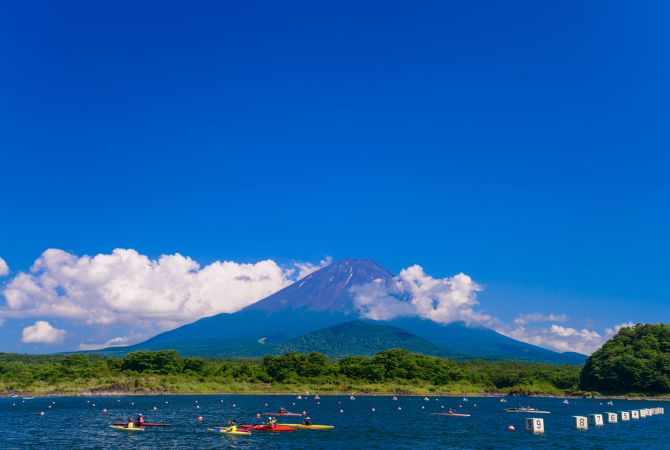
An object of worship
Over the centuries, the Japanese have forged a spiritual bond with the mountain. Legend has it that notable religious ascetic Hasegawa Kakugyo (1541–1646) summited the mountain over 100 times. His feats led to the formation of Fuji-ko, a group of likeminded Mt. Fuji worshippers. The sect built shrines, created rock monuments, and fasted to show their dedication. Their fanaticism eventually led the Tokugawa Shogunate to ban the religion, but despite this, Japan's long-standing tradition of mountain worship has ensured the mountain remains revered and respected as a site of spiritual importance.

One of several Sengen shrines worshipping Mt. Fuji and located in its foothills
A site of pilgrimage
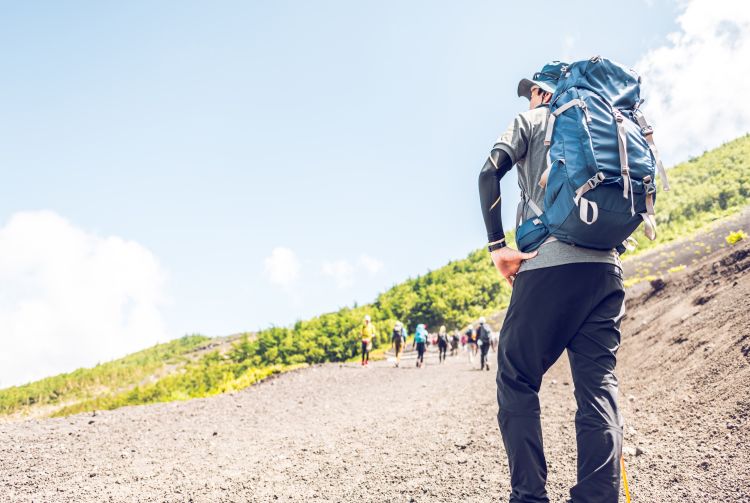
Modern-day pilgrimages look something like this
A cultural icon

Mt. Fuji features in woodblock prints and even on banknotes
A geographical wonder
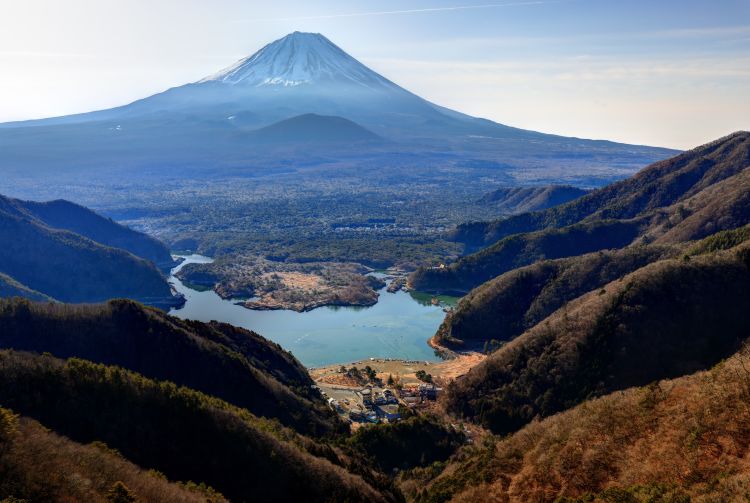
Lake Shoji, one of the Fuji Five Lakes
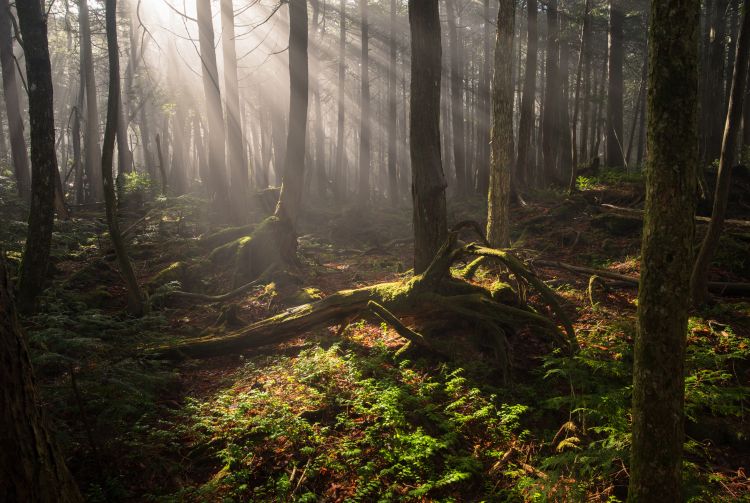
Aokigahara Forest

Scenes from within the Ice Cave
* The information on this page may be subject to change due to COVID-19.
- Mt. Fuji Guide
- Mt. Fuji: More Than a Mountain
Please Choose Your Language
Browse the JNTO site in one of multiple languages
- India Today
- Business Today
- Reader’s Digest
- Harper's Bazaar
- Brides Today
- Cosmopolitan
- Aaj Tak Campus
- India Today Hindi
Japan blocks Mount Fuji view, nearby selfie spot to curb tourist misbehaviour
Officials in fujikawaguchiko, japan, have decided to obstruct the view of mount fuji with a mesh net to curb unruly tourist behaviour at popular photo spots..
Listen to Story
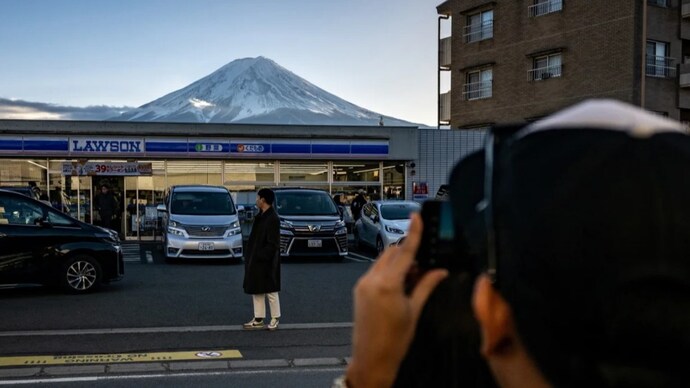
- Japan's Fujikawaguchiko town blocks Mount Fuji view due to unruly tourist behaviour
- Mesh net to be installed at site
- Officials say tourists found littering and ignoring traffic regulations
Officials in Japan's Fujikawaguchiko town have blocked panoramic views and a popular selfie spot near Mount Fuji. A mesh net, approximately 2.5m high and 20m long, will also be placed at the site, media reports said.
The decision to block the view was taken to tackle unruly behaviour by tourists who visit the place to take pictures of the iconic mountain peak, a report with the Independent stated.
The construction of the mesh net will start next week, the report quoted a local official as saying.
Photo spots, particularly one offering a view of Mount Fuji behind a Lawson convenience store in Yamanashi prefecture, off late been seen flooded with badly behaved tourists.
Speaking to The Japan Times, a Fujikawaguchiko official termed the move "regrettable", and said they were forced to do this "because of some tourists who can't respect rules".
The official complained that the tourists leave litter behind and ignore traffic regulations despite warnings.
The decision to install the net will protect the town's infrastructure and preserve the tranquillity of the area, the official added.
In March this year, it was reported that Japan would start collecting an entry fee of å2,000 (Rs 1,041.54 in Indian currency) per person to limit the number of trekkers to Mount Fuji.
The fee for climbers was expected to begin from July 1, this year, when the year's climbing season begins.
Earlier, officials in Japan's Geisha district in Kyoto had announced they would shut down access to "paparazzi" tourists who harass and trouble globally recognised Japanese women artists.
Also, the historic Gion district's local council last month said it was banning sightseers and tourists into the alleys and streets housing geisha and maiko (teenage trainee geisha) after facing years of complaints over the growing buzz of photography. Published By: Vani Mehrotra Published On: Apr 27, 2024 ALSO READ | 2 Japanese navy choppers, carrying 8, crash during training exercise, 1 dead ALSO READ | Earthquake of 6.4 magnitude jolts Japan's Ehime, Kochi
A Japanese Town, Frustrated by Overtourism, Is Blocking Its Instagram-Famous View of Mt. Fuji
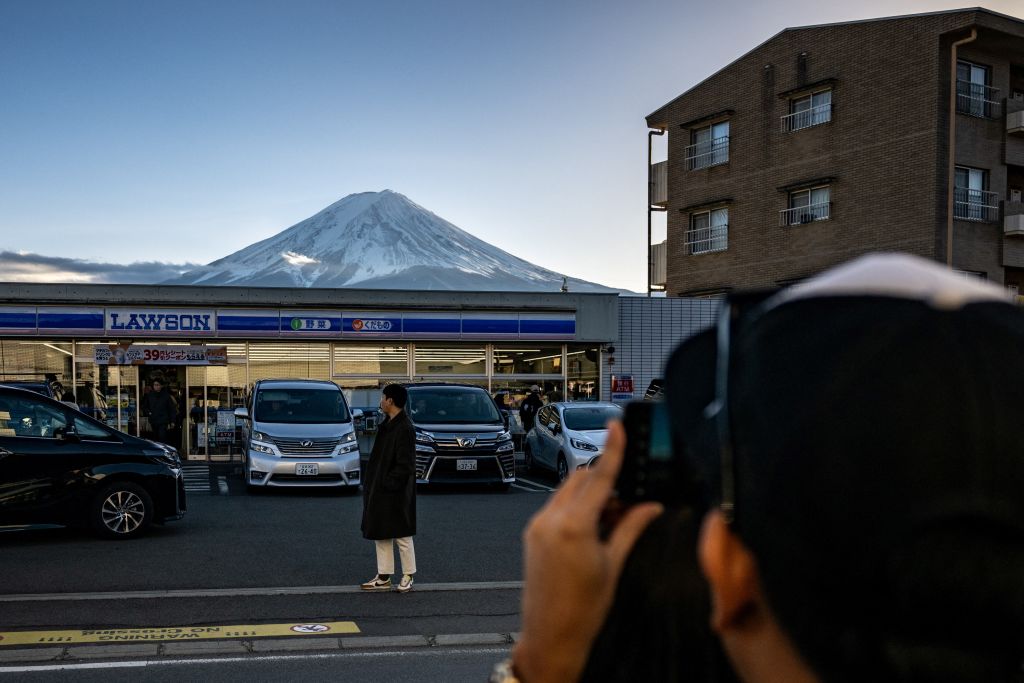
F or months, Fujikawaguchiko, a Japanese resort town, has been swarmed with tourists eager to soak in the views of Mount Fuji, the country’s tallest mountain. The visitors have also taken a particular interest in one specific parking lot, which offers a picturesque view of the famed volcano in the background of a convenience store.
As the spot surged in popularity after earning a reputation on social media for being “very Japanese,” a local official told AFP , throngs of tourists have wreaked havoc, sometimes parking their cars without permission, leaving litter behind, and even climbing onto the roof of a nearby dental clinic in hopes of a better vantage point for the perfect shot.
Now, residents of Fujikawaguchiko are taking matters into their own hands, armed with plans to install a big barrier to block the view of the mountain. As early as next week, construction will begin for a mesh net measuring 2.5 meters (8 feet) high and 20 meters (22 yards) long.
“It’s regrettable we have to do this, because of some tourists who can’t respect rules,” the official said, adding that the screen will stay in place until the situation eases.
The announcement comes as Japan, which was already grappling with overtourism before the pandemic, is increasingly desperate to rein in rowdy visitors amid record tourism numbers. In March, monthly visitors crossed the three million mark for the first time, while tourist expenditure in the first quarter of 2024 also set a new record at 1.75 trillion yen (over $11 billion).
Last month, Kyoto authorities banned visitors from walking around the famed narrow alleyways of its geisha district in Gion, after tourists were reported photographing and touching the kimonos of traditional entertainers despite signs warning them to refrain from doing so.
And earlier this year, Yamanashi, the prefecture where many hikers begin their ascent of Mount Fuji announced that they would start charging ¥2,000 ($13) entry fee for those climbing the mountain—an attempt to curb congestion on the trails.
Across the world, the revival of tourism has helped give a massive boost to local economies, but also brought headaches to local communities. This week, Venice rolled out an experimental policy to charge day visitors a fee to access the historic city center, and the Indonesian island of Bali started imposing a tourist tax at the start of this year.
More Must-Reads From TIME
- The 100 Most Influential People of 2024
- Coco Gauff Is Playing for Herself Now
- Scenes From Pro-Palestinian Encampments Across U.S. Universities
- 6 Compliments That Land Every Time
- If You're Dating Right Now , You're Brave: Column
- The AI That Could Heal a Divided Internet
- Fallout Is a Brilliant Model for the Future of Video Game Adaptations
- Want Weekly Recs on What to Watch, Read, and More? Sign Up for Worth Your Time
Contact us at [email protected]

IMAGES
VIDEO
COMMENTS
The top 30 spots for viewing Mt. Fuji. Find out the best time and places to see it. Mt. Fuji is an iconic symbol of Japan. Discover the best ways to see and hike Mt. Fuji in this complete Fuji guide.
The mountain can be gazed from neighbour cities including Tokyo, Yokohama and Hakone when it's good weather. Mt Fuji and the surrounding area is a popular destination for a day-trip from Tokyo through the year as there are numbers of tourist attractions around Mt Fuji, offering visitors unforgettable experiences with the stunning scenery.
However, if you don't like crowds, there are plenty of other spots to see Mt Fuji, which you can find in this guide. 2. Shiraito Falls ... Costs of Traveling in Mount Fuji. Travel on a budget in Mount Fuji, from $620 − $500 USD weekly per person, mid-range $1750 − $3400 USD, and high-end from $3120 − $4610 USD. However, costs depend on ...
Experiences. Mount Fuji (富士山, Fujisan) is with 3776 meters Japan's highest mountain. It is not surprising that the nearly perfectly shaped volcano has been worshiped as a sacred mountain and experienced big popularity among artists and common people throughout the centuries. Mount Fuji is an active volcano, which most recently erupted in ...
Standing 3776 metres in height, Fuji is Japan's tallest and most iconic mountain. Lying around 2.5 hours from central Tokyo, Fuji attracts countless visitors each year. Many come to be simply catch sight of the mountain, spellbound its size and beauty, while many others come with the more energetic plan to climb it. An active volcano, Fuji has long been revered, feared, and held in awe by ...
Sacred, singular and spectacular, Mt. Fuji is nothing short of awe-inspiring and rightfully one of the country's top attractions. Whether you experience Mt. Fuji up close, from the confines of a relaxing hot spring resort or ryokan, or from as far away as Tokyo, there are many ways you can make the country's tallest mountain part of your ...
In general, you can easily go to various spots by using the buses. For details of buses going to Mt. Fuji, please refer to the following Fujikyuko Bus site. From the city center of Tokyo to the spots around Mt. Fuji, it is around 2 hours by bus. Even when you are traveling around tourist attractions of Mt. Fuji, you should use the bus.
Mt Fuji literally looks photoshopped in real life, with the pristine snow cap and perfectly conical shape. If you plan on visiting one of the most photogenic mountains in the world, here are some must-visit Mt Fuji viewing spots you have to drop by. *Pro-tip: Check the 24/7 Mt Fuji live stream in advance as the weather can be unpredictable.
The best place to get the panoramic views of Mt Fuji is from the north side of the lake. Getting there: Hop onto the Red line of the Fujikyuko Sightseeing Bus and alight at the Kawaguchiko Museum of Art and the lake is a short walk away. 2. Lake Yamanaka (Lake Yamanakako) Mount Fuji from Lake Yamanaka.
Sacred Mt. Fuji might evoke tranquil repose, but the juxtaposition of viewing the mountain from the heights of a screaming rollercoaster is a one-of-a-kind experience. Head to the Fuji-Q Highland amusement park to see Mt. Fuji from a very different angle, or consider visiting the Fuji Safari Park with its free-ranging African lions and Asian ...
Mount Fuji: Things to Do, Scenic Views, and Climbing Guide. 1. Mount Fuji's Location and Access from Tokyo. 2. 10 Recommended Spots for Viewing Mount Fuji. 3. Mount Fuji Climbing: A Beginner's Guide. 4. Enjoy Hot Springs and Shopping near Mount Fuji. Mount Fuji Sightseeing: One Day Tour from Tokyo.
From there you can look out to Lake Kawaguchiko on one side and Mt Fuji on the other. Ropeway: 1163-1 Azagawa, Fujikawaguchiko-machi, Minamitsuru-gun, Yamanashi prefecture. 0555 72 0363. 9.30am-4 ...
Welcome to the breathtaking world of Mount Fuji, an active stratovolcano standing as Japan's tallest peak at an imposing 3,776 meters. A UNESCO World Heritage Cultural Site and a revered symbol of Japan, Fujisan captivates hearts with its near-perfect symmetrical cone and a snow-capped crown that elegantly adorns it from late autumn to early spring.
Miho Beach. 1. Hakone. Hakone is one of the best and most popular choices to try and get a glimpse of Mount Fuji because of a number of things: it's close and very easy to travel to from Tokyo, it's actually a gorgeous little onsen village itself, and it offers a plethora of fun activities to do while you're there.
Mt. Fuji and Hakone in One Day: Mount Fuji is an absolute must when visiting Japan, ... One of the most popular tourist attractions within the forest and the surrounding Five Lakes region, the Ice Cave is a circular cave with ever-changing ice formations. The Wind Cave, on the opposite side of the forest, provides an easy 15-minute underground ...
Embark on a food and sightseeing tour. Visit the Mt Fuji World Heritage Centre. Indulge in Fujinomiya yakisoba, the local specialty. Learn the history of Fujisan Hongū Sengen Taisha. See the clear waters of Wakutamaike Pond. Go for a spot of shopping at Showa-era stores. Sample award-winning sake at a local brewery.
This Mt. Fuji Day Trip Tour covers all the must-visit spots in the area, providing you with a chance to enjoy the breathtaking view of Mt. Fuji! Itinerary 8:00 Depart from Shinjuku Station - Chureito Pagoda - Hoto Fudo - Mt. Fuji World Heritage Centre, Yamanashi -Fugaku Fuketsu Wind Cave (Aokigahara forest) -Oishi Park 16:00 Head back to ...
Embarking on a journey near the majestic Mount Fuji unveils a world of enchanting beauty and captivating experiences. With its breathtaking landscapes and rich cultural heritage, this region offers an array of top-notch sightseeing spots that are sure to leave visitors in awe. From serene lakes to historic temples, we've curated a comprehensive list of 19 must-visit attractions and things to ...
Visiting Mount Fuji is an amazing experience for anyone, and there are so much famous tourist attractions to visit in Mount Fuji area. Below are the top things to do around Mount Fuji for 2023/2024 season. Chauffeur Service Japan Chauffeur Service. 7-Seater Toyota Alphard Van. 10-Seater Toyota Hiace Van. 20-Seater Coaster Bus ...
From the Fuji Five Lake Region. Just north of the mountain, the Fuji Five Lake region offers some of the best views of Mount Fuji.There are several points around the lakes with beautiful views. The area is also one of only a few places in Japan were you can see the rare "Double Diamond Fuji", i.e. Mount Fuji together with its reflection just as the rising or setting sun touches the mountain's ...
In autumn, Mount Fuji is surrounded by beautiful autumn colors. A Brief History Of Hakone. During the Edo period (1603-1868), Hakone was an important post station on the Tokaido road, the busiest road in Japan which connected the city of Edo (now Tokyo) with Kyoto. Kyoto was then the capital of Japan until Edo/ Tokyo became the new capital in 1868.
4. Fuji 5th Station. Hands down, my favourite tourist attraction when visiting Mt. Fuji, as you're able to get a spectacular view of the mountain from here. The best part is you don't have to climb to enjoy the view! Fun fact: At 2,300m above sea level, 5th Station is one of the four trails you can take to get to the summit of Mt. Fuji.
FUEFUKI, Yamanashi Prefecture—A tourist base opened here on April 25 to lure foreign visitors to a little-known spot high in the mountains that is touted to offer the most spectacular view of ...
In short: The town of Fujikawaguchiko will put up a barrier to block Mount Fuji from view in a popular tourist photo spot. A local official says the decision is "regrettable" but tourists "who can ...
A tourist poses in front of the Lawson convenience store with Mount Fuji in the background. Photograph: Philip Fong/AFP/Getty. Due to this visual juxtaposition, "a reputation has spread on ...
Fujikawaguchiko has several areas where tourists can snap a photo of Mount Fuji, the tallest peak in Japan, but the outlet many are flocking to a specific photo-op spot near a Lawson convenience ...
Due to a significant surge in tourism, Japanese authorities will build a large barrier to block views of Mount Fuji within Fujikawaguchiko, a town of about 25,000 residents located in the ...
Spiritual site, cultural icon and geographical wonder. Standing at 3,776 meters, Mt. Fuji is the tallest peak in Japan, the result of volcanic activity that began approximately 100,000 years ago. Today, Mt. Fuji and the surrounding area are a popular recreational destination for hiking, camping and relaxation.
Japan's Fujikawaguchiko town blocks Mount Fuji view due to unruly tourist behaviour; Mesh net to be installed at site; Officials say tourists found littering and ignoring traffic regulations; Officials in Japan's Fujikawaguchiko town have blocked panoramic views and a popular selfie spot near Mount Fuji. A mesh net, approximately 2.5m high and ...
Tourists take photos in front of a convenience store with Mt. Fuji in the background, in the town of Fujikawaguchiko, Yamanashi prefecture, Japan, on Jan. 1, 2024.